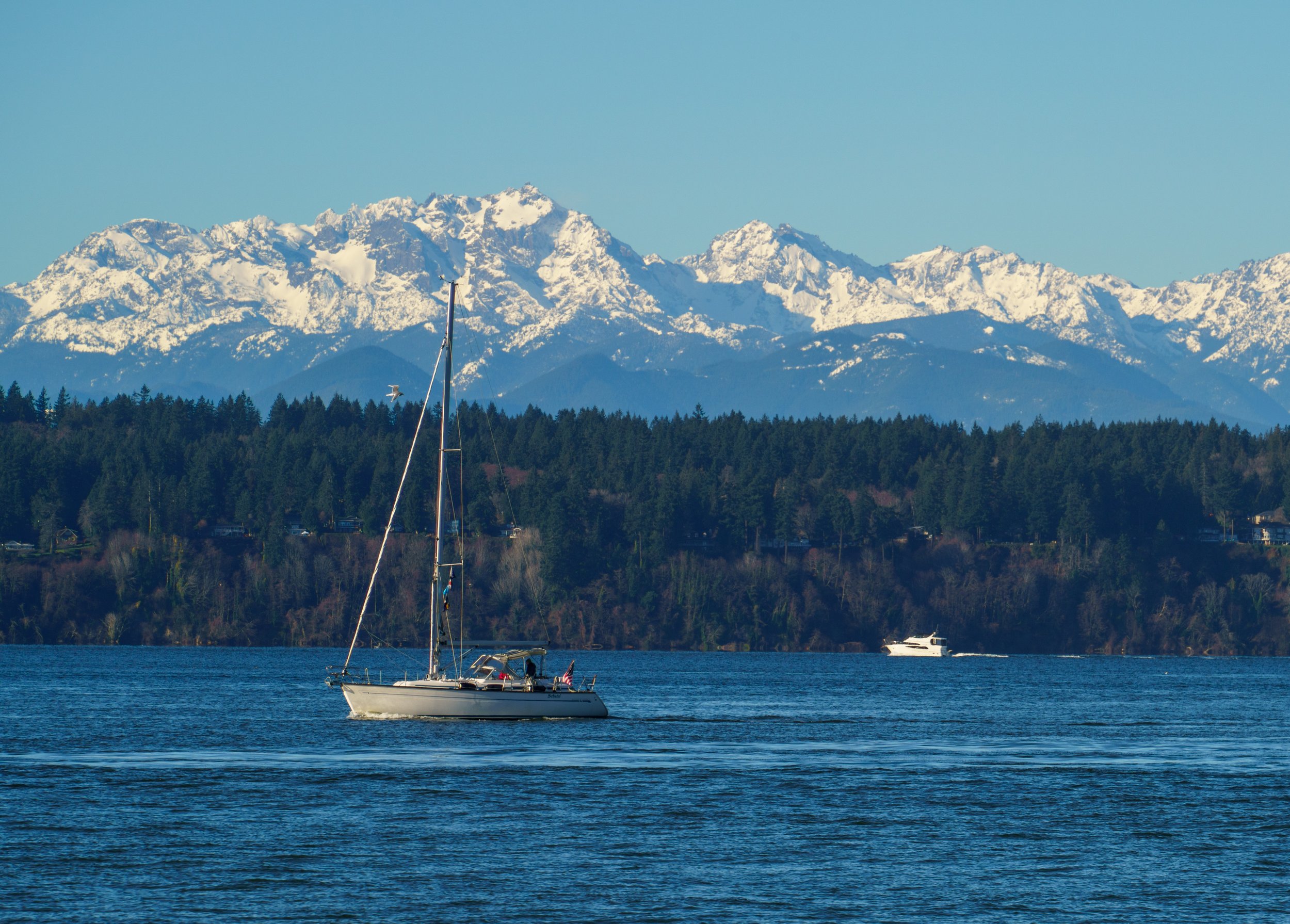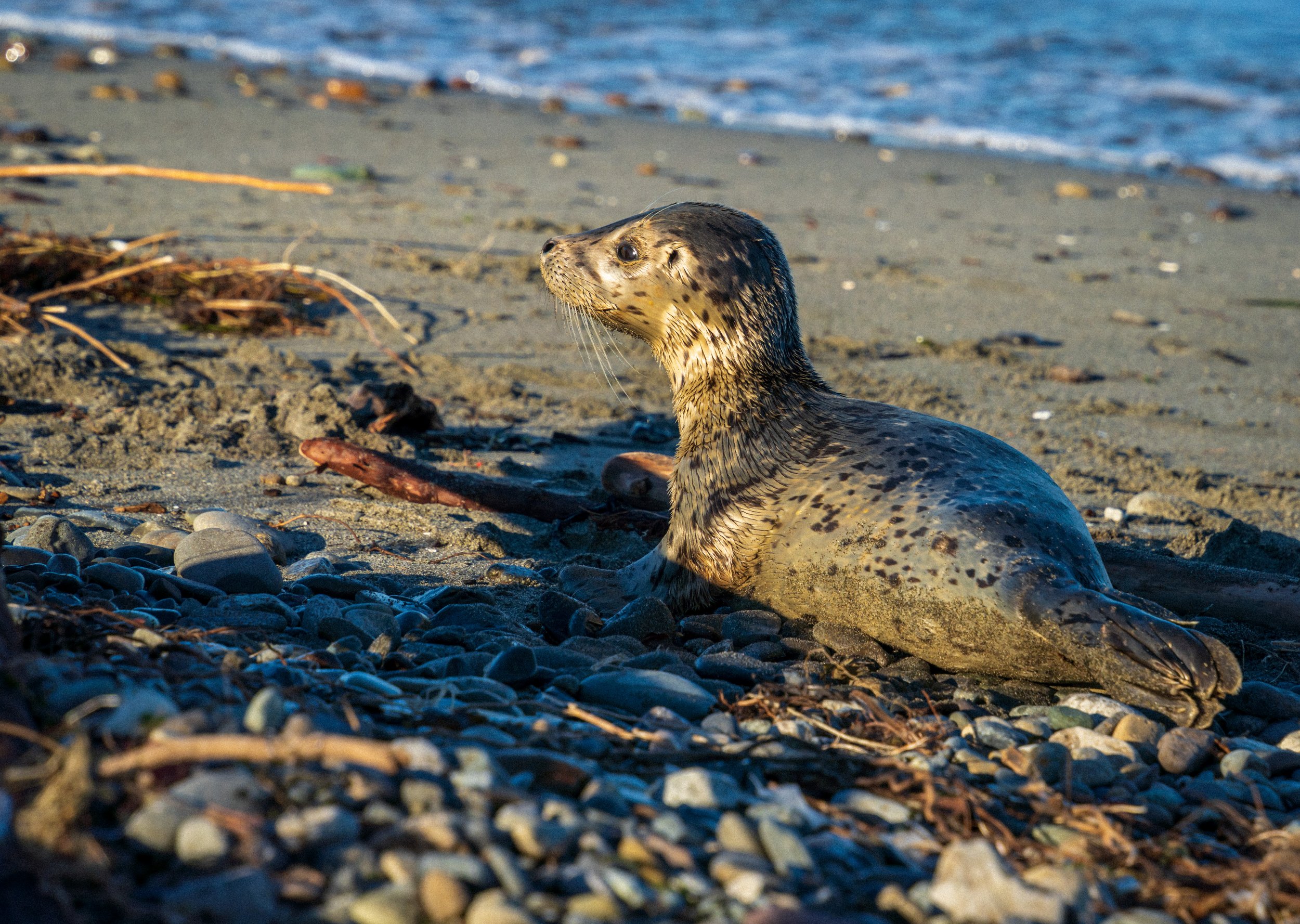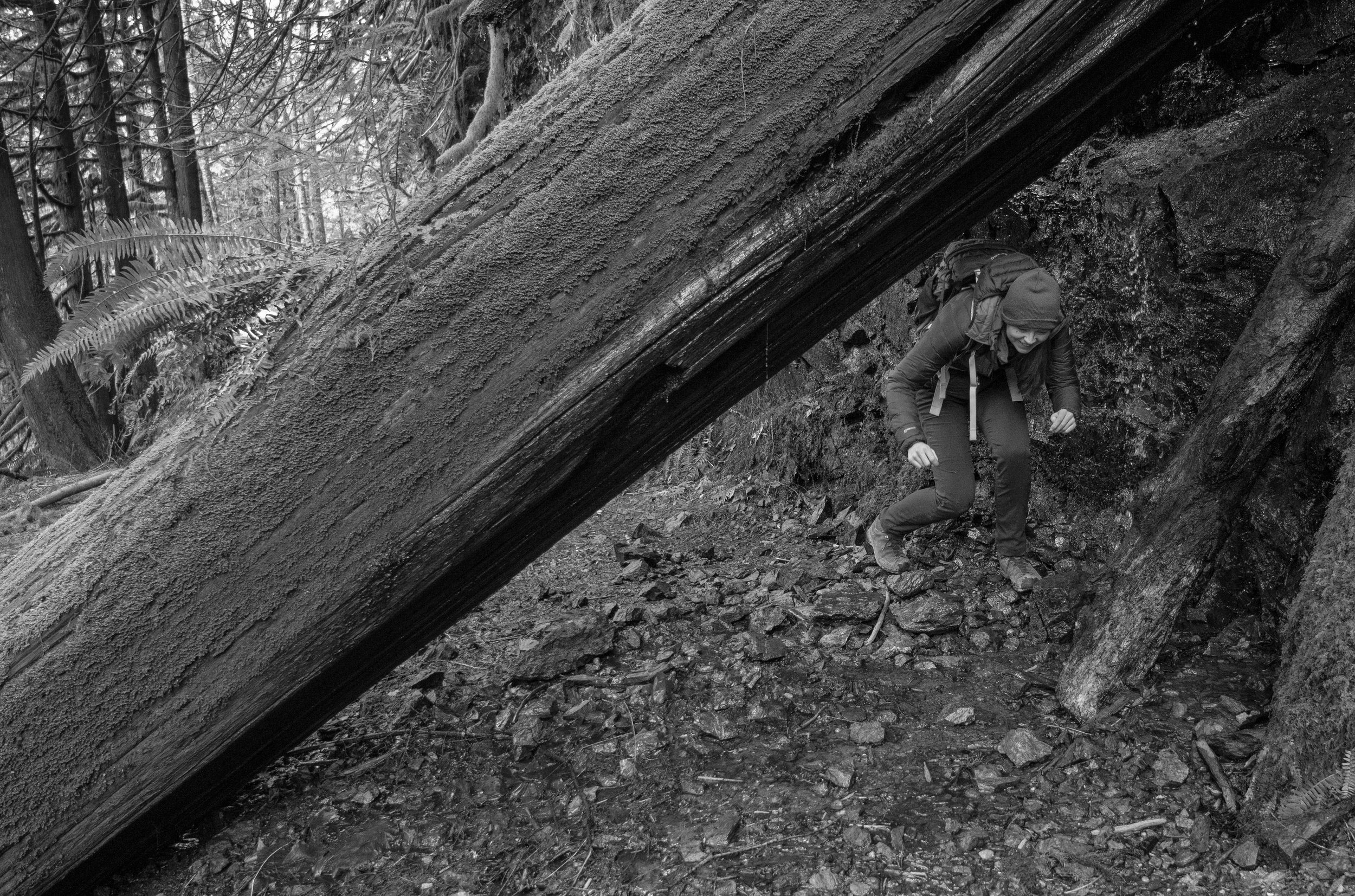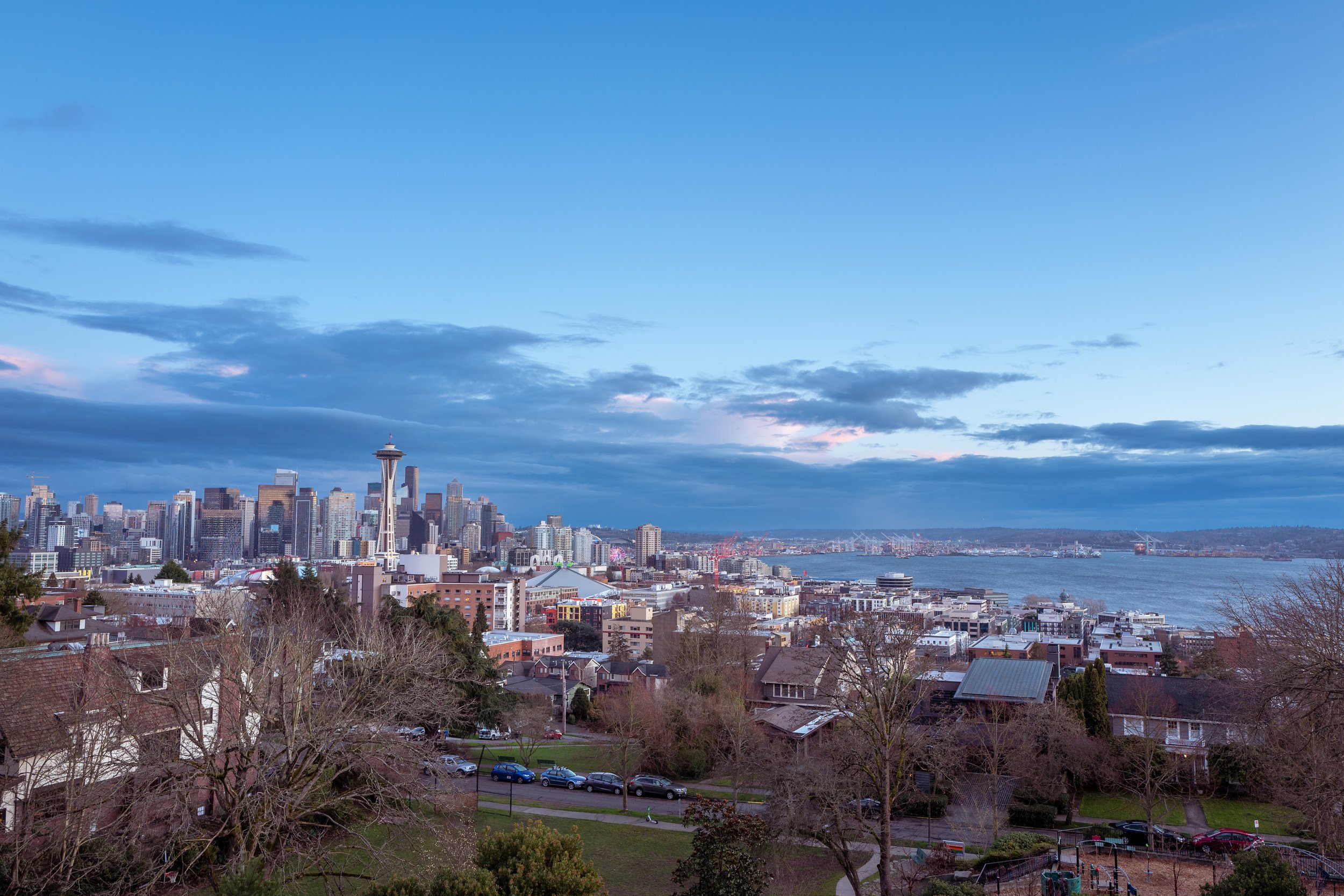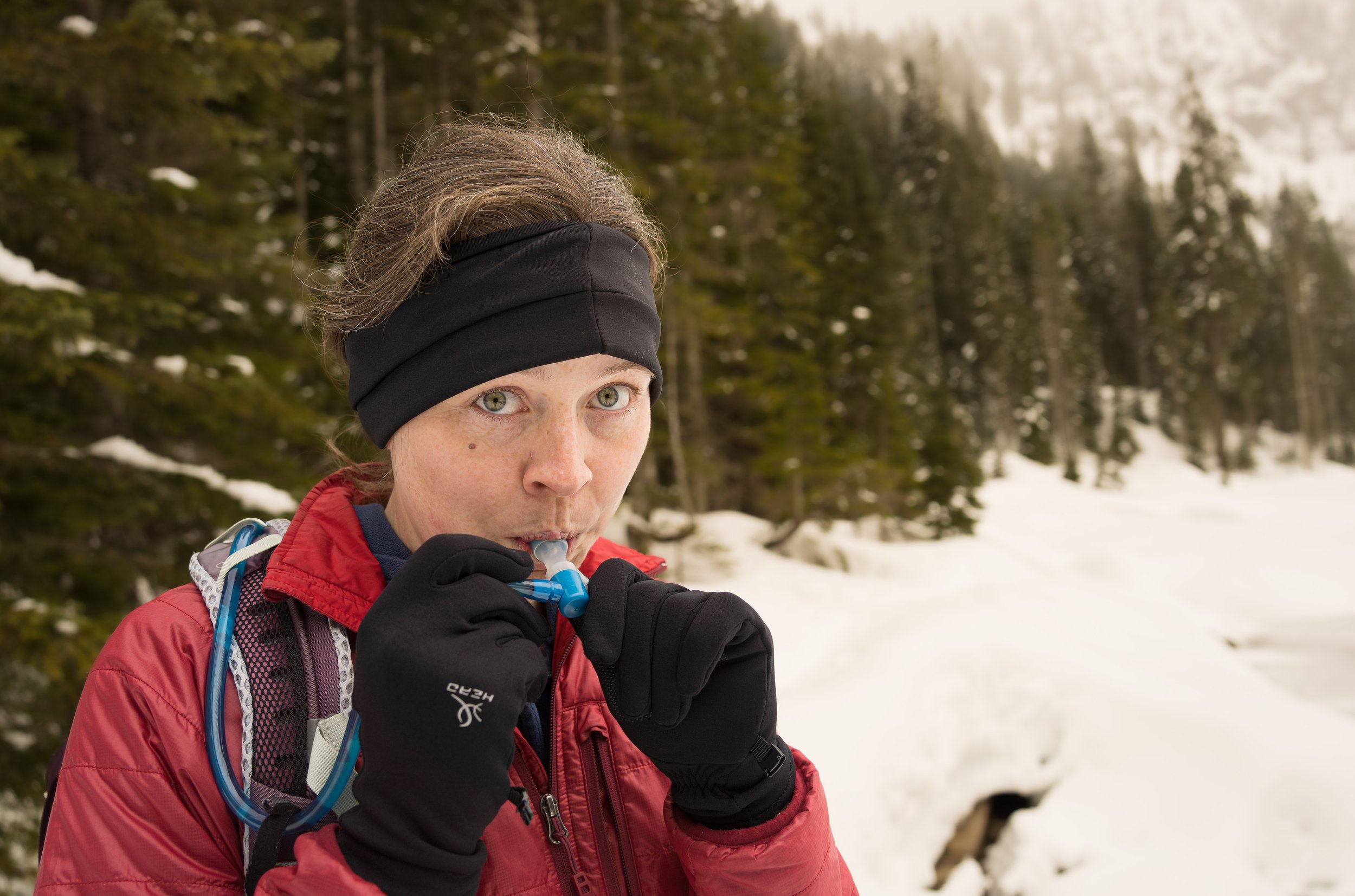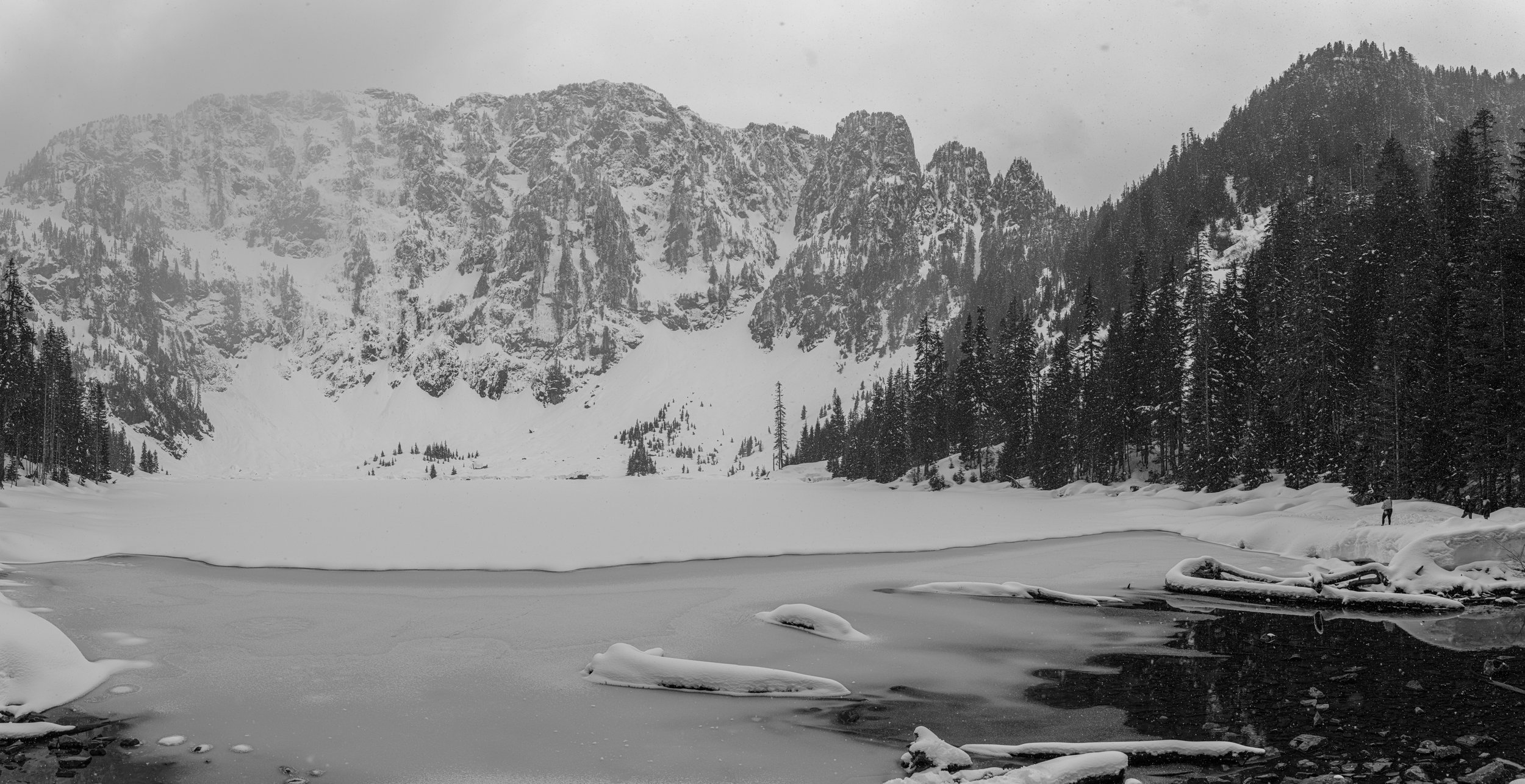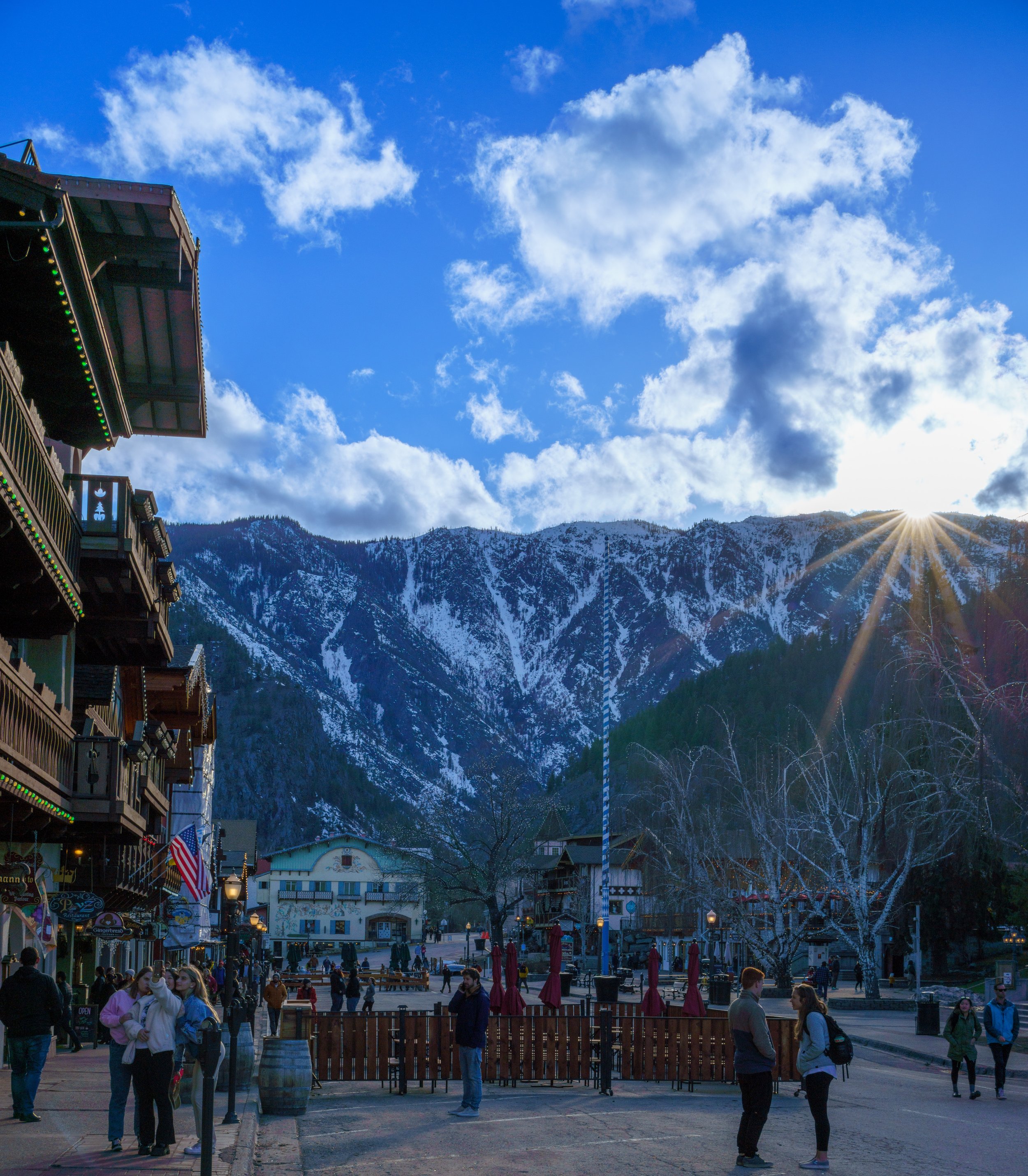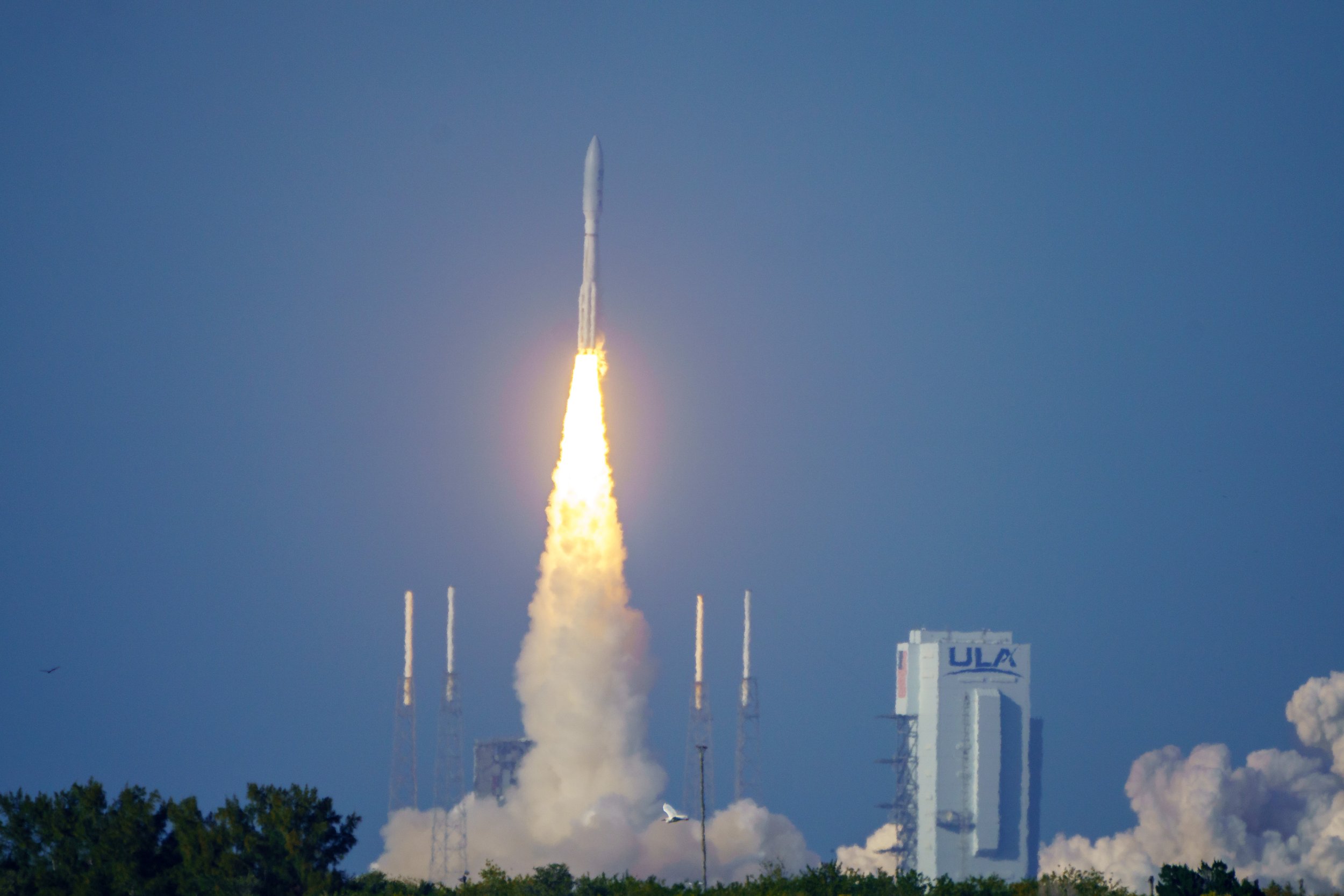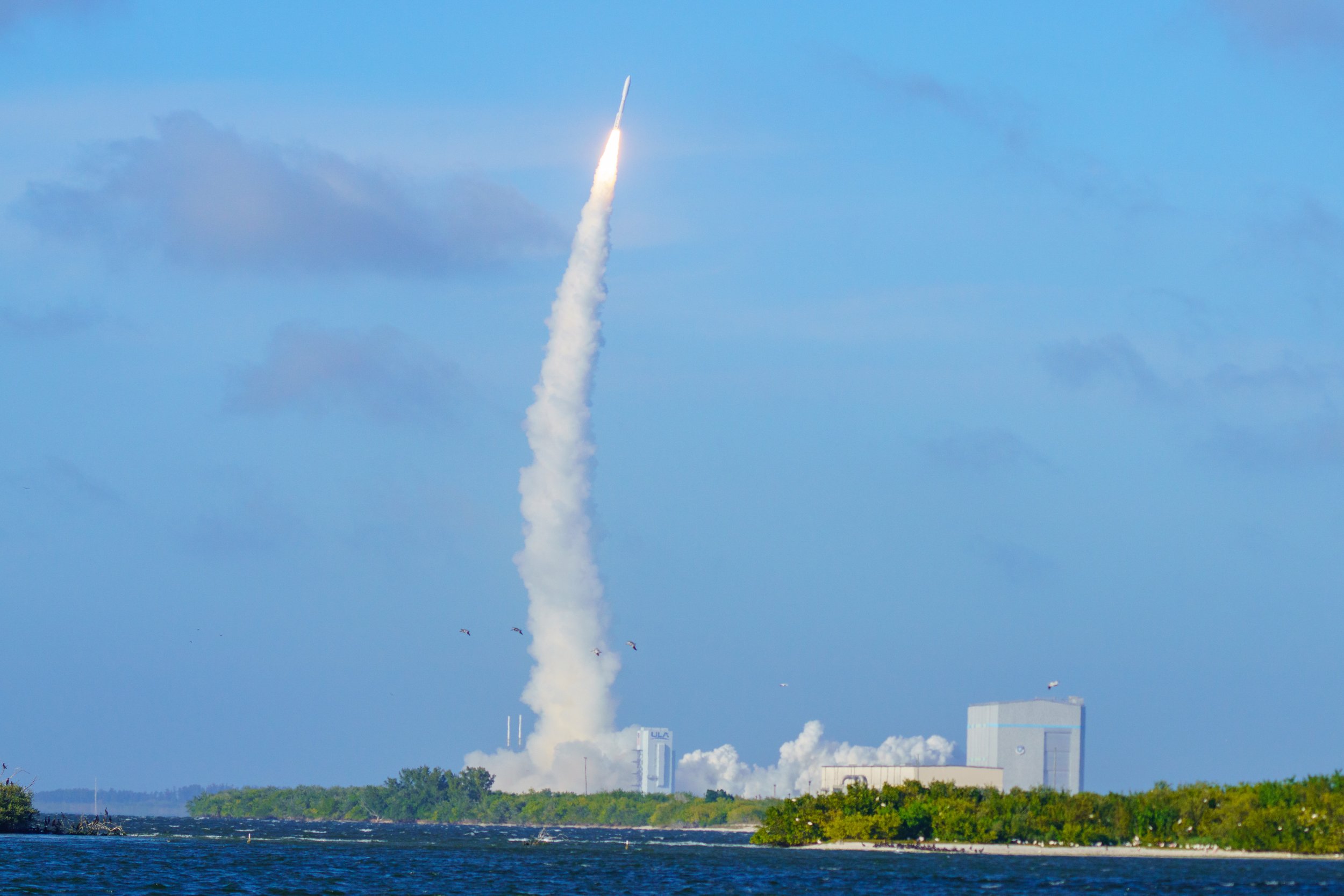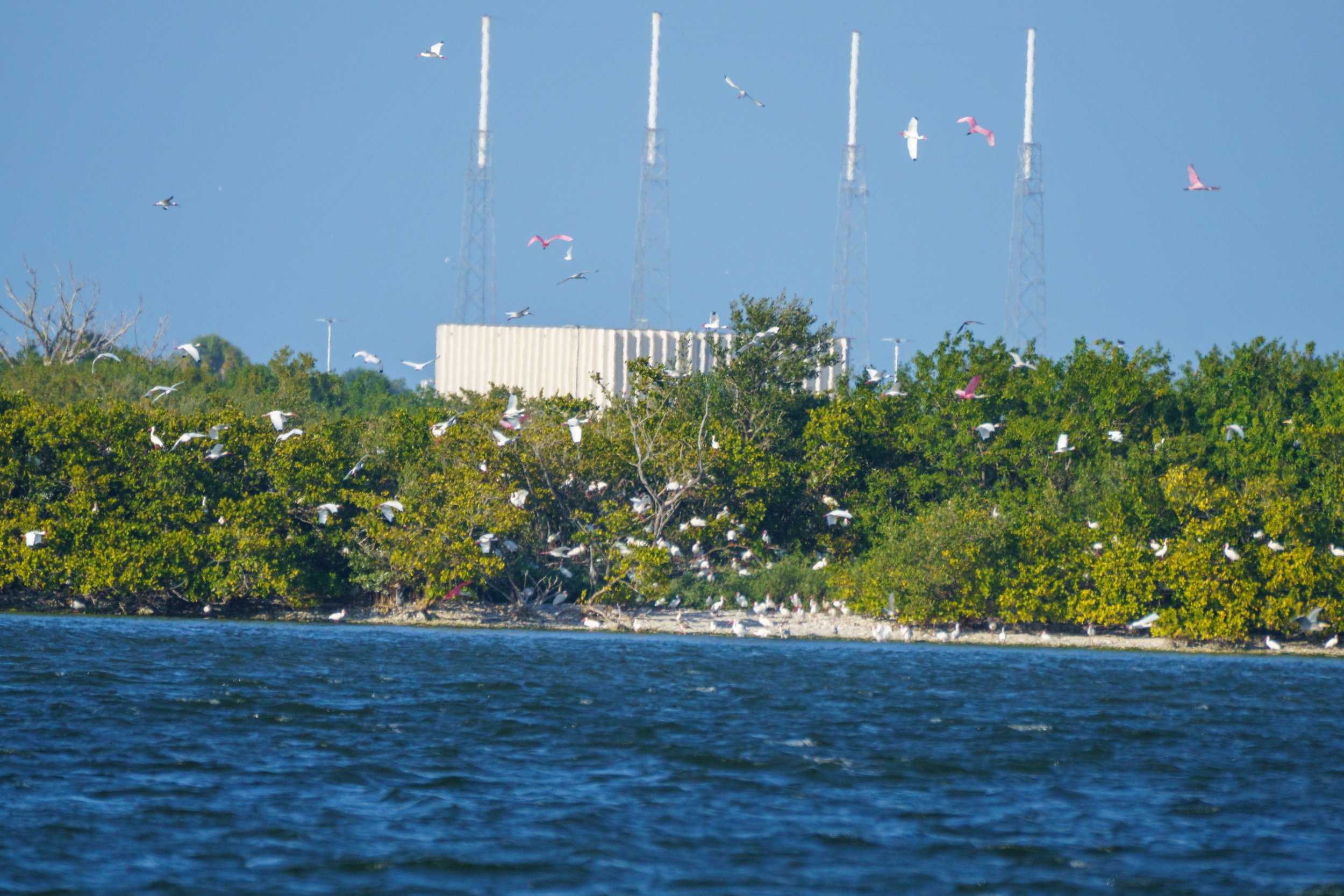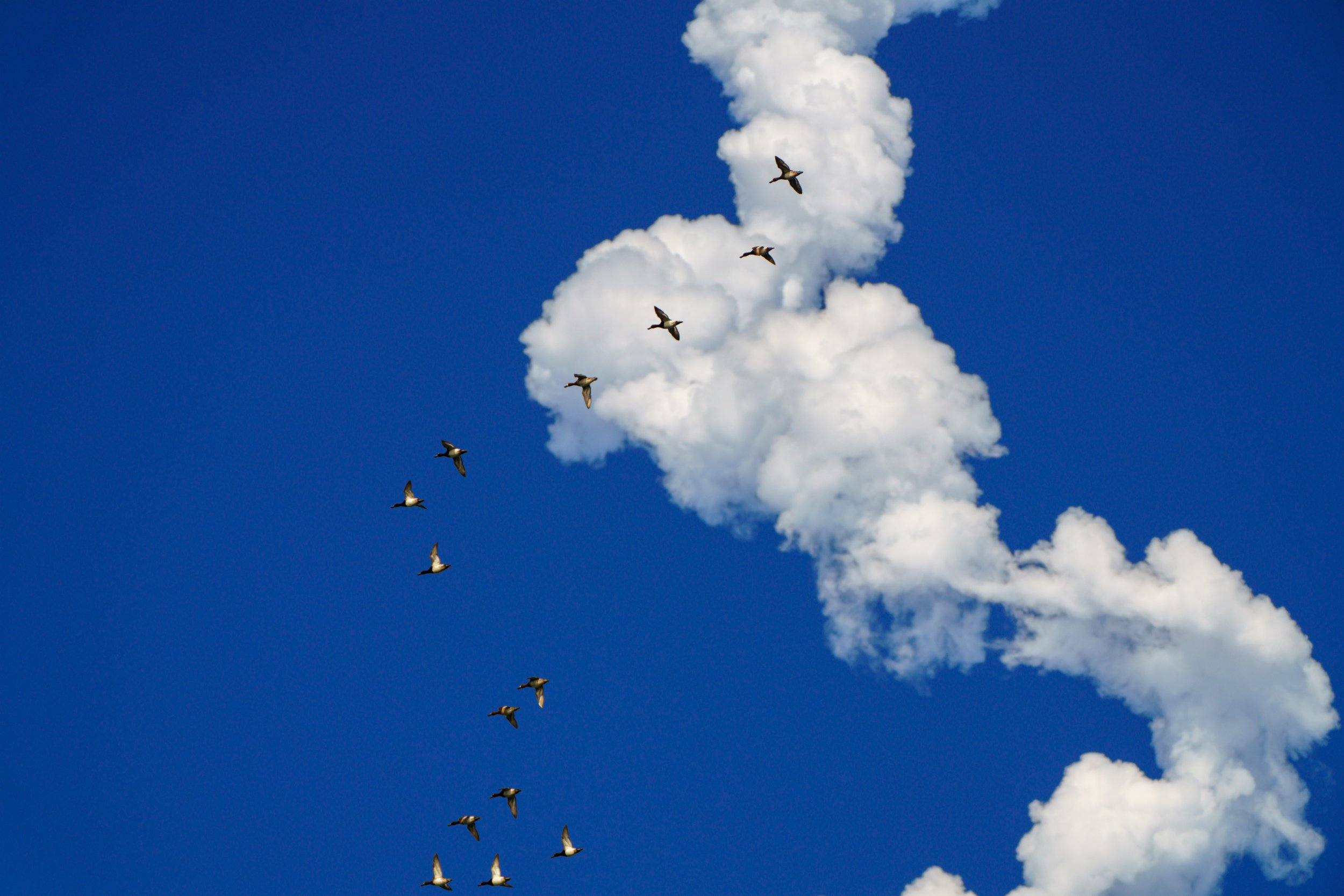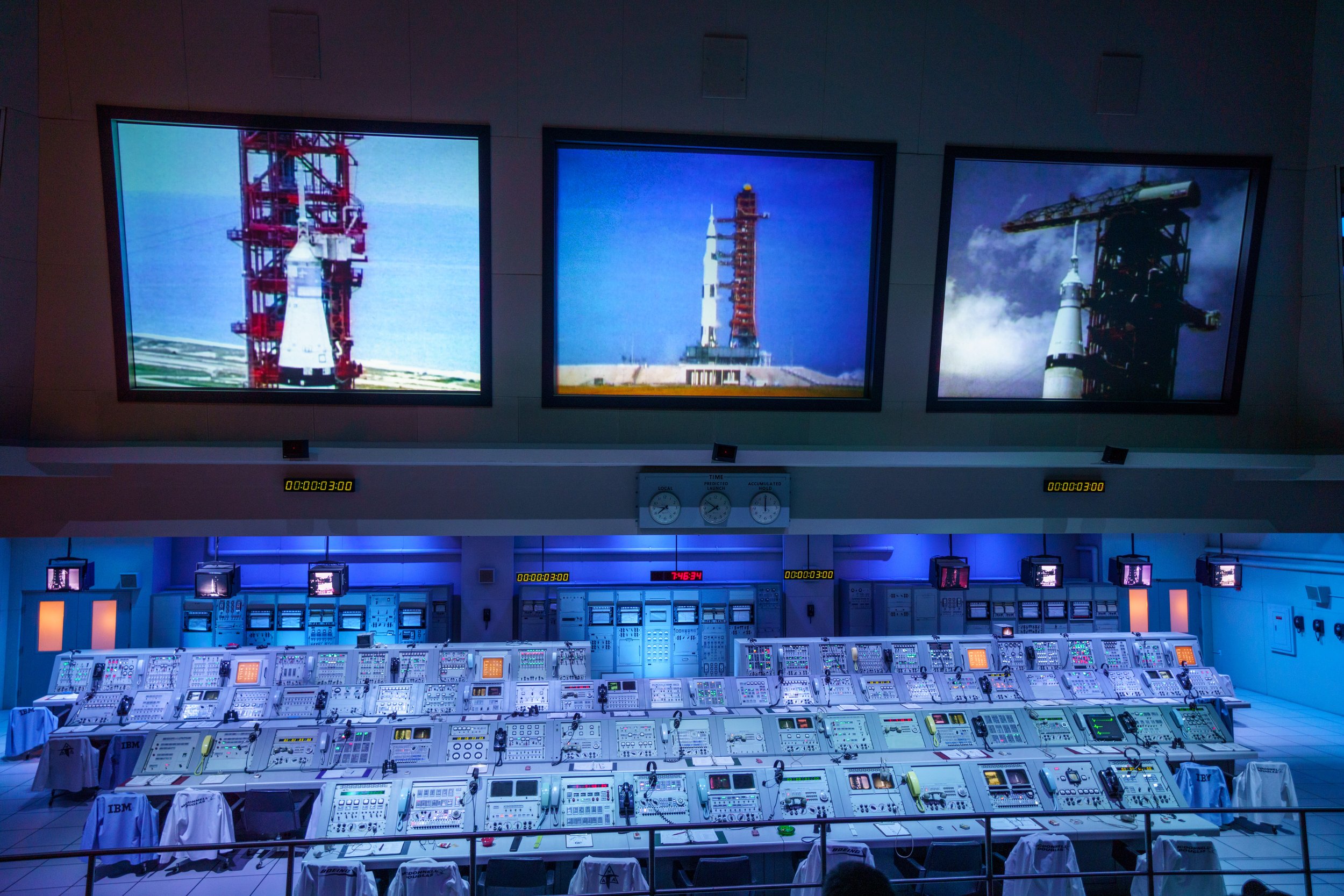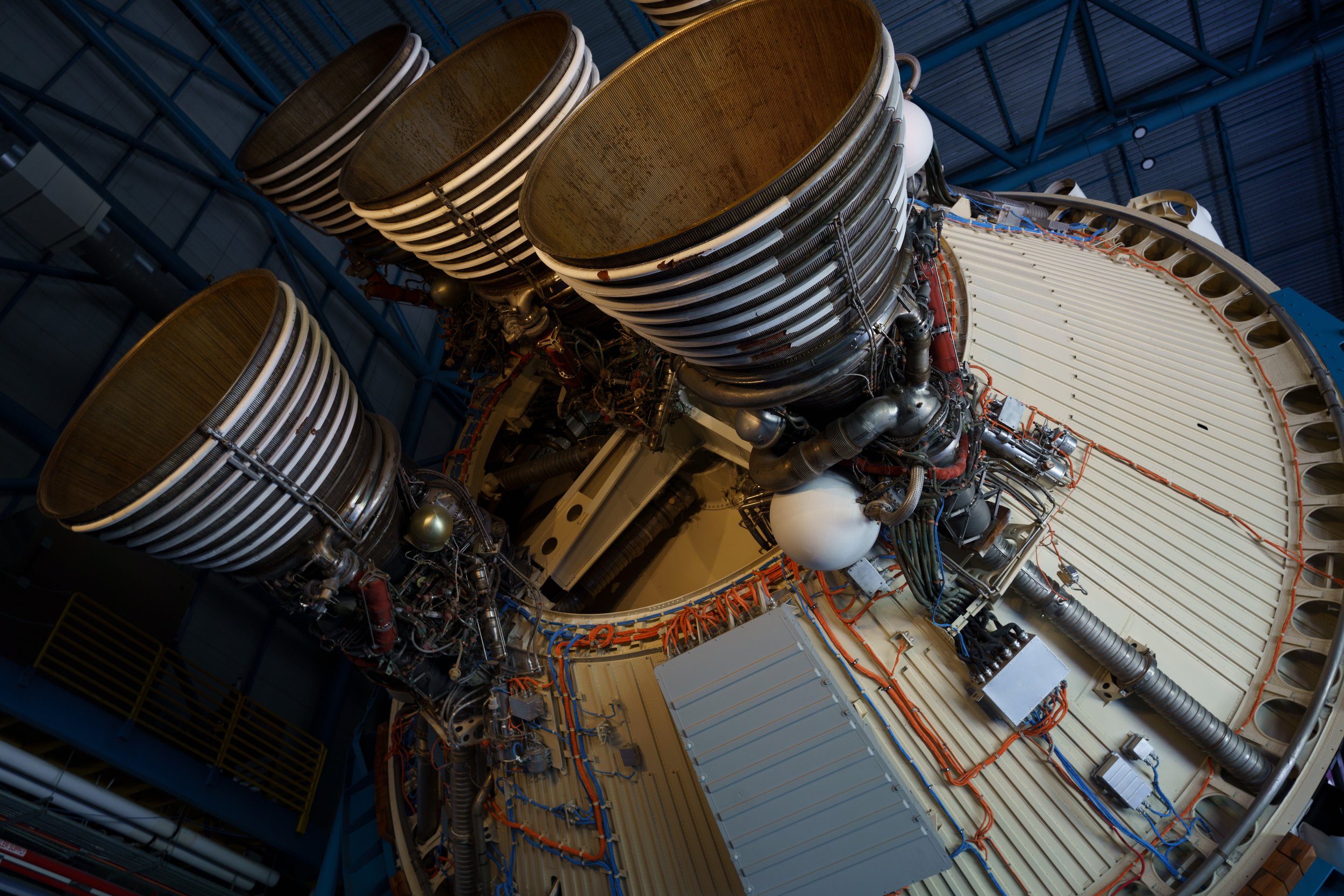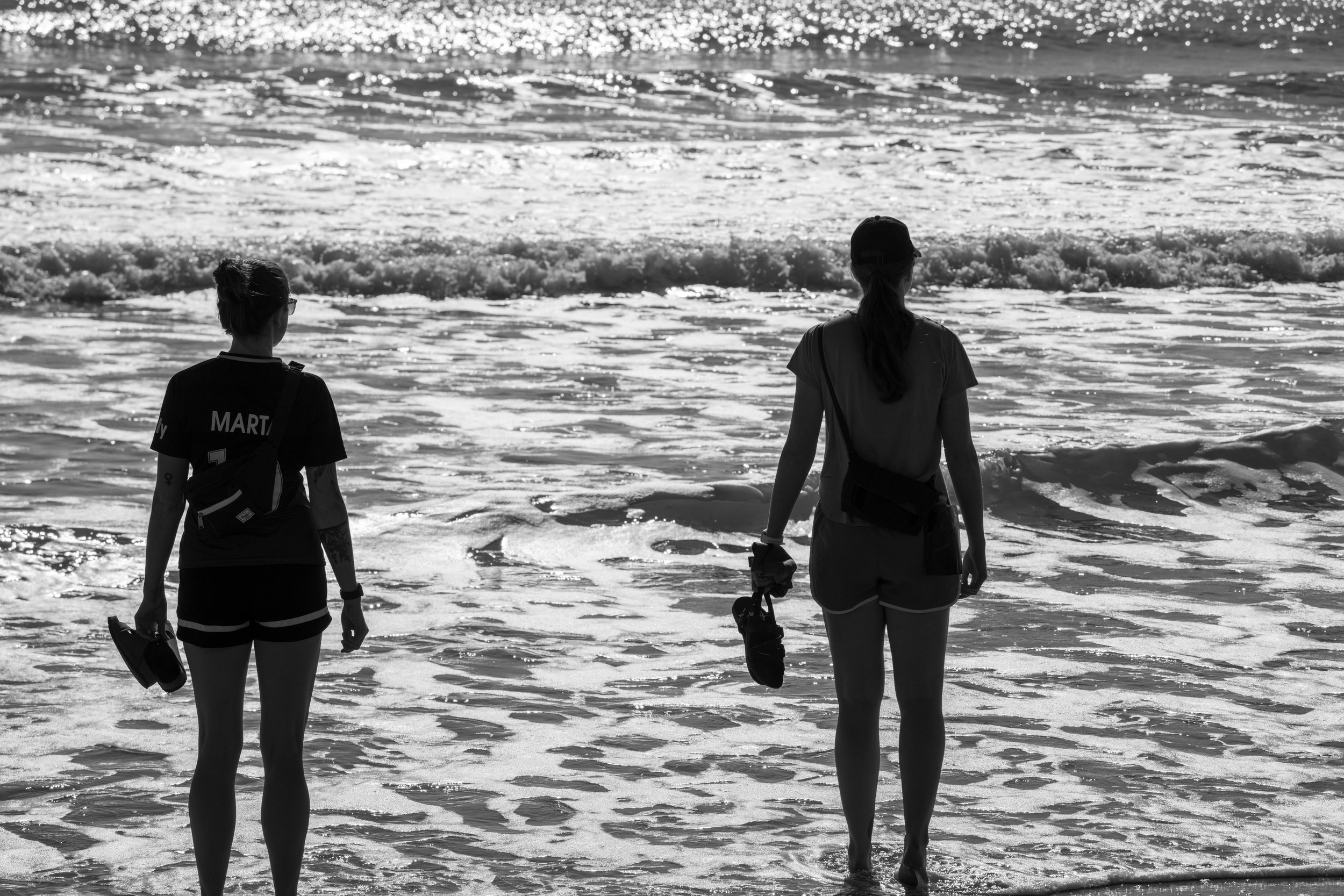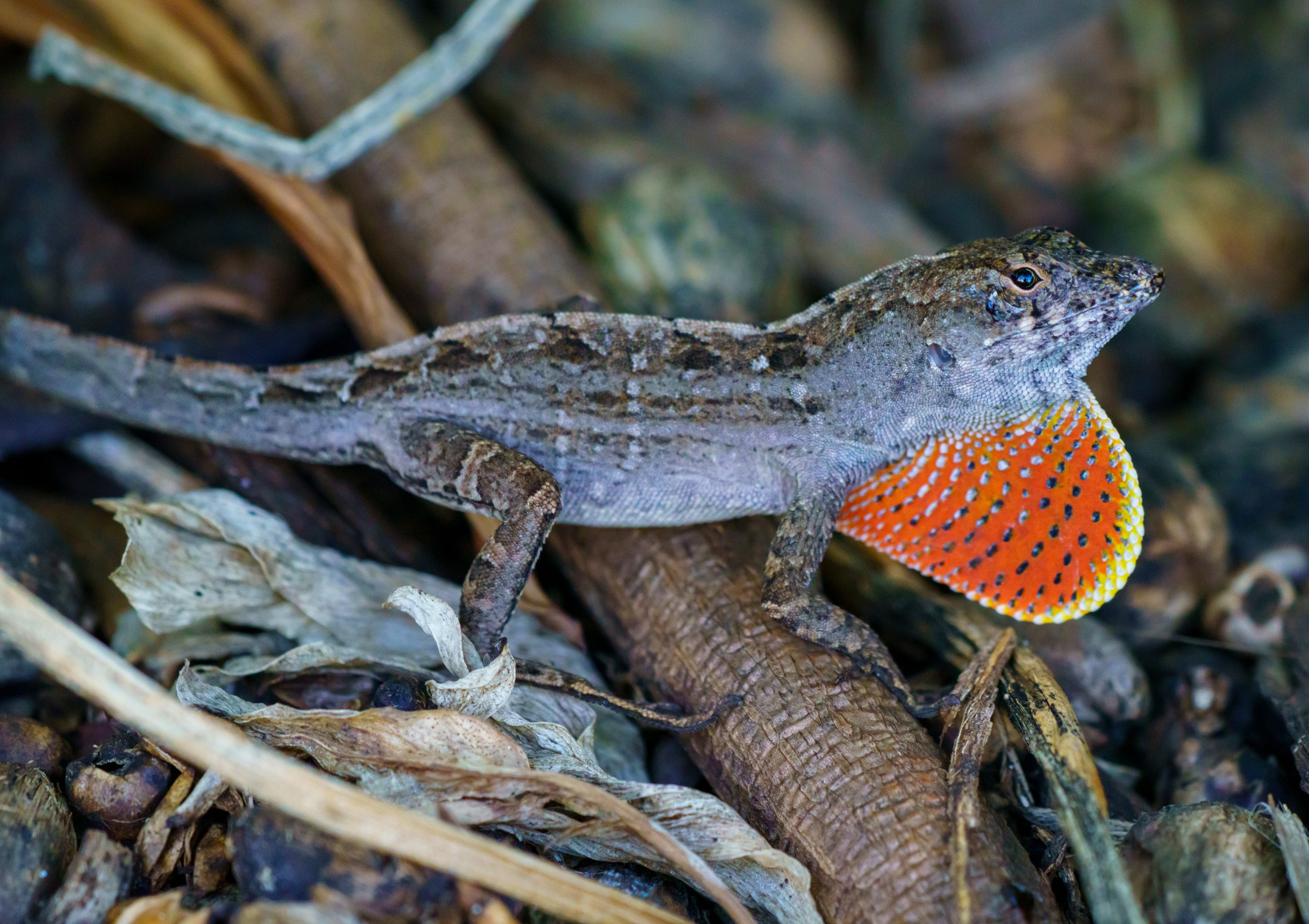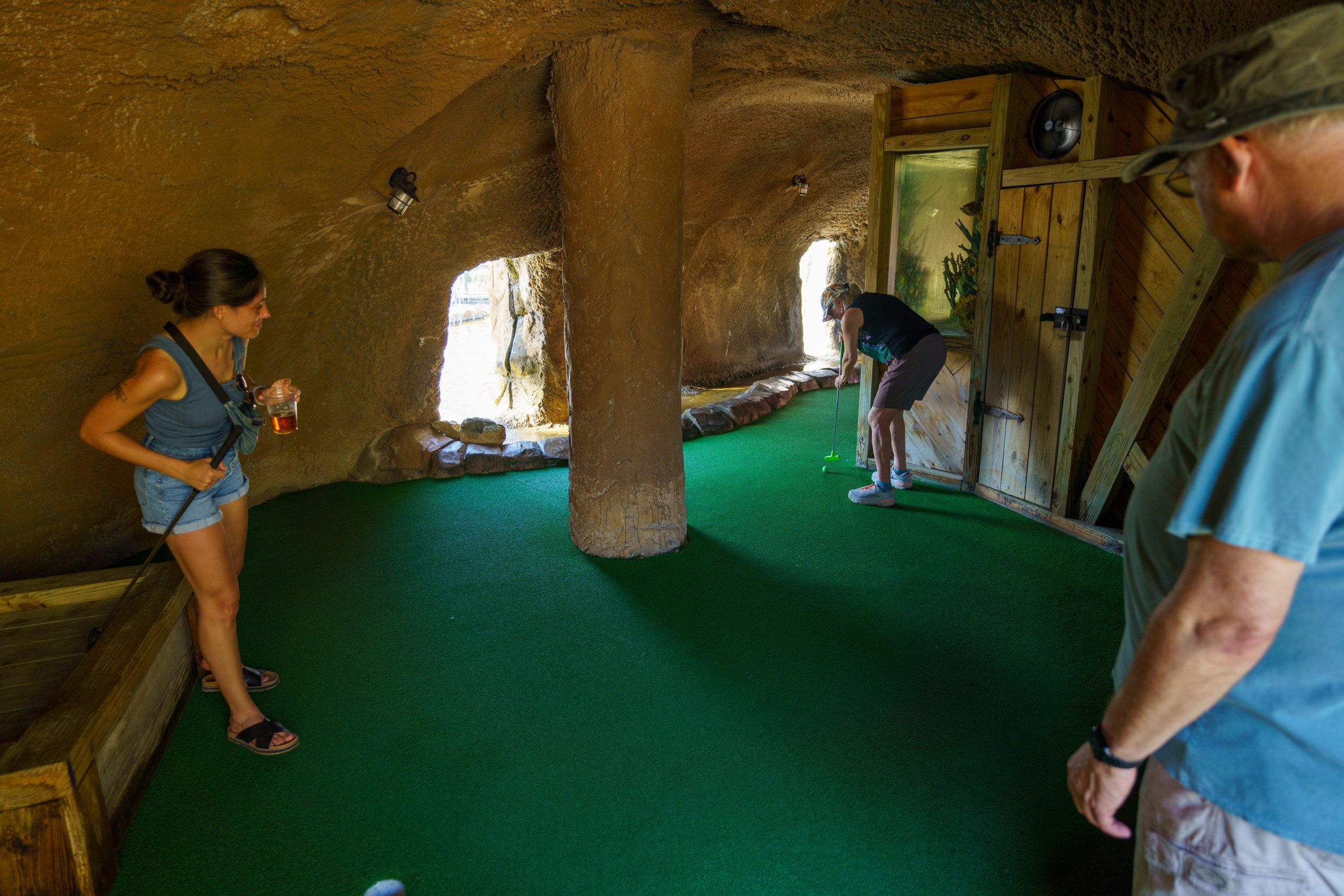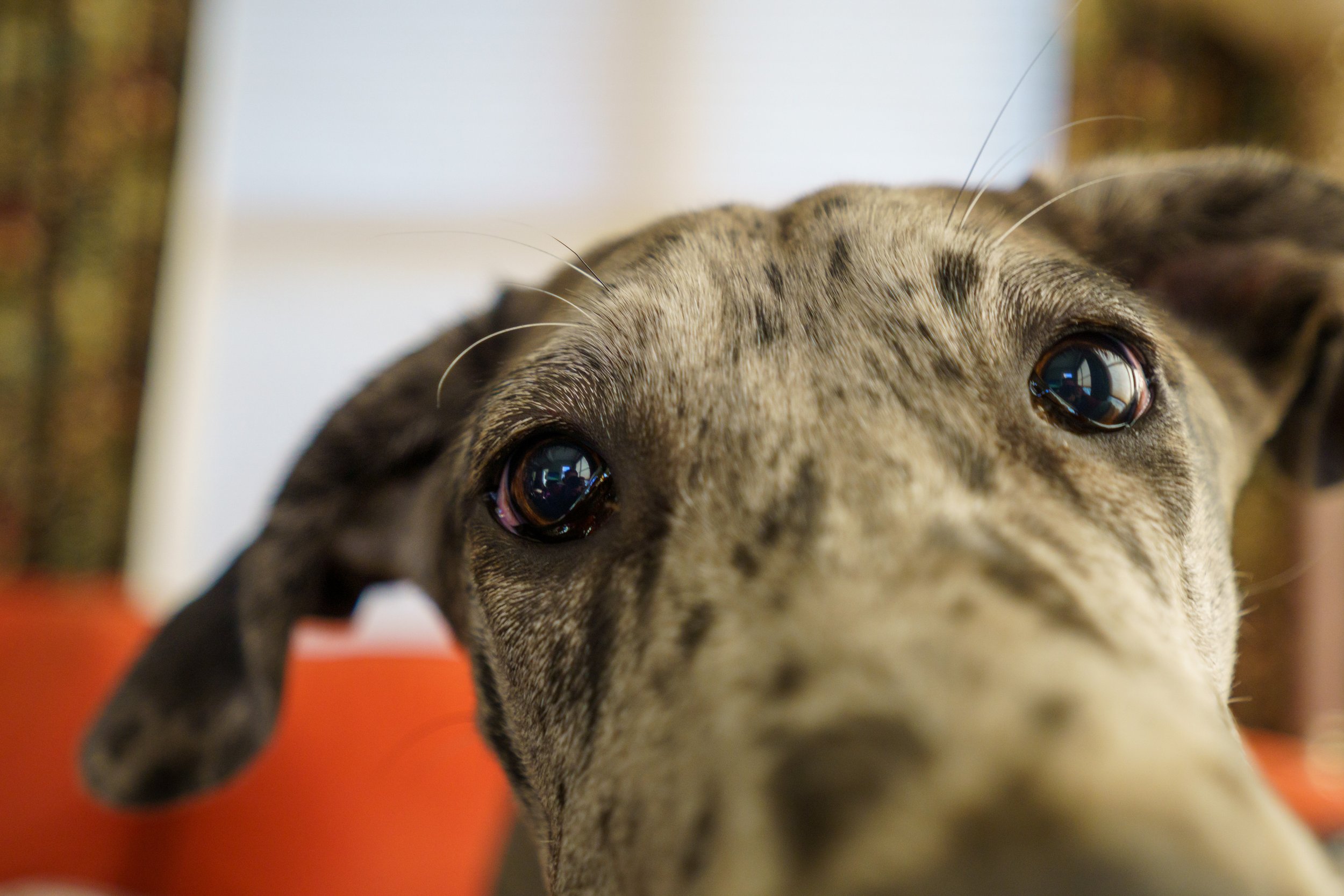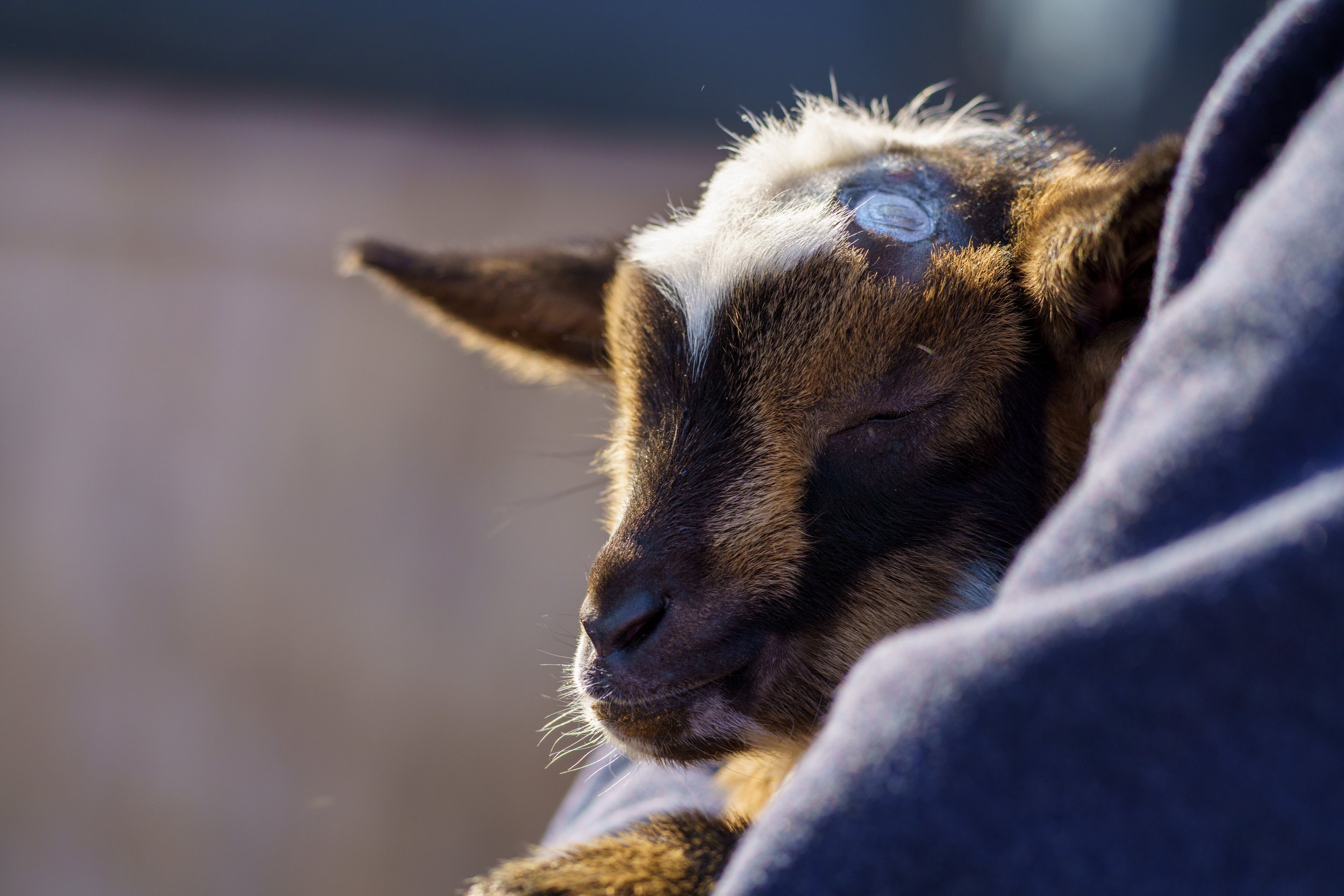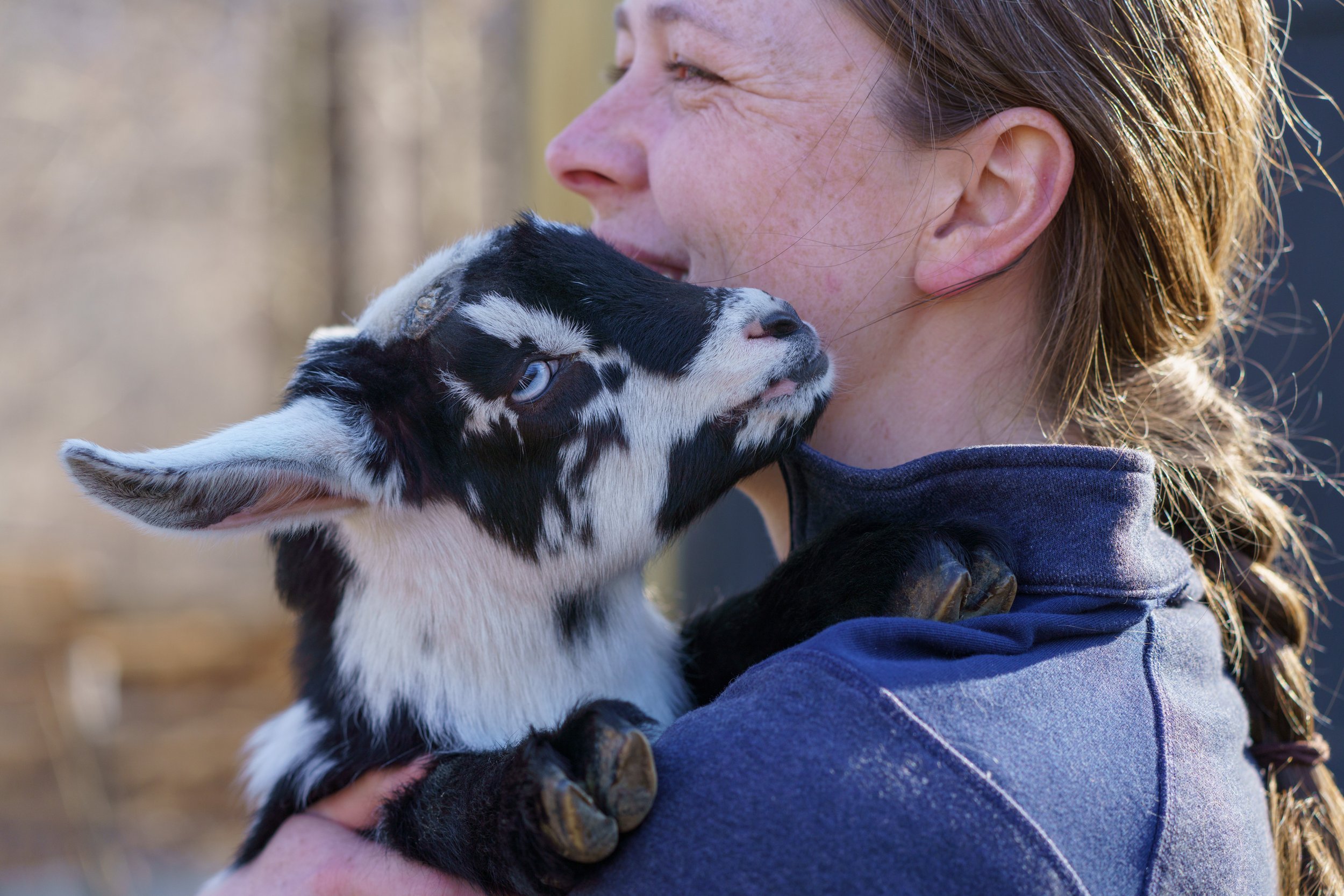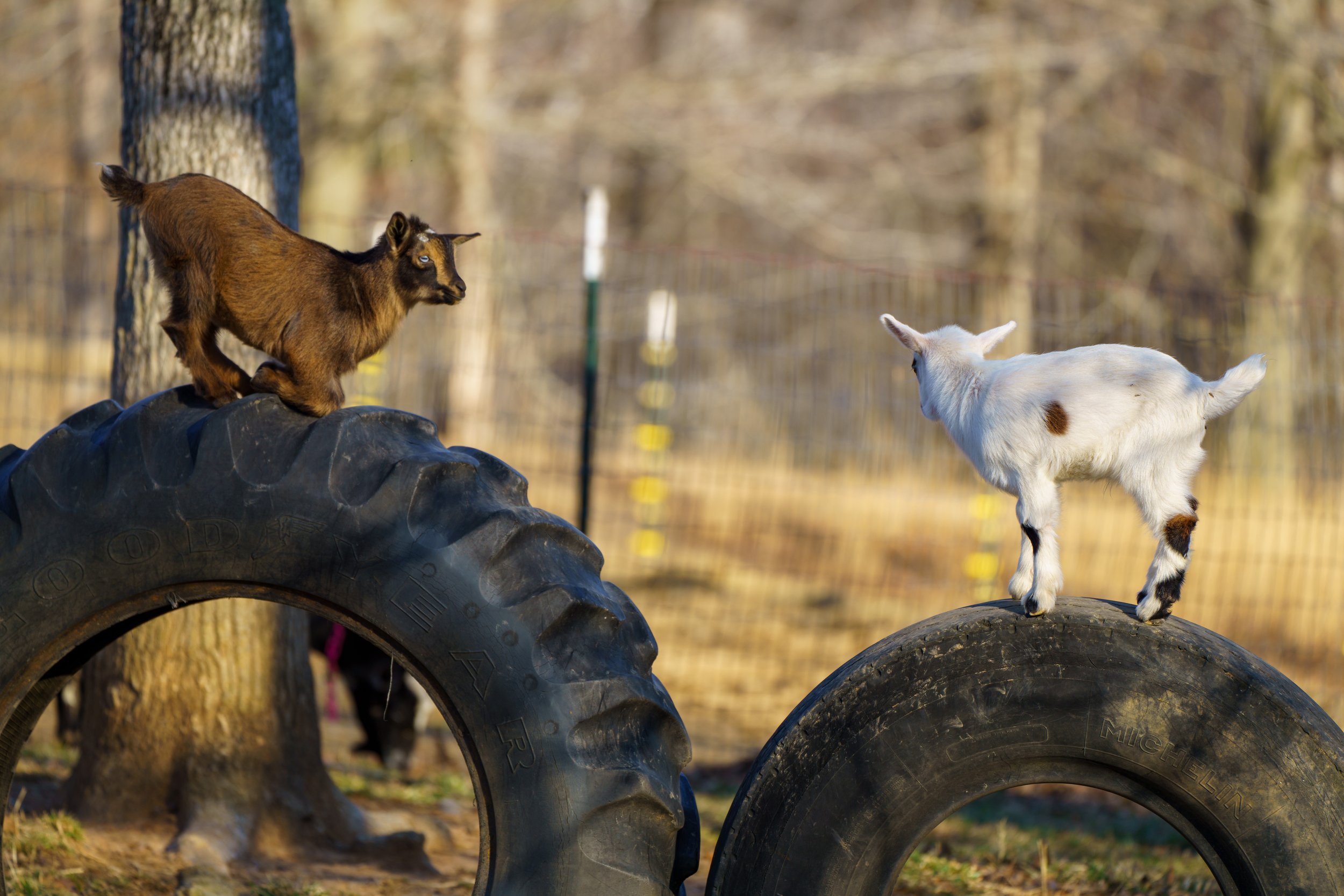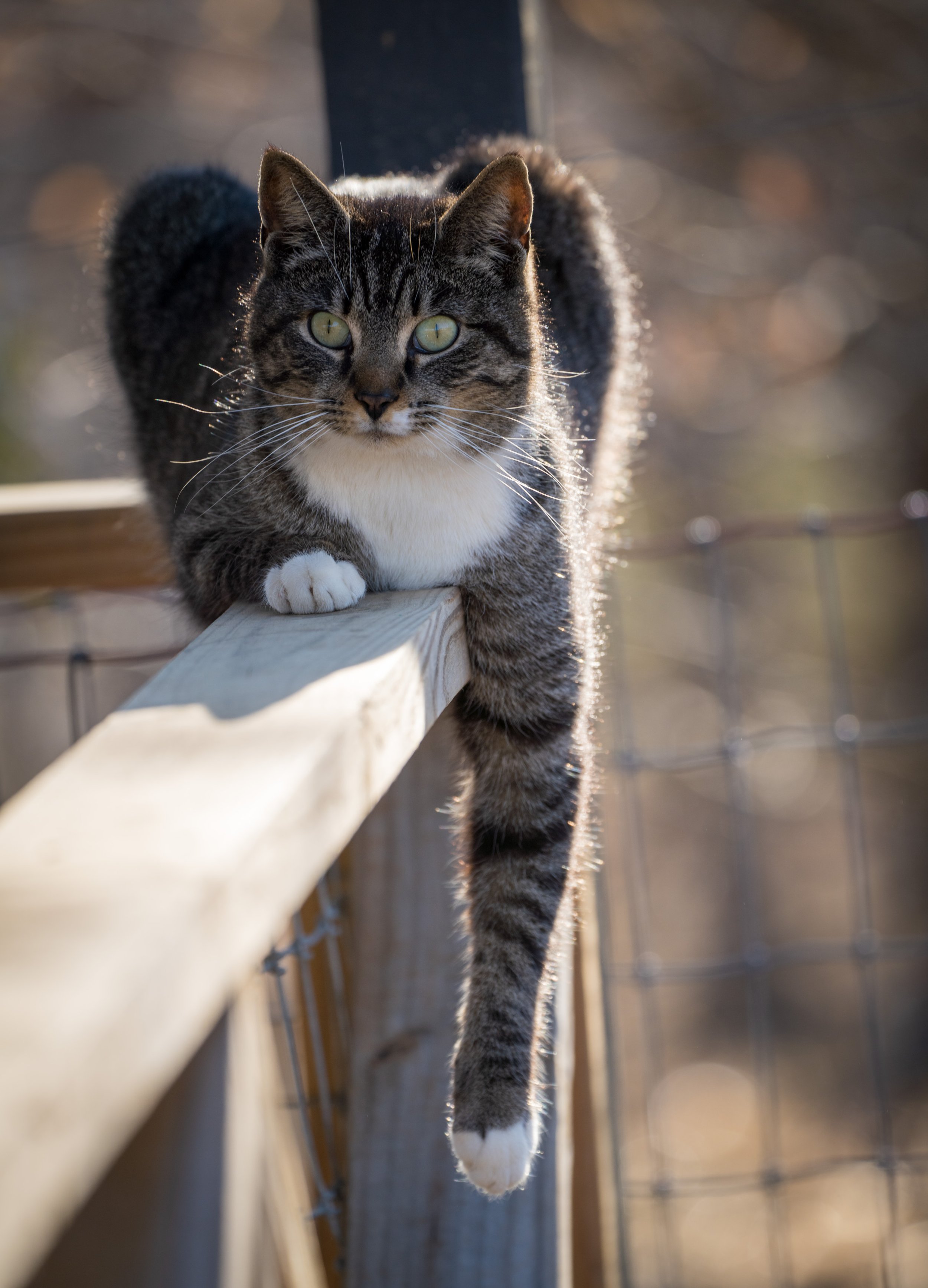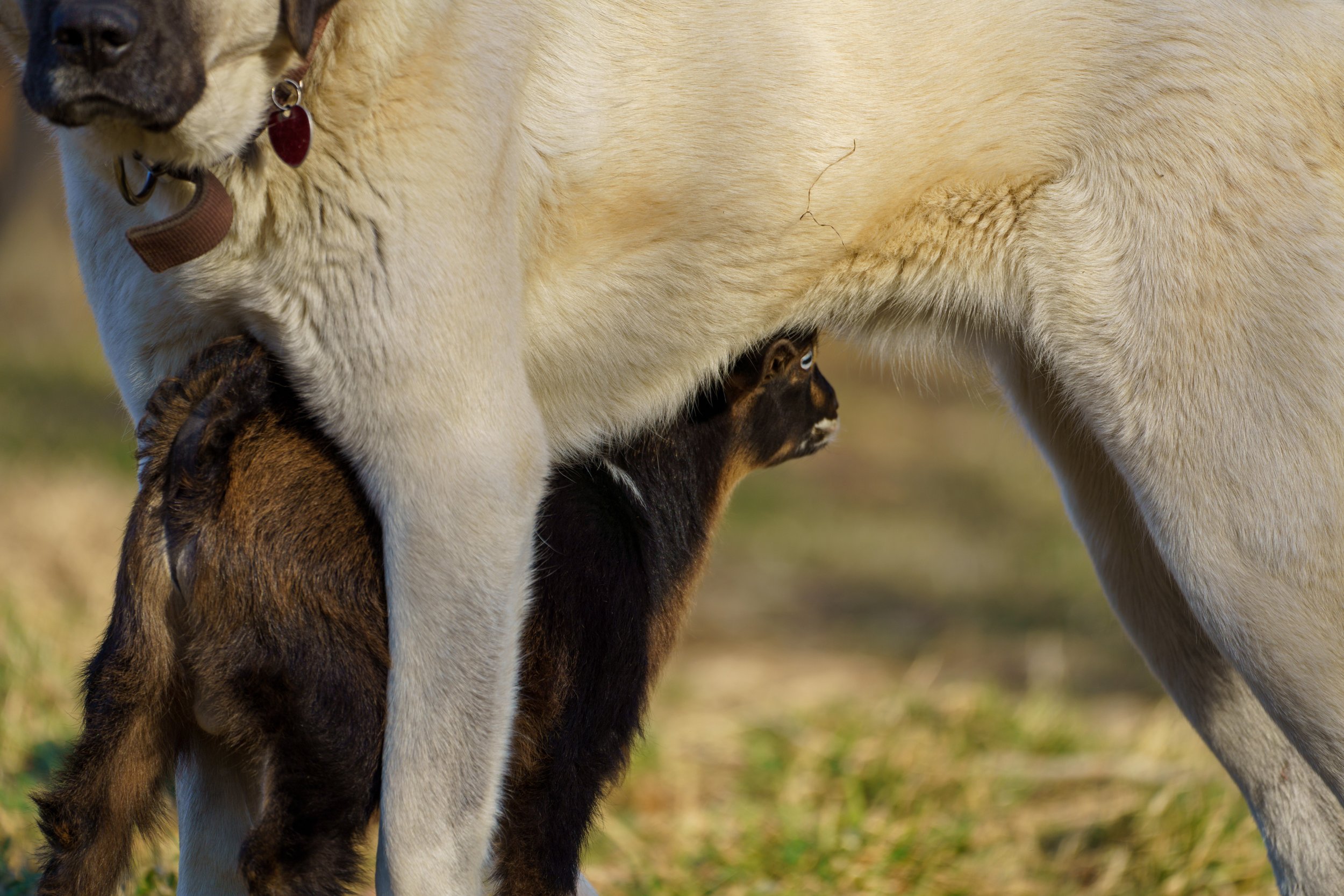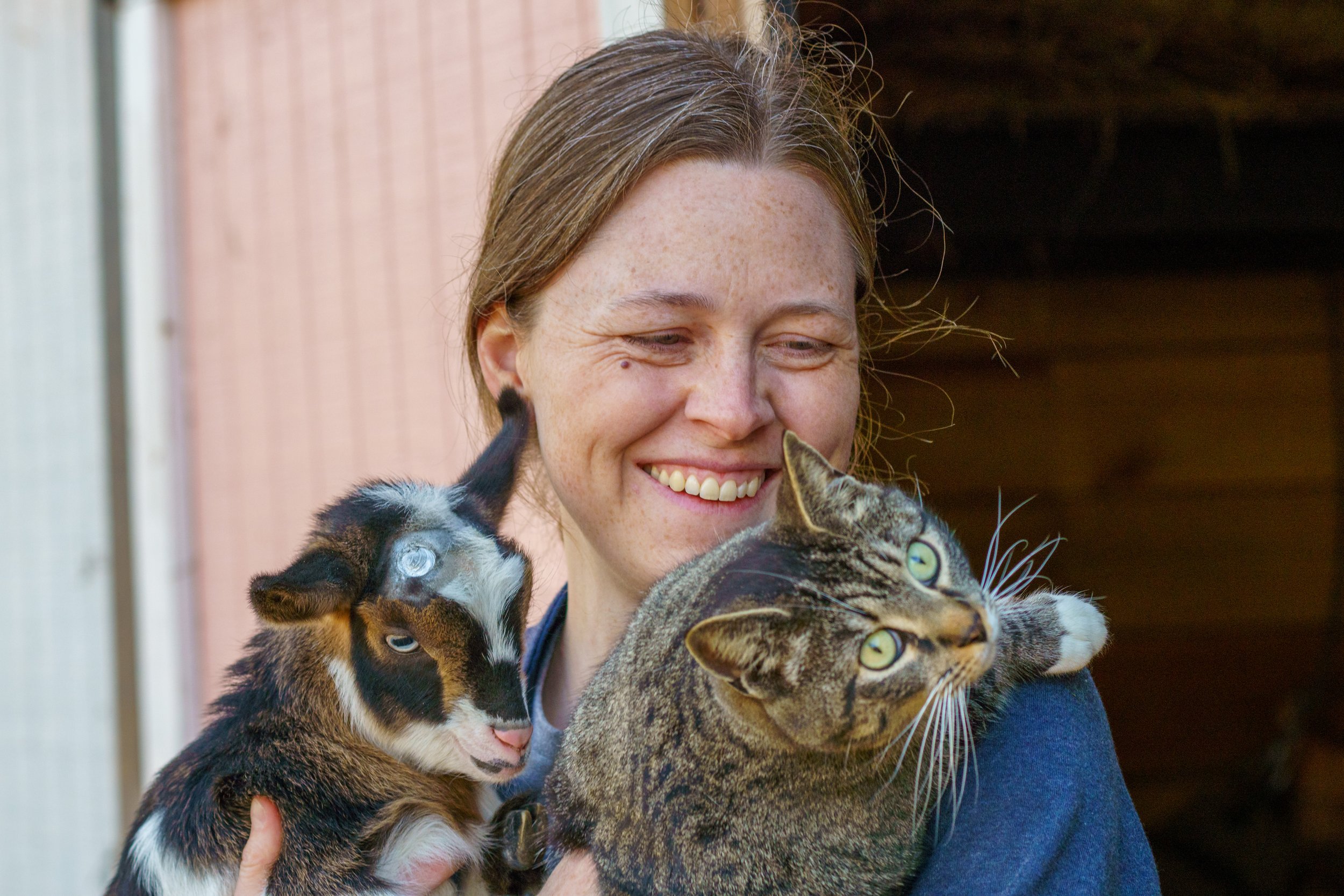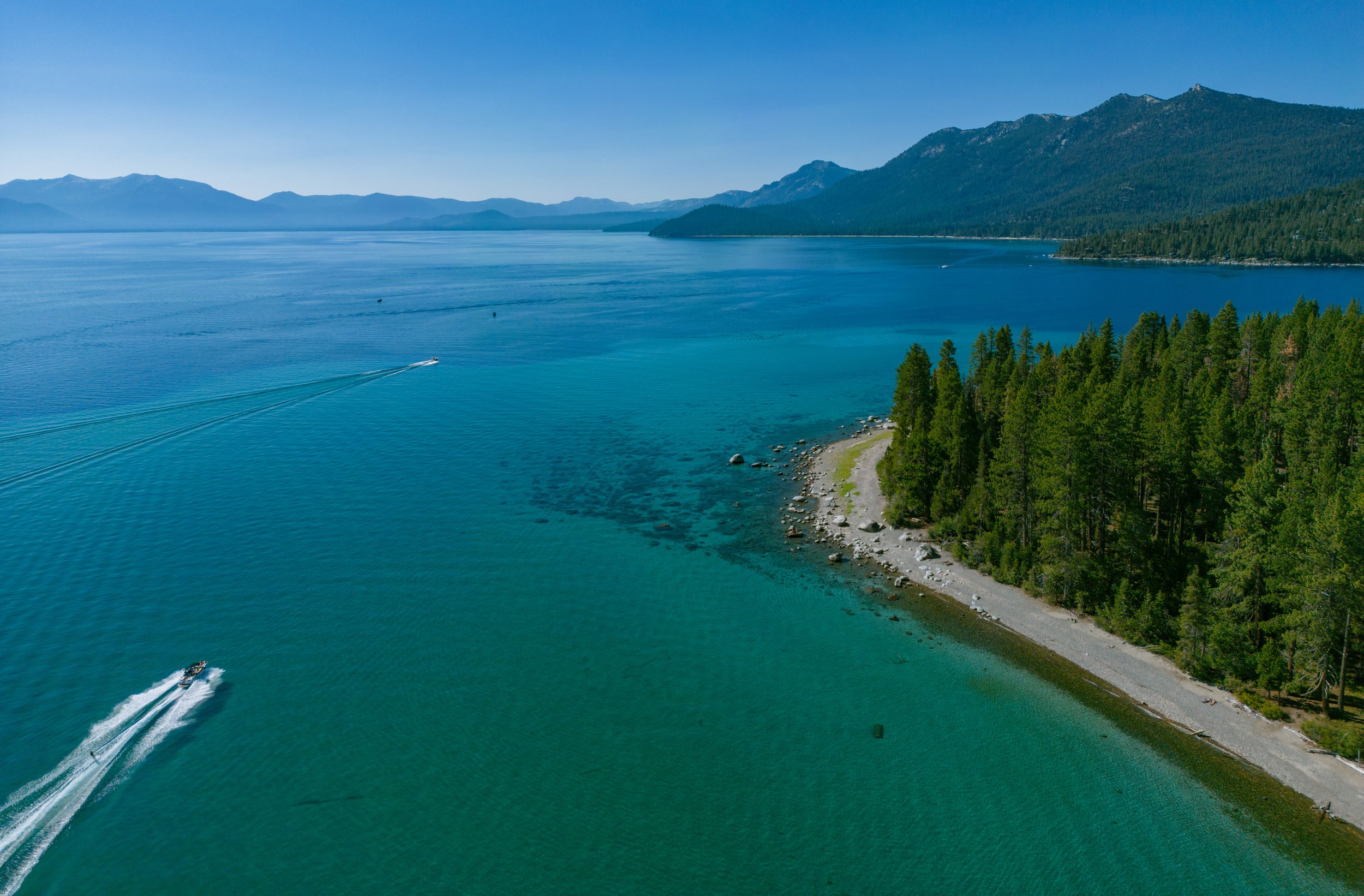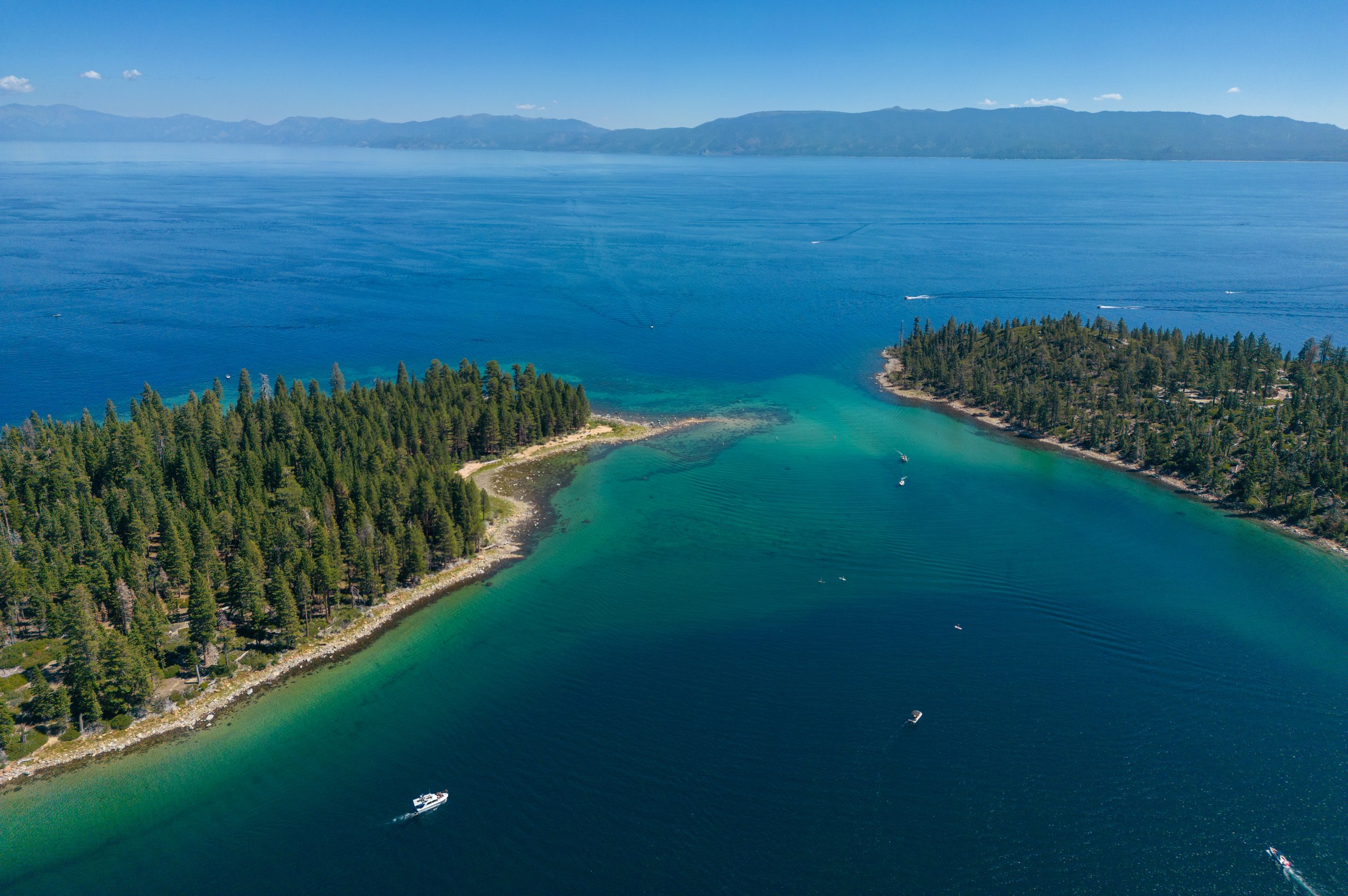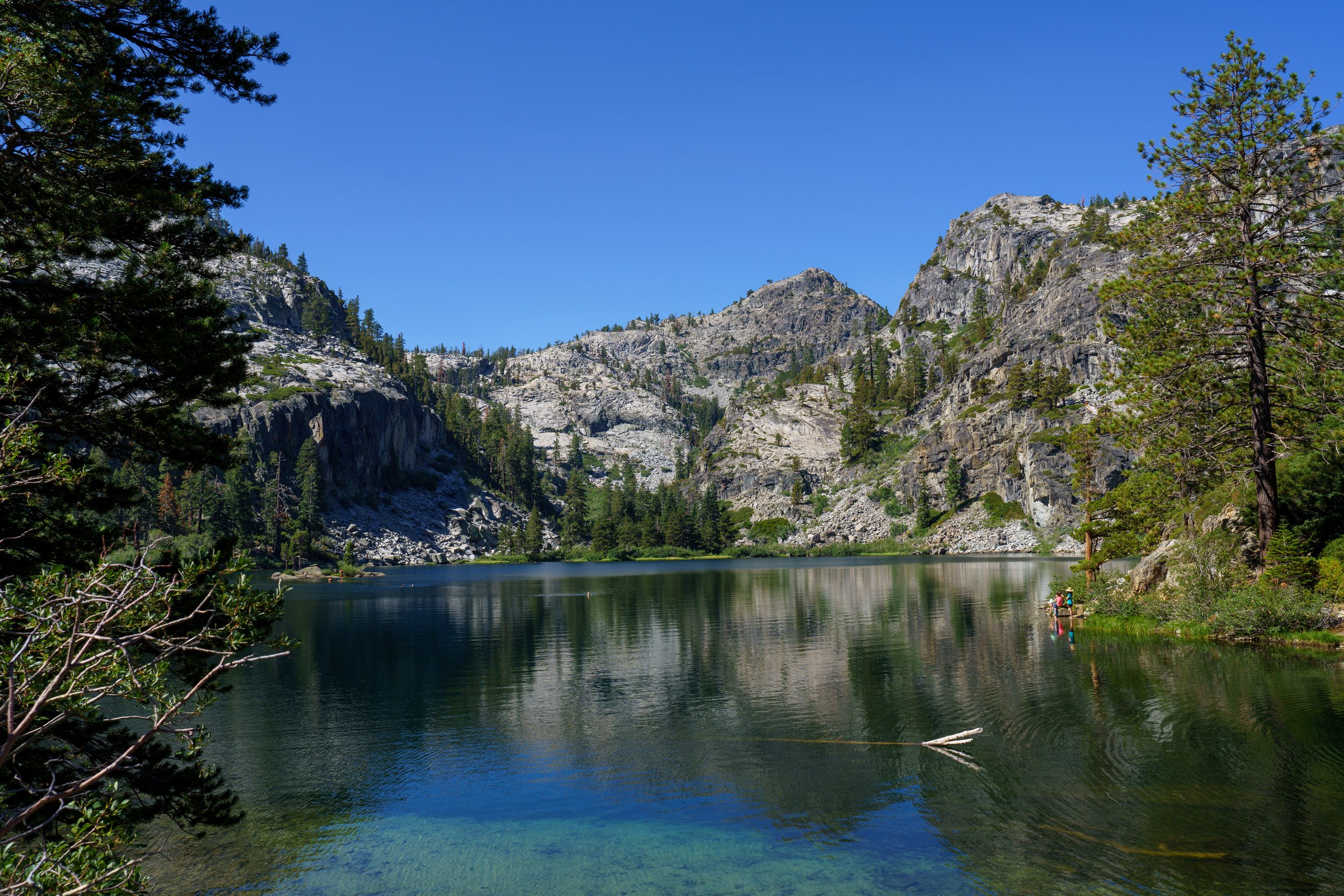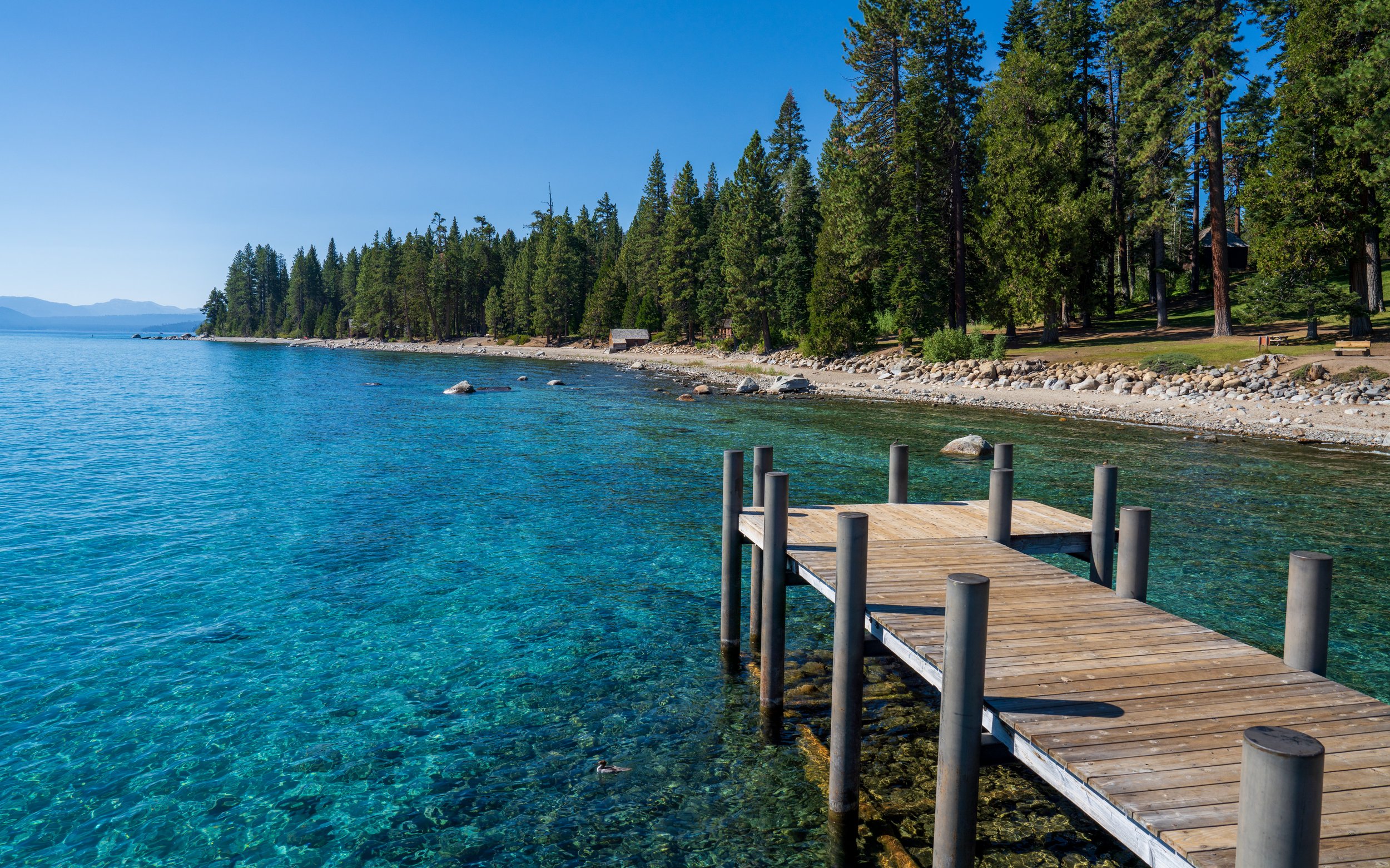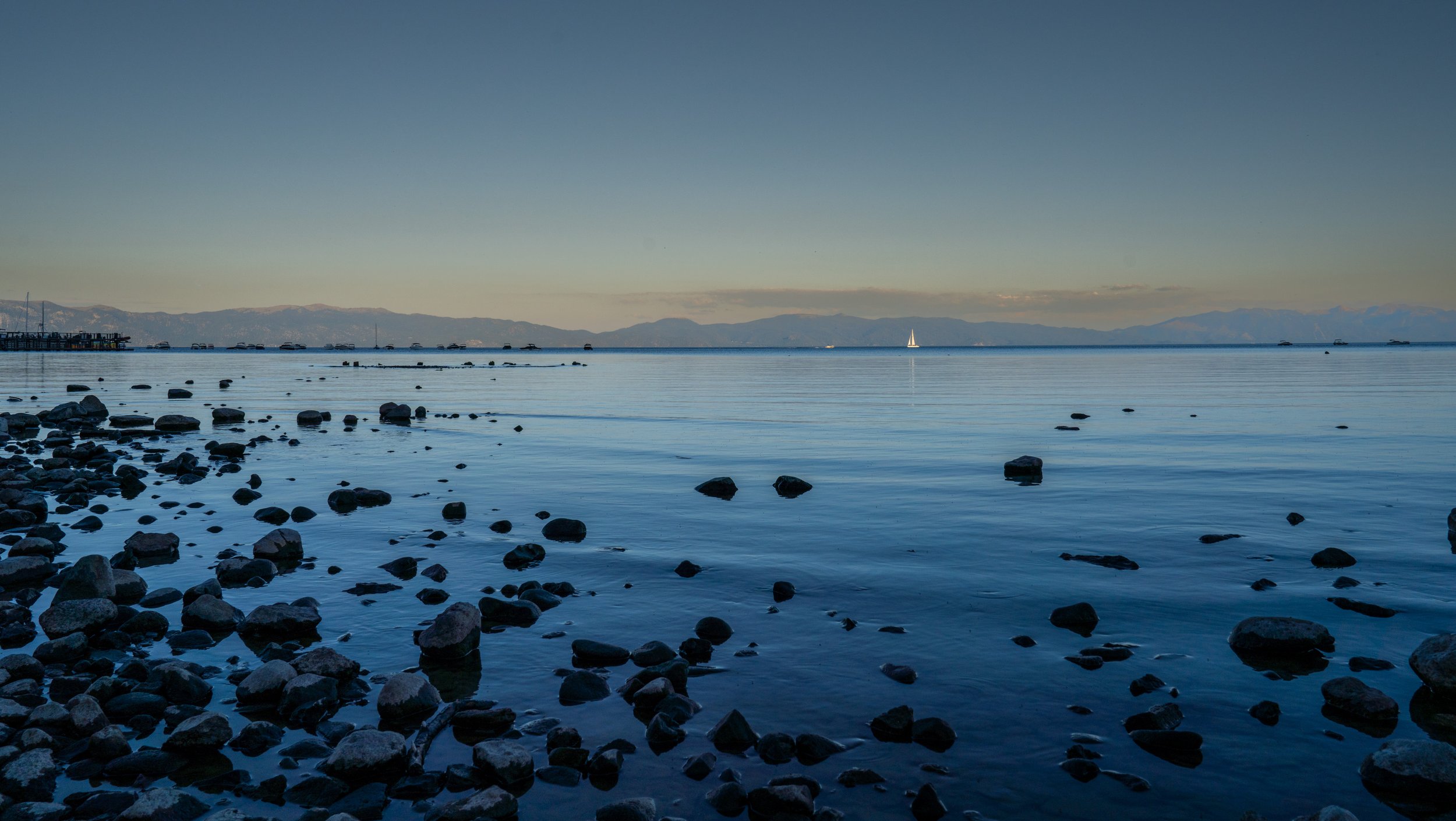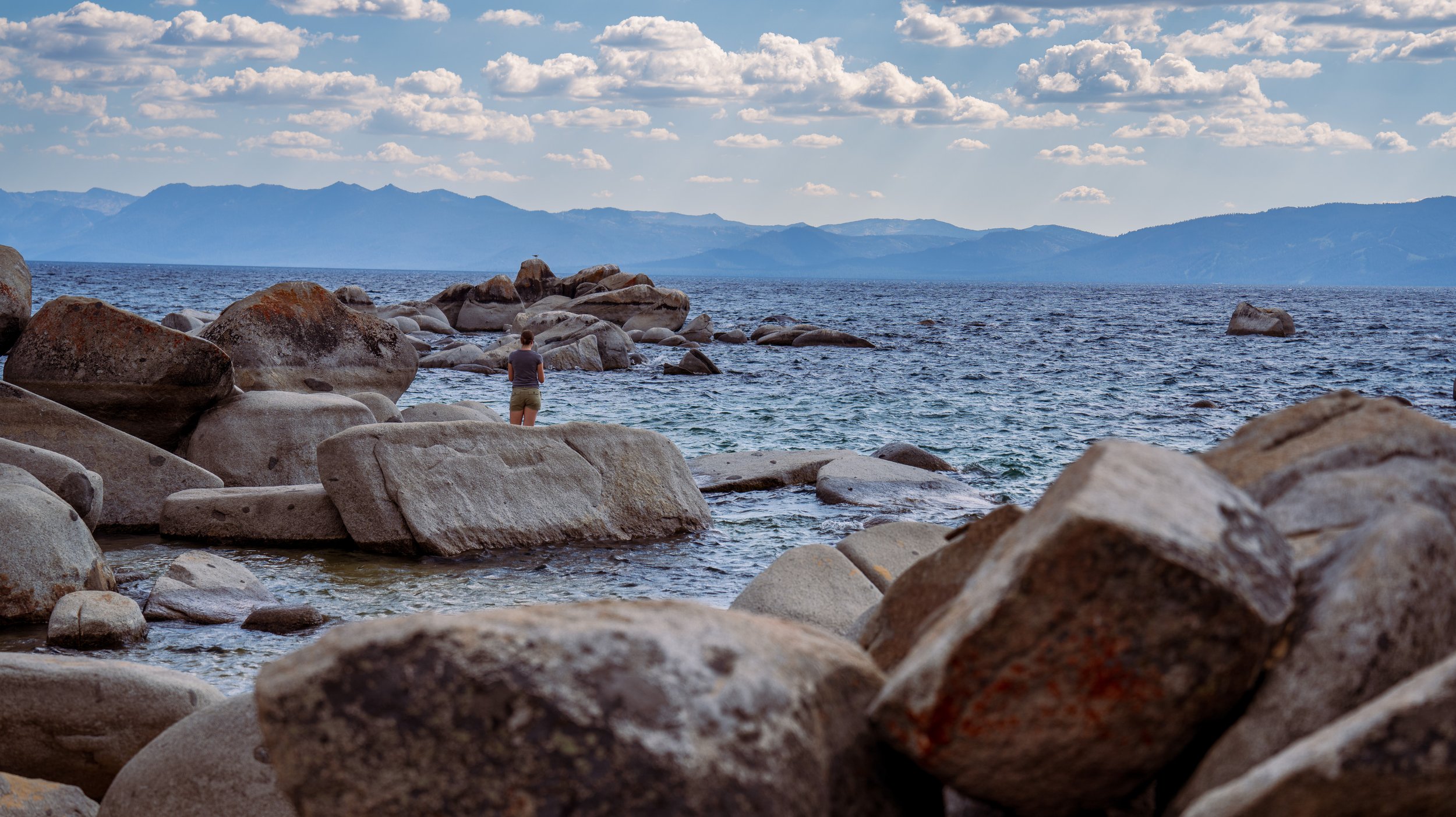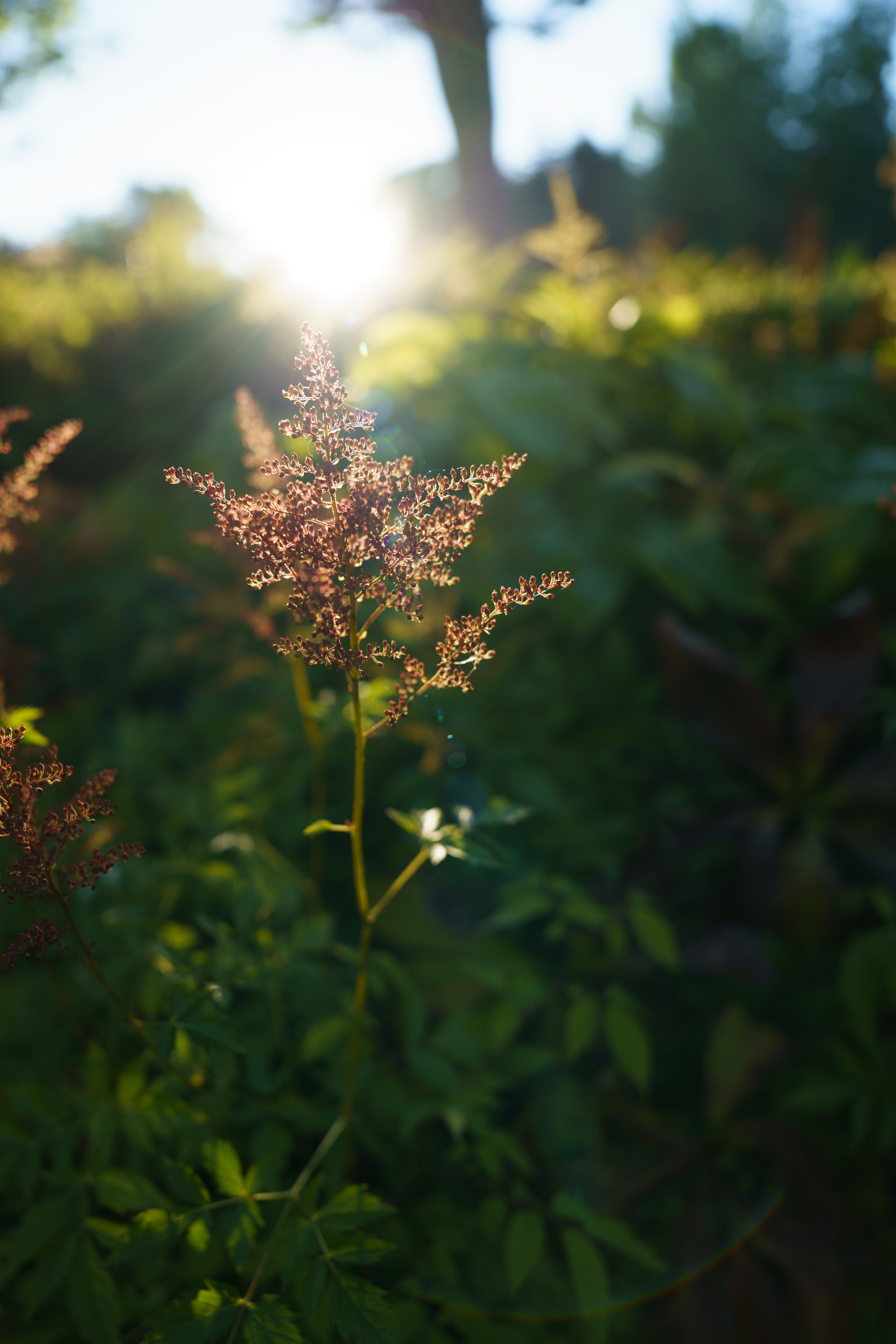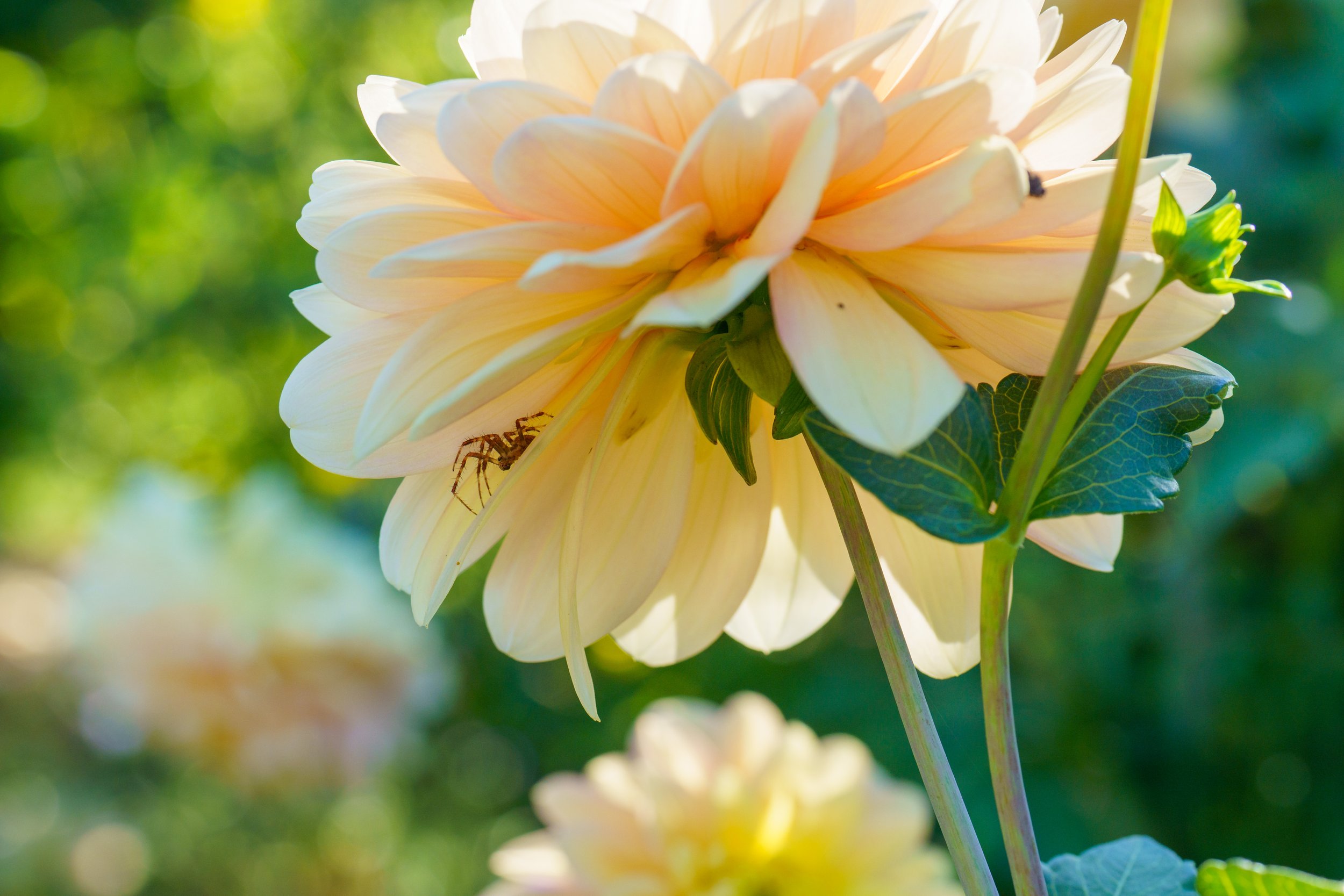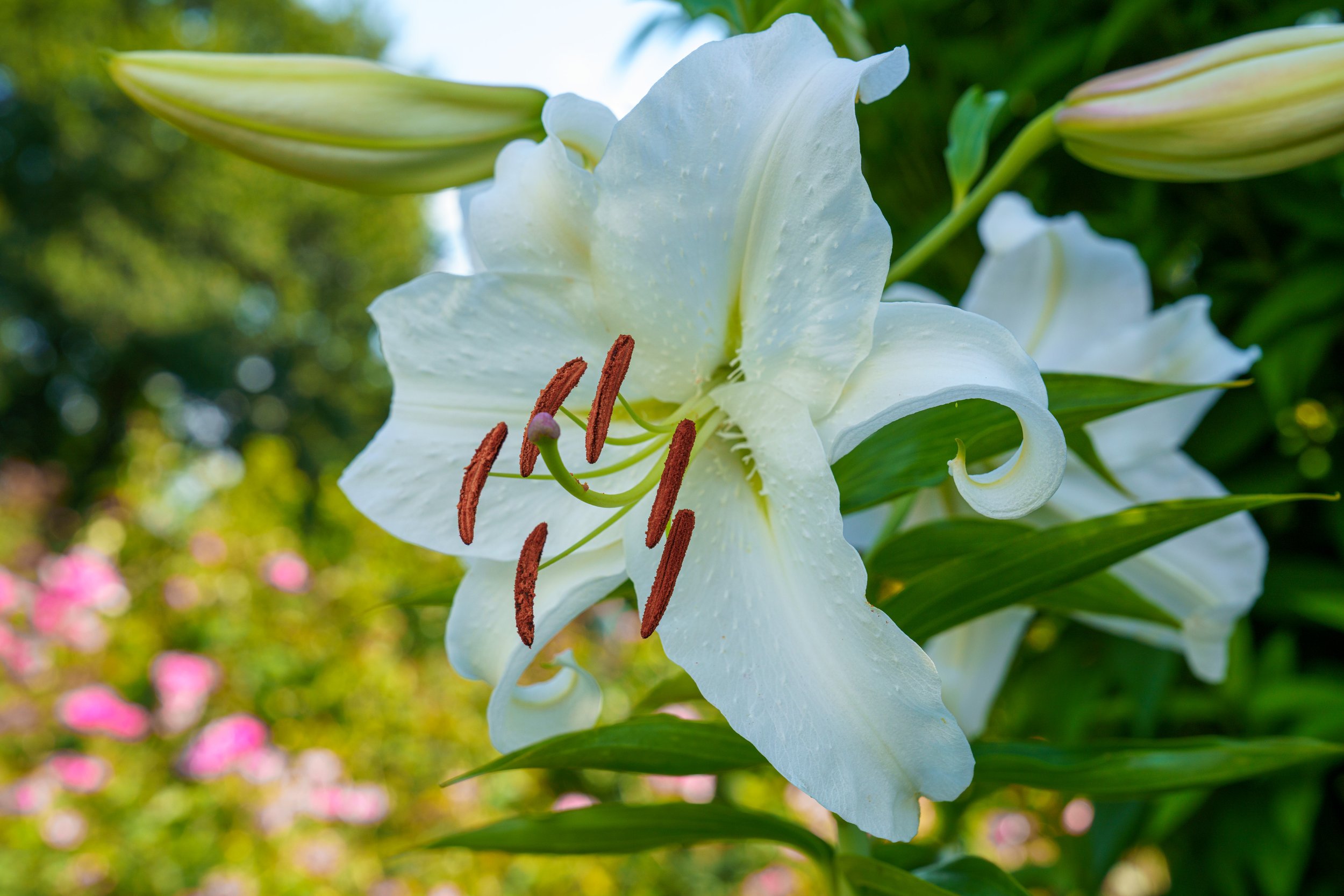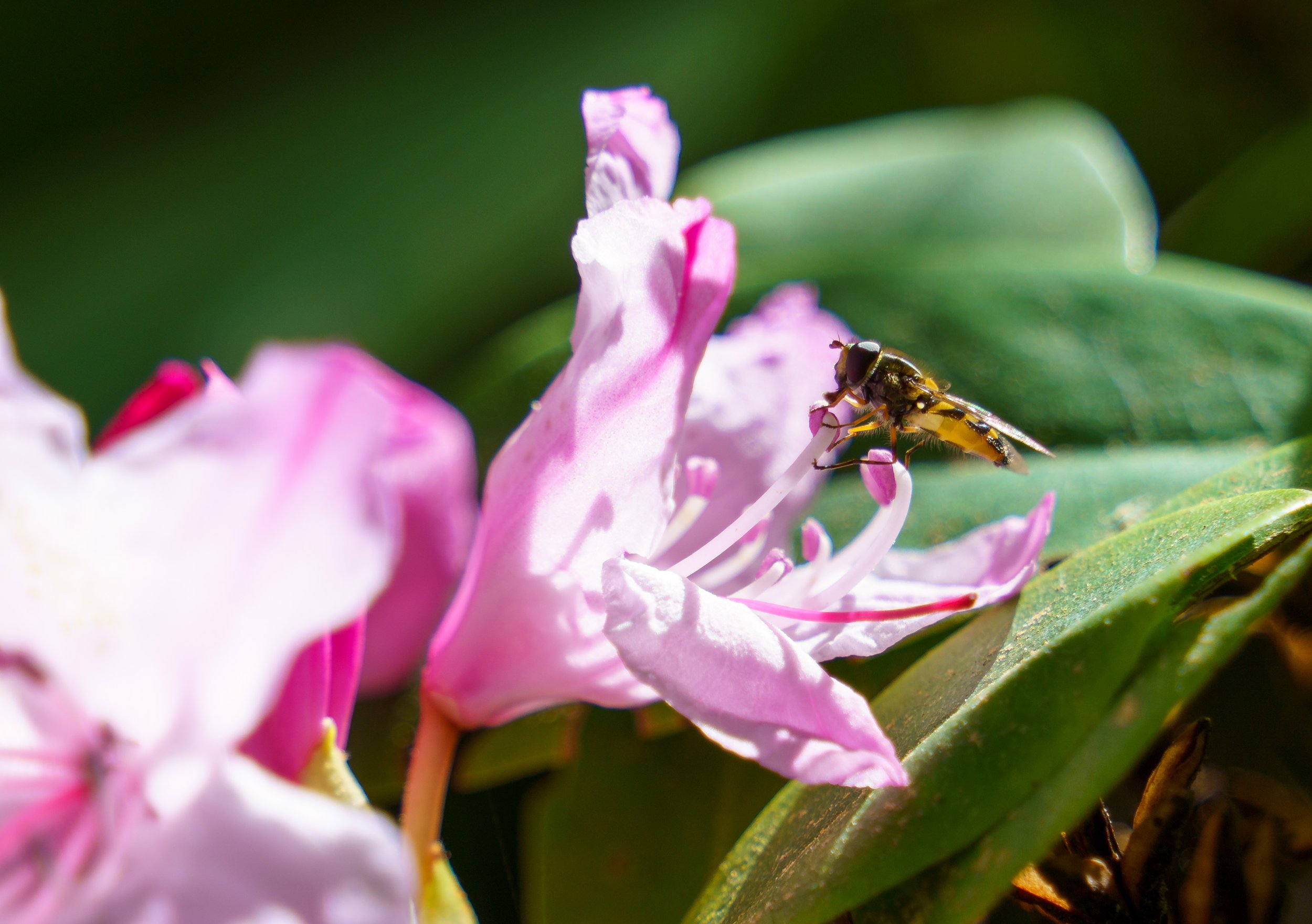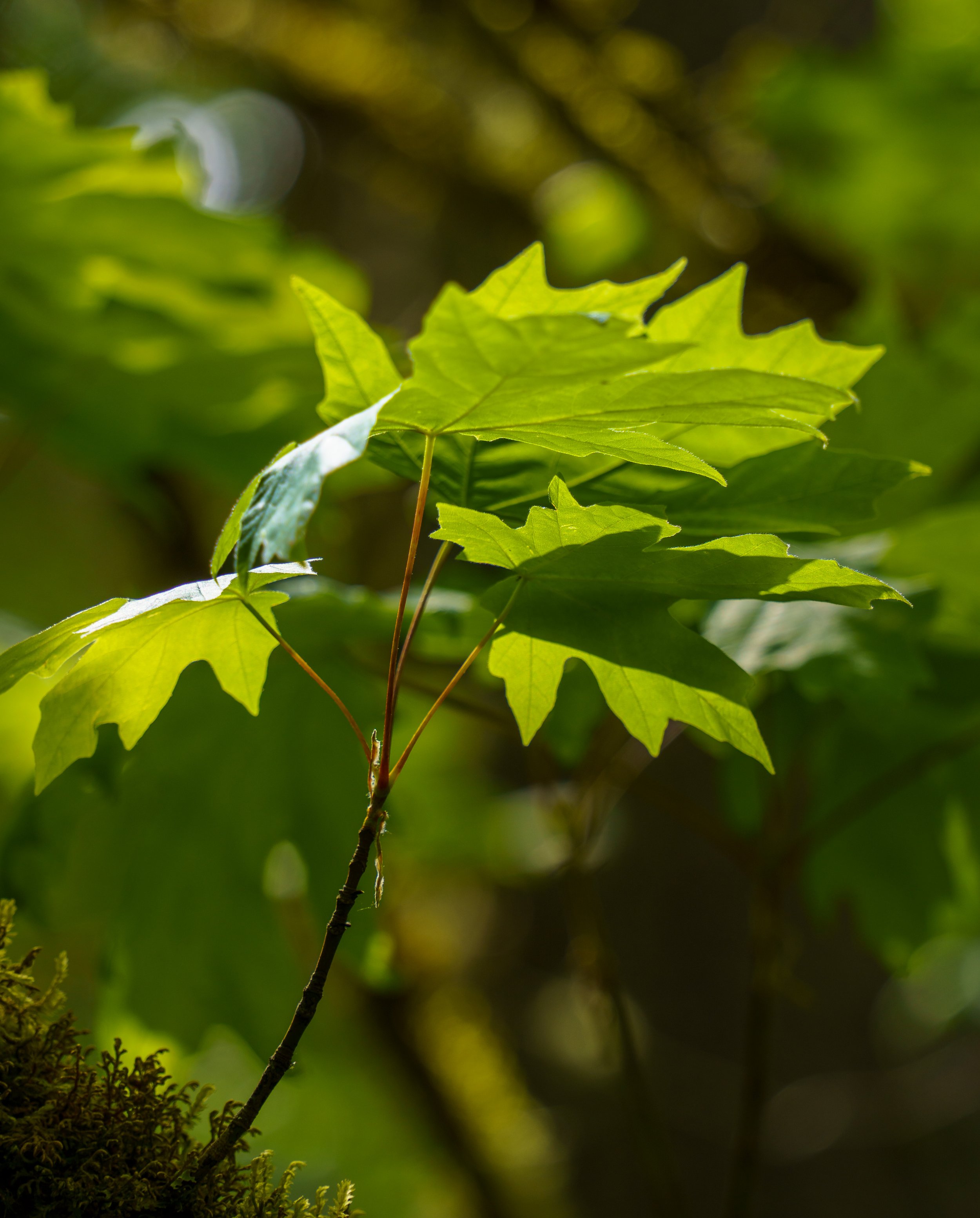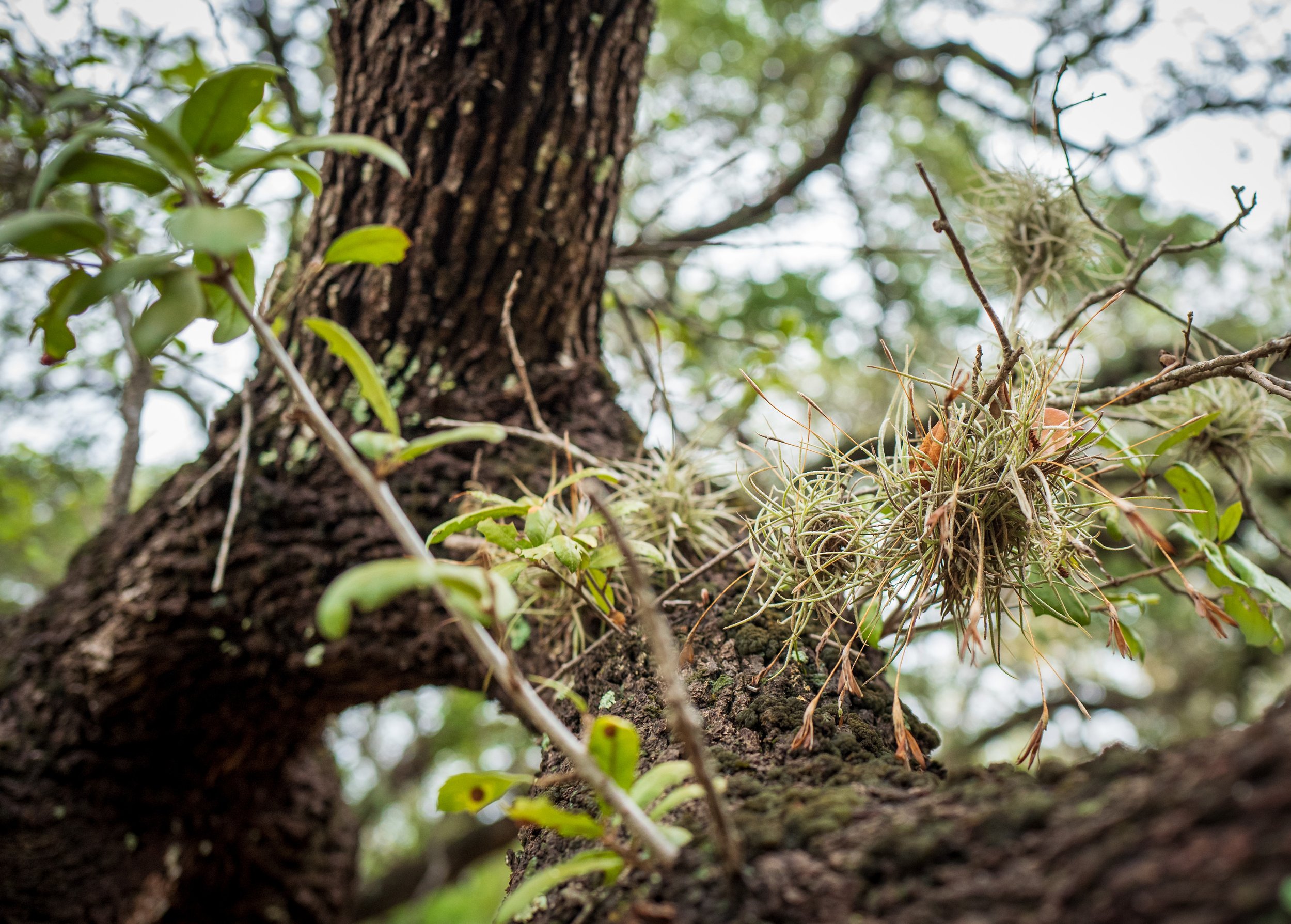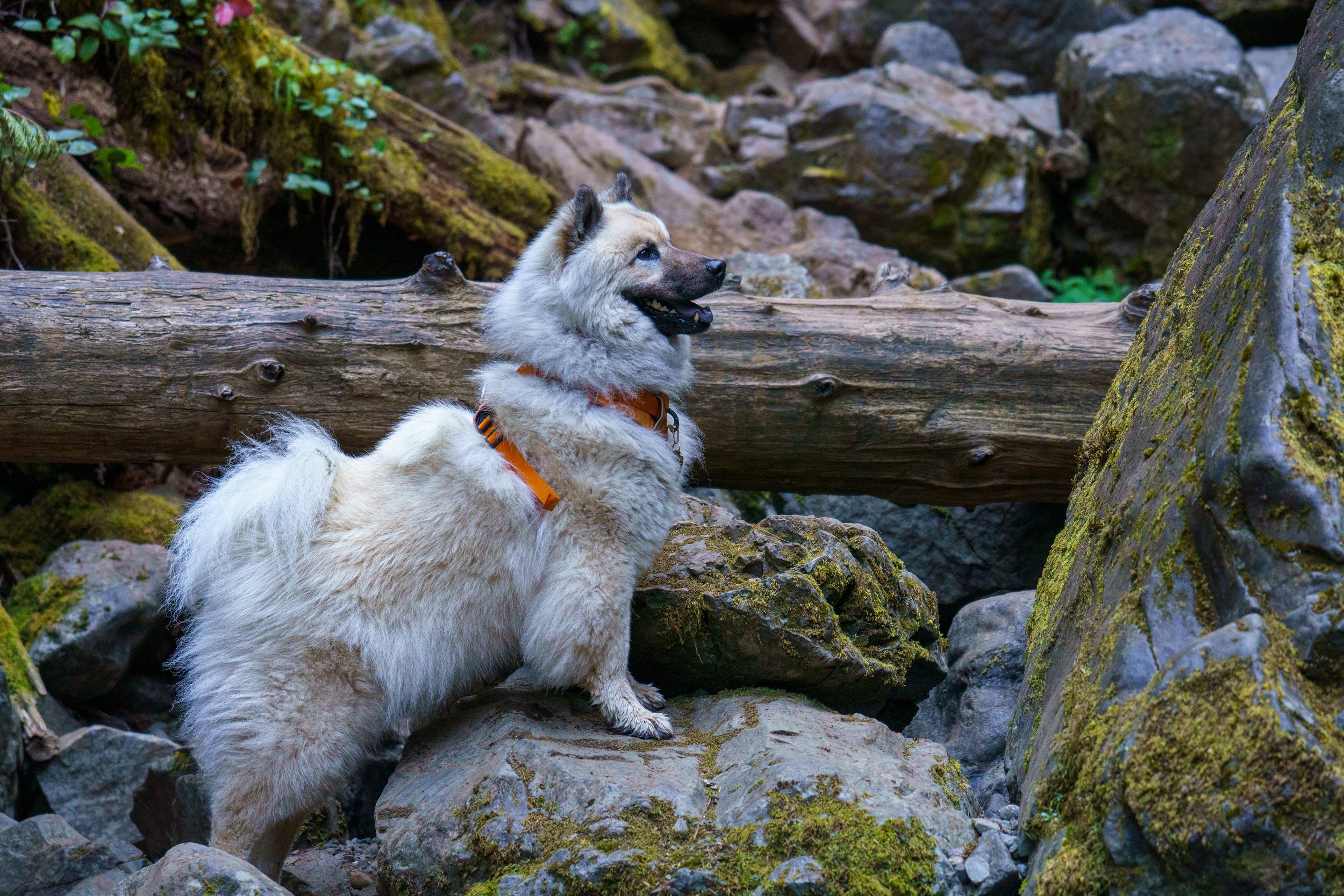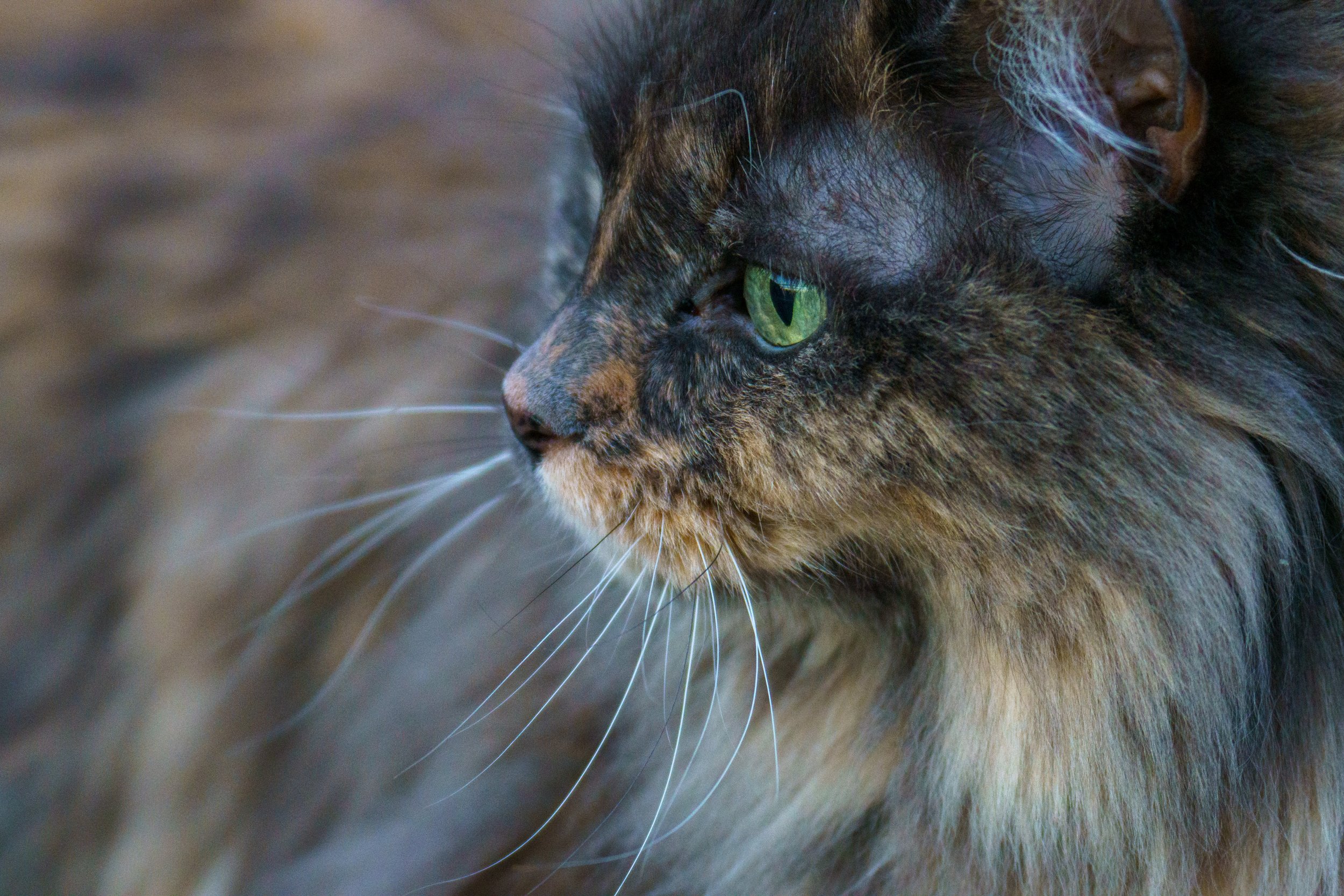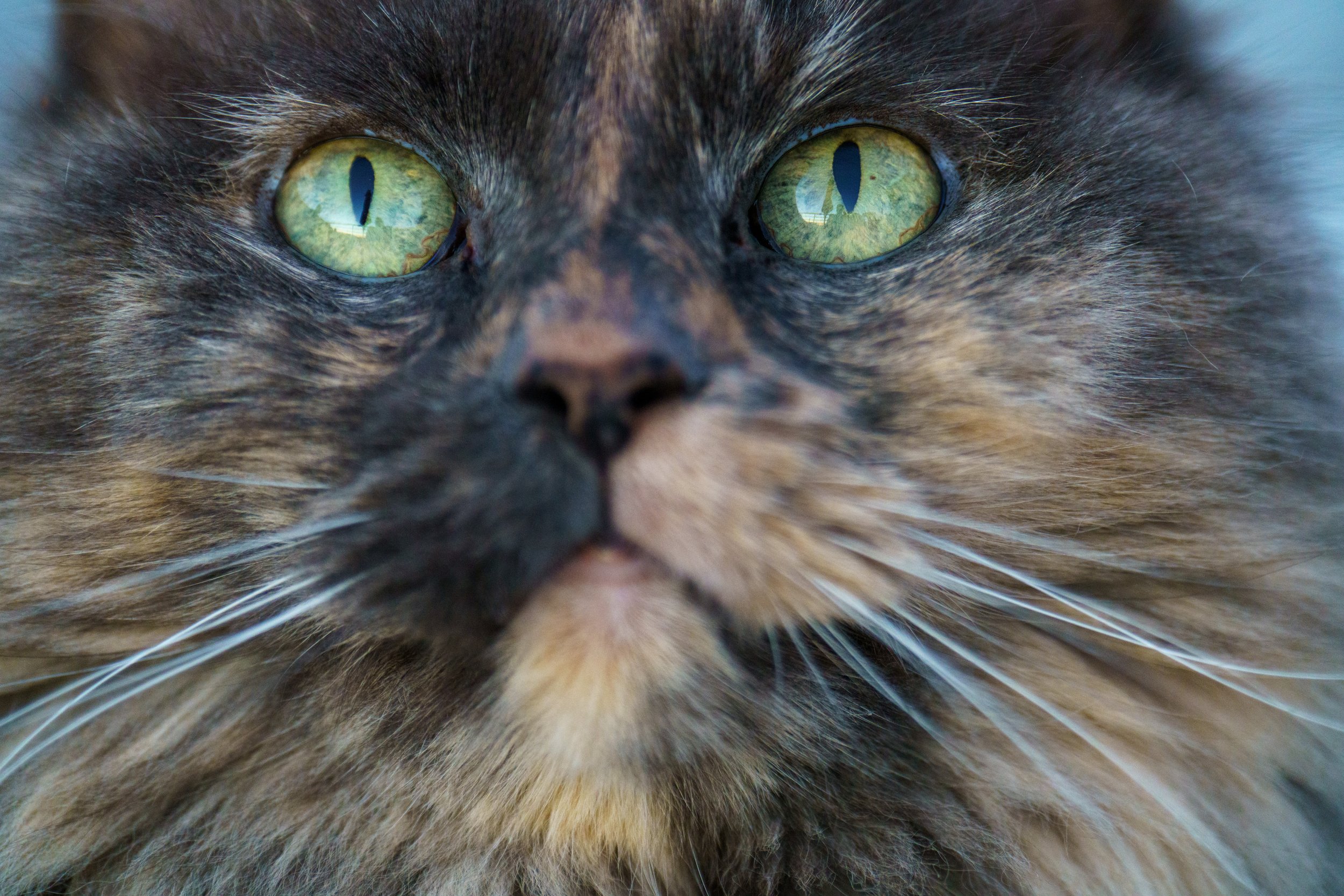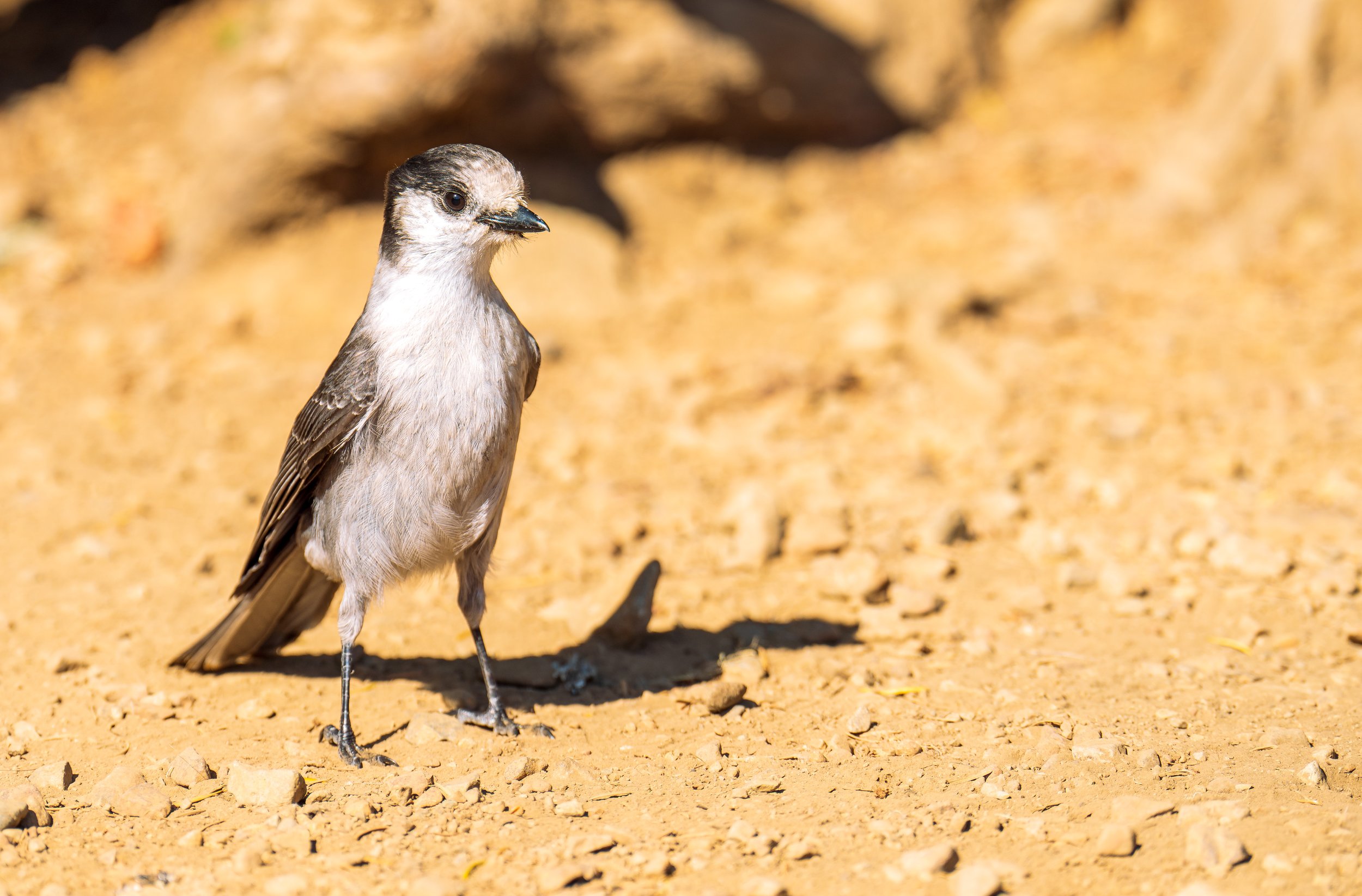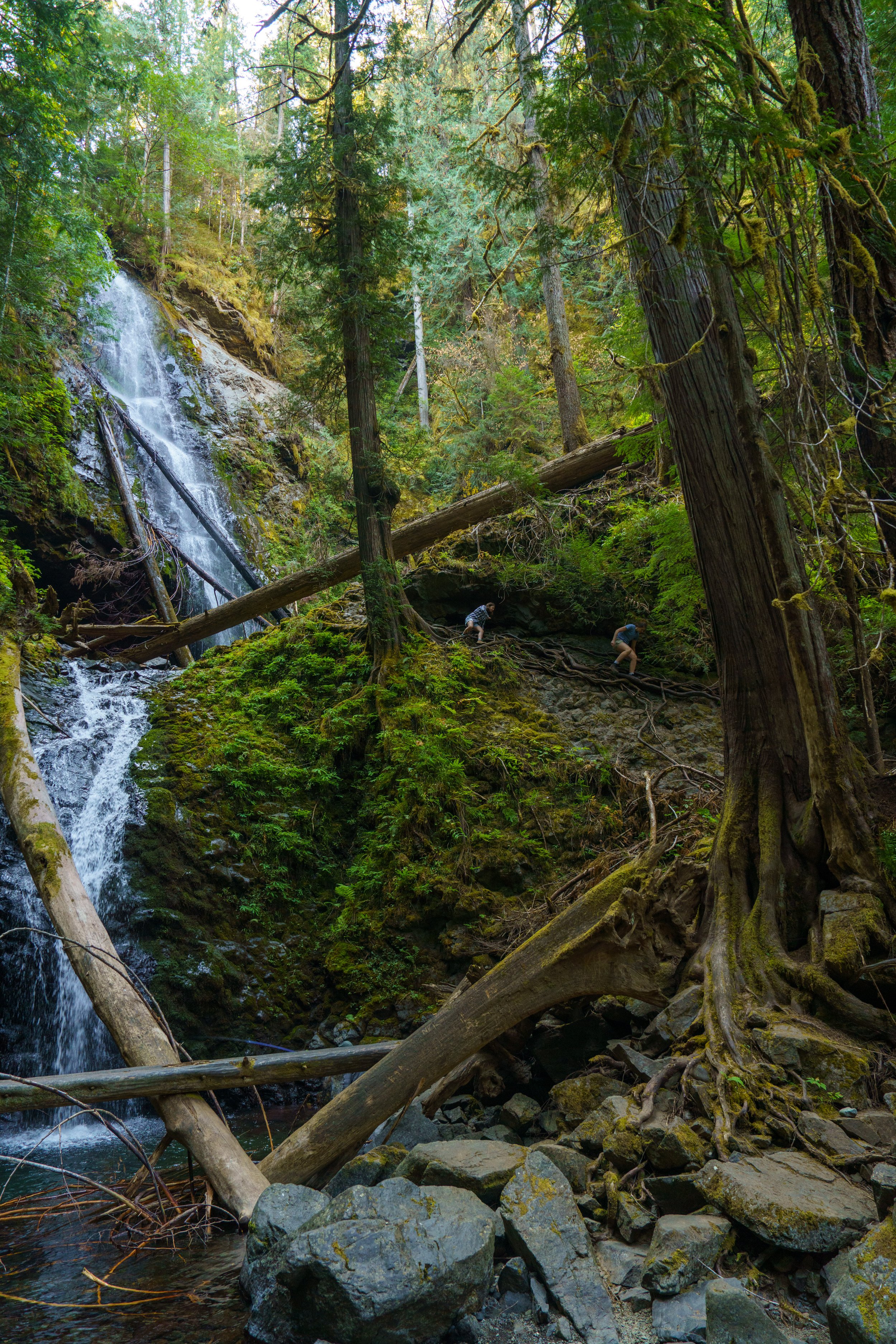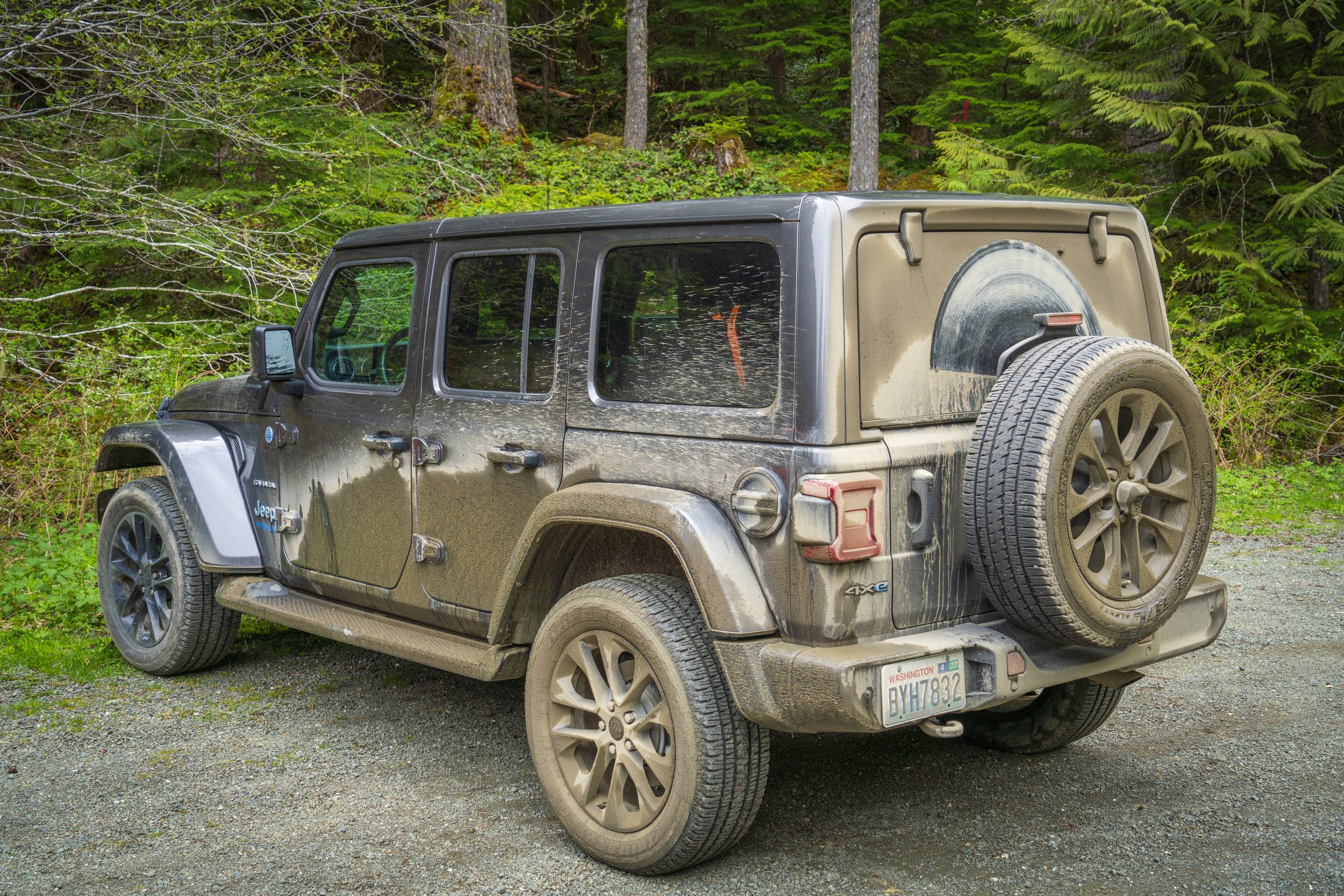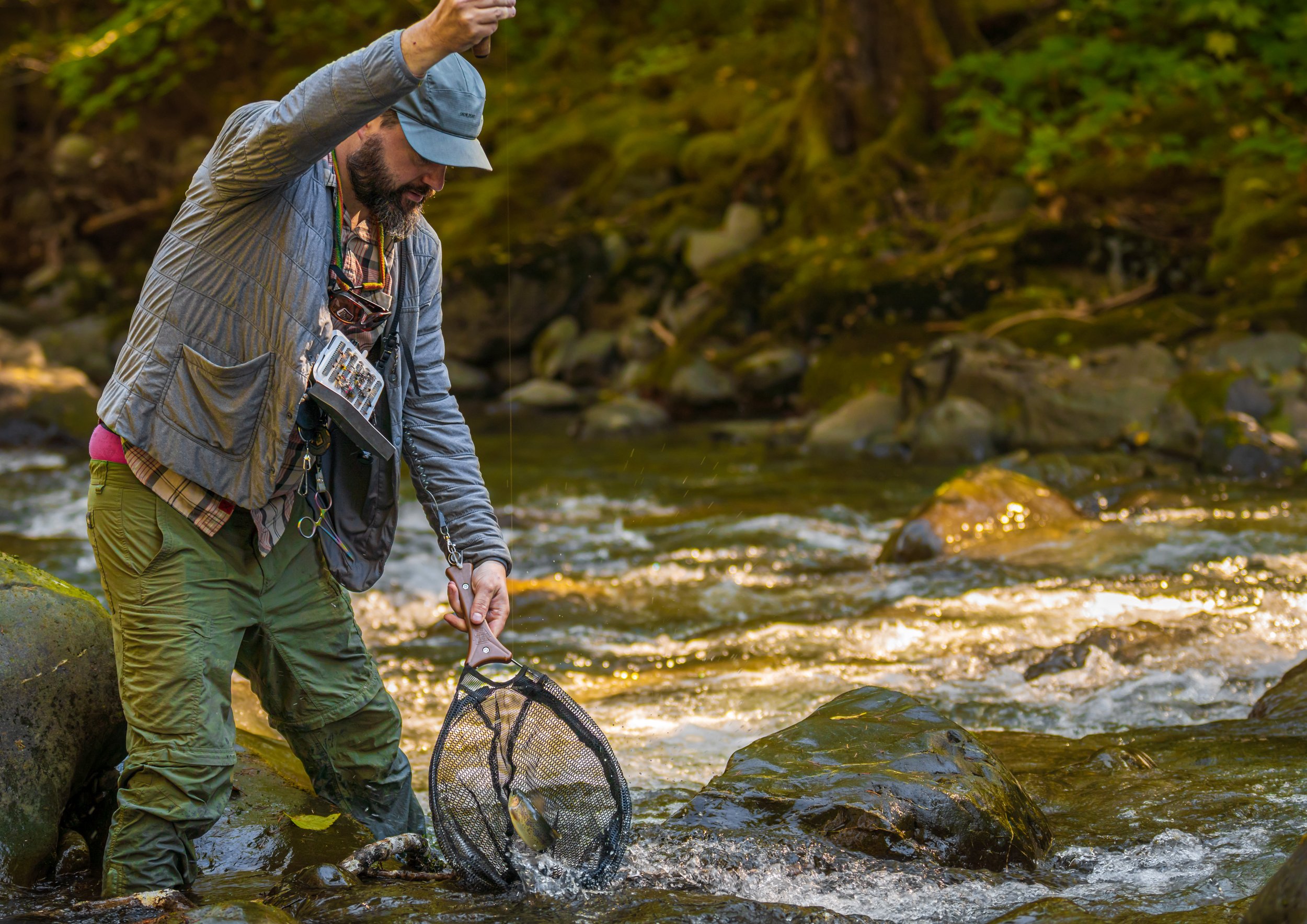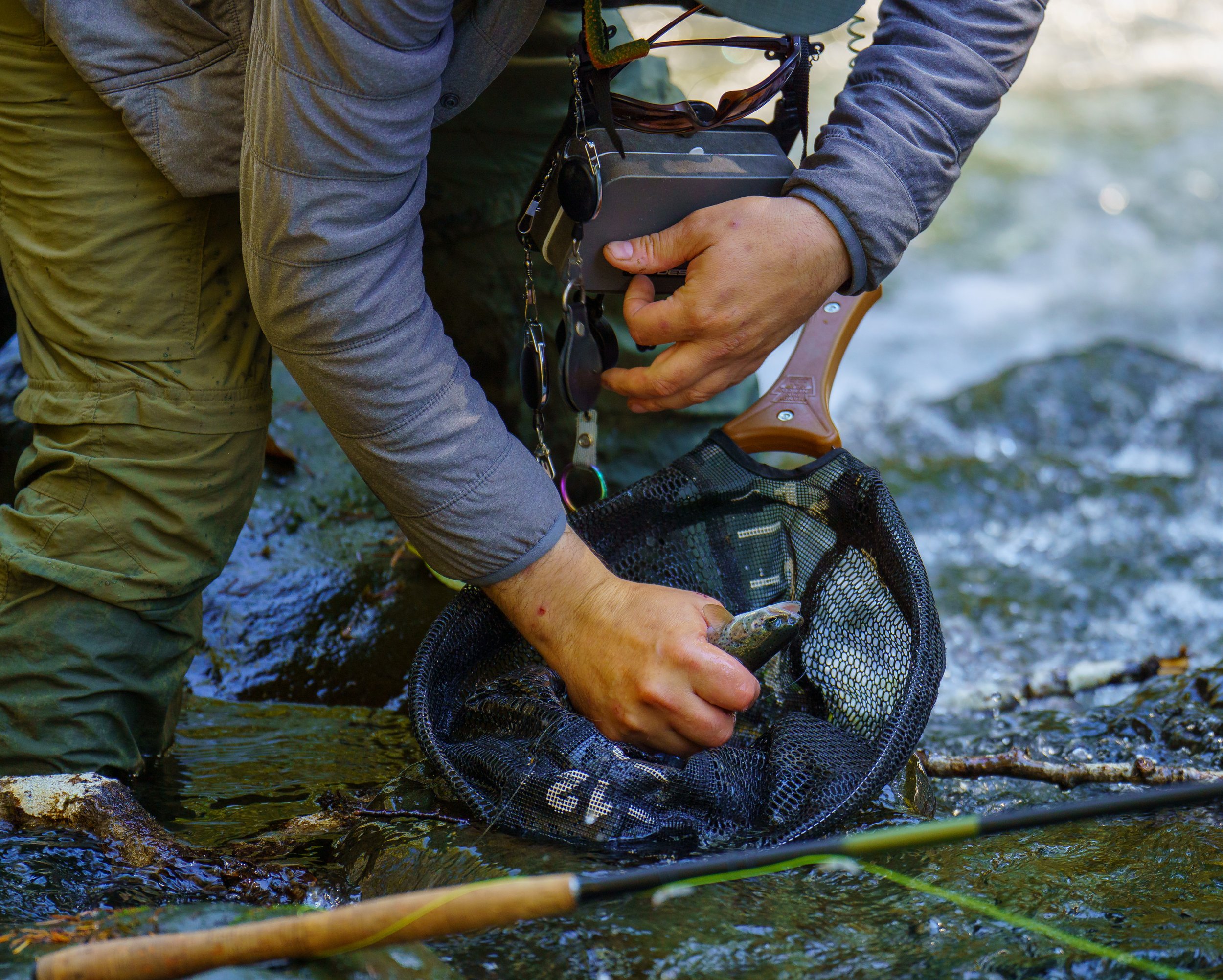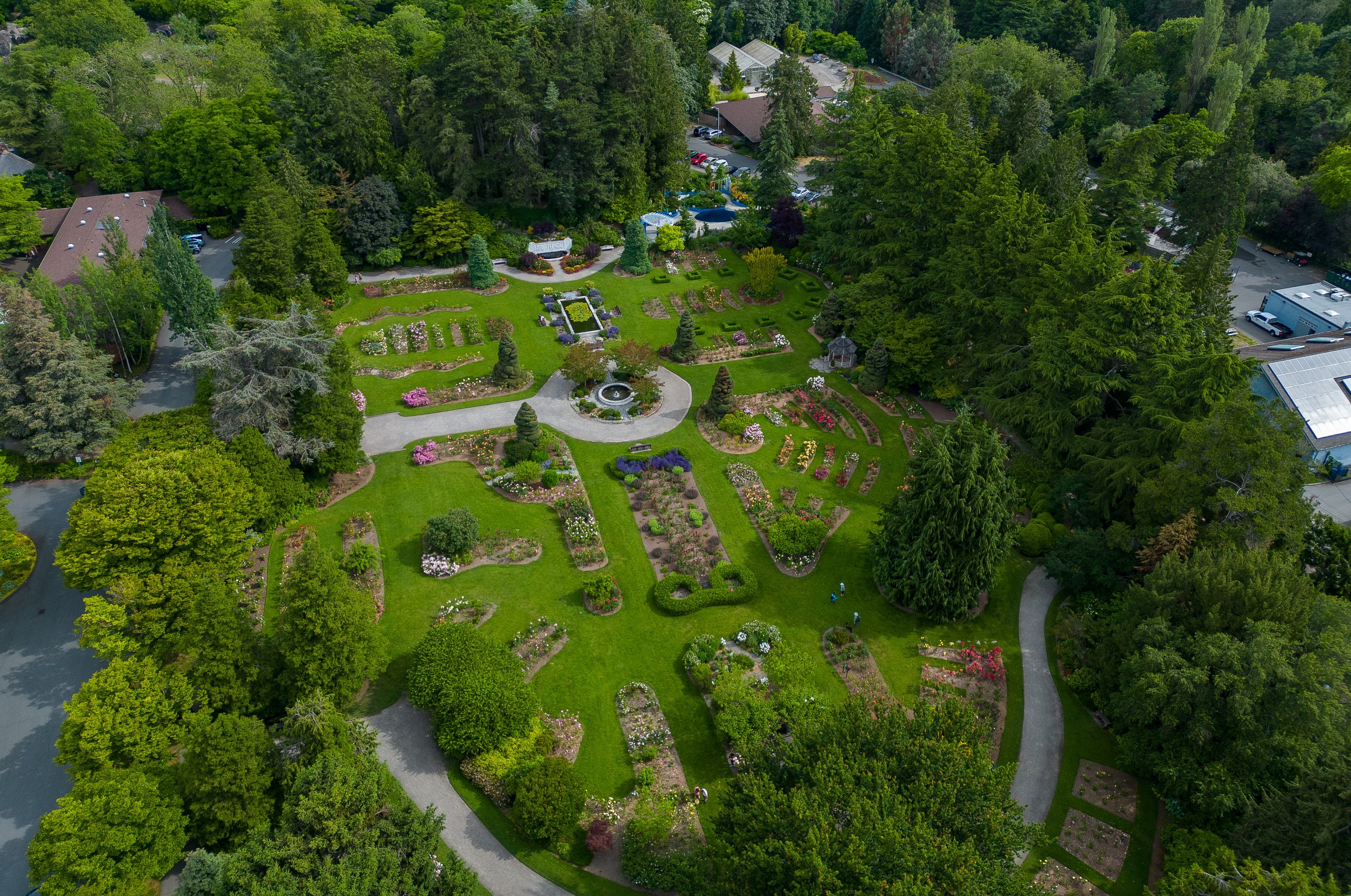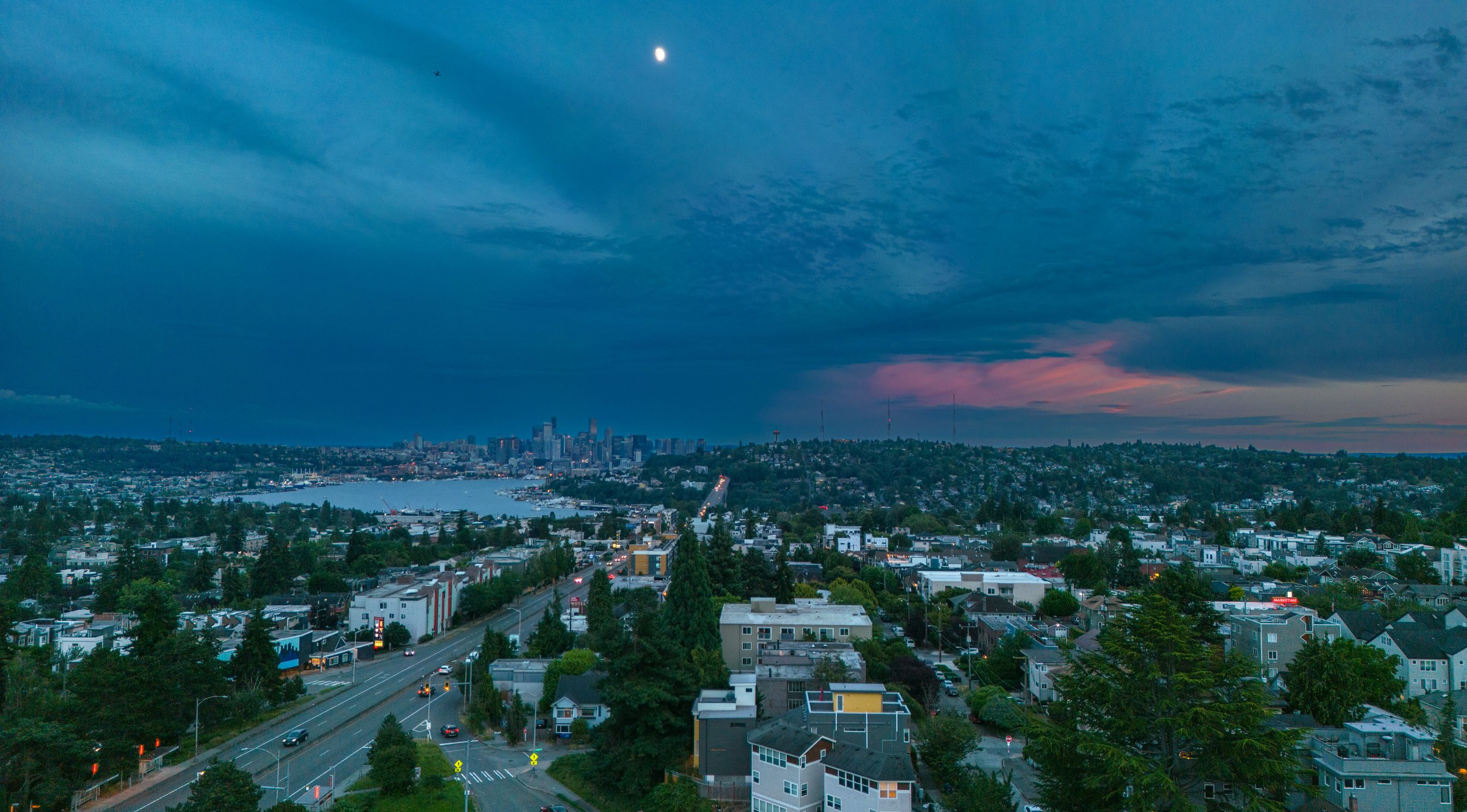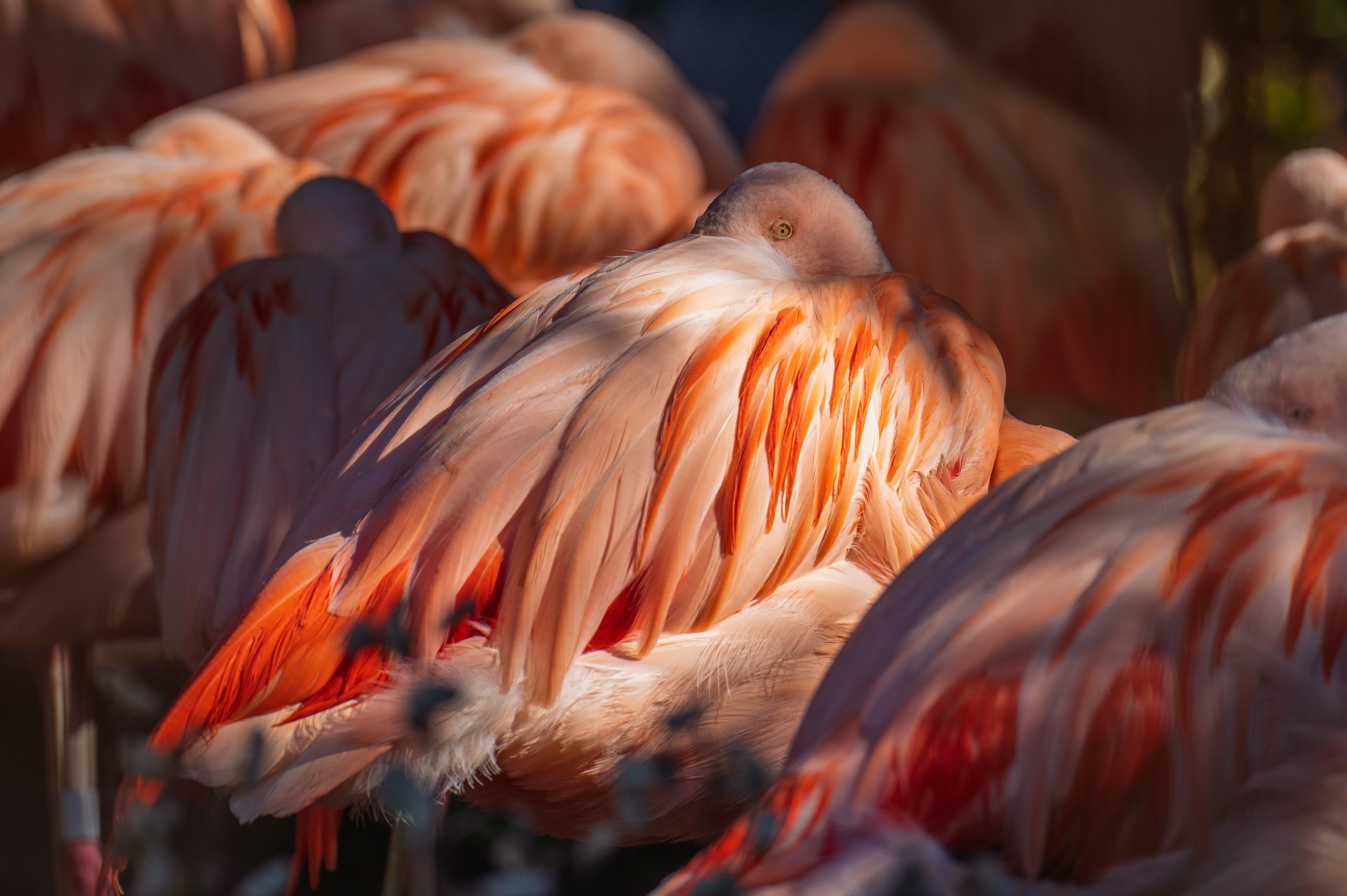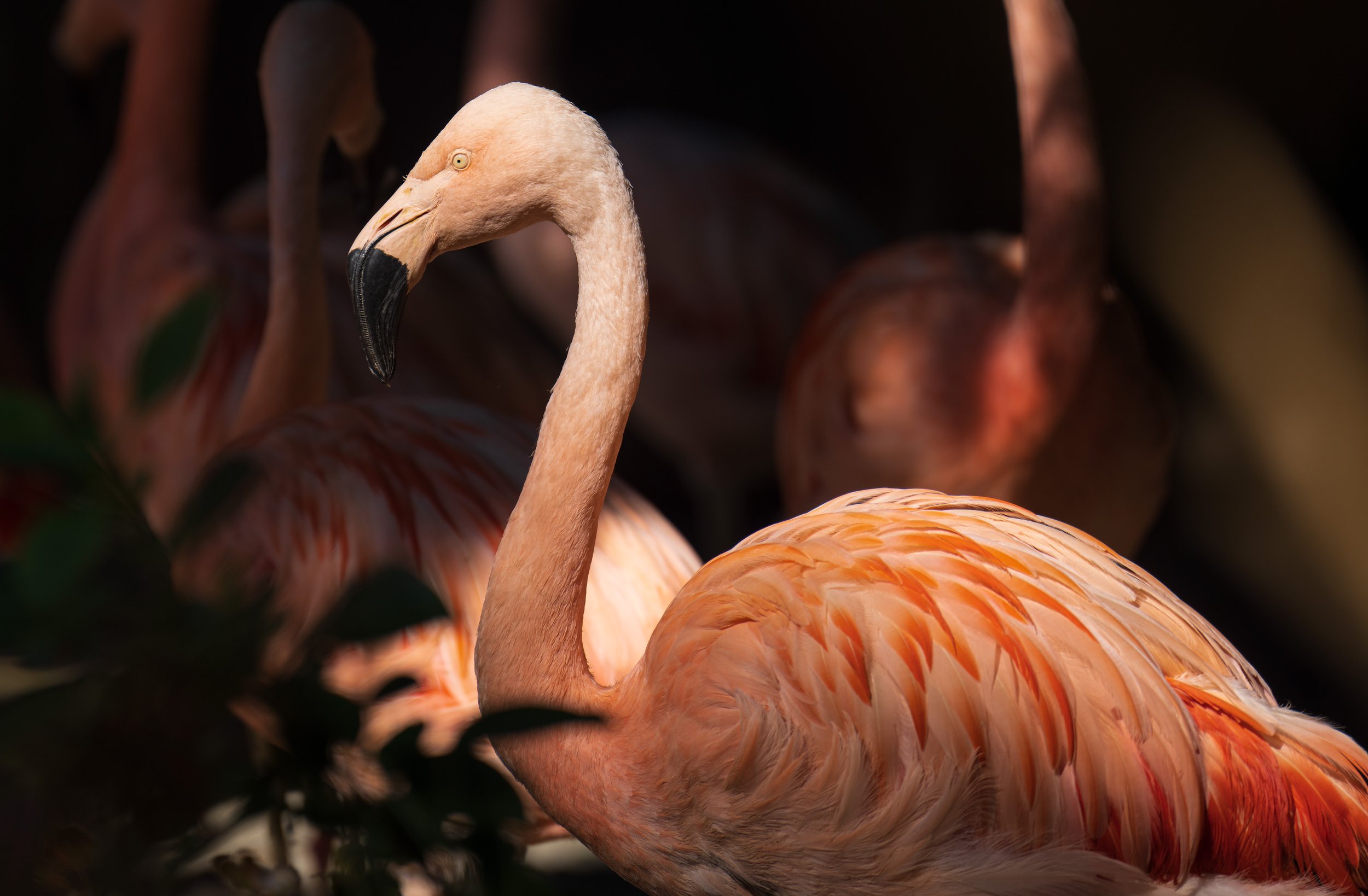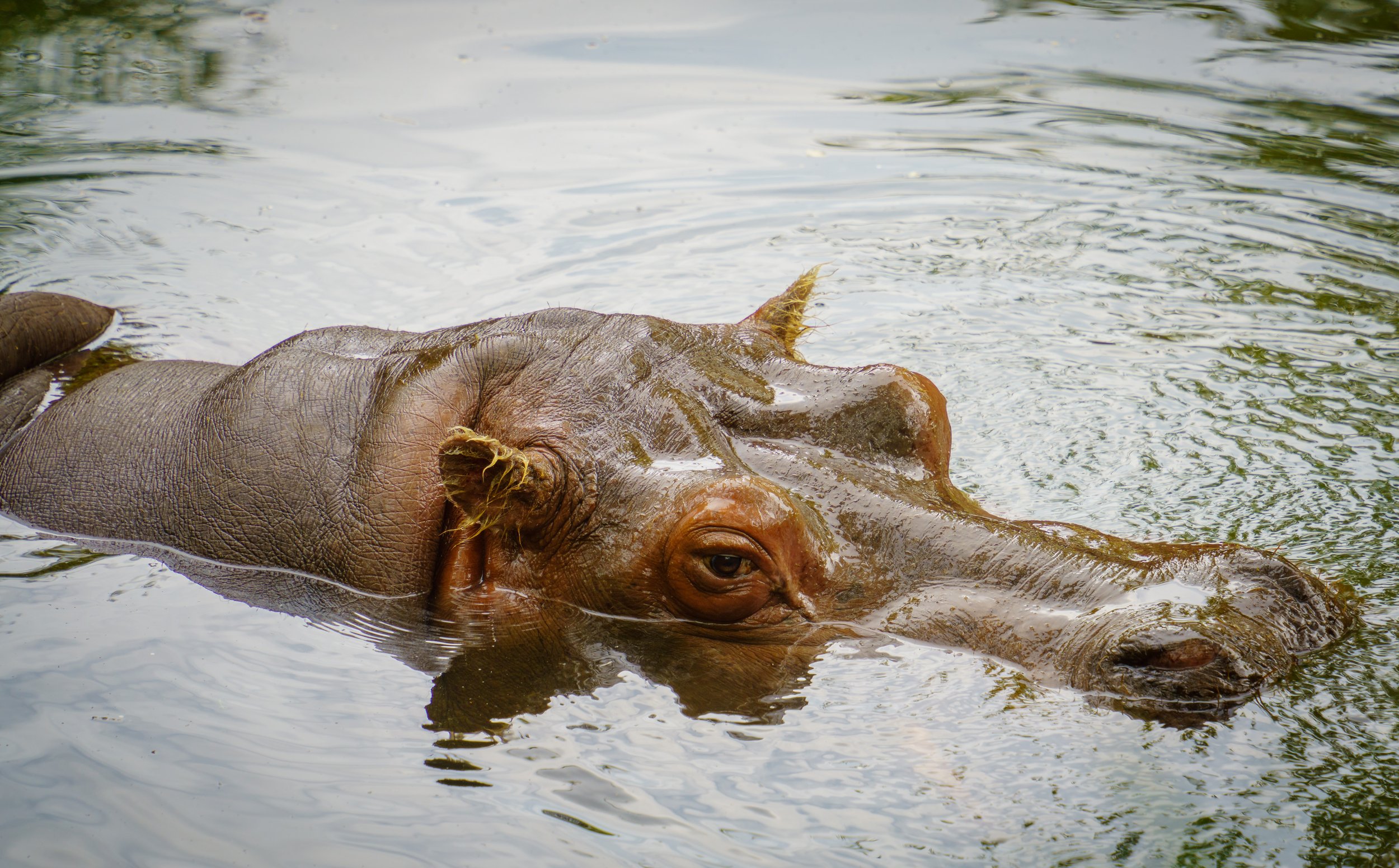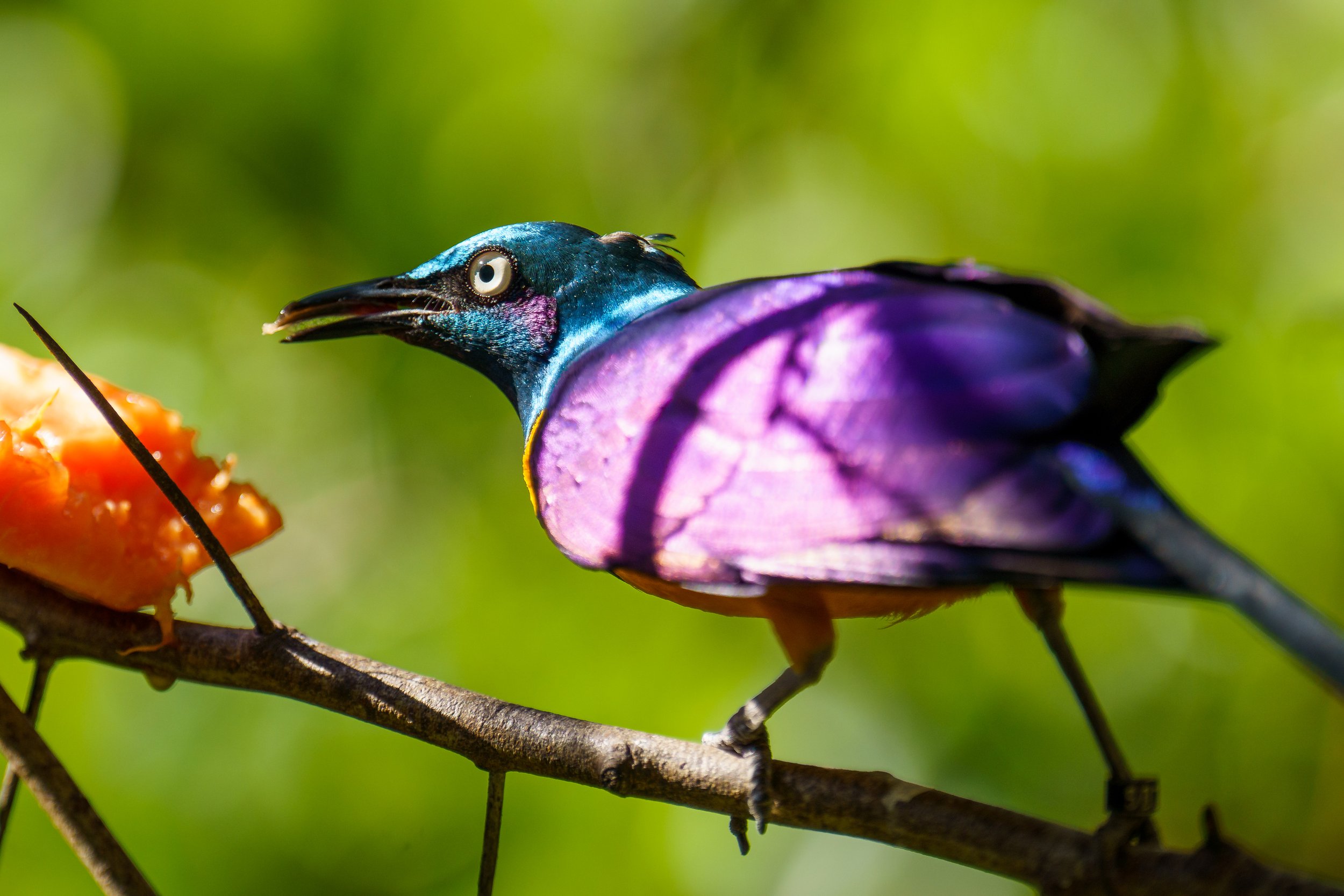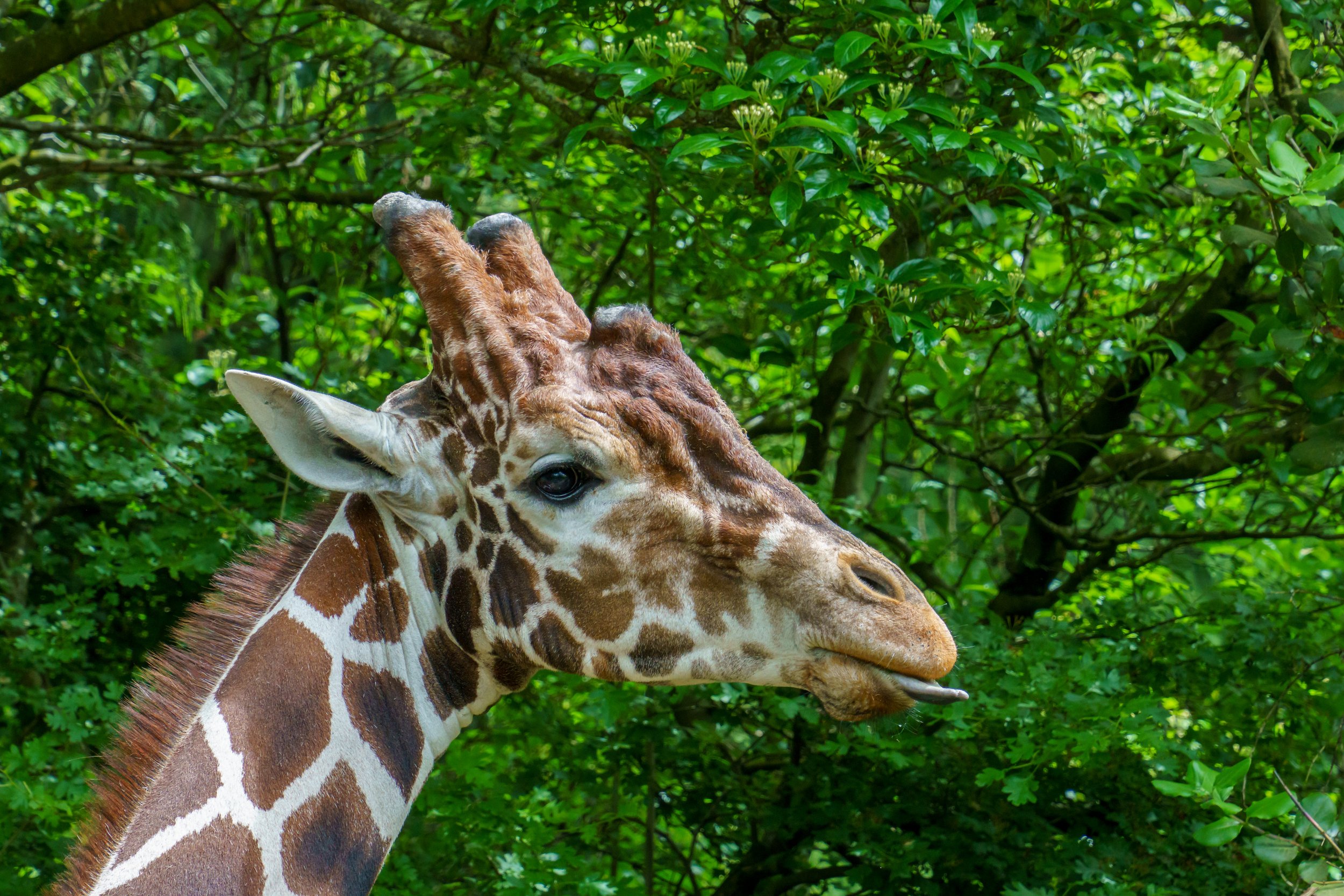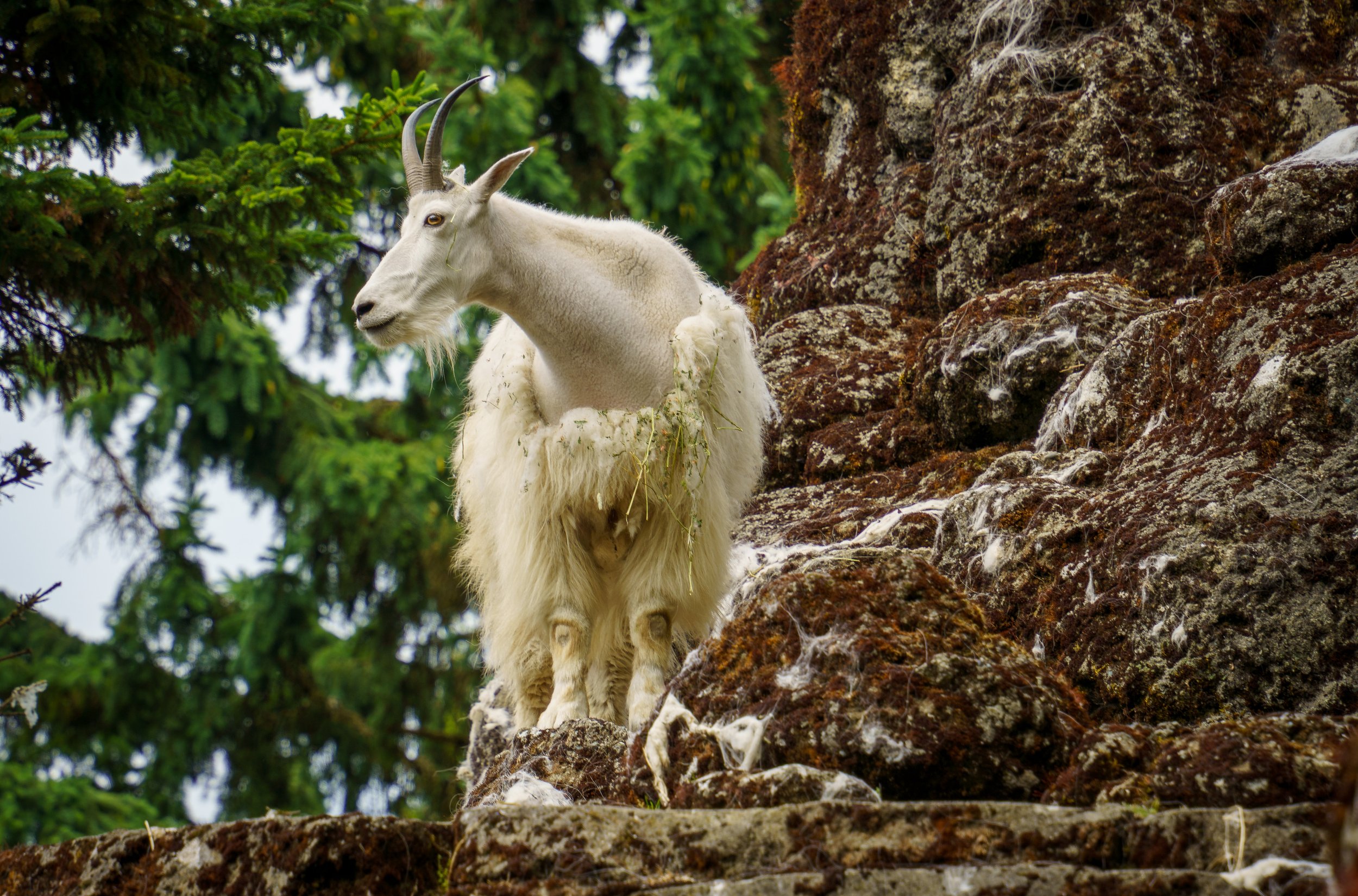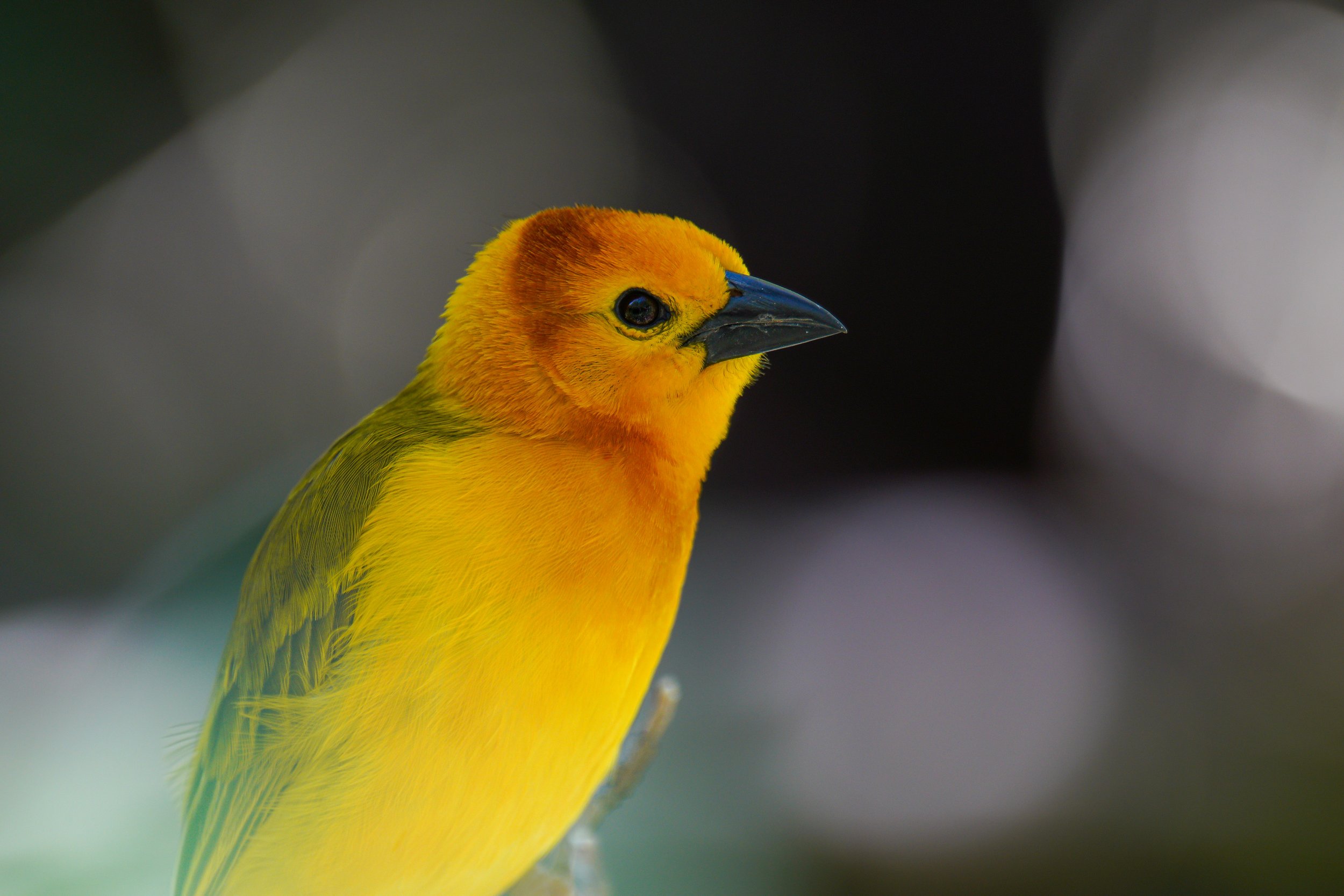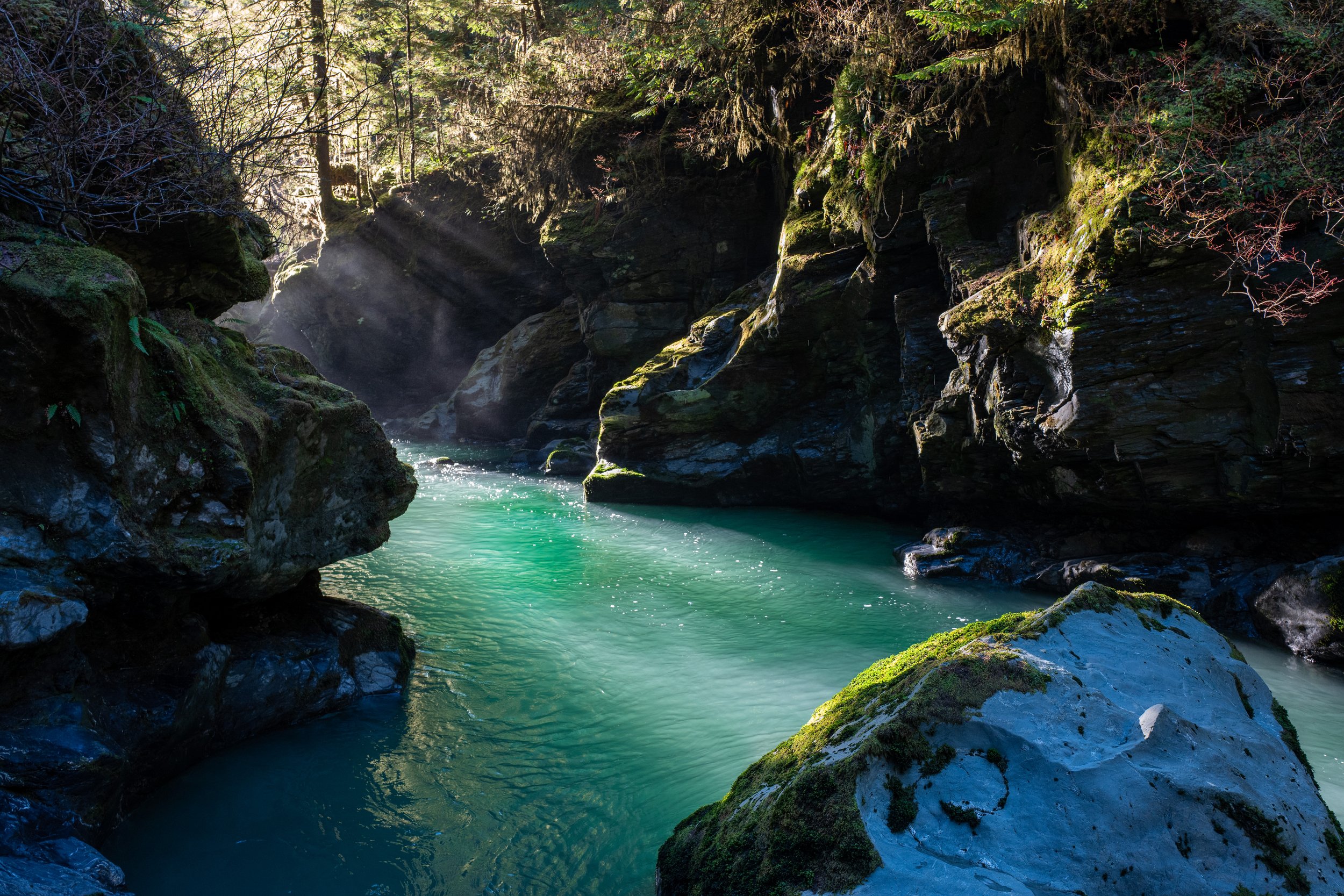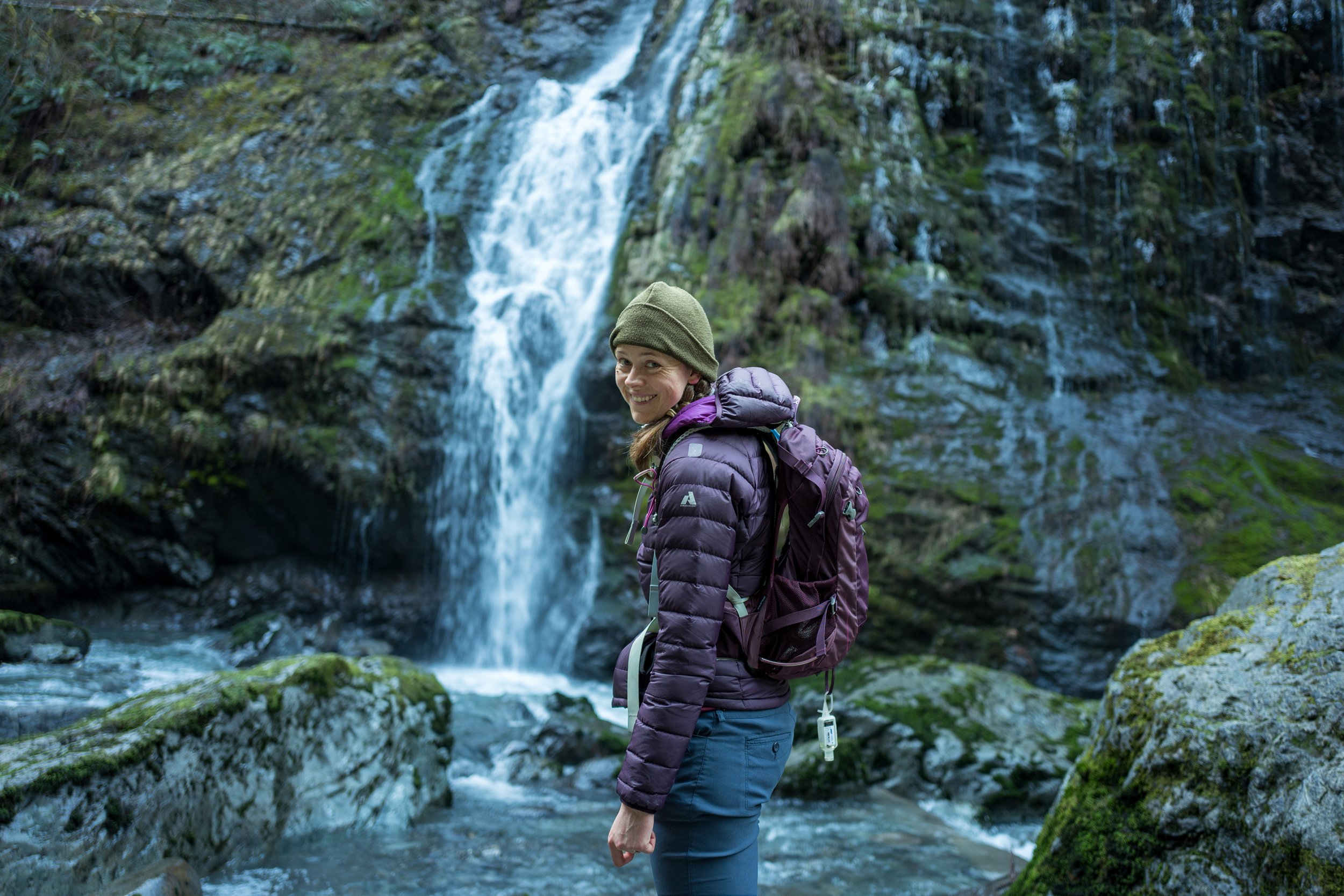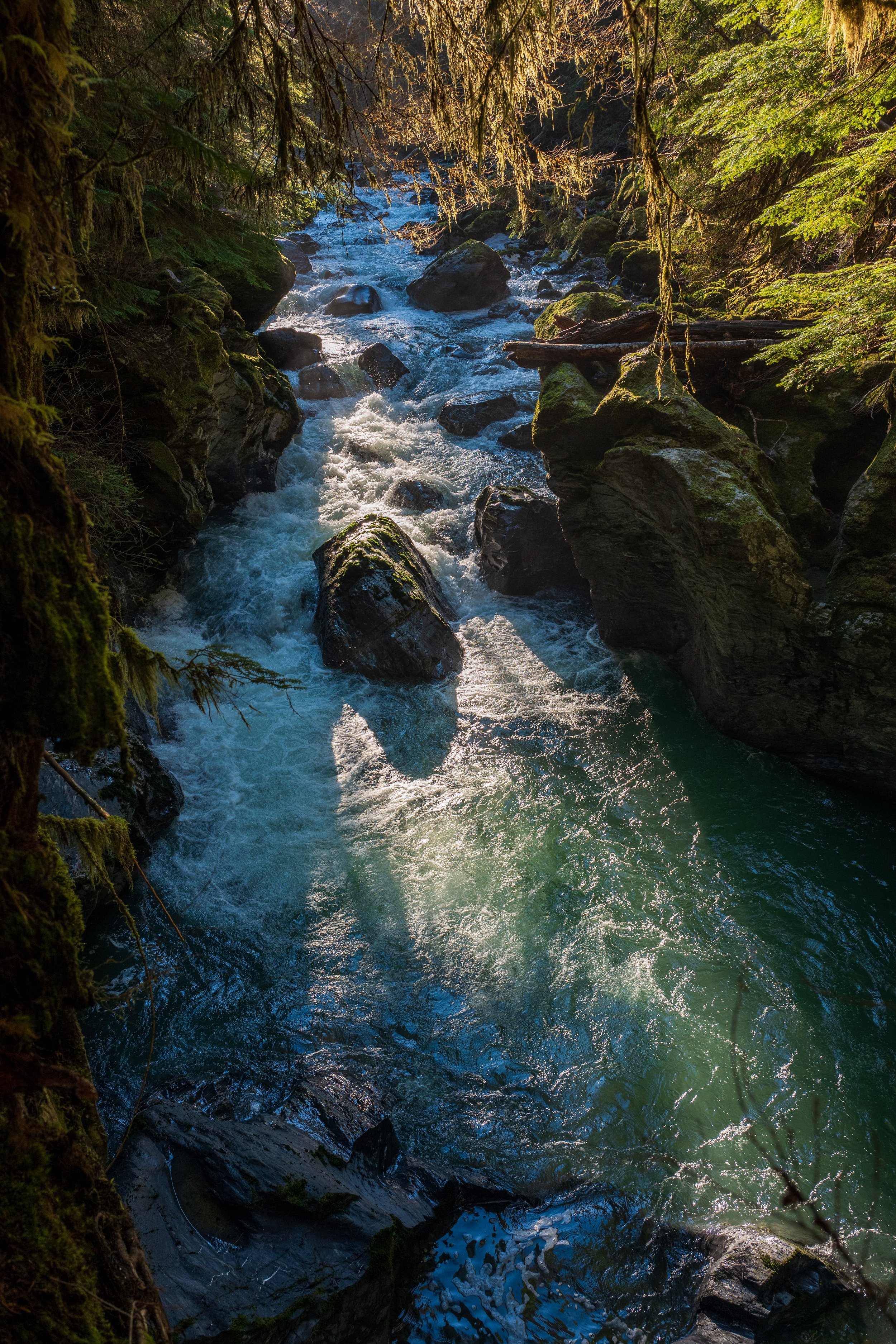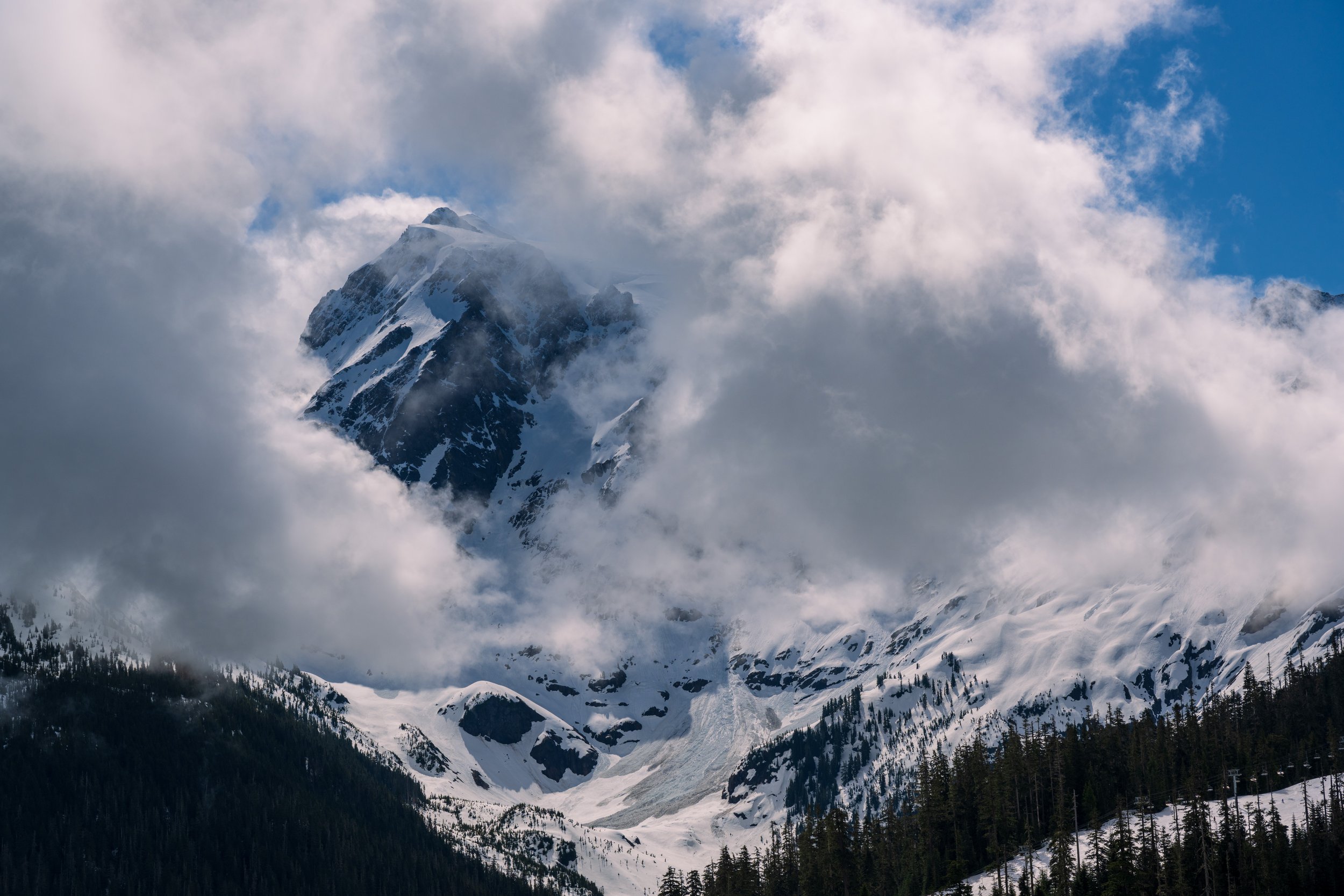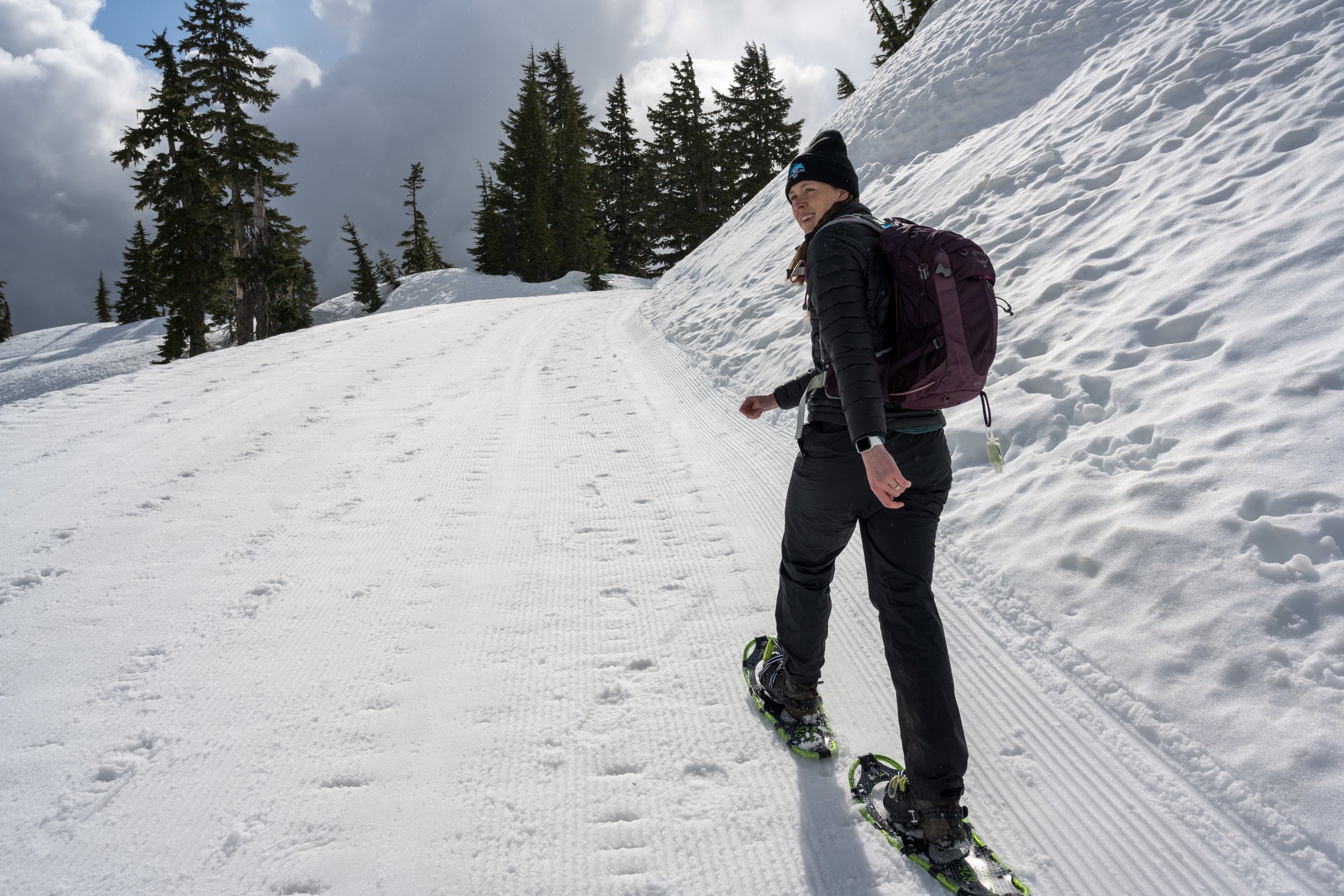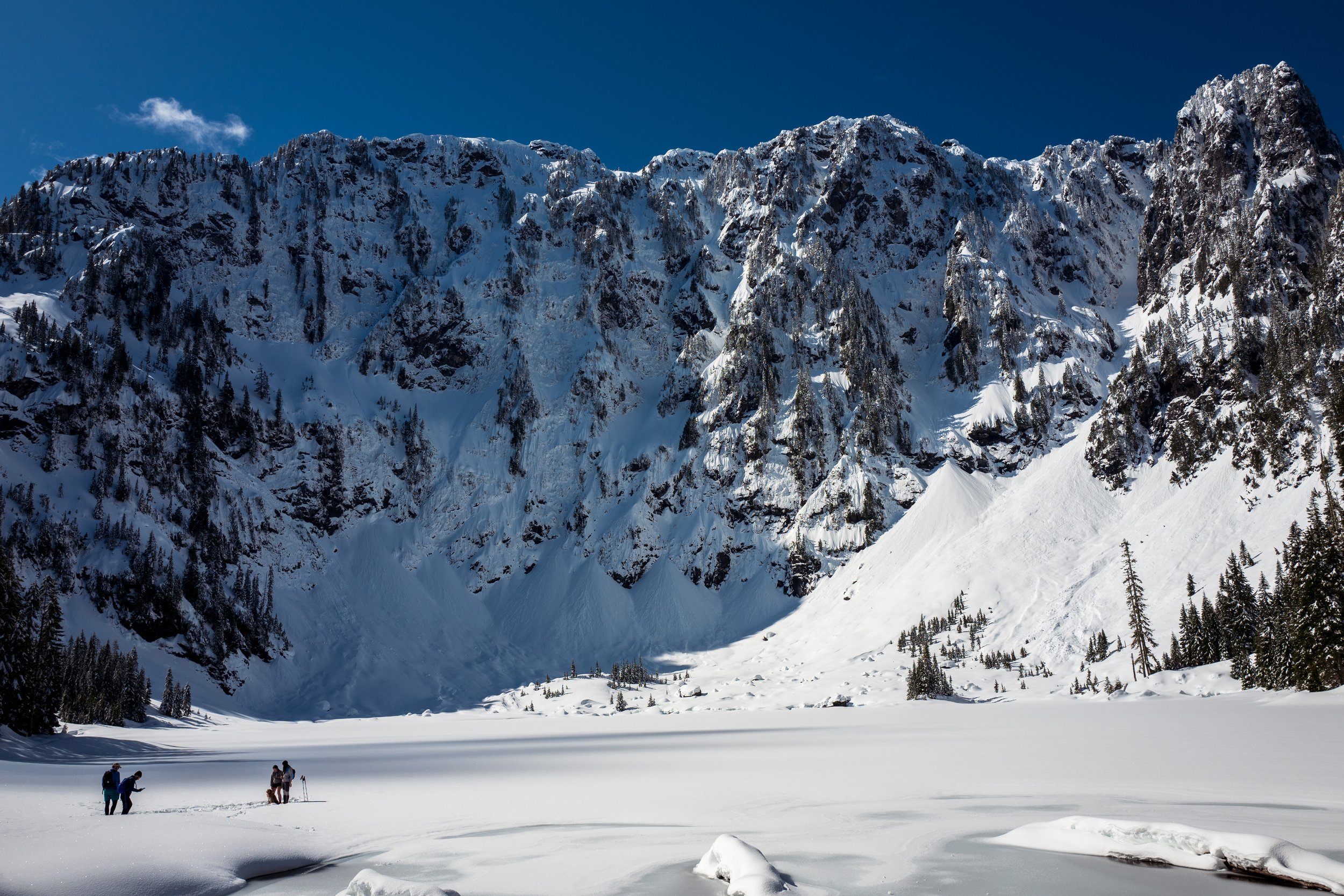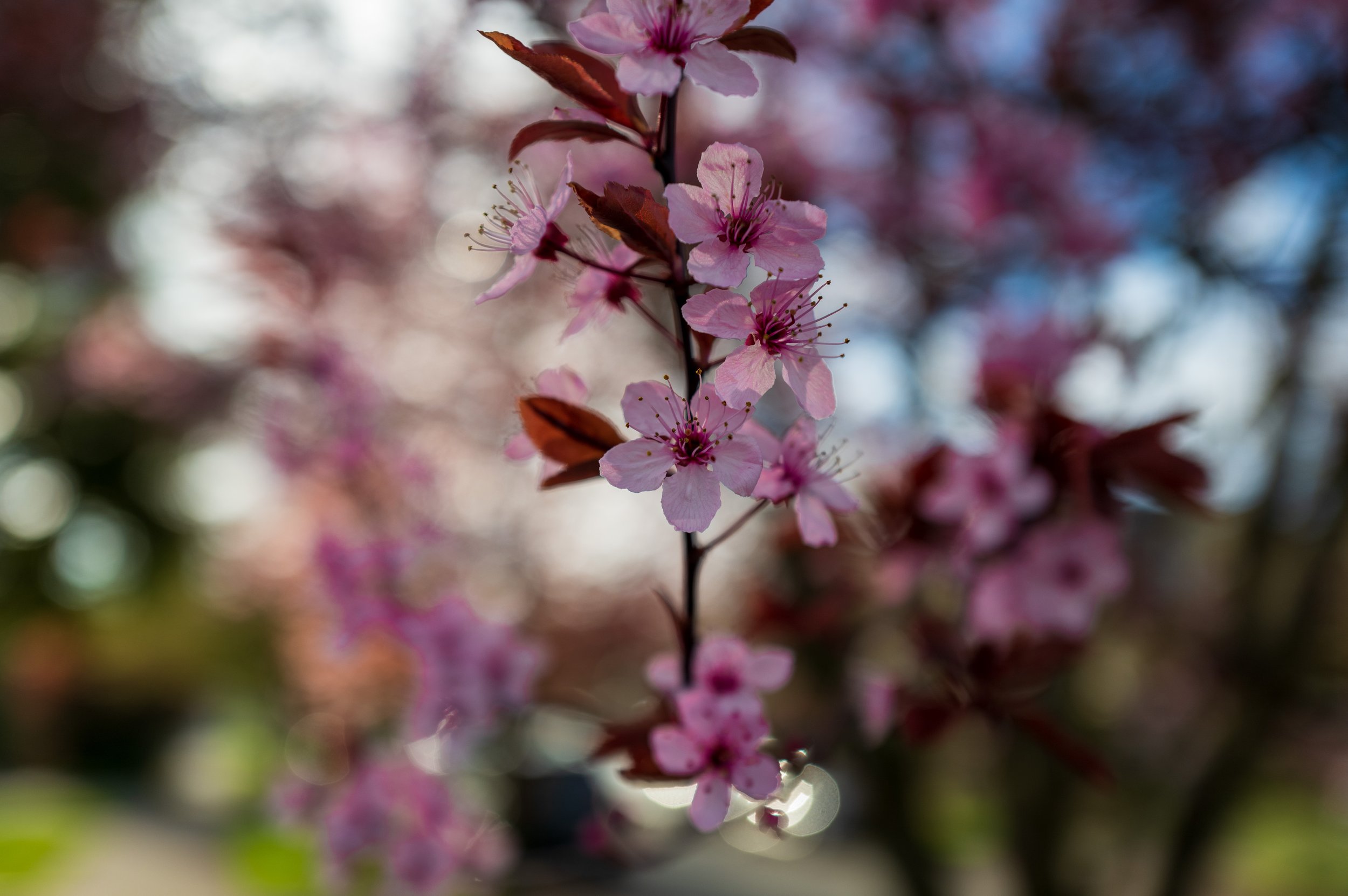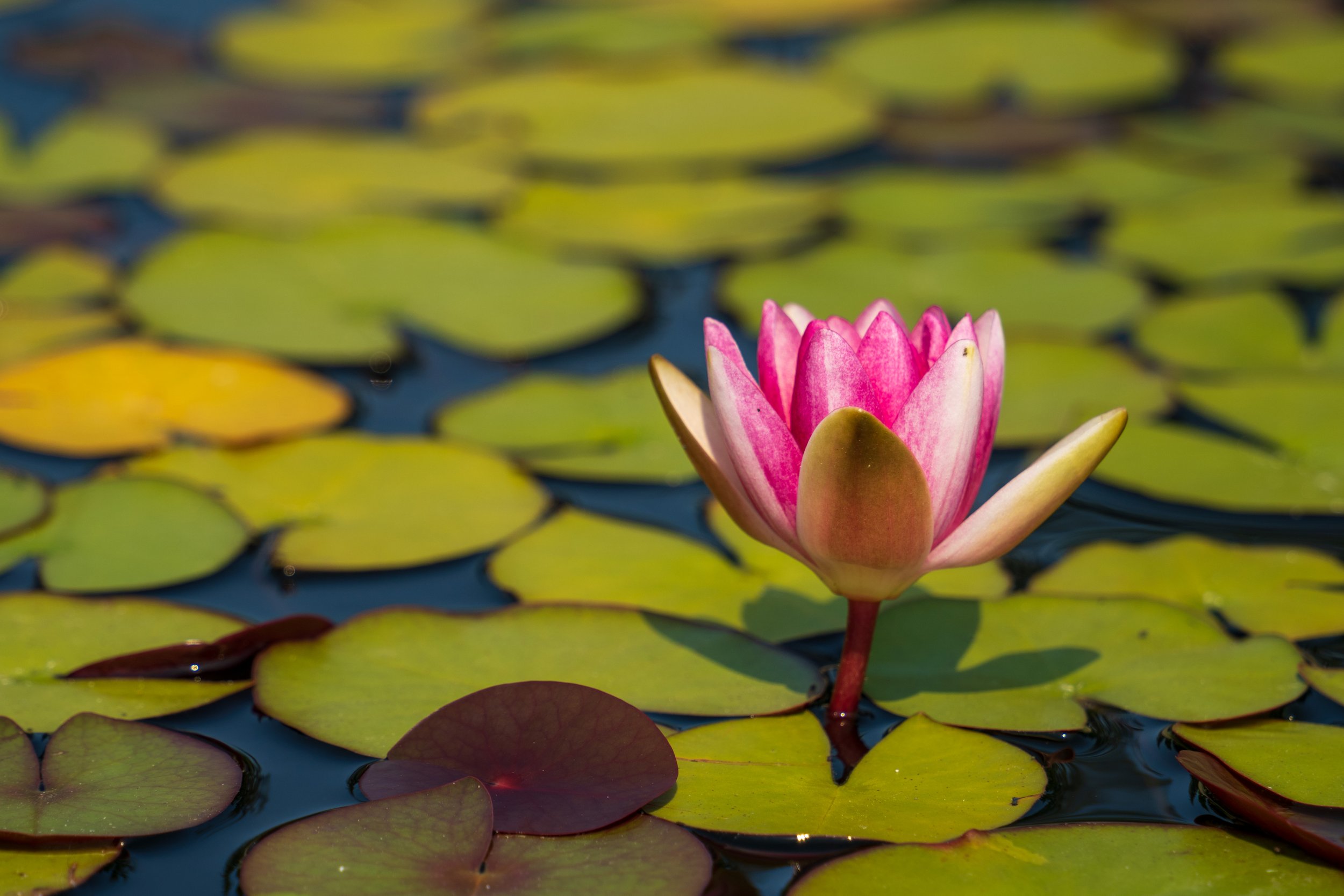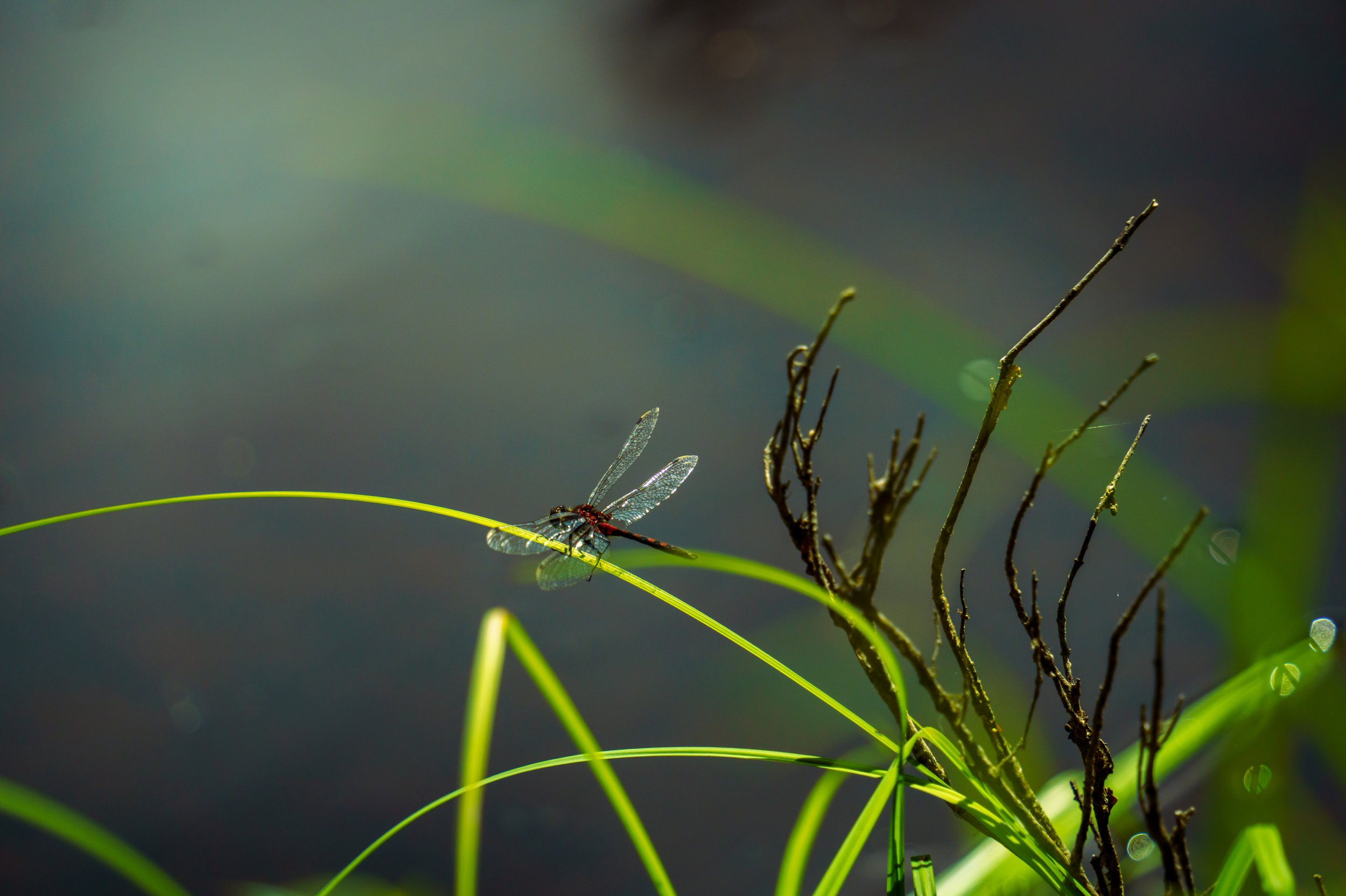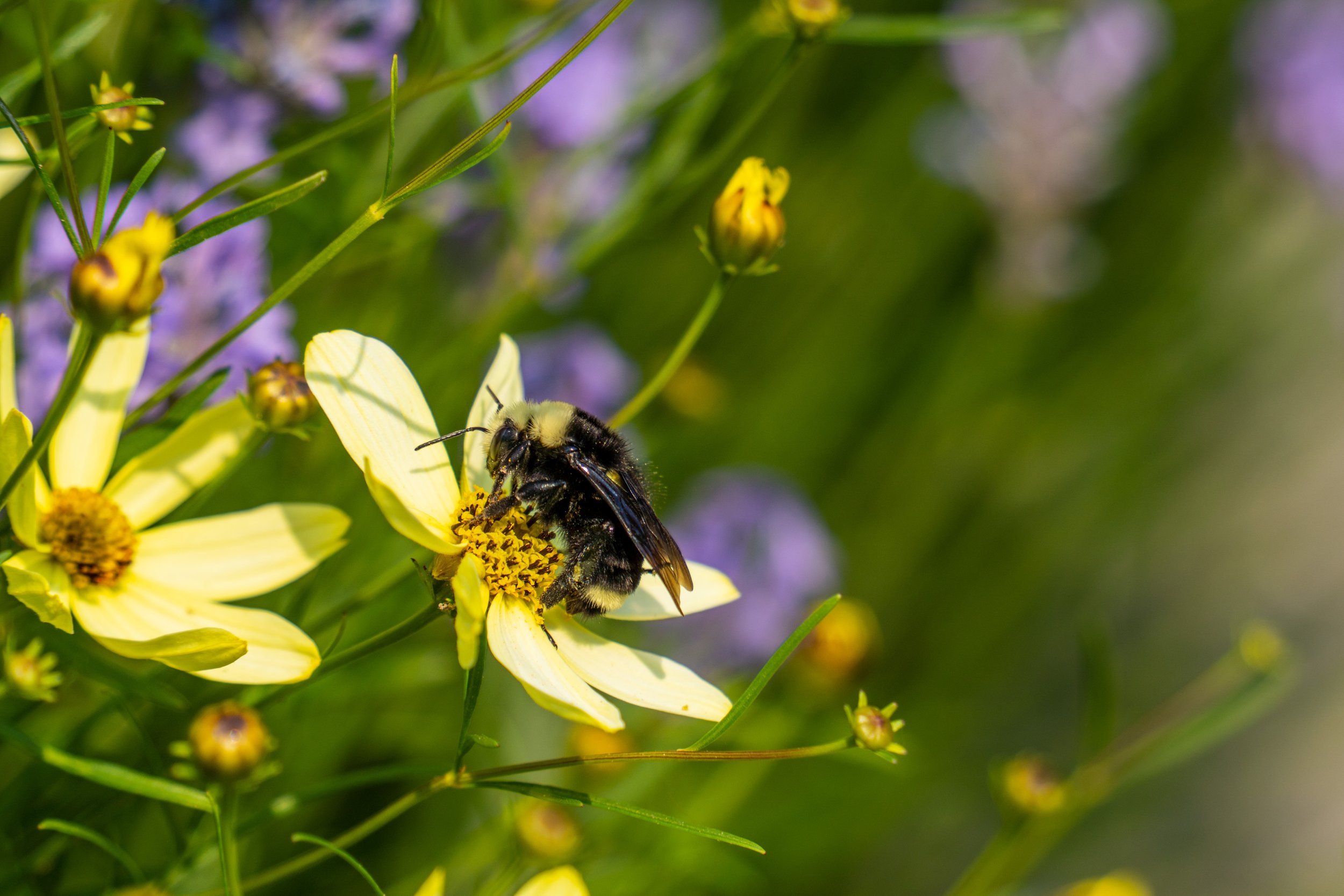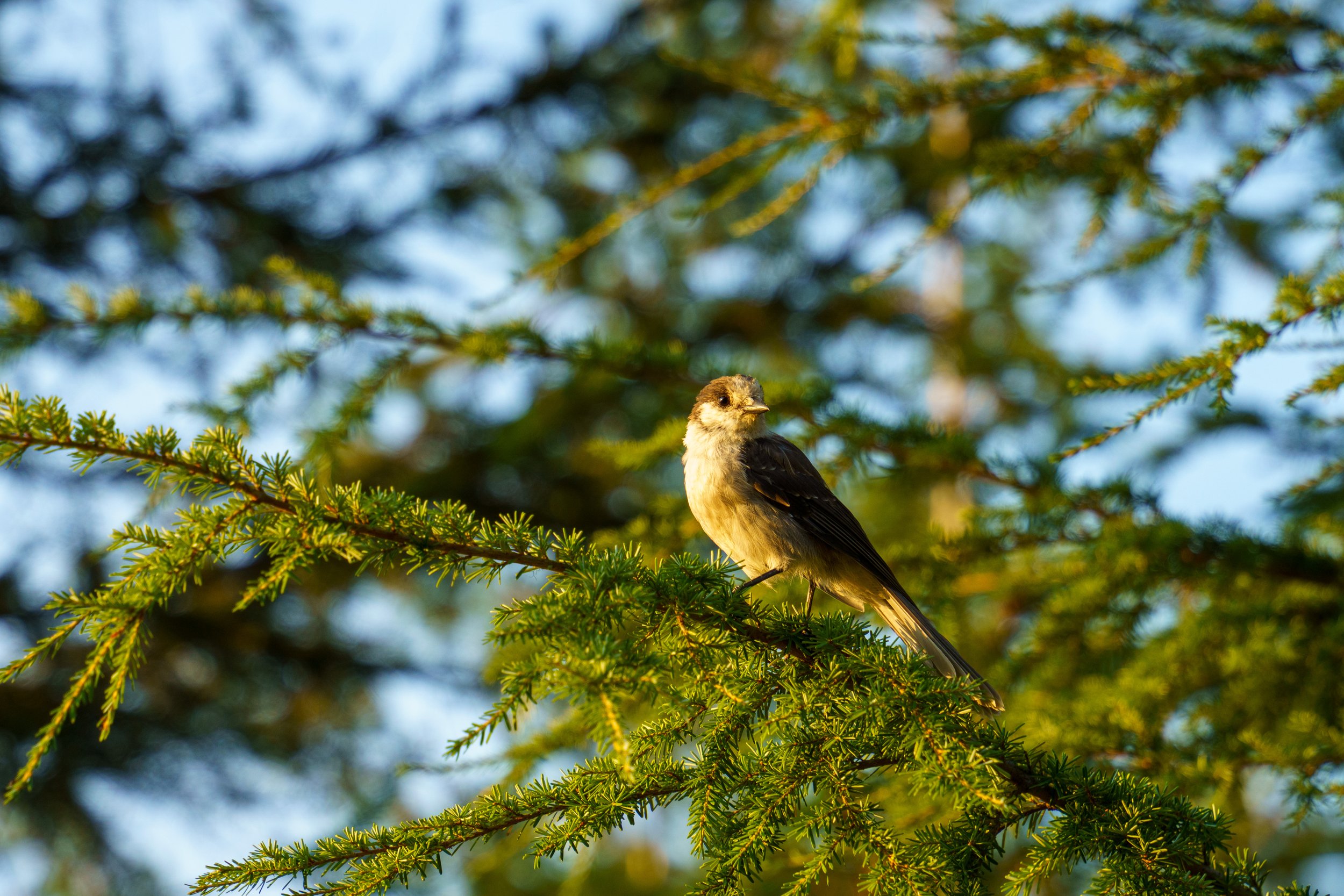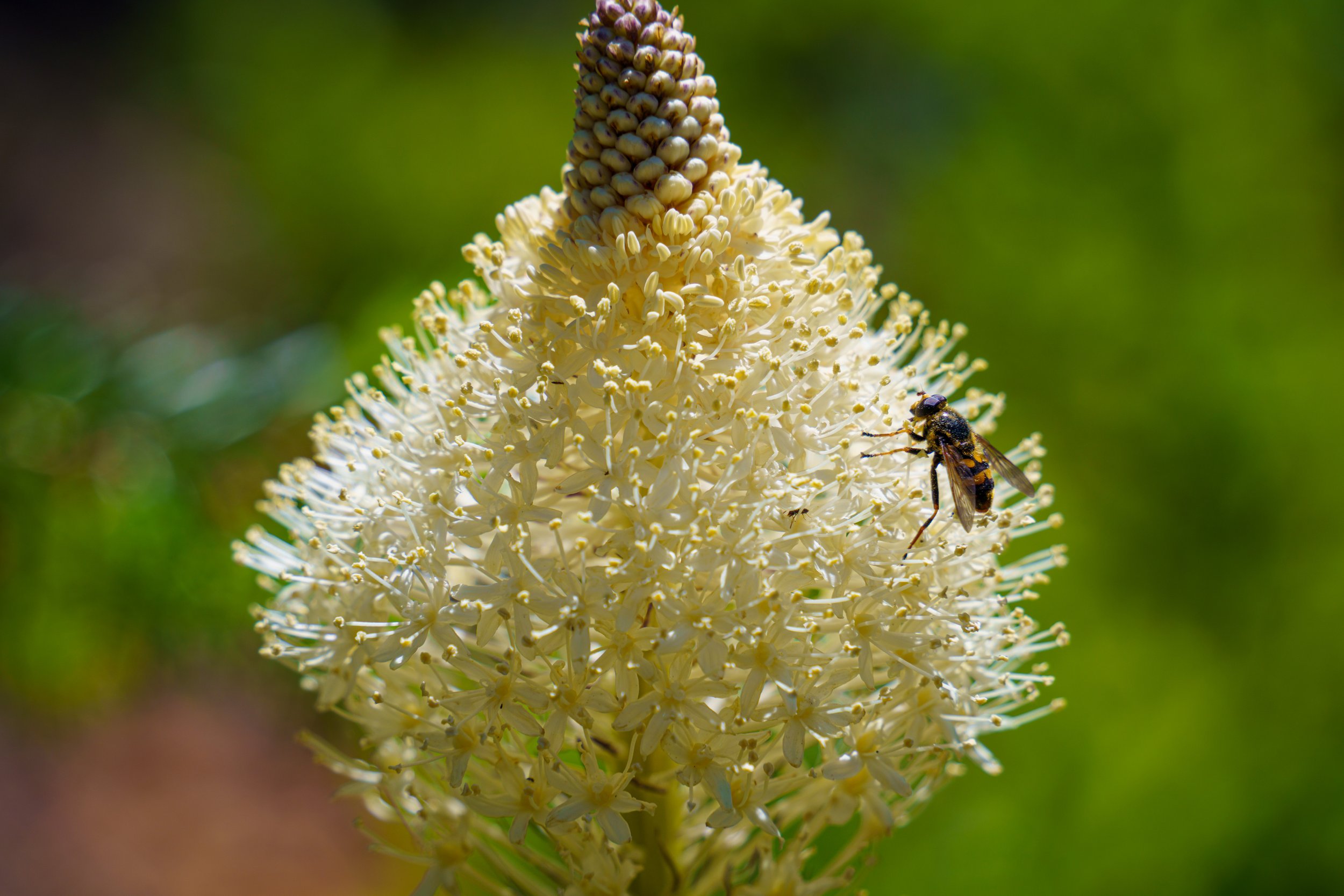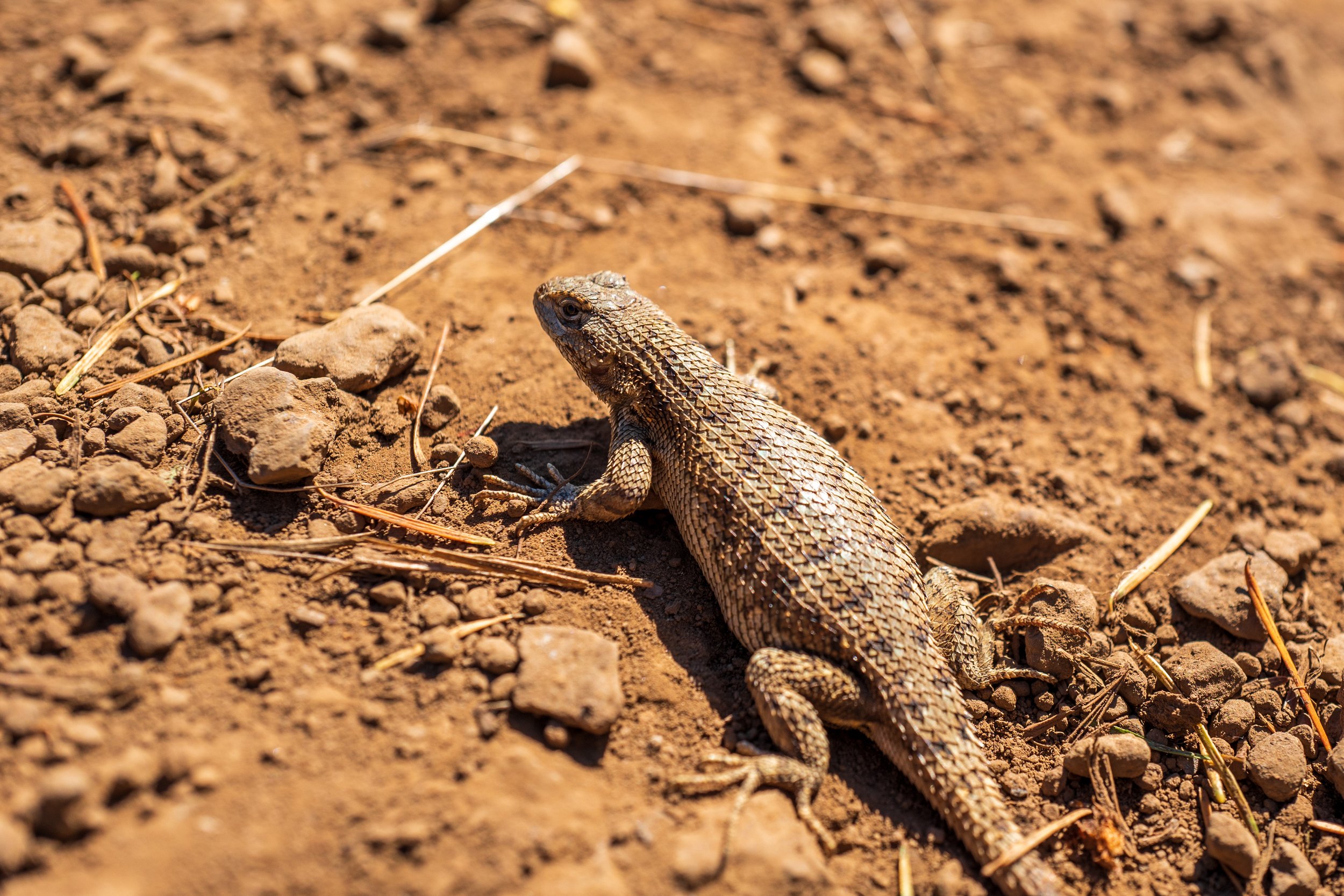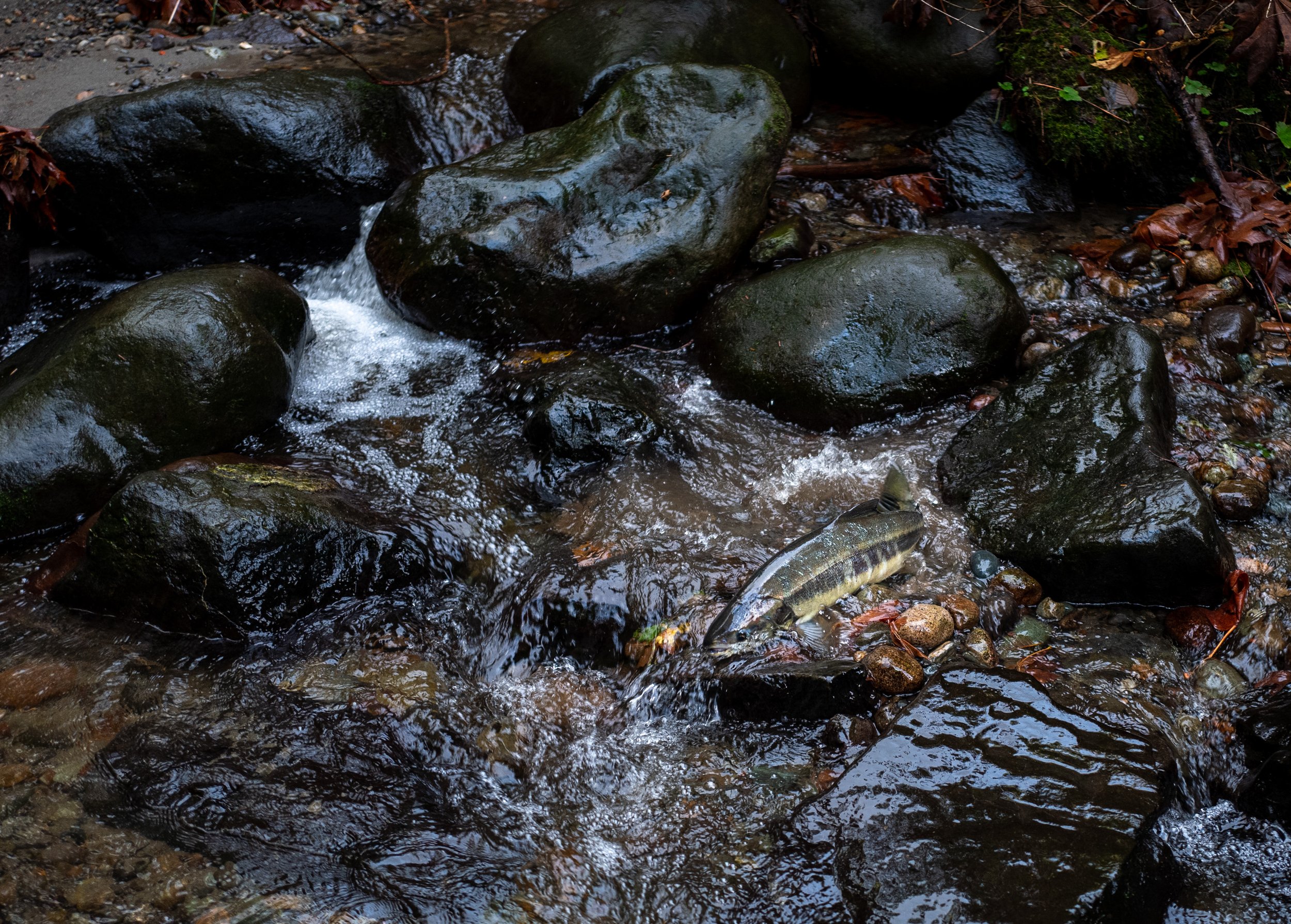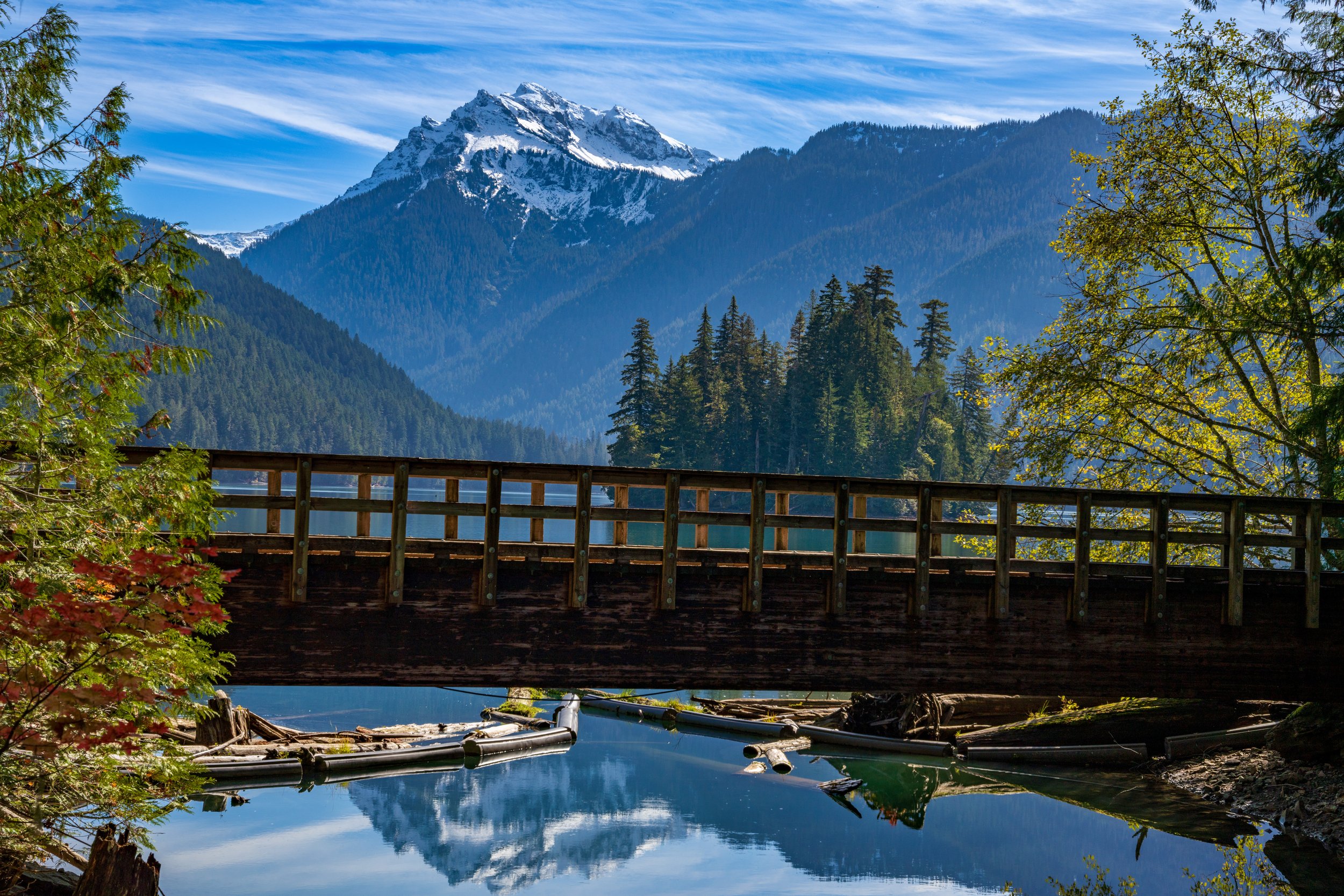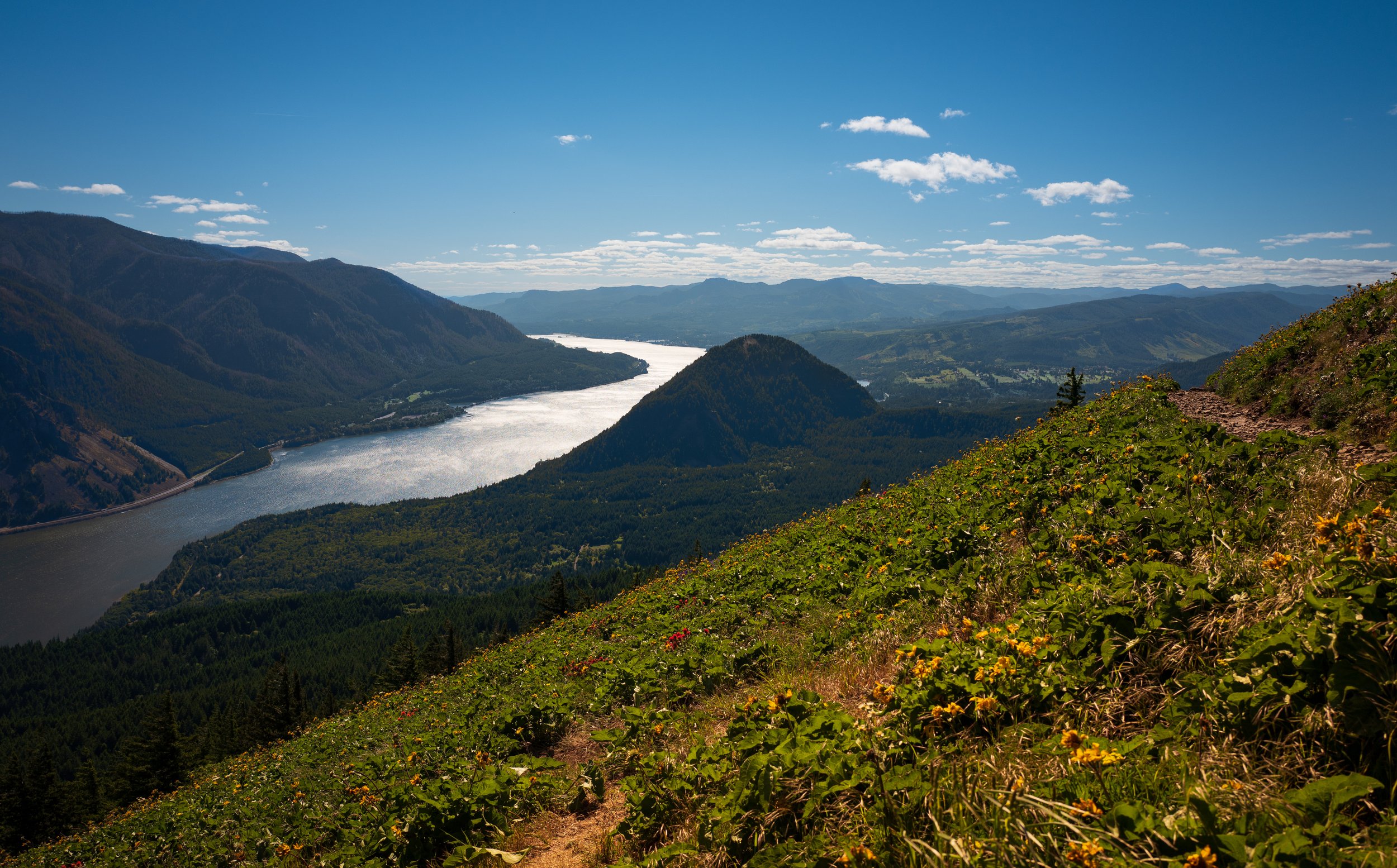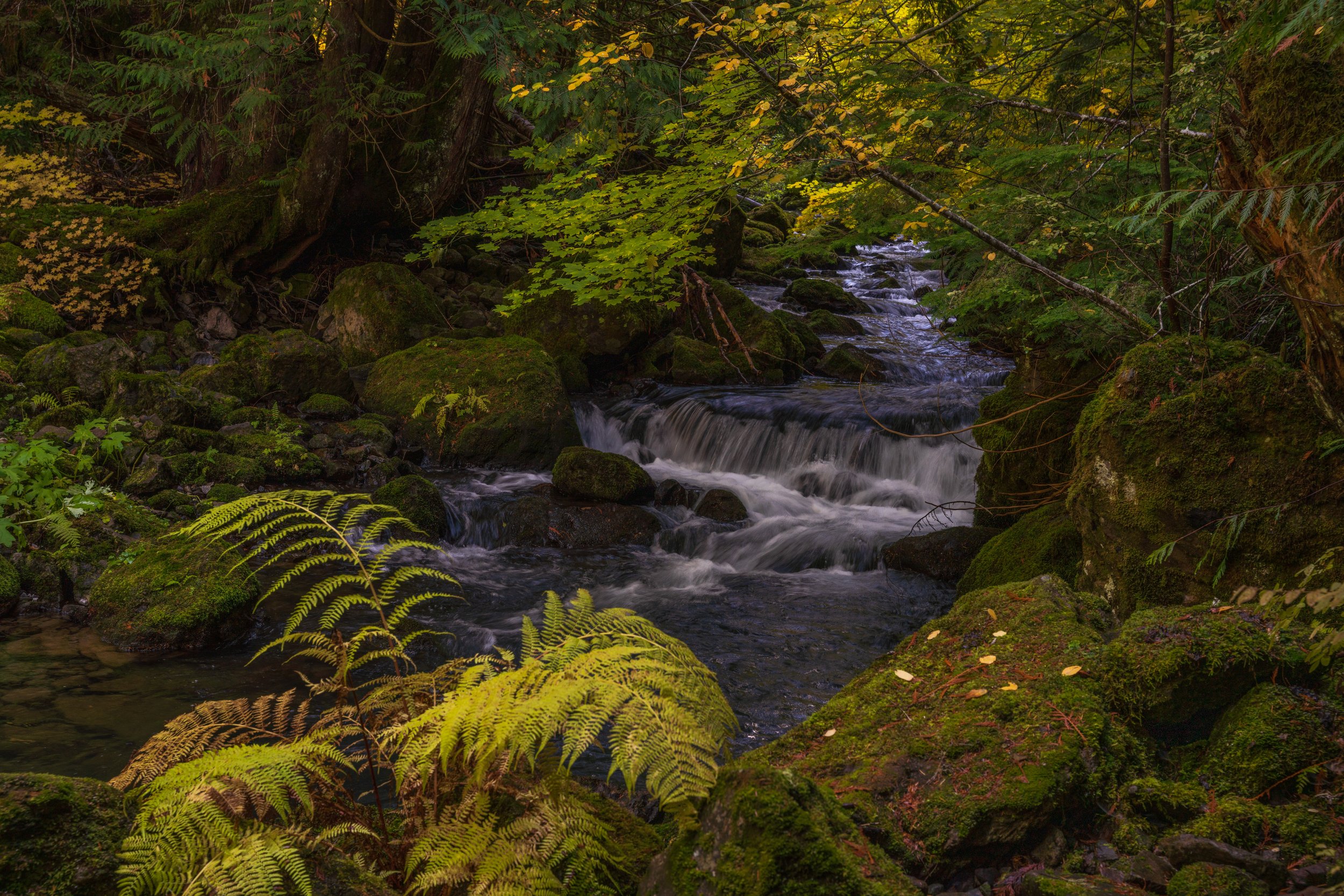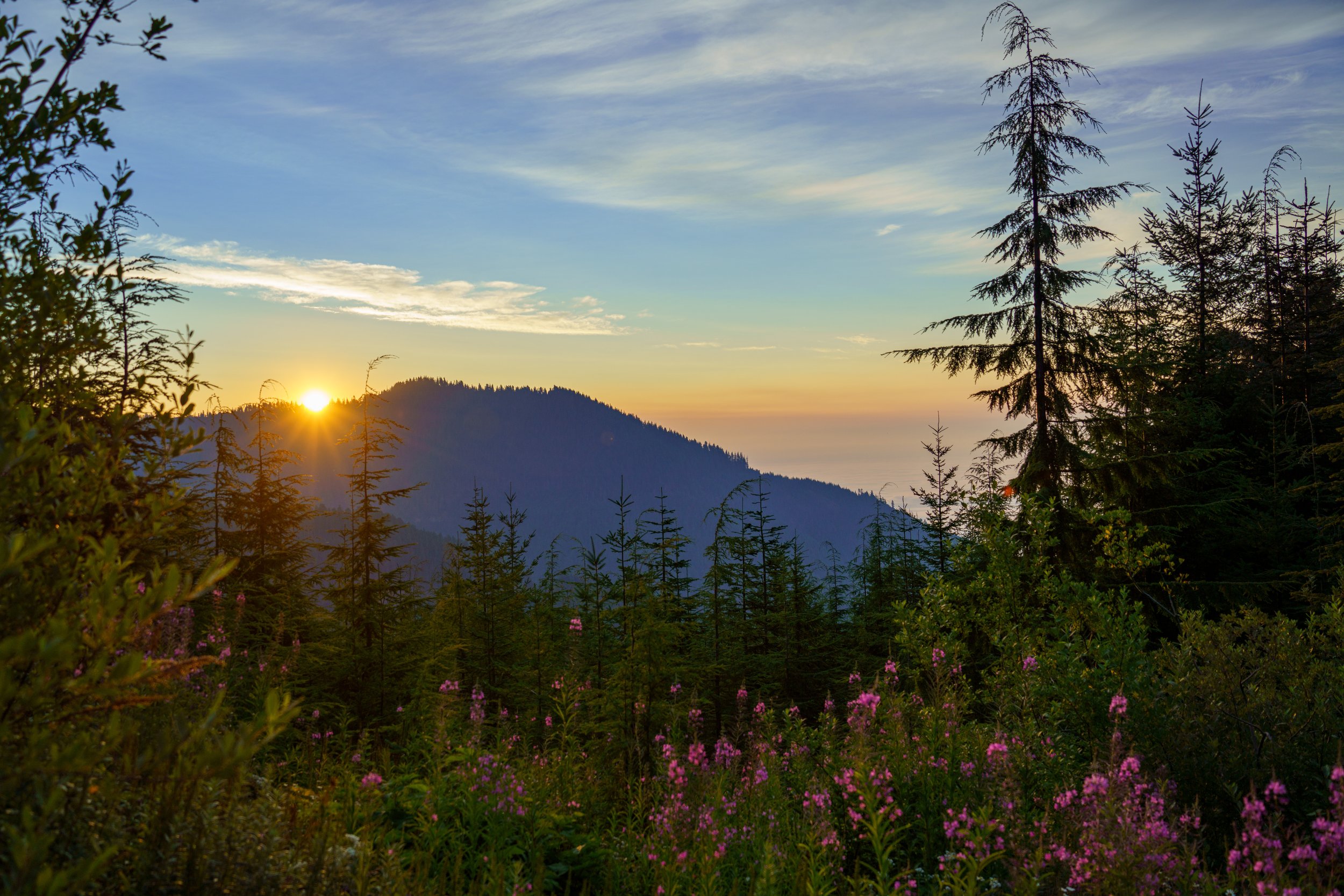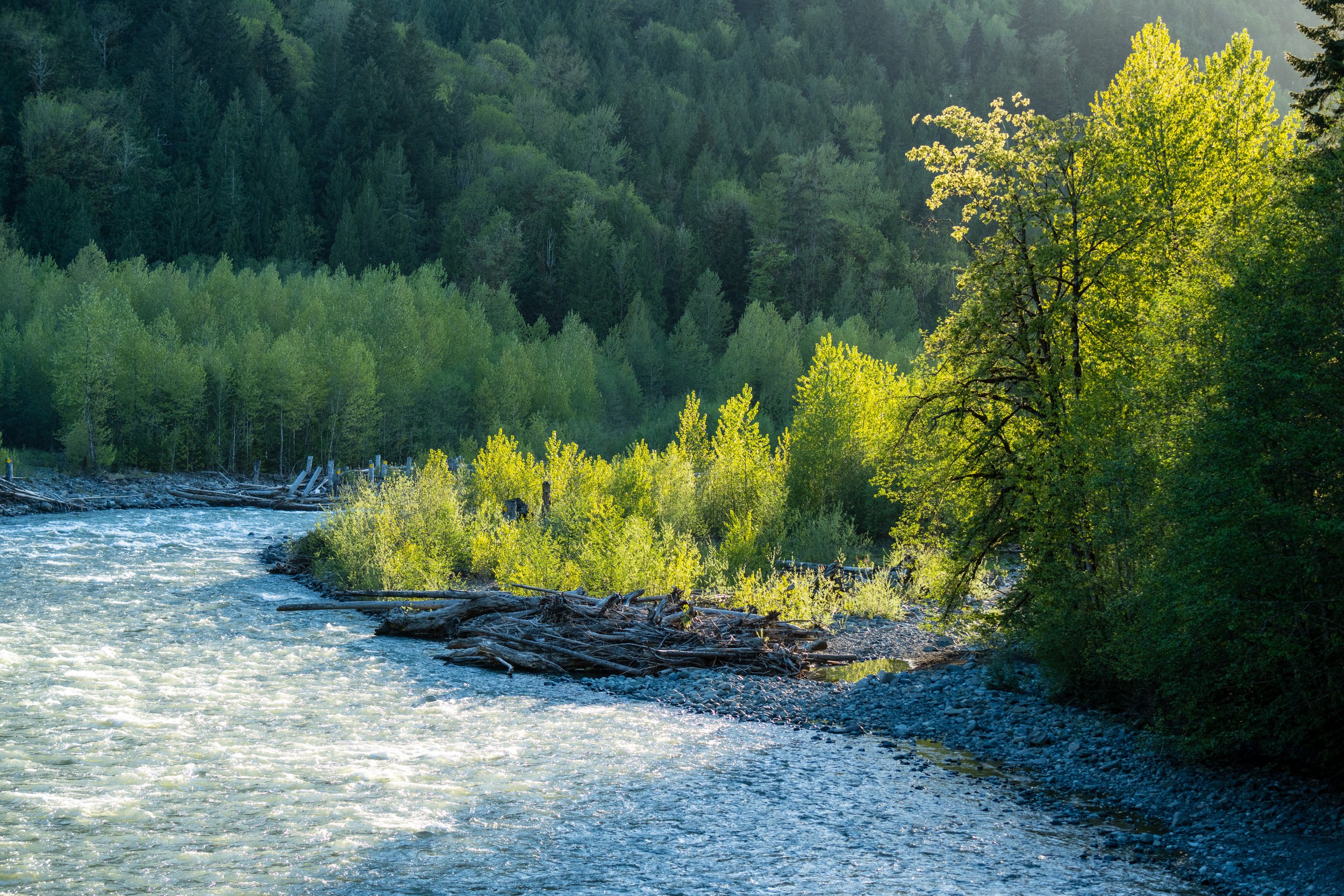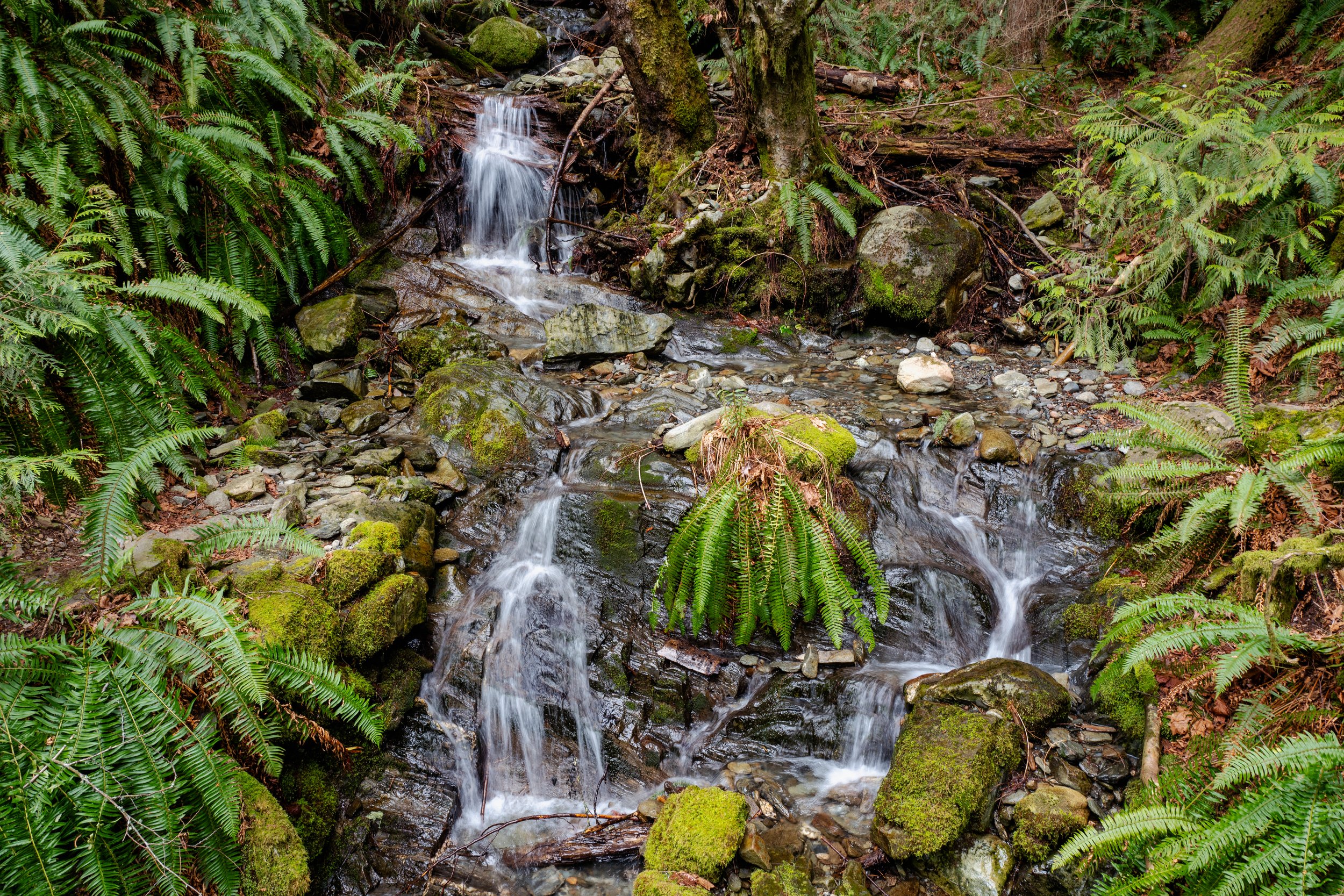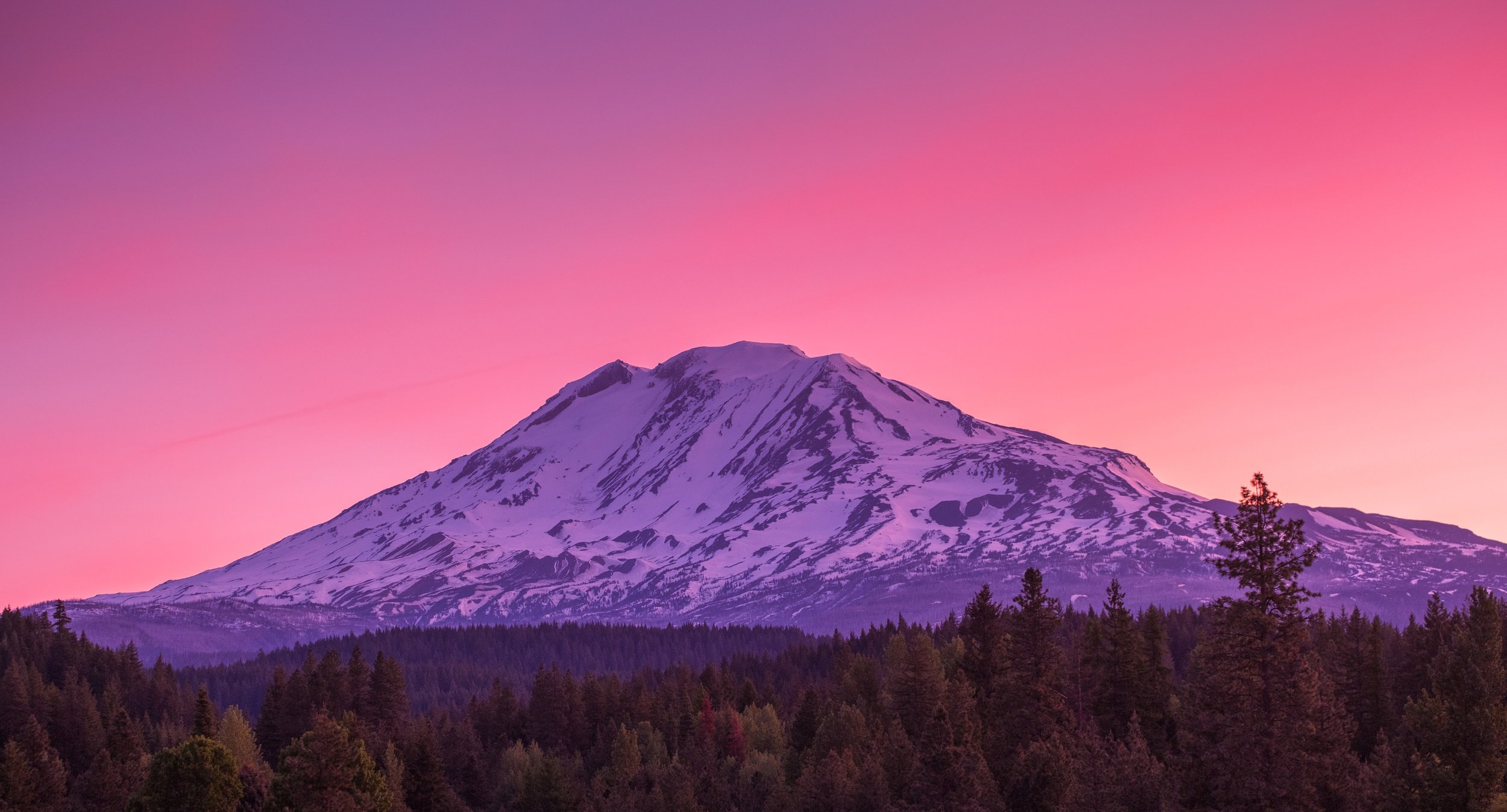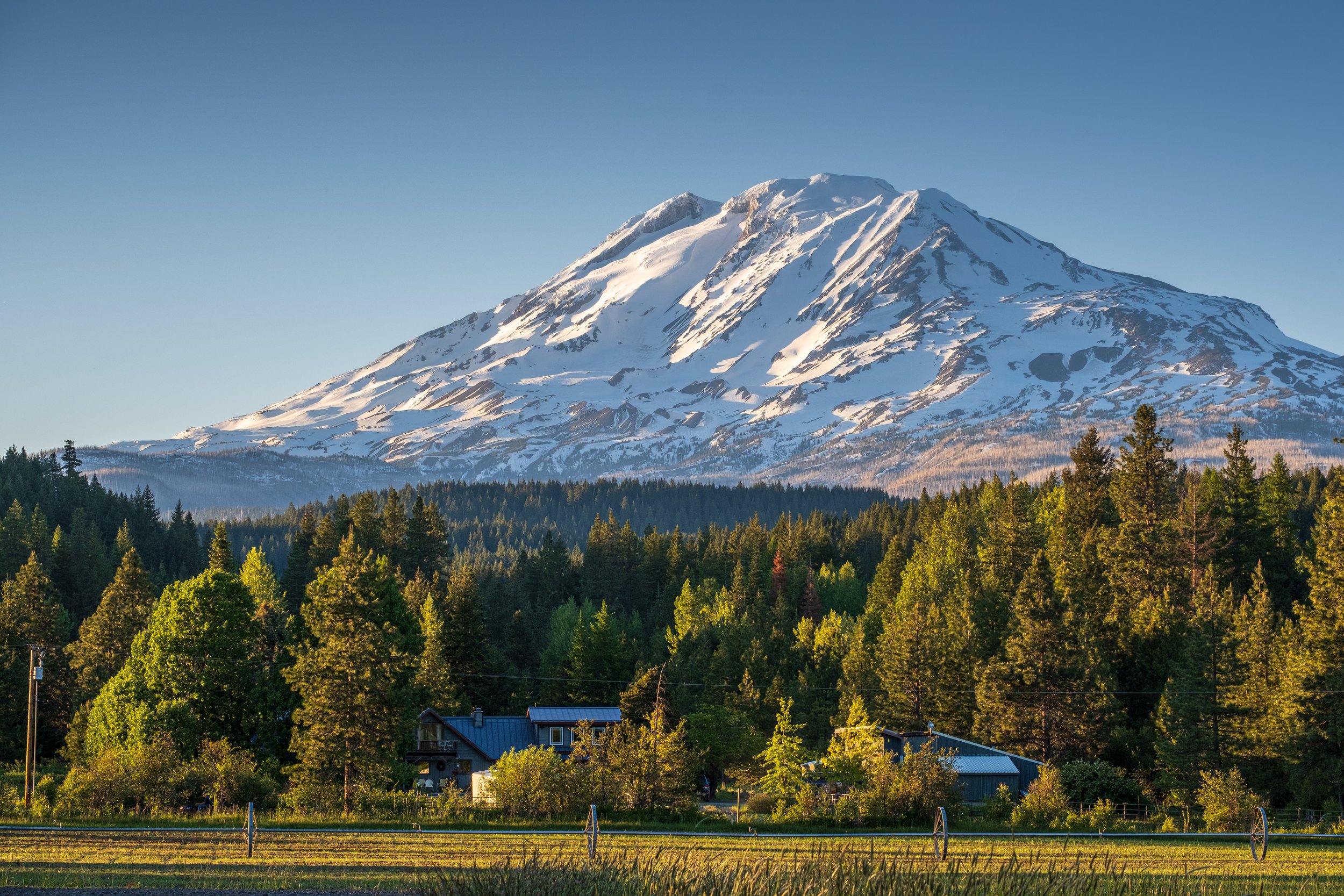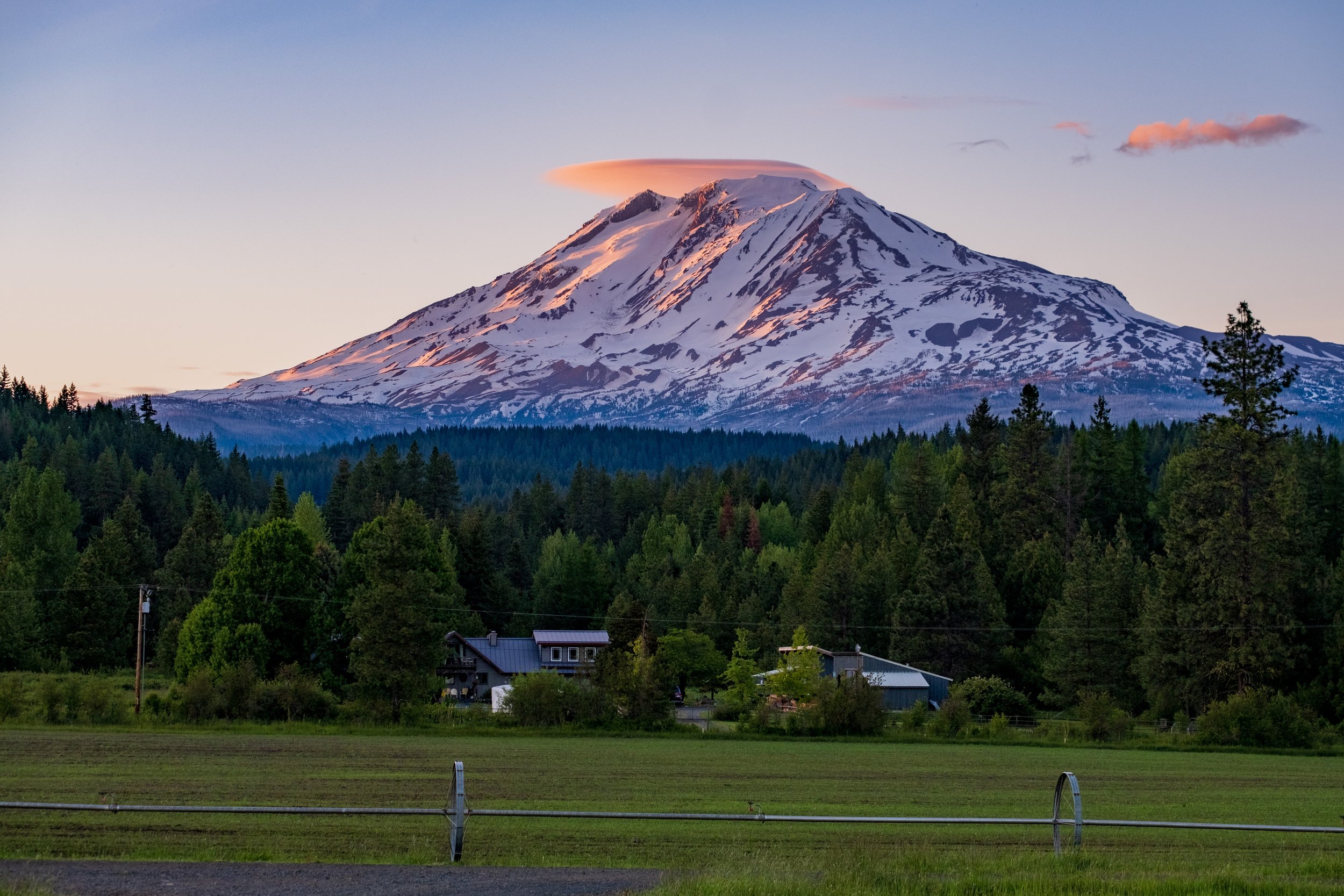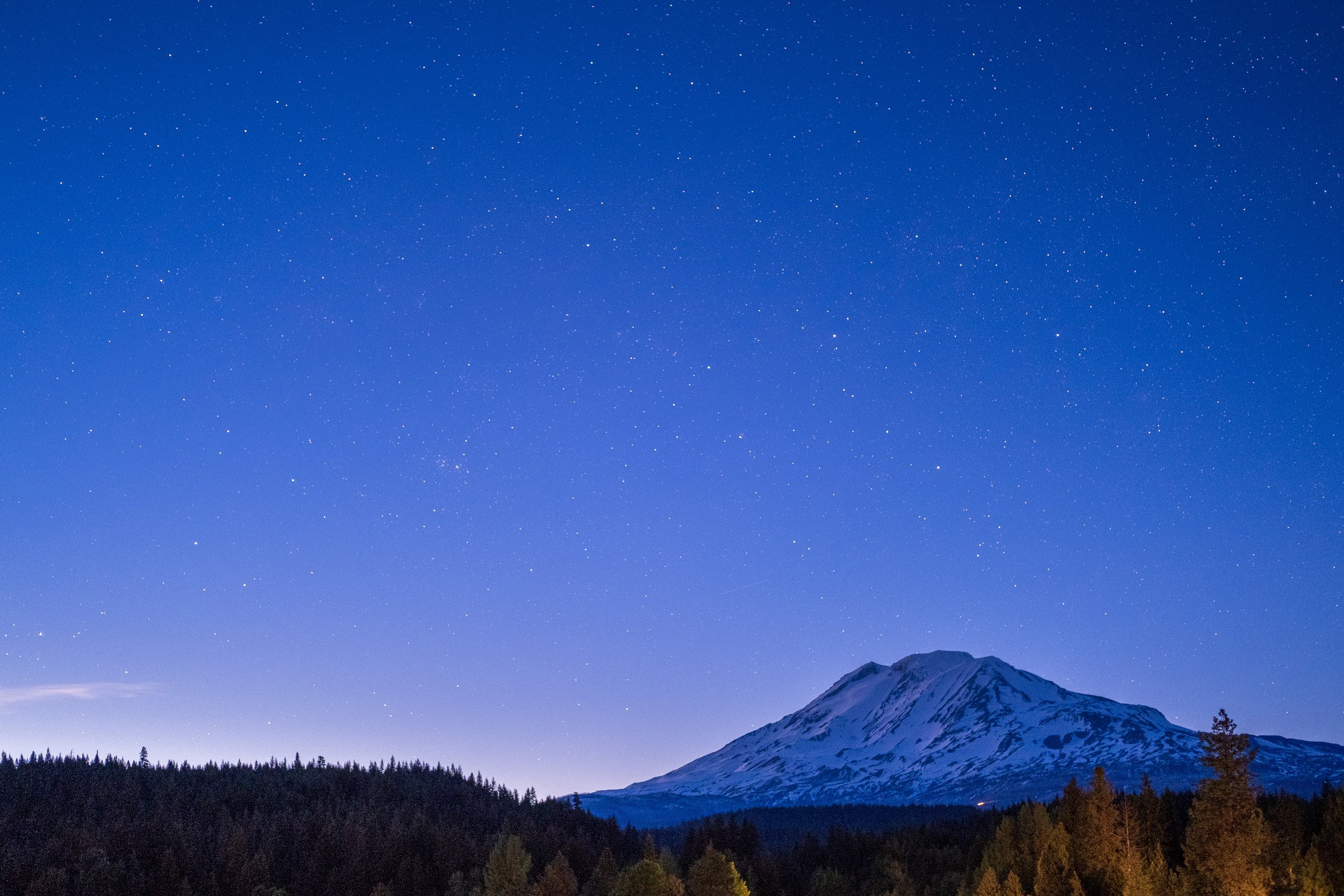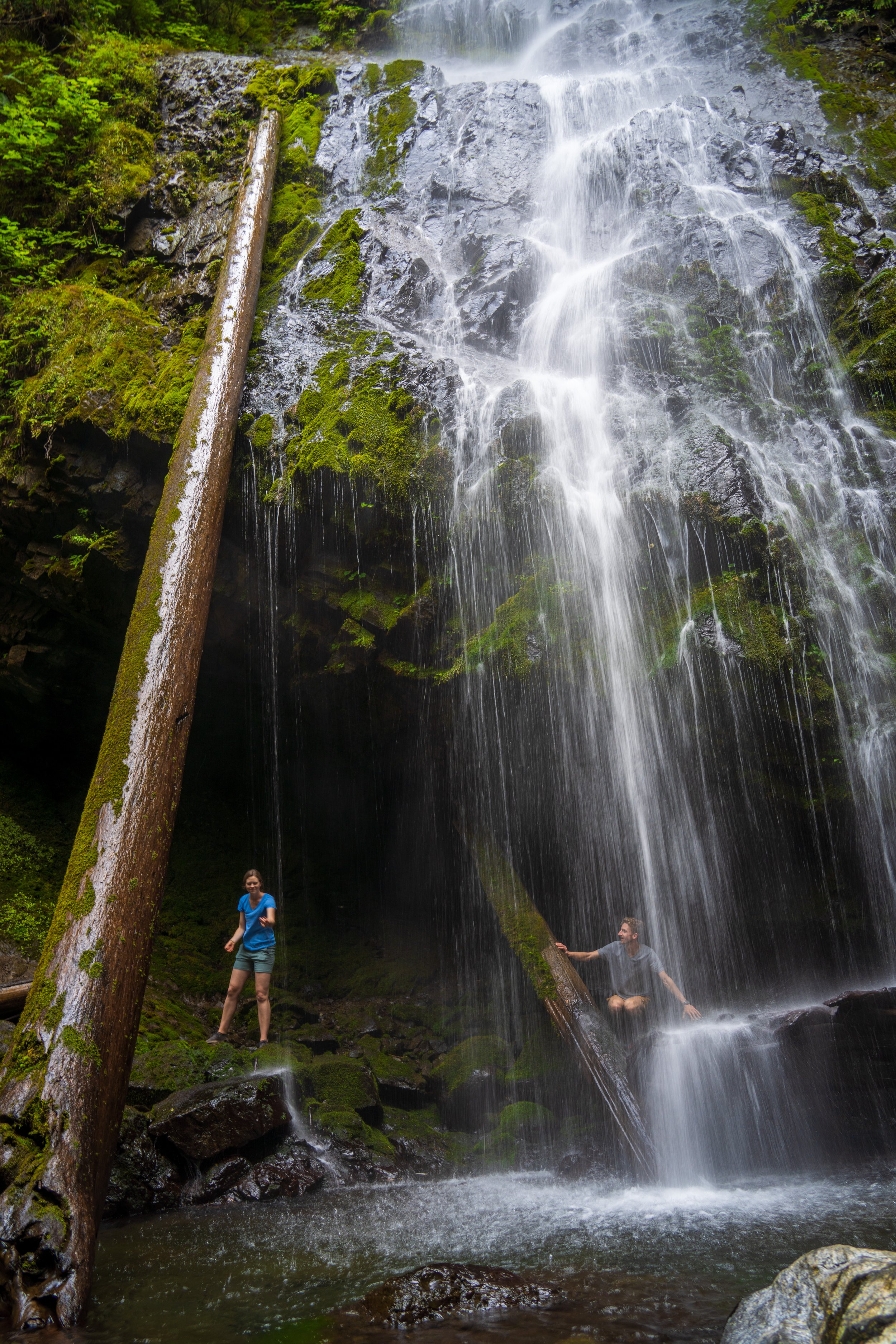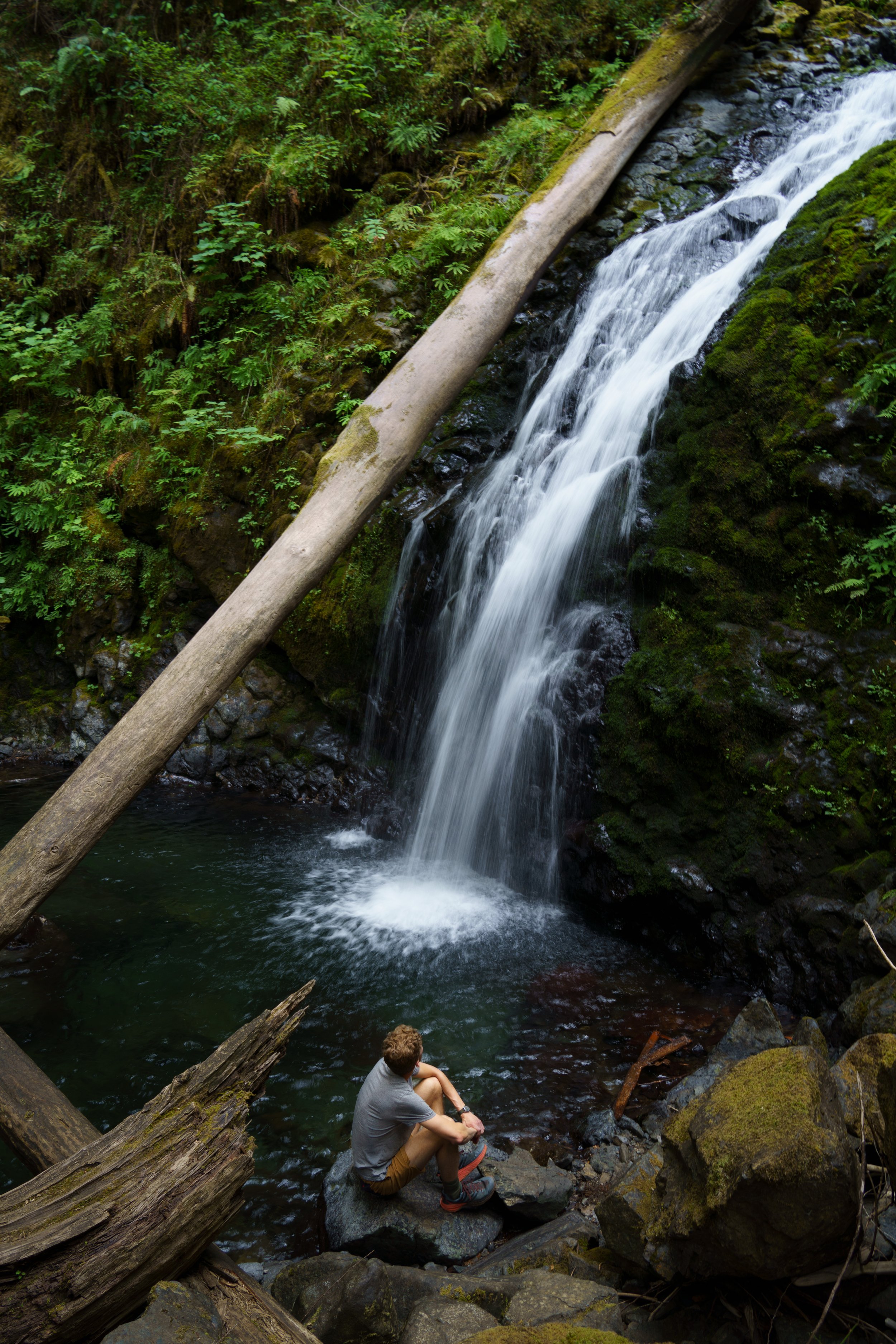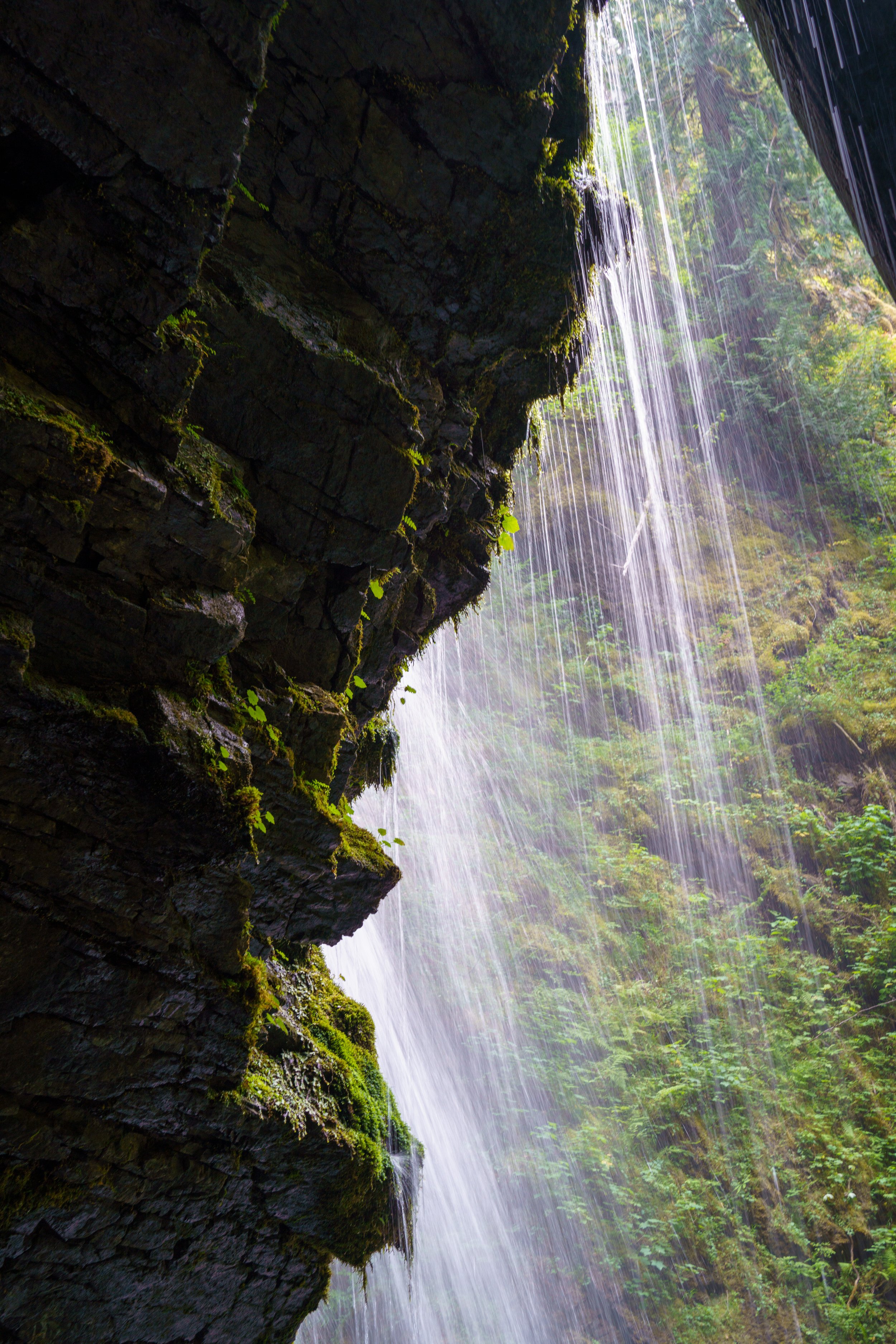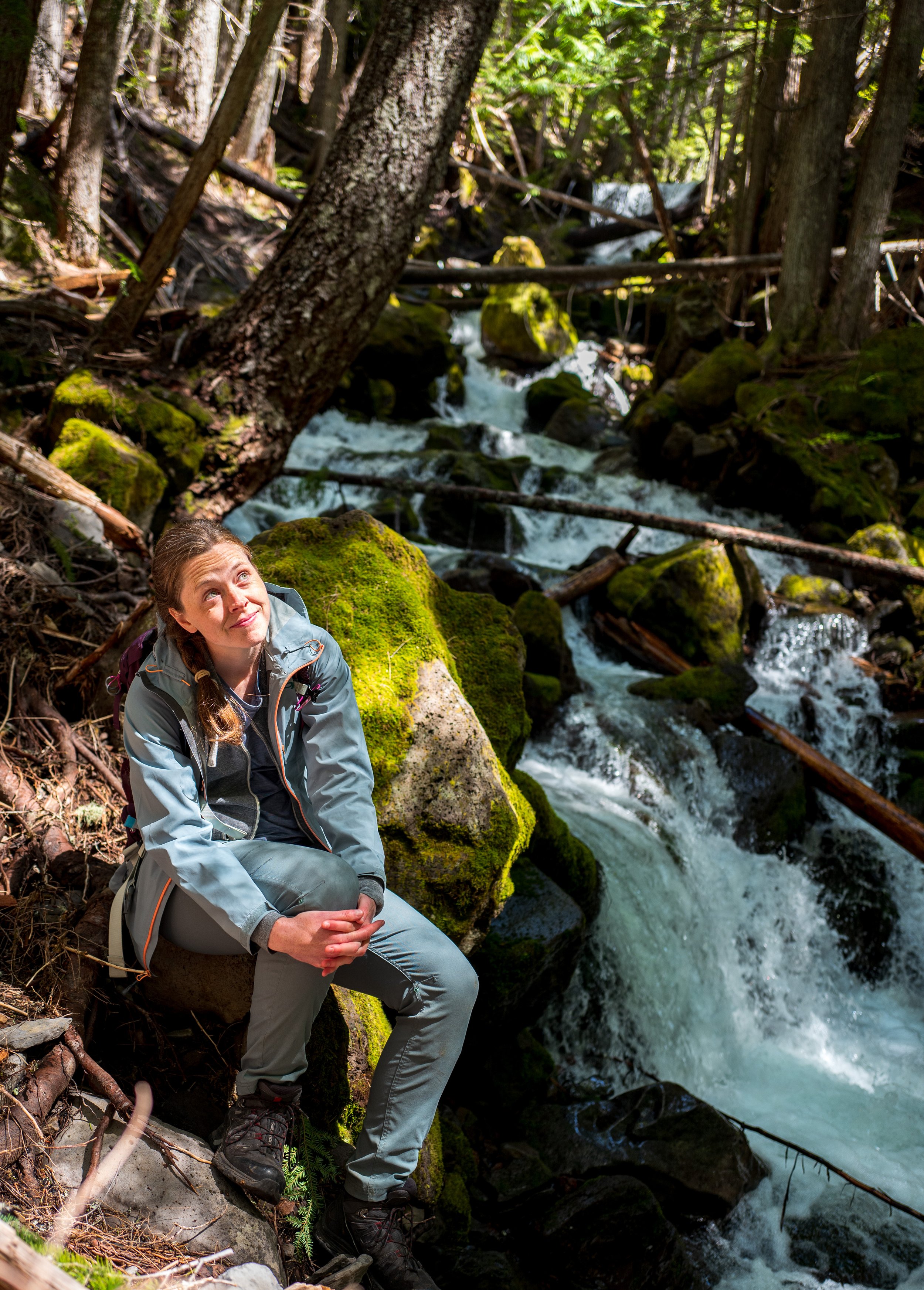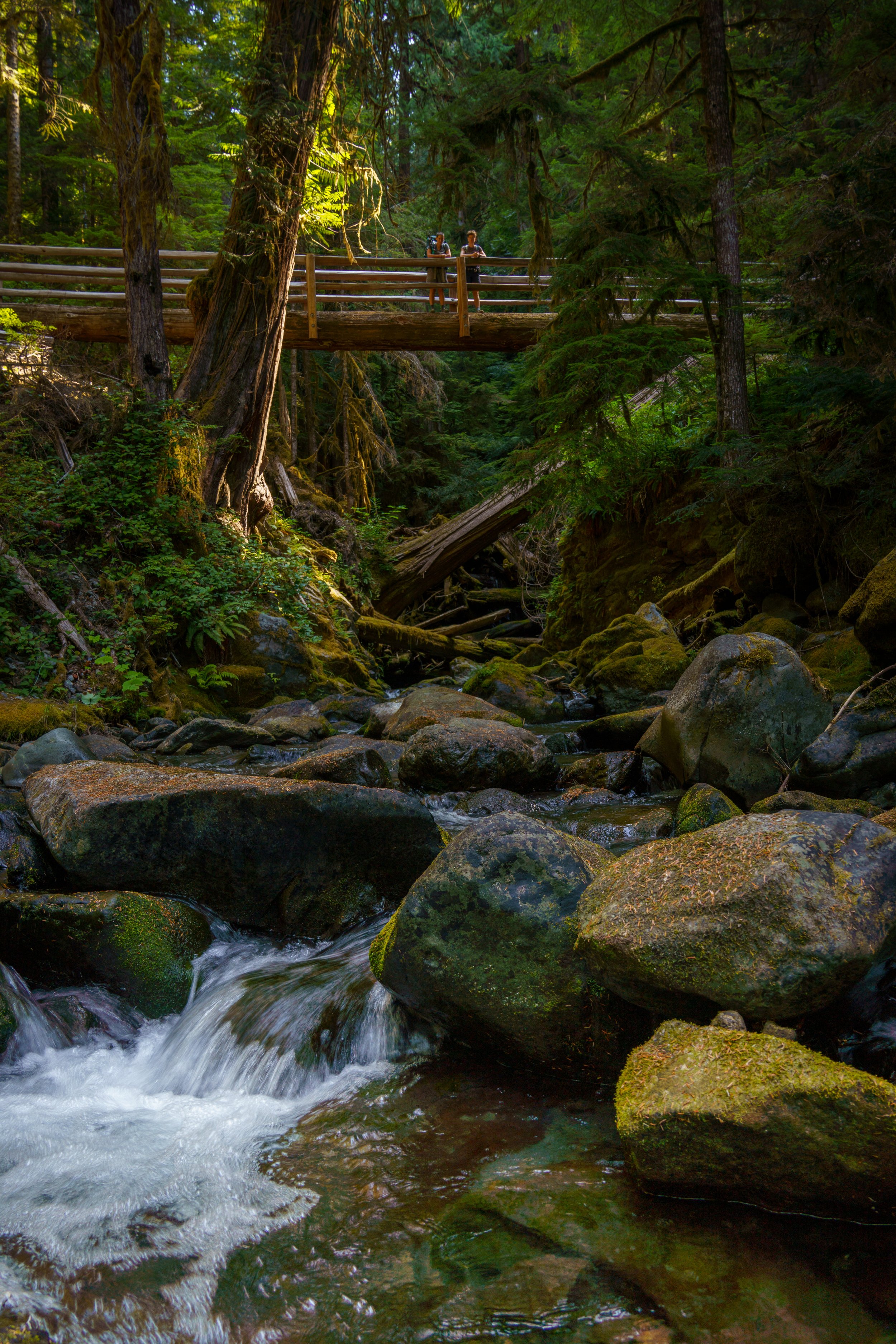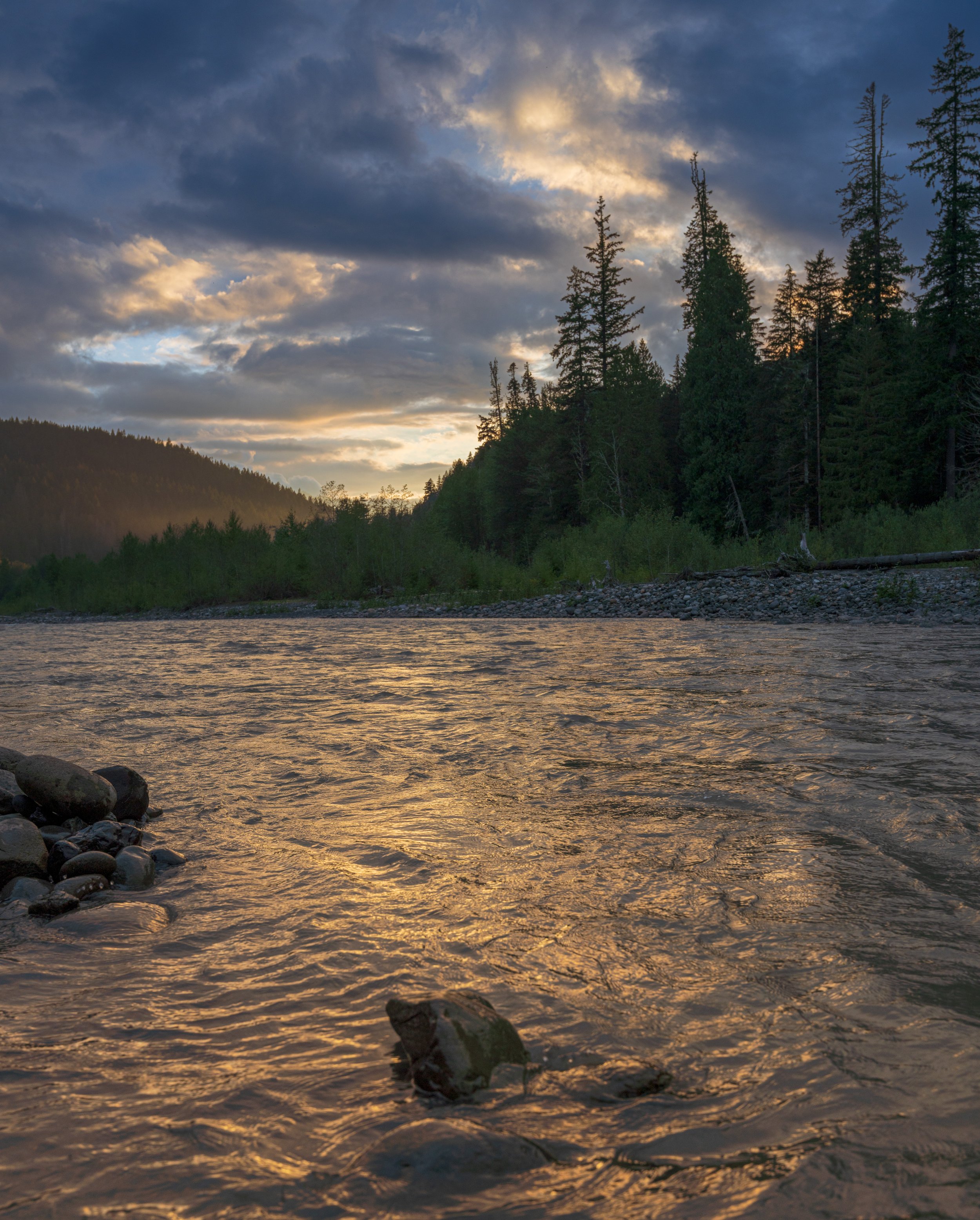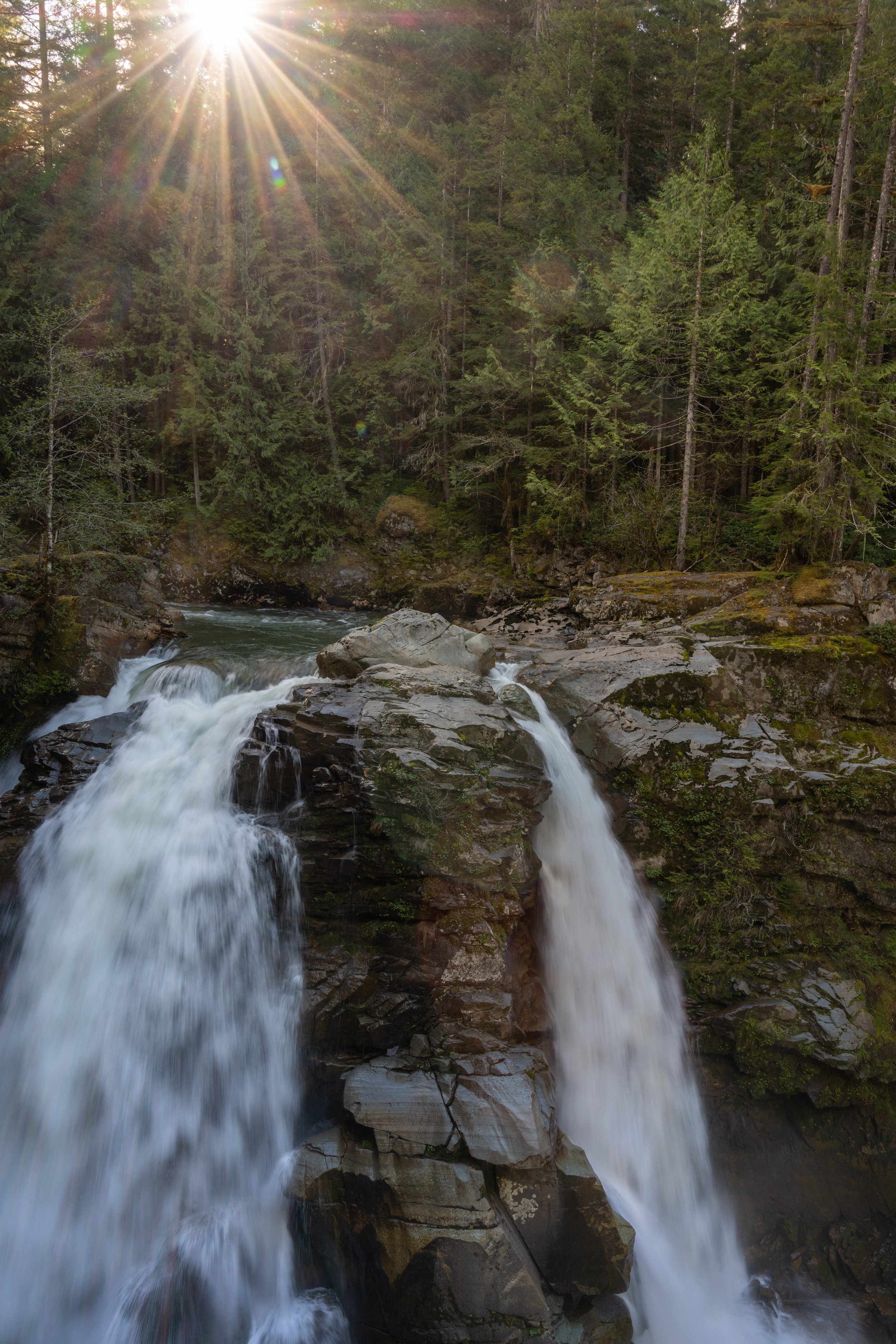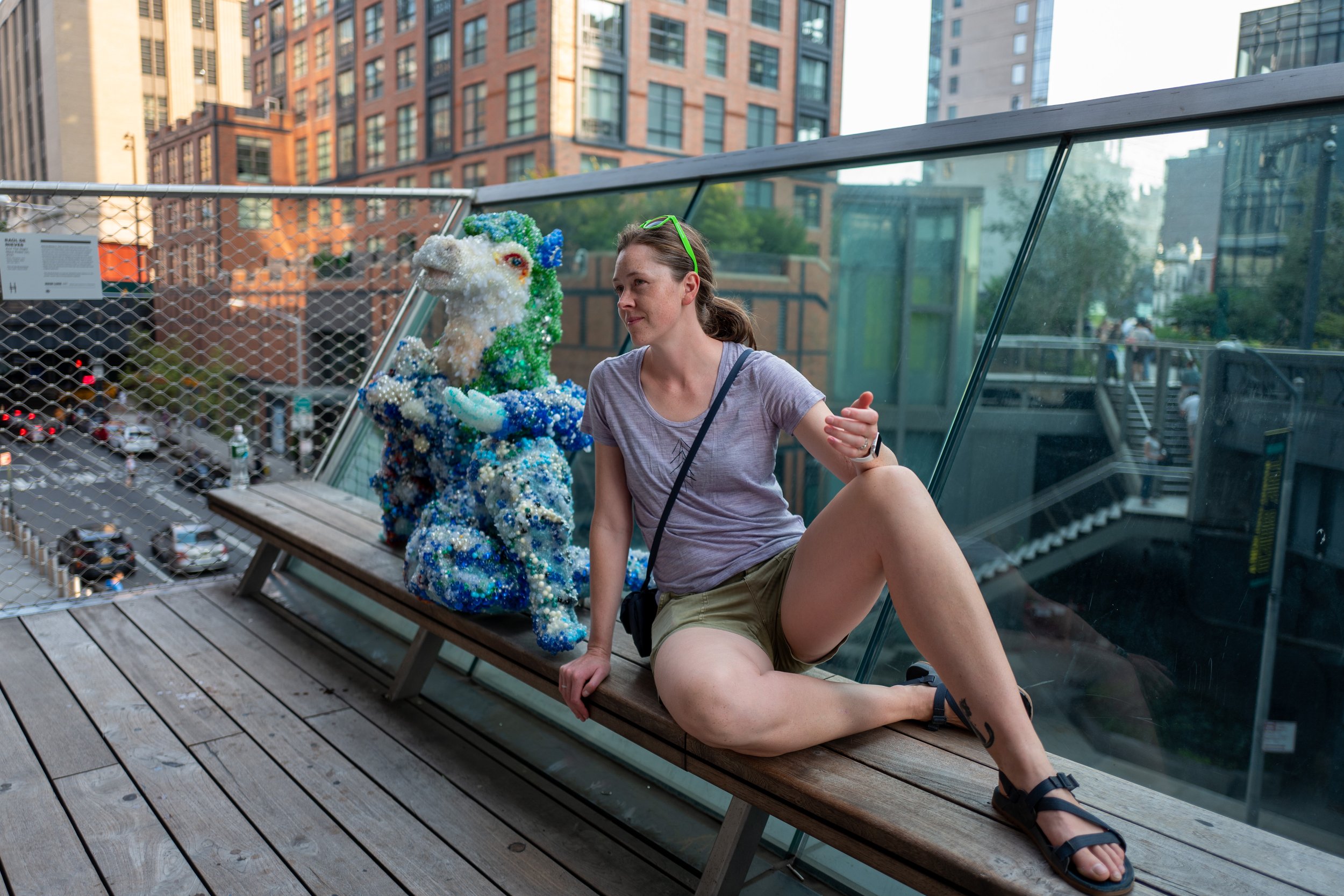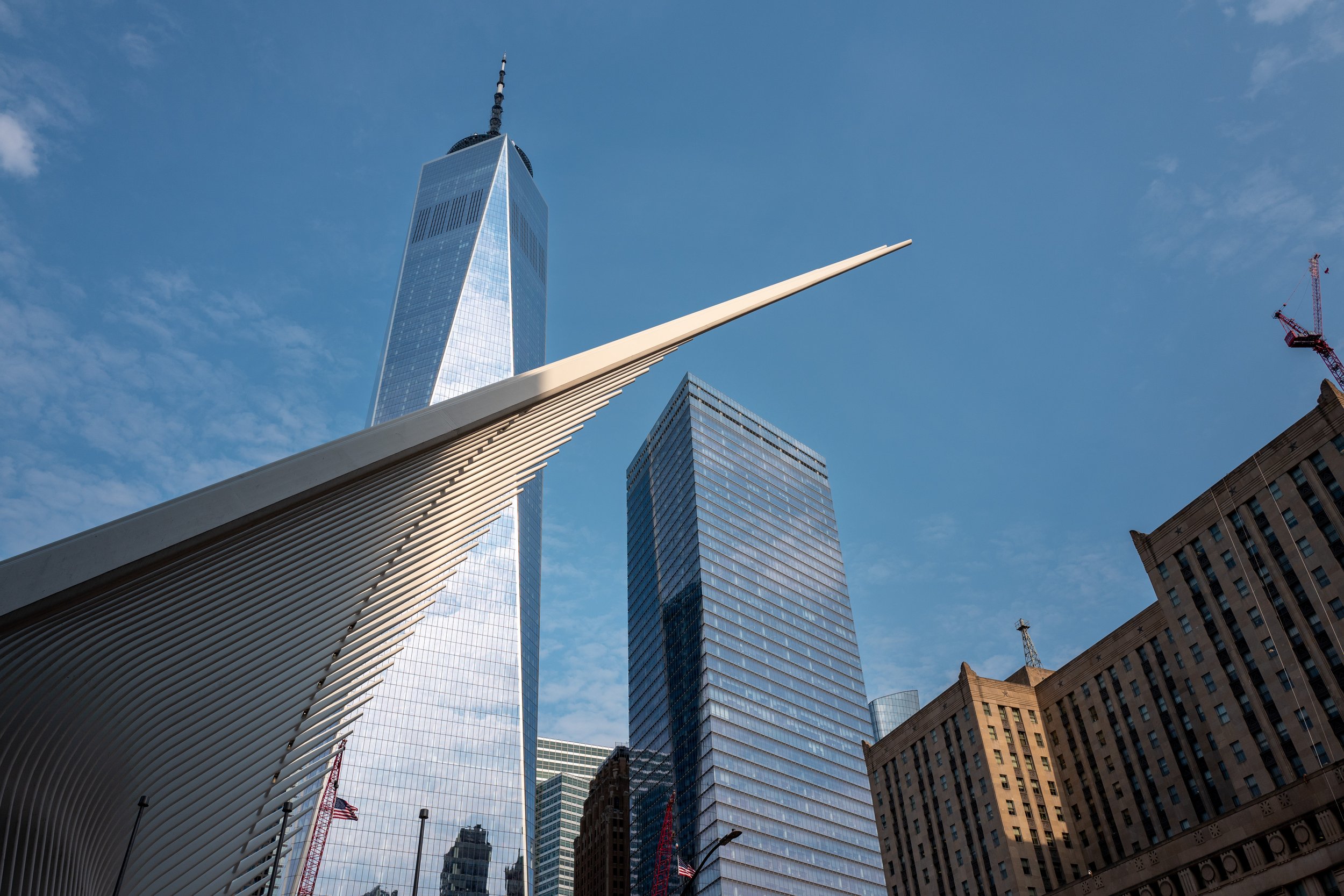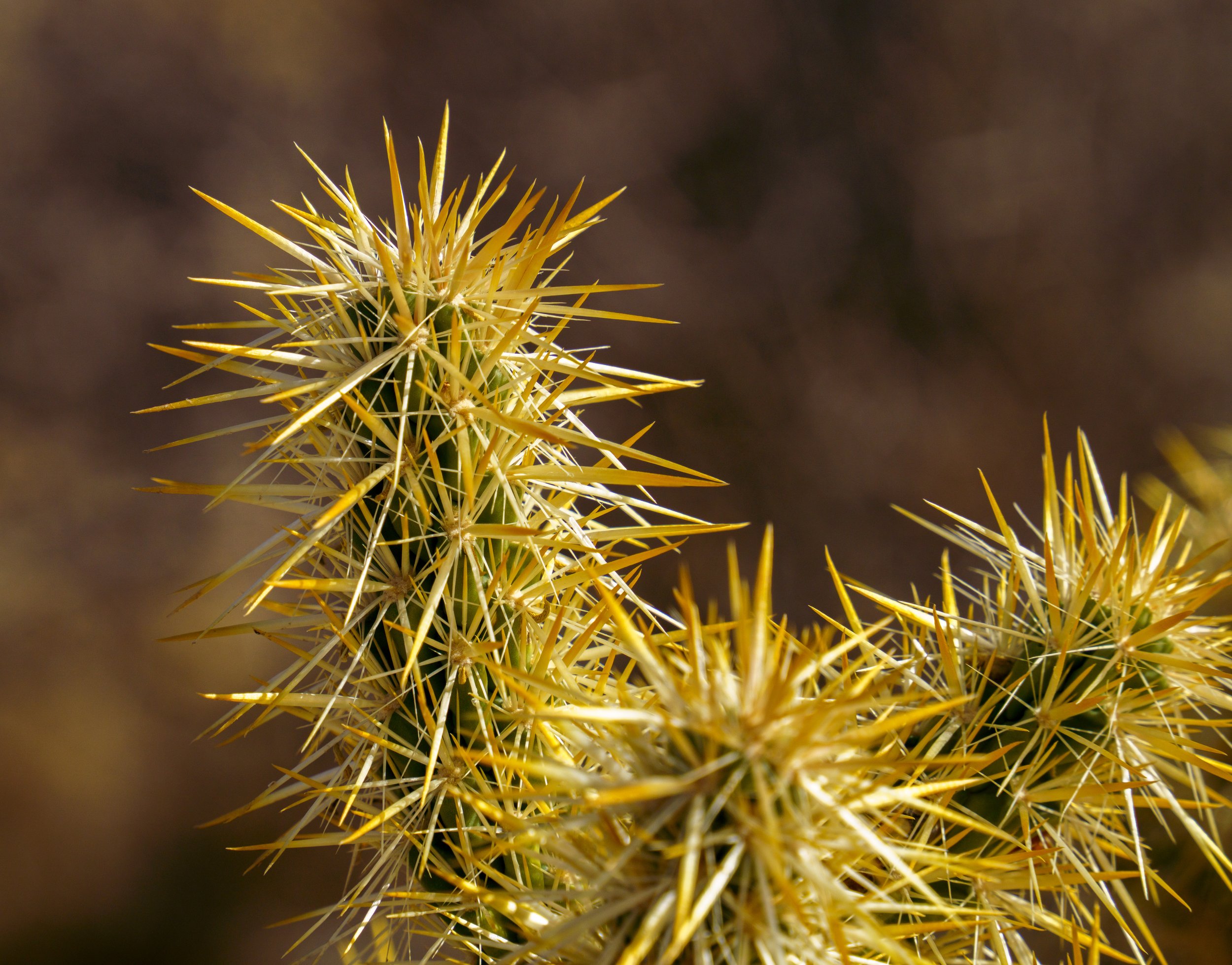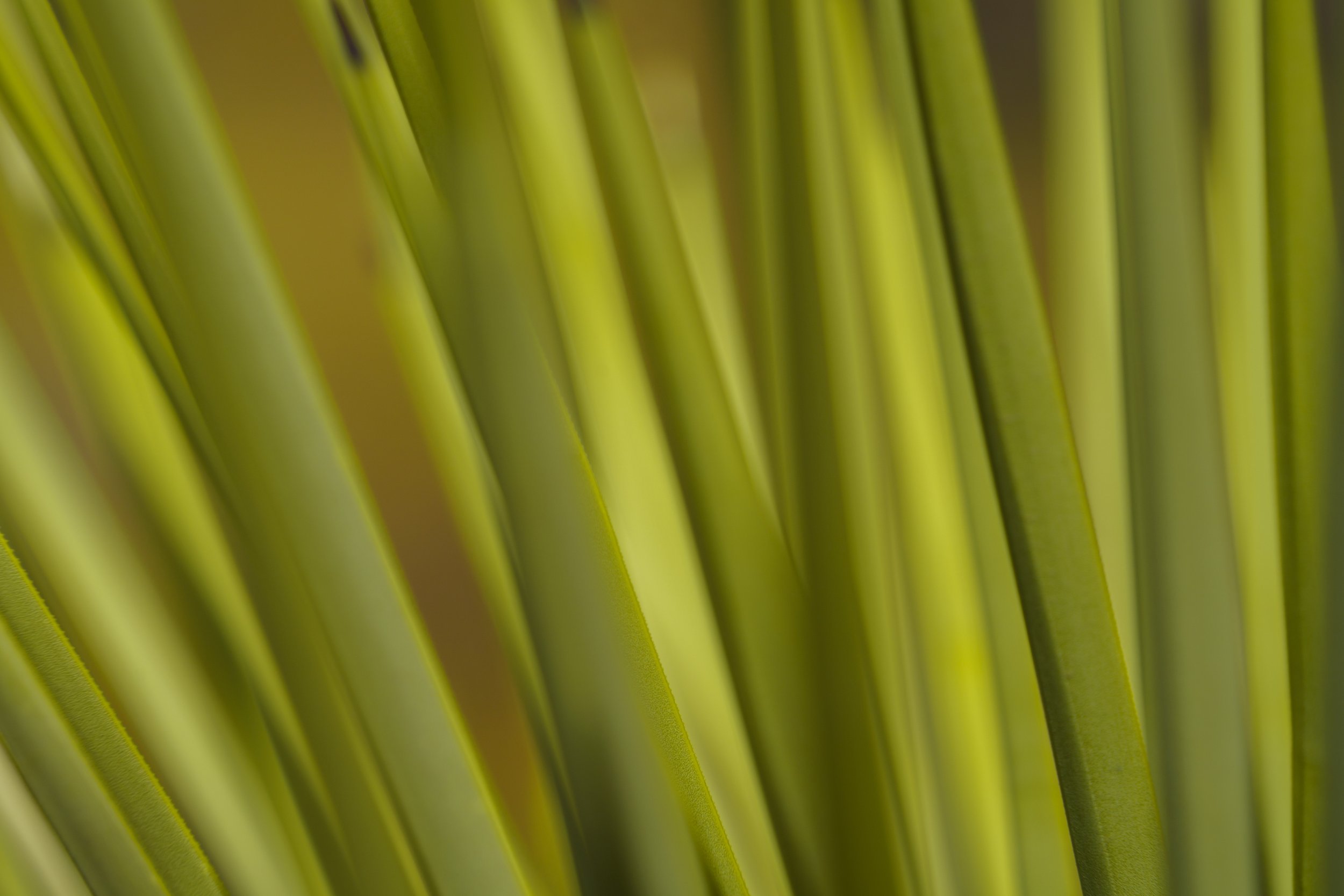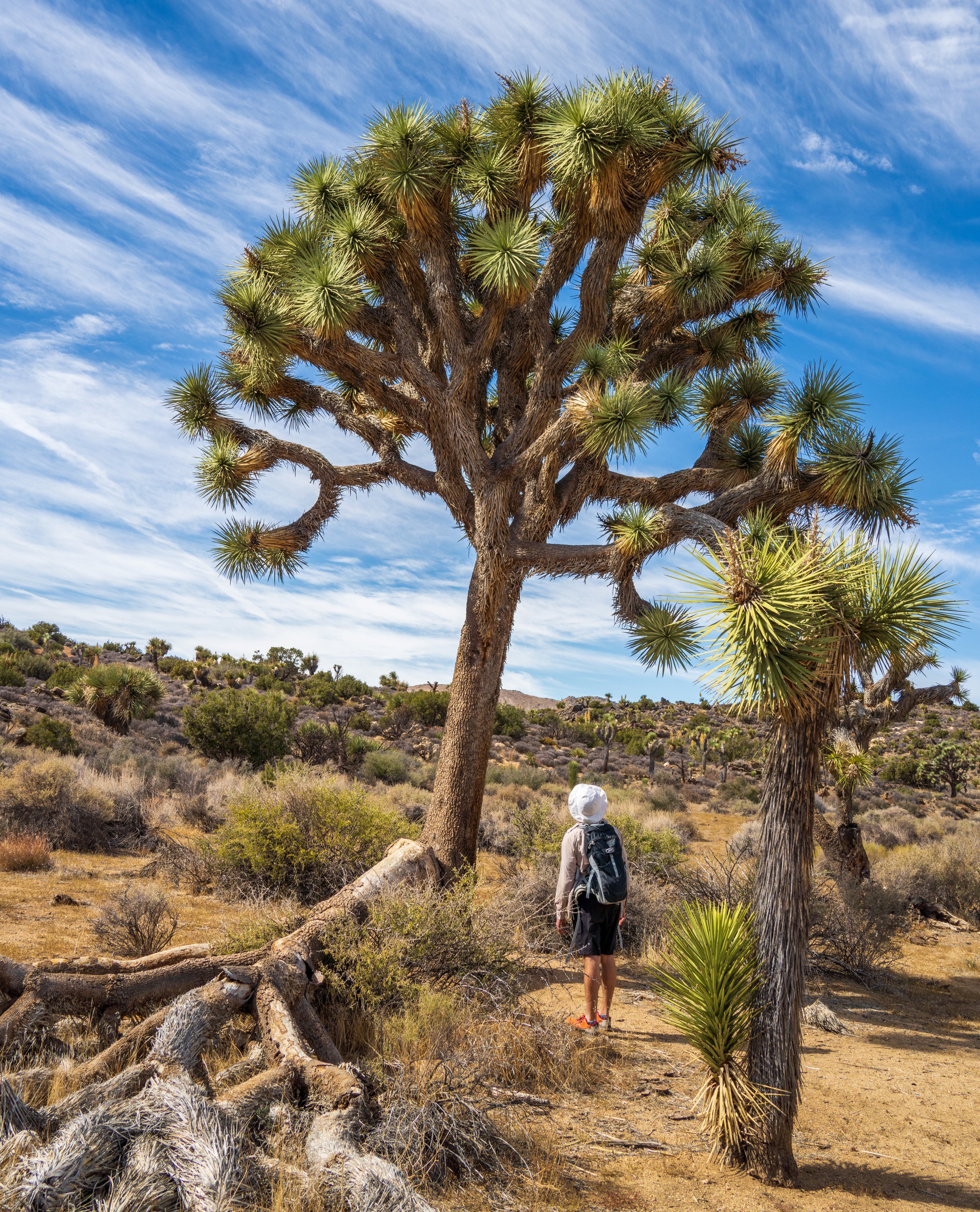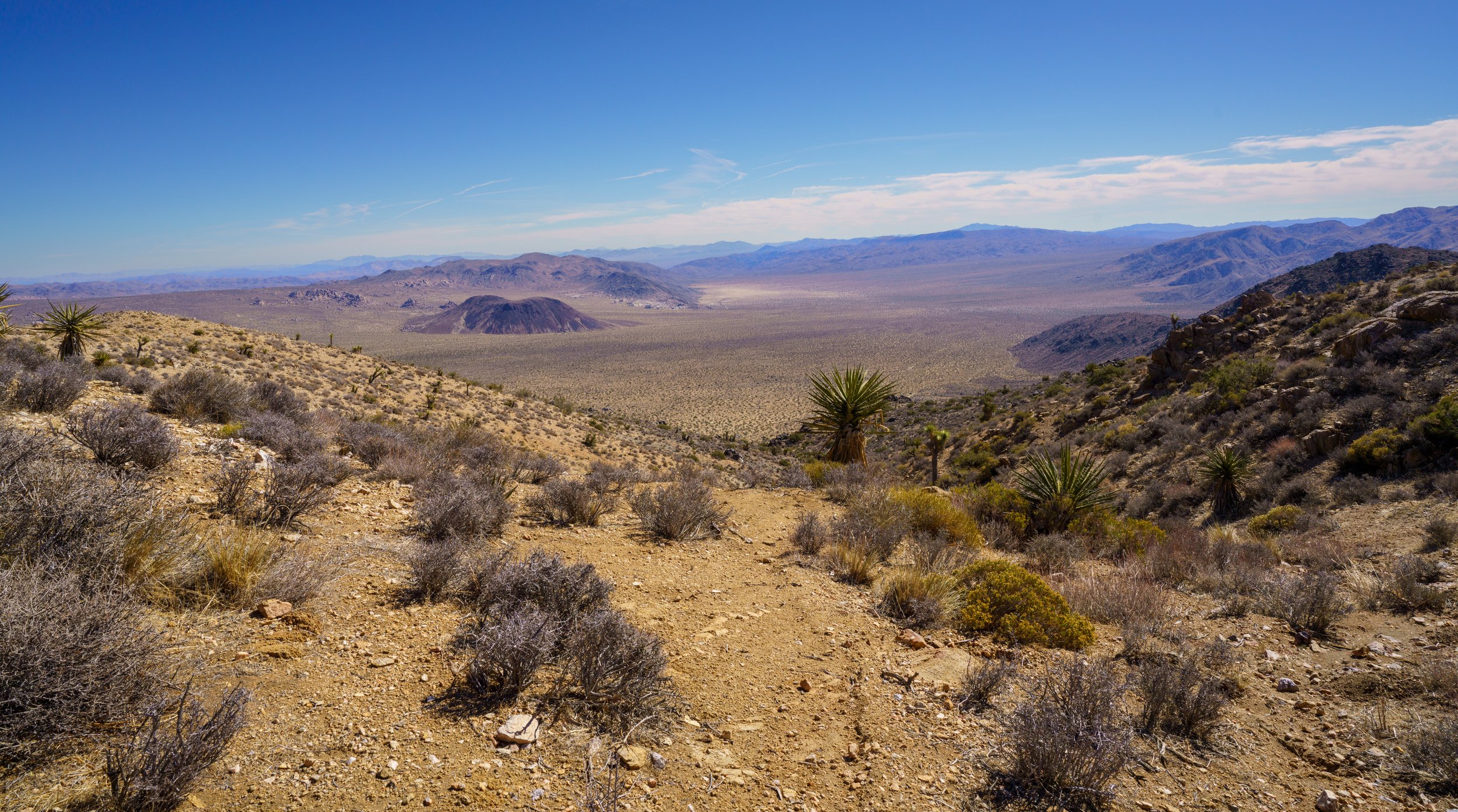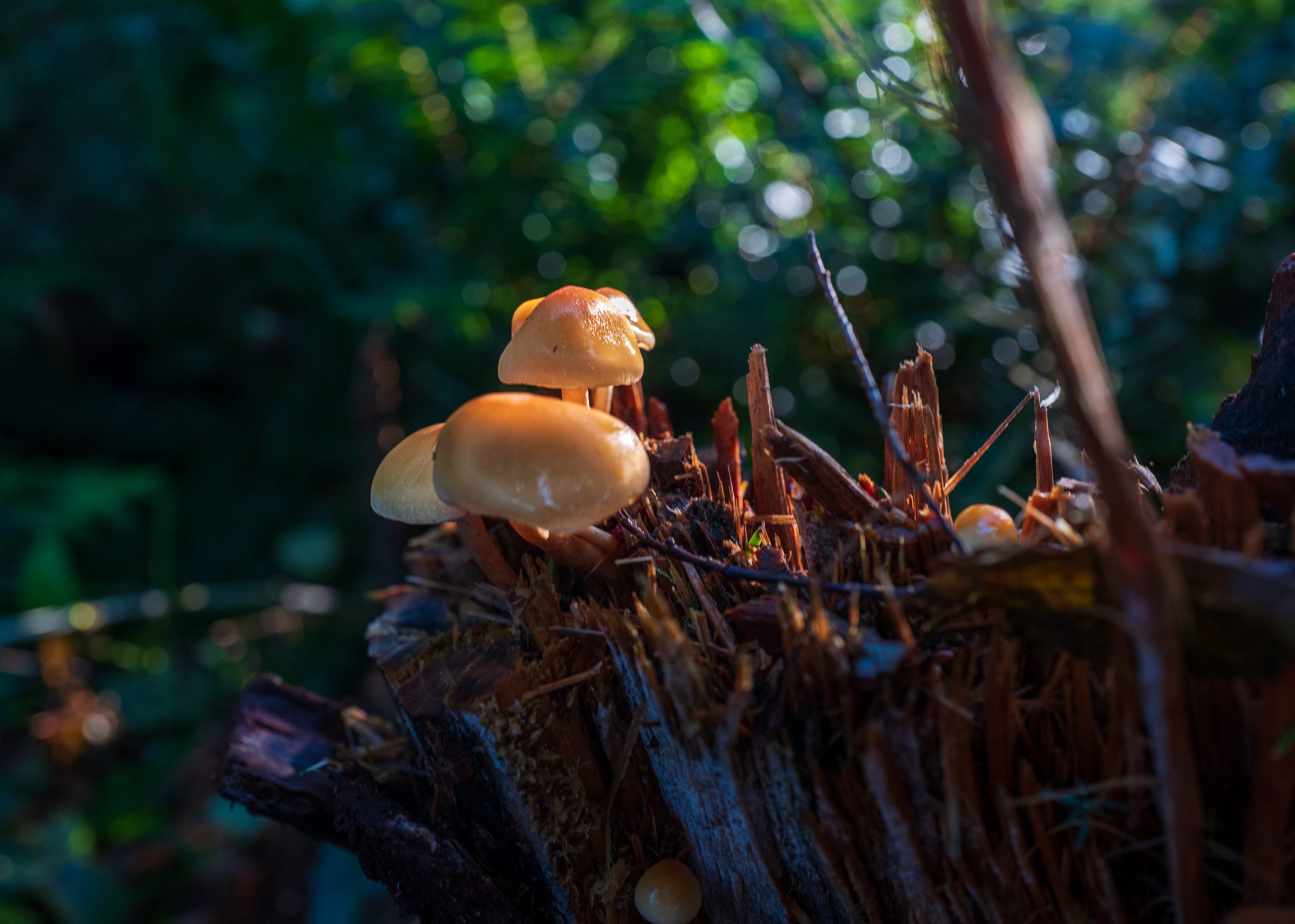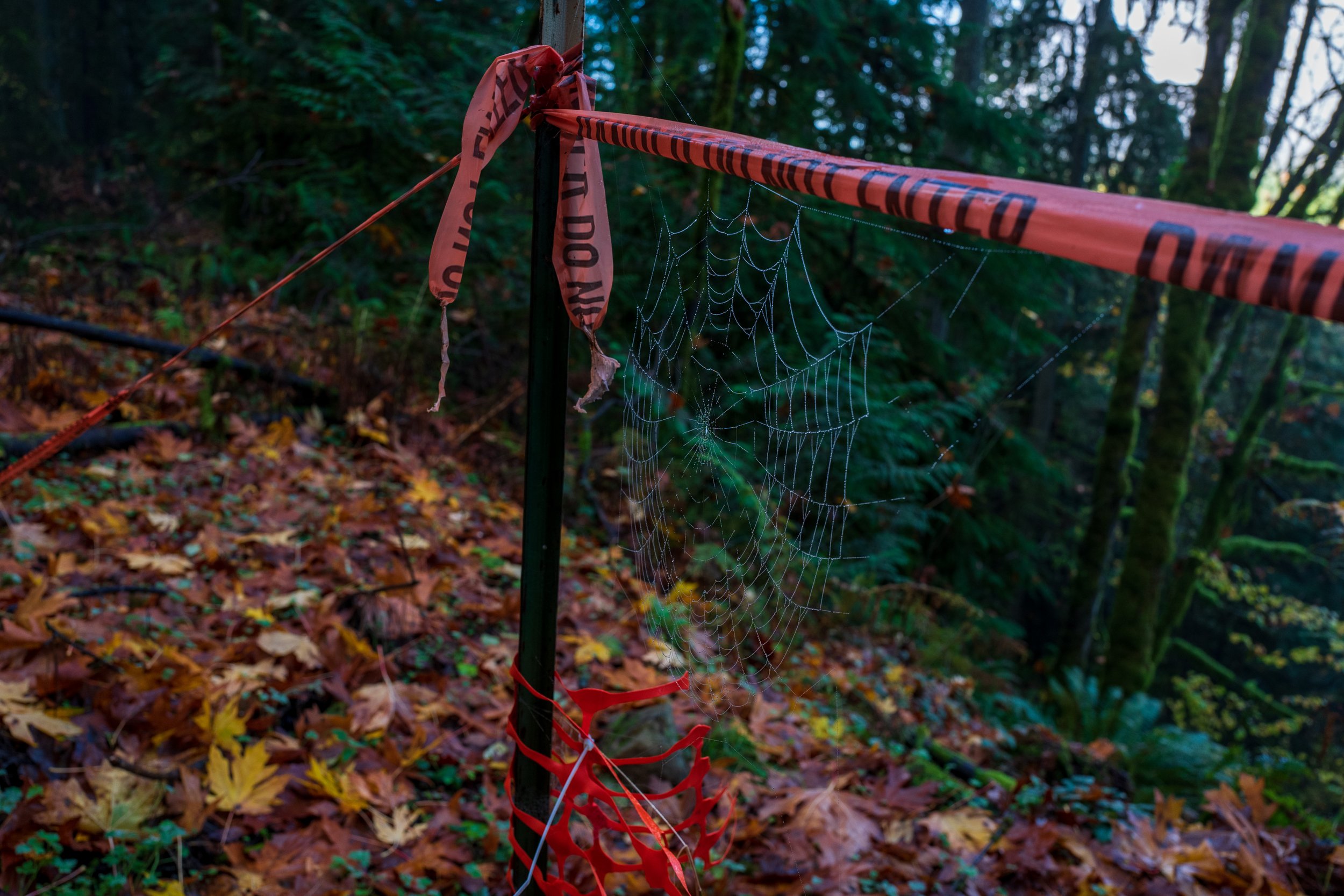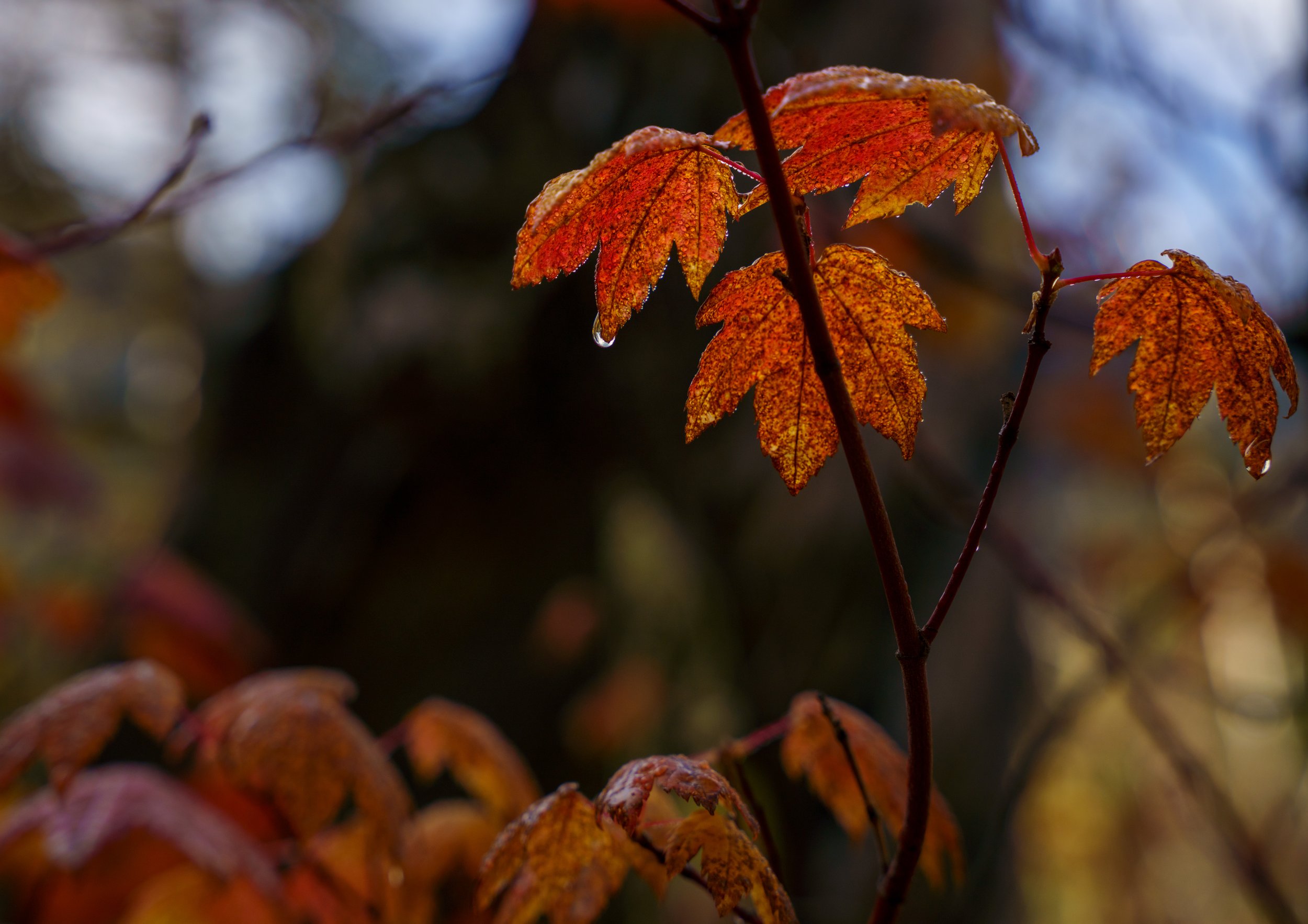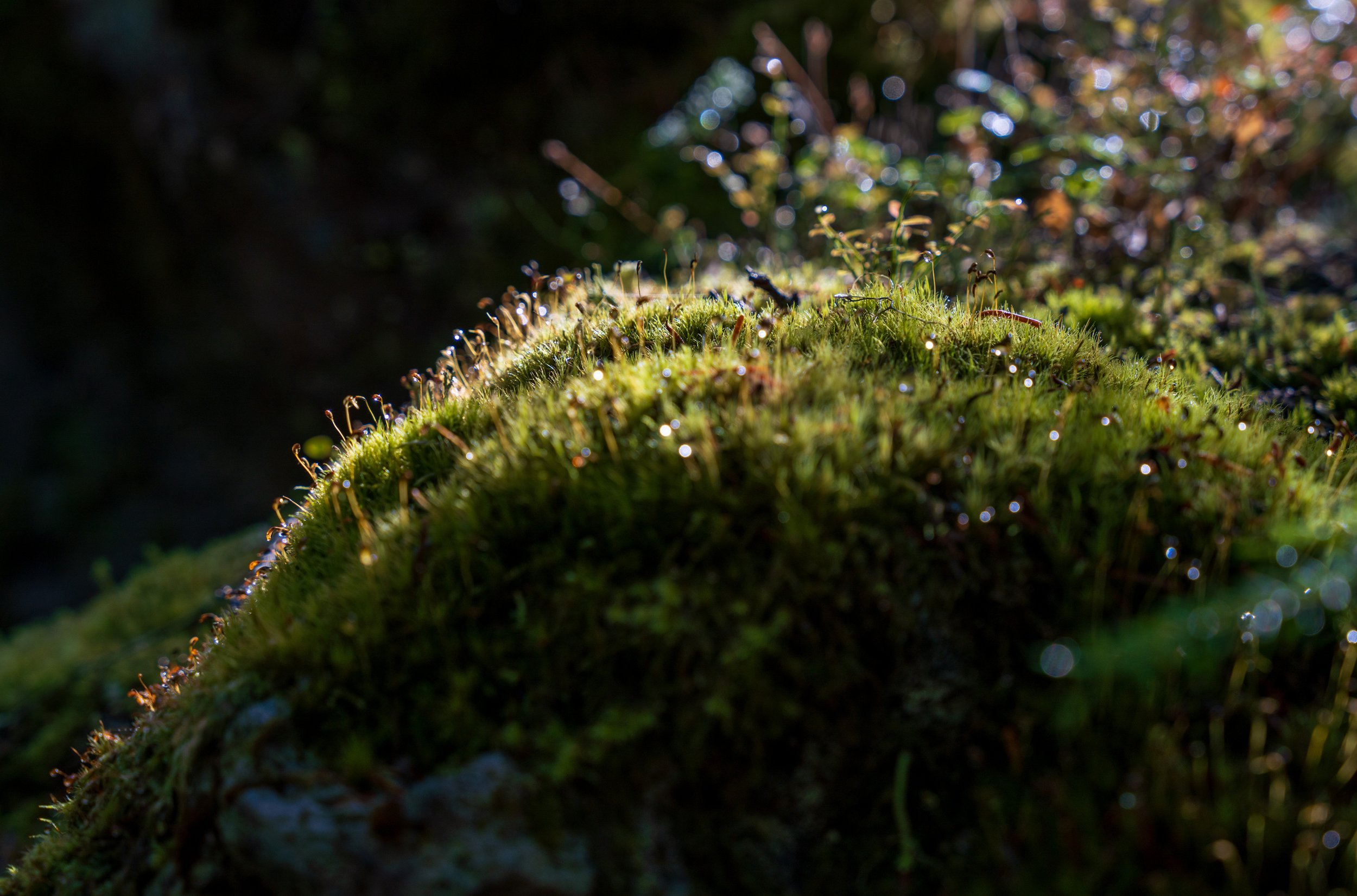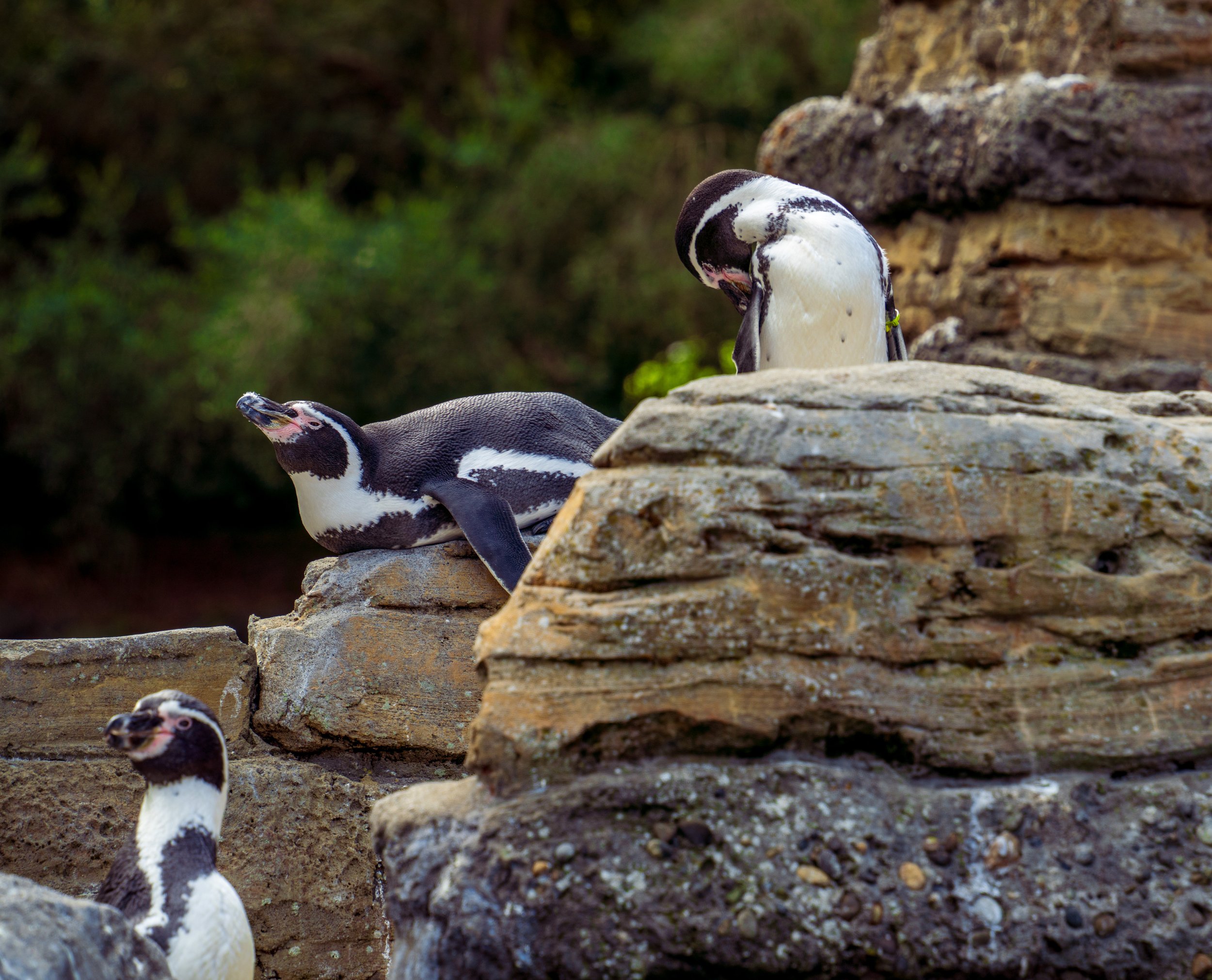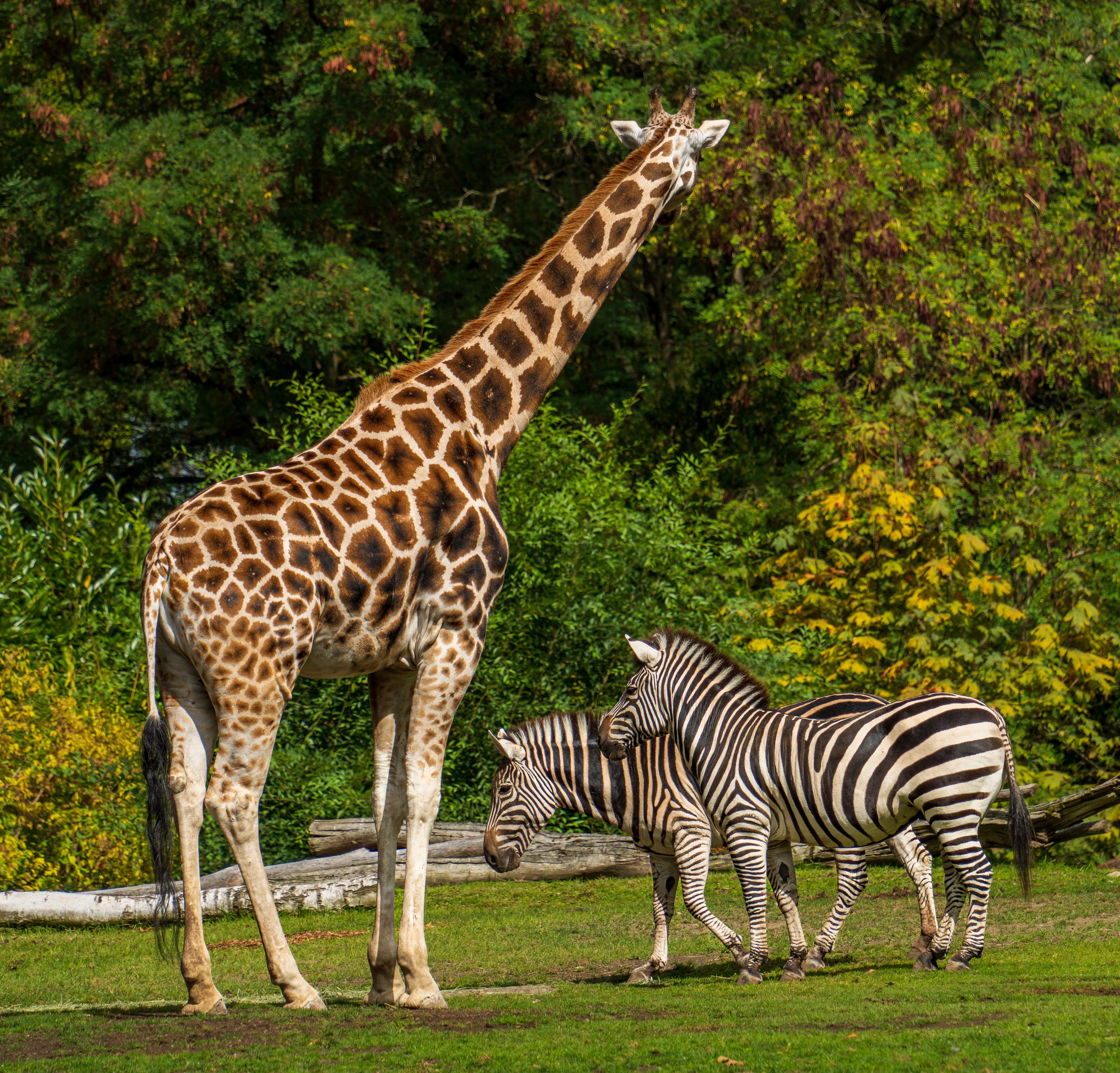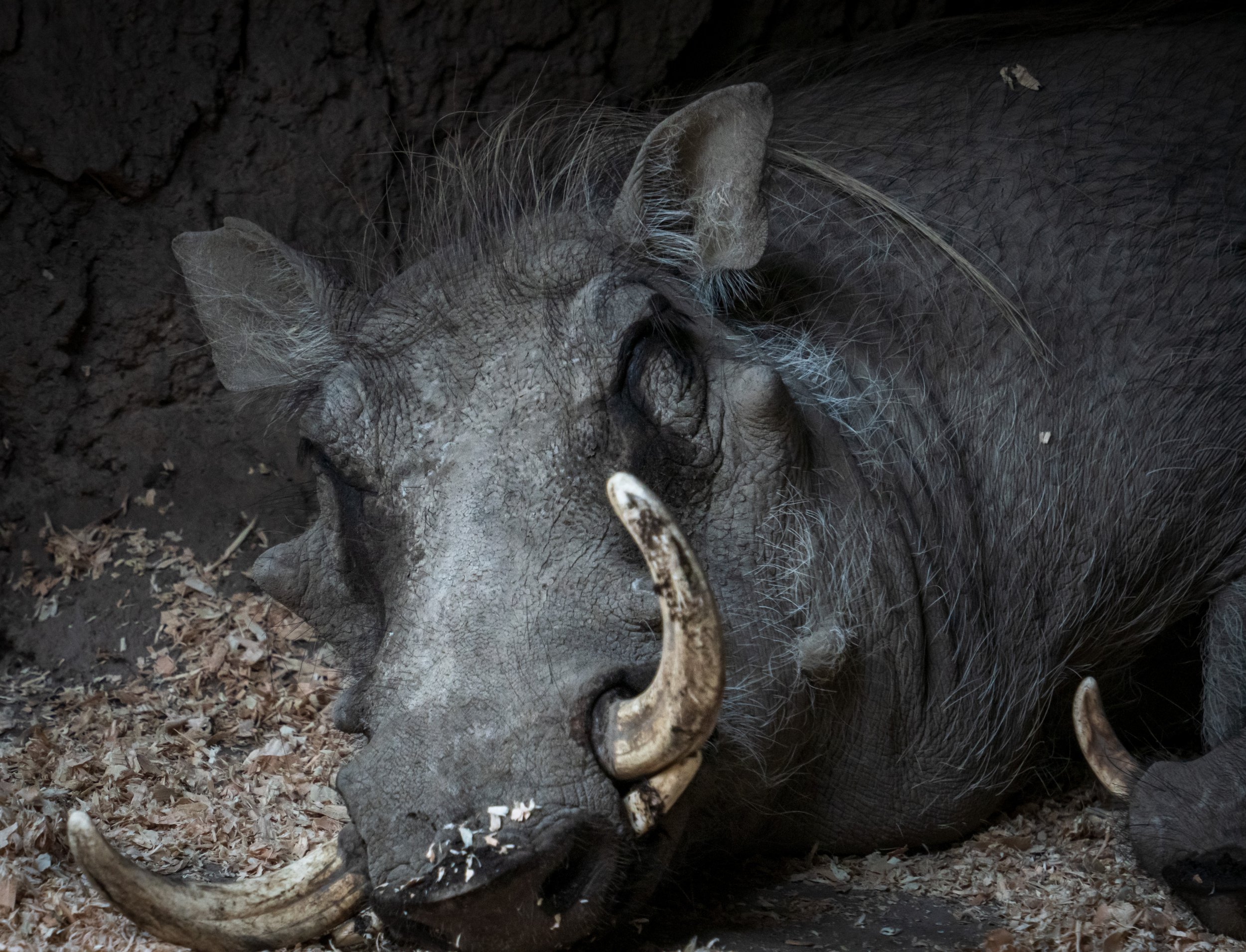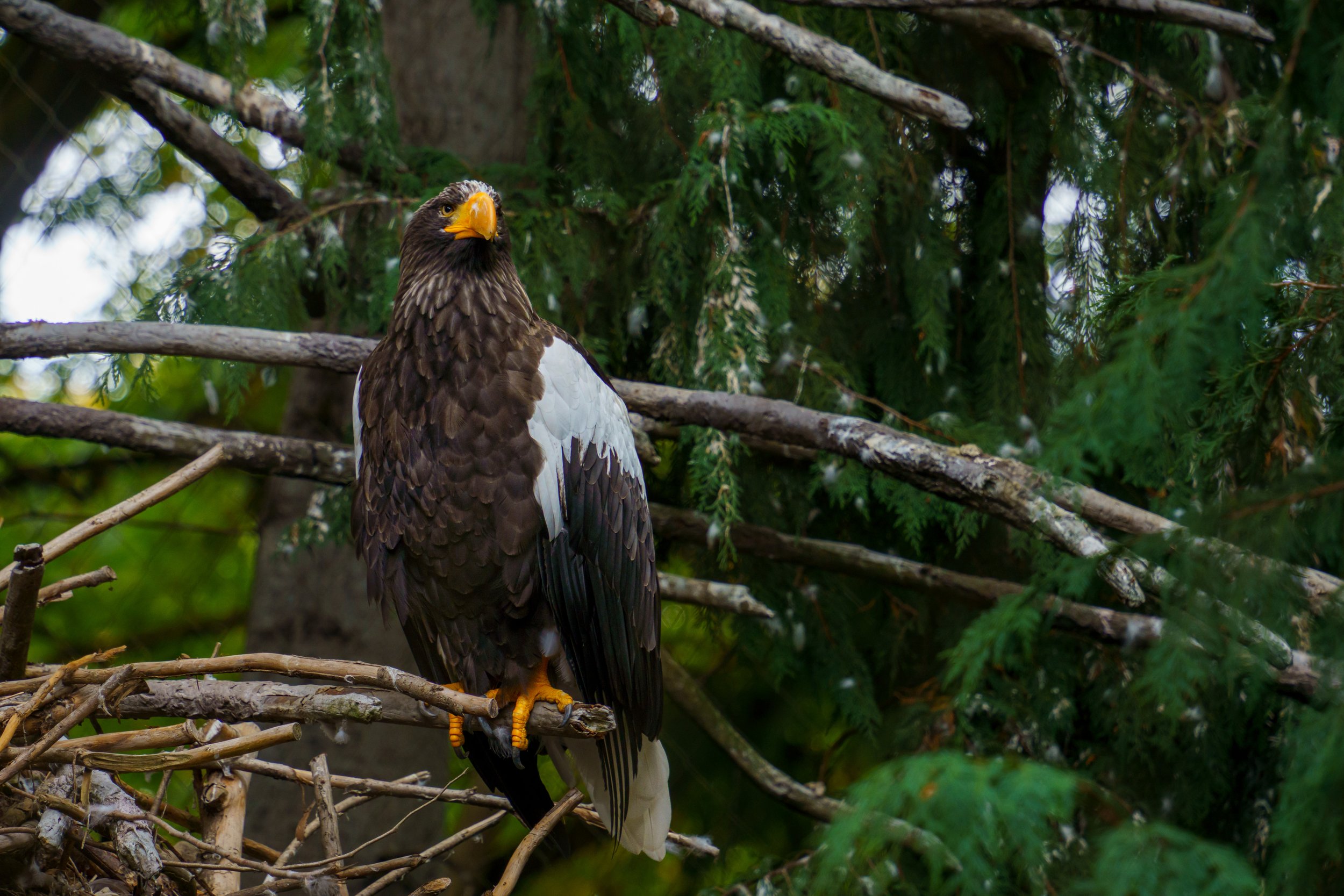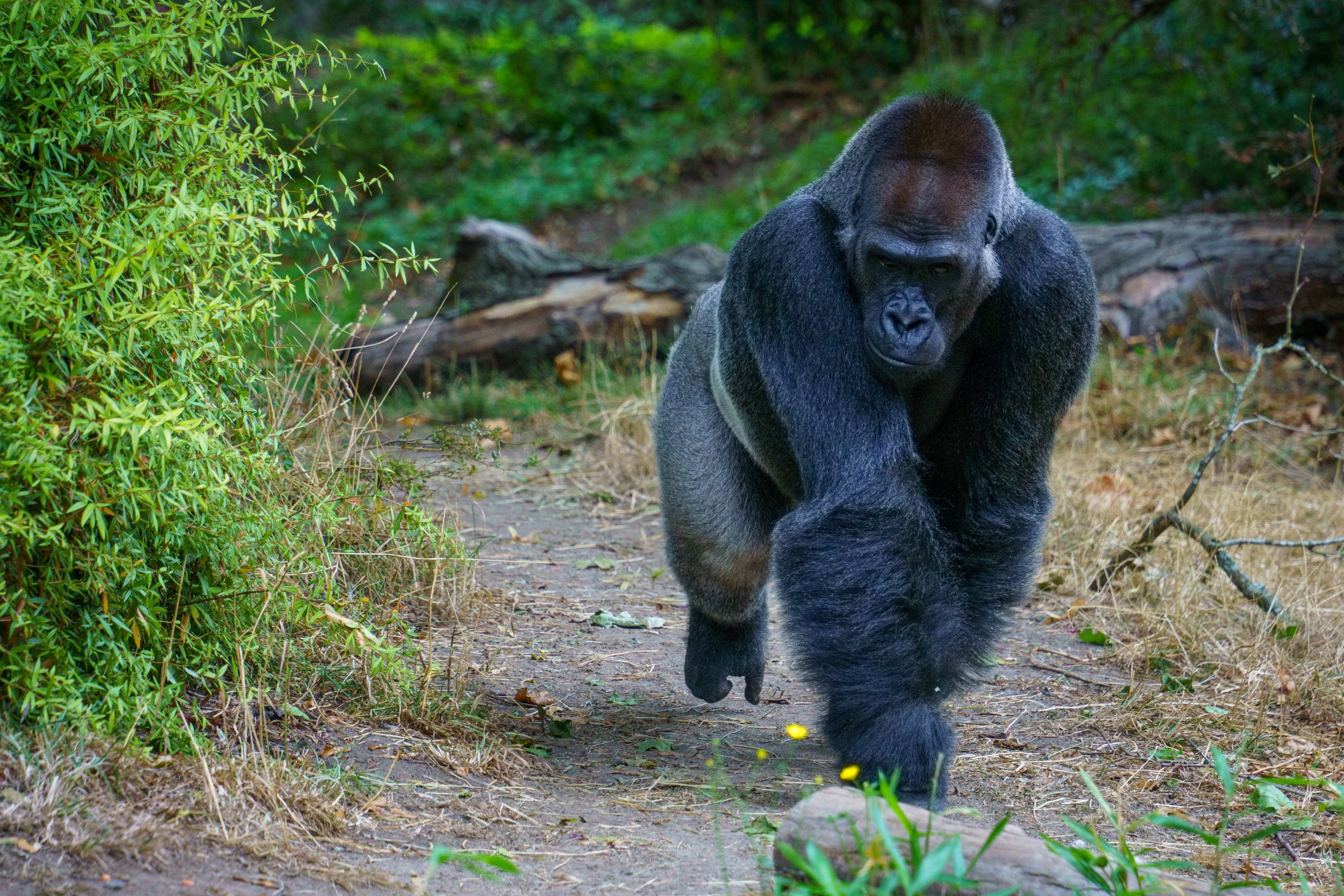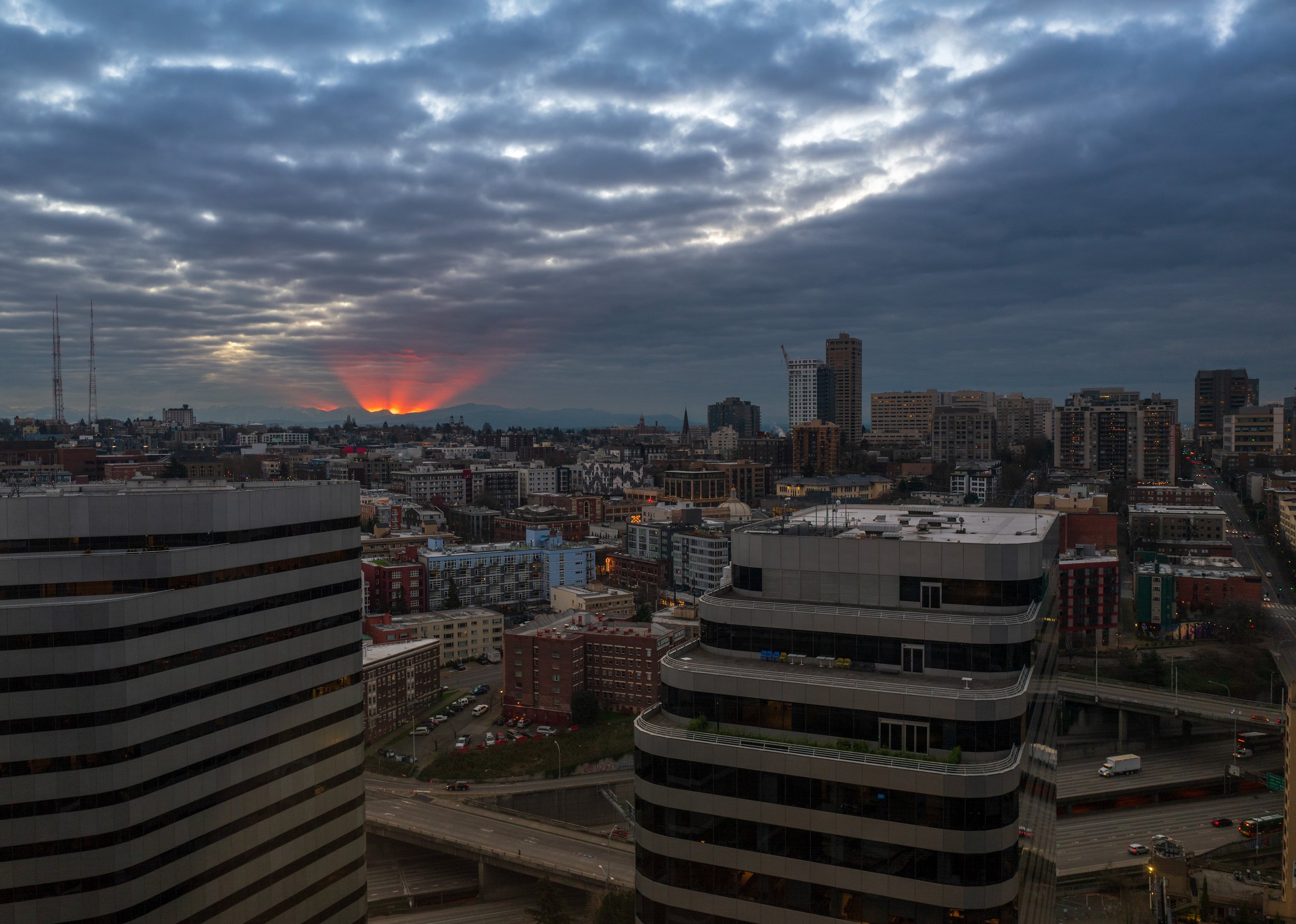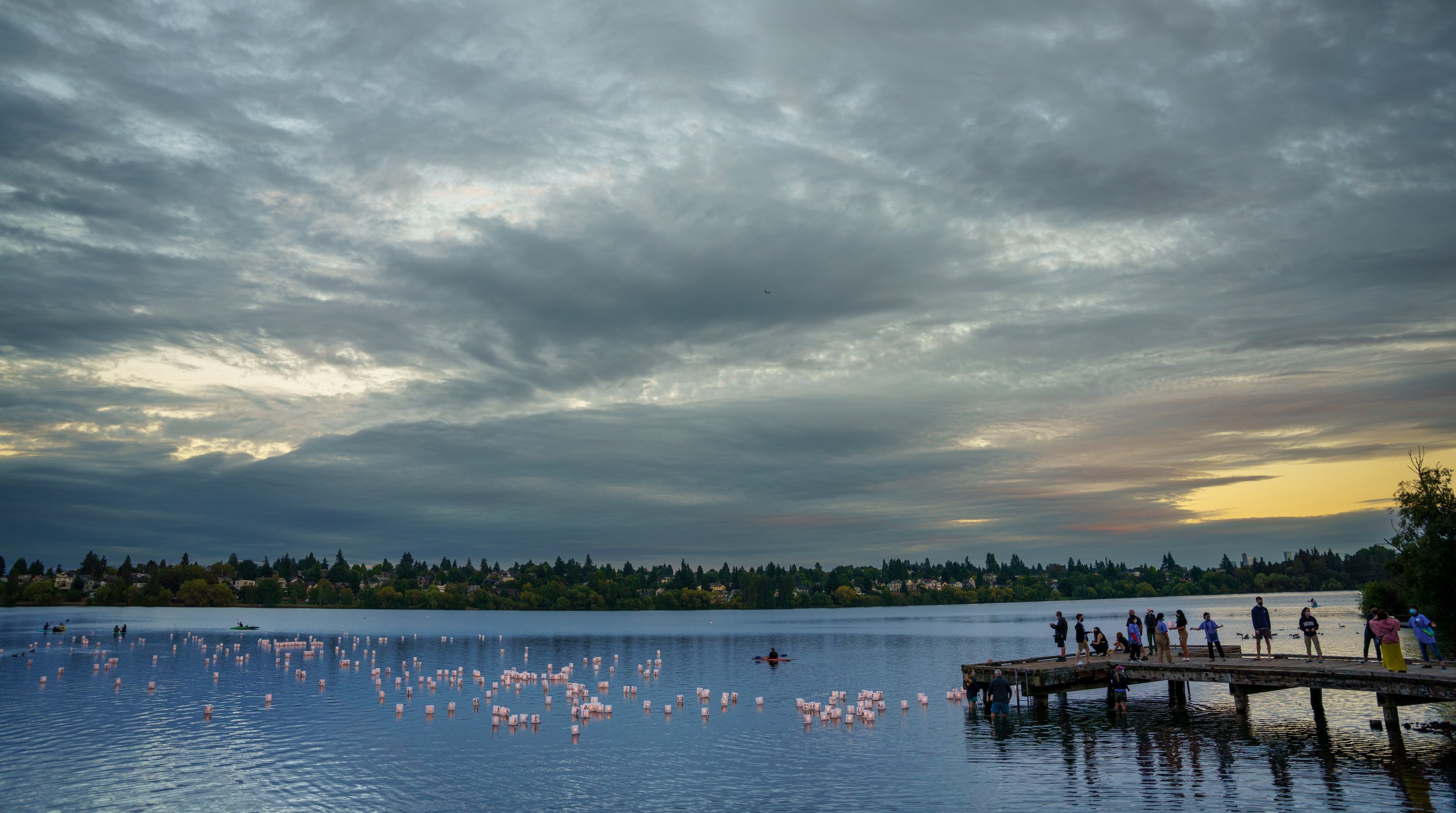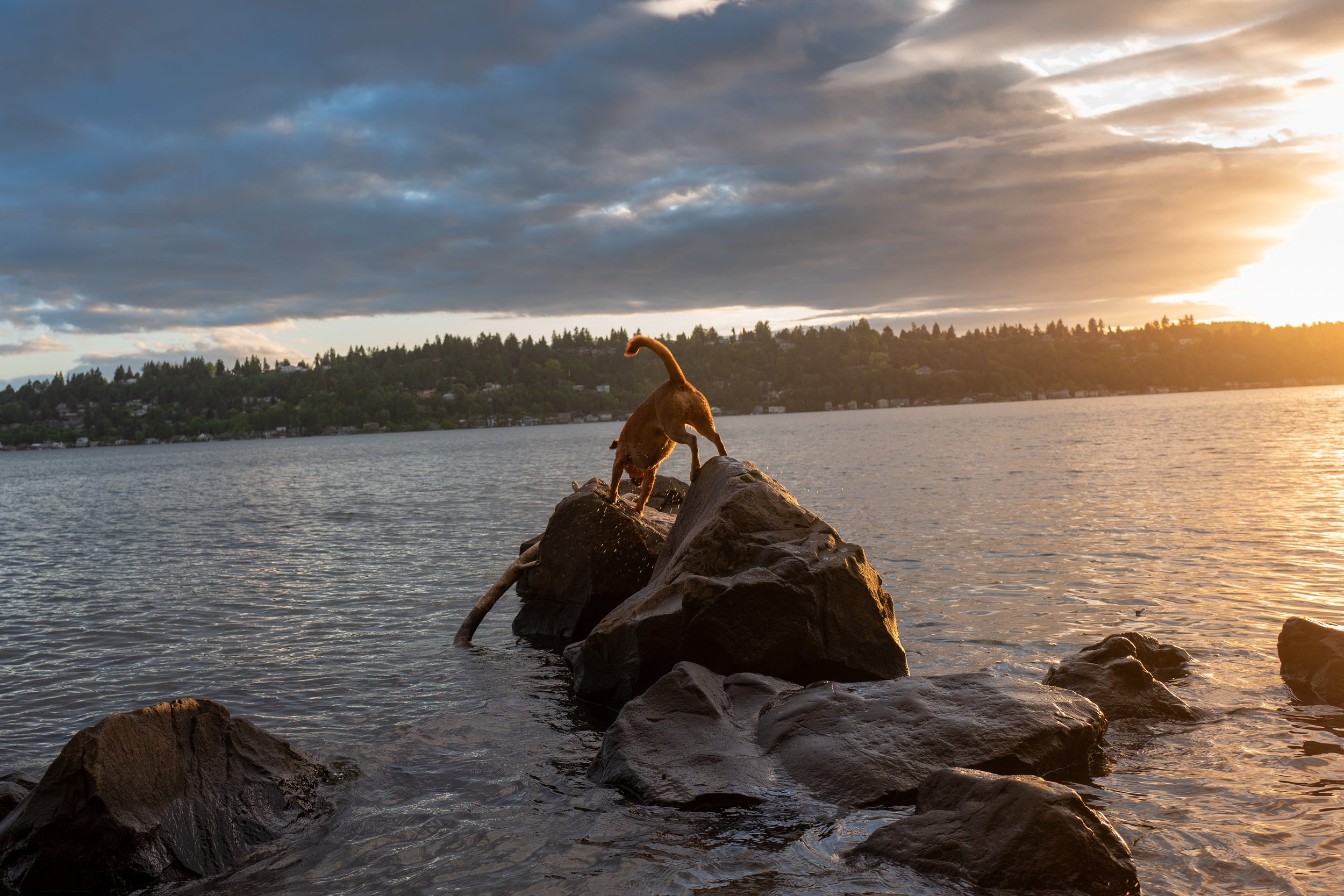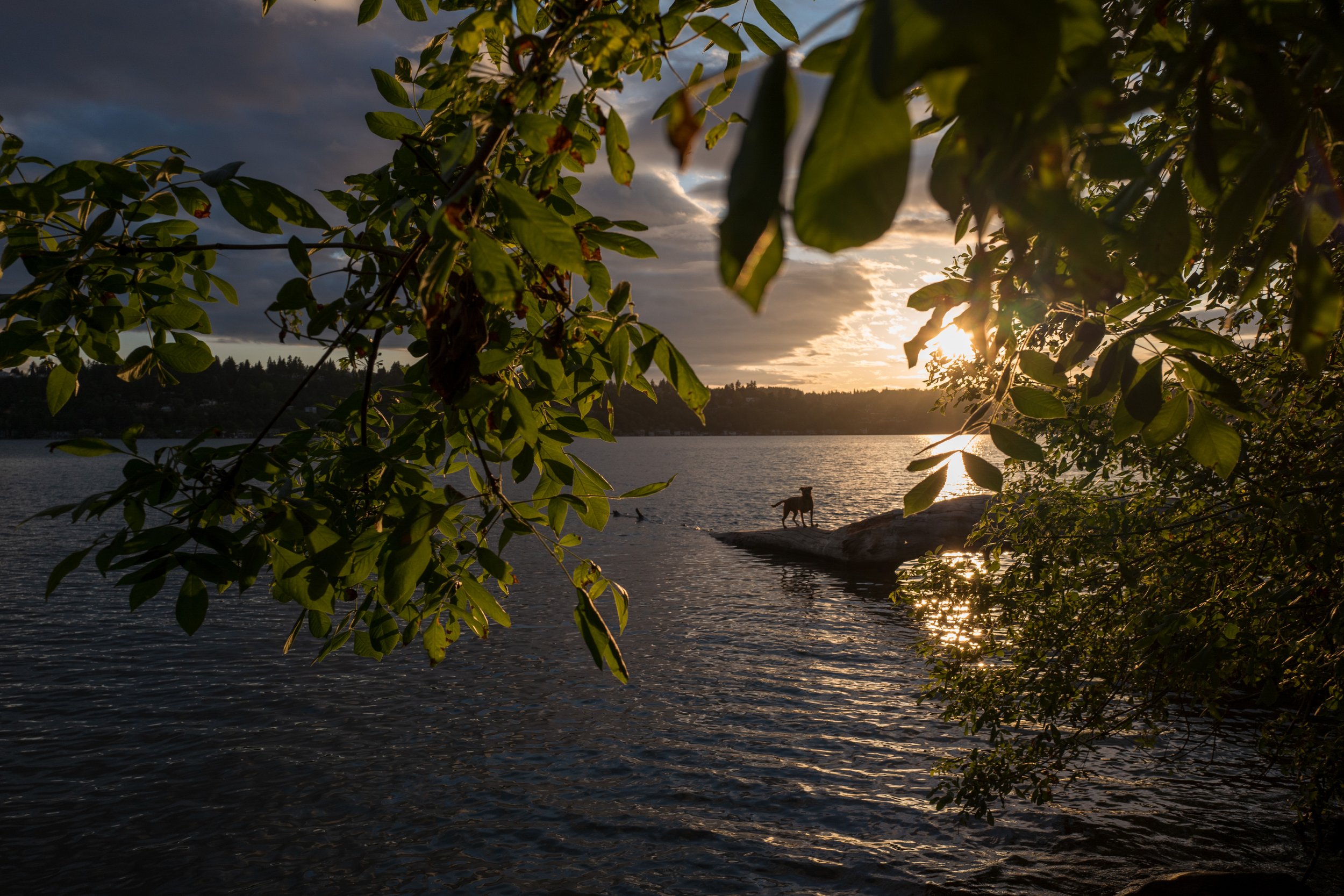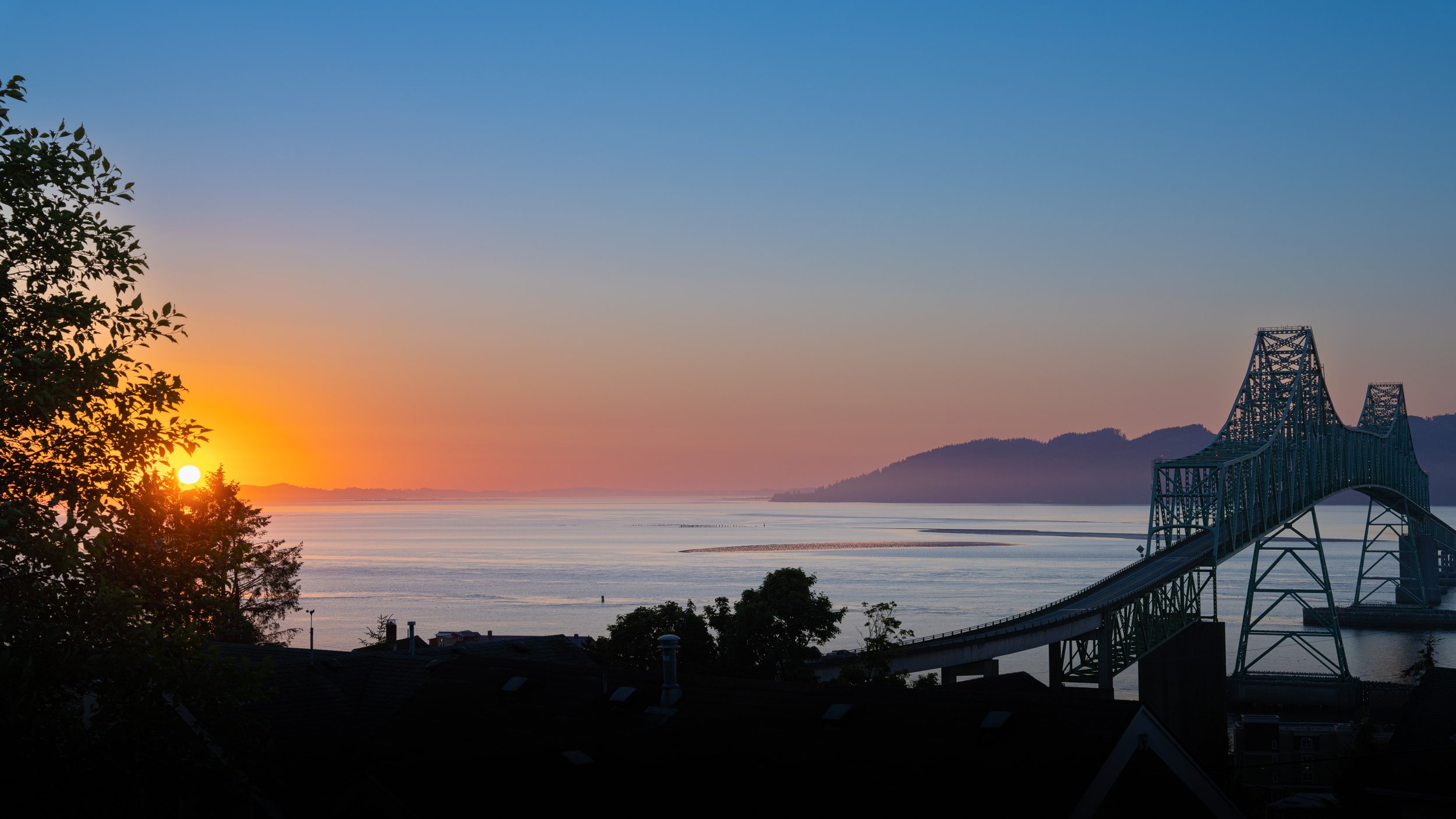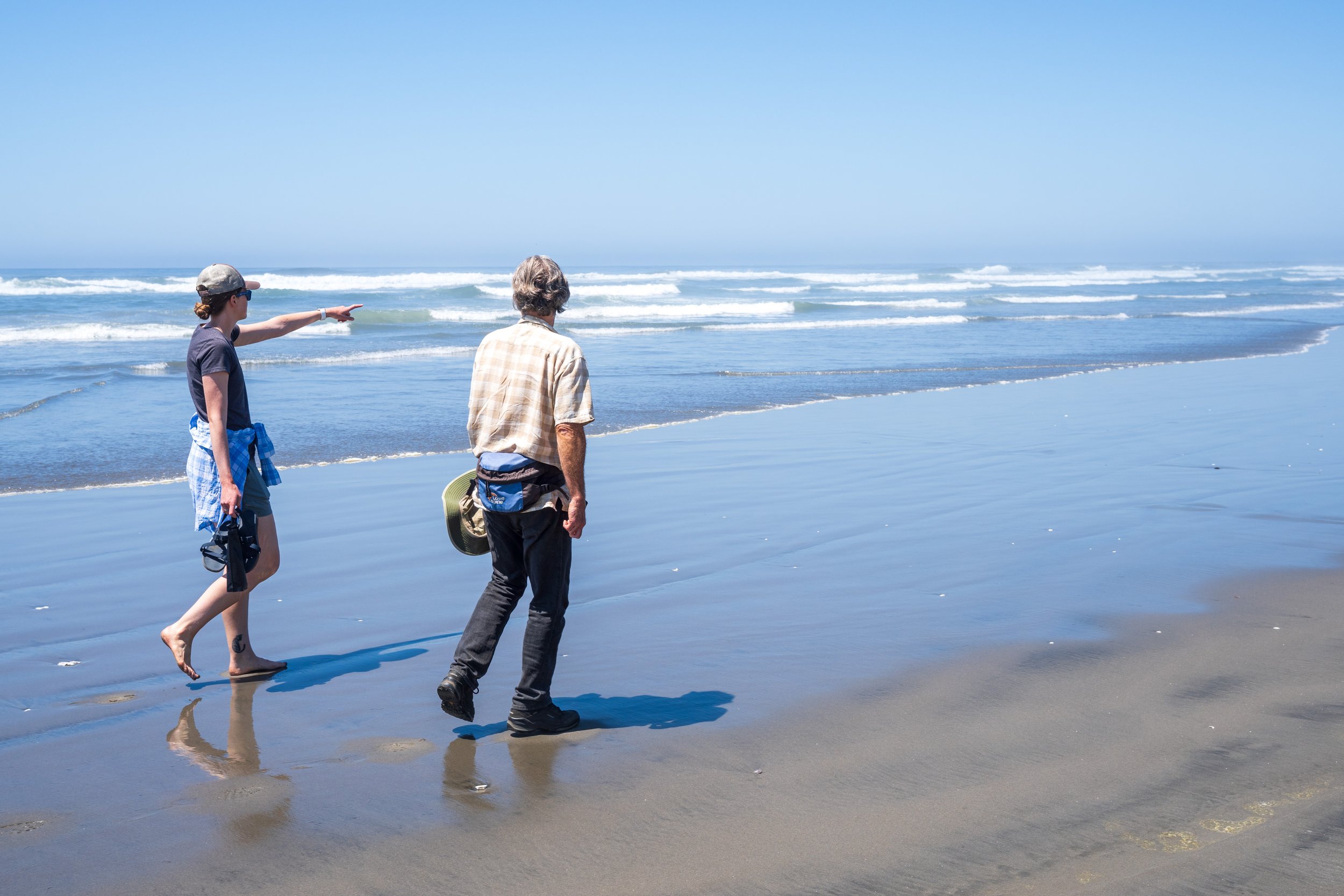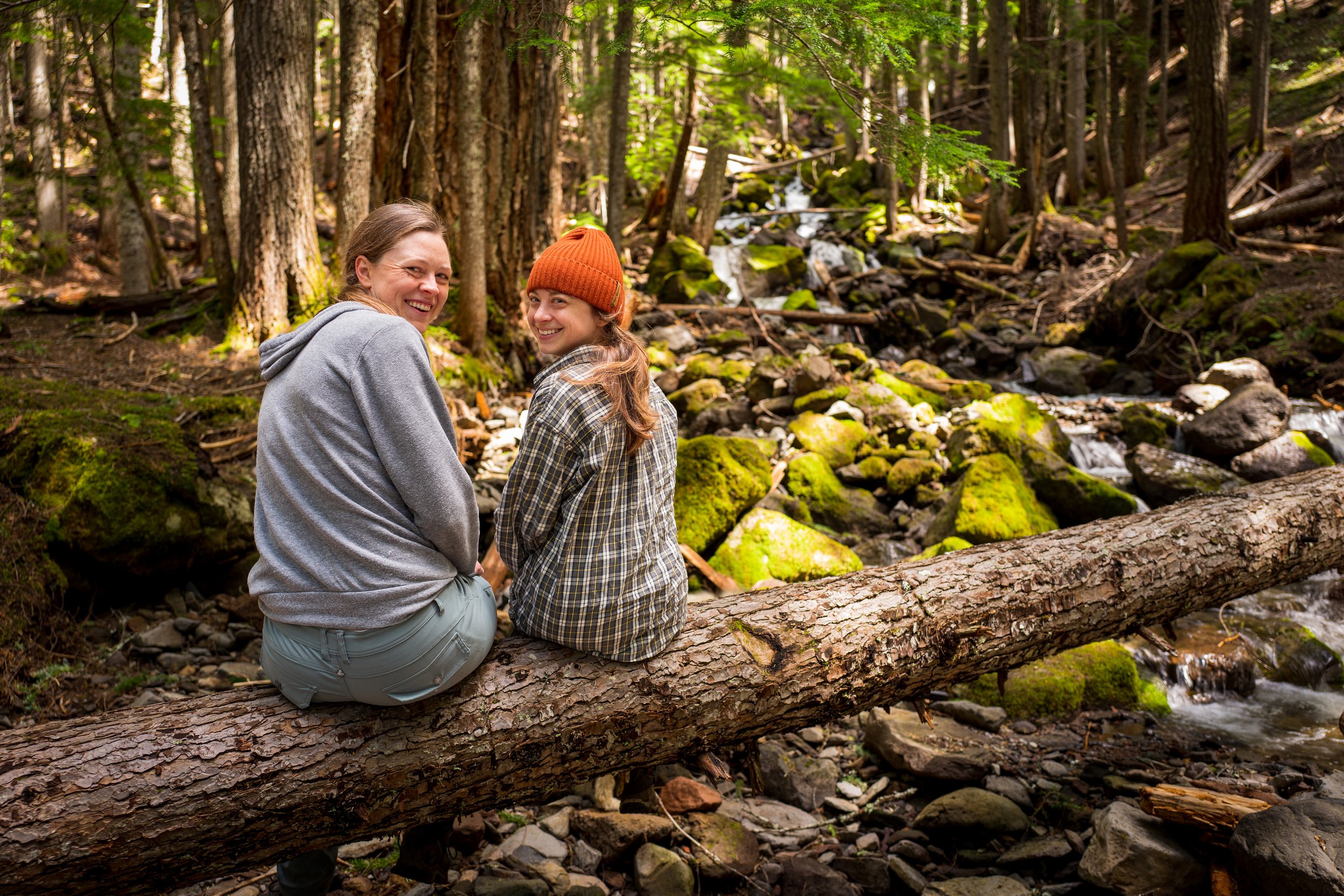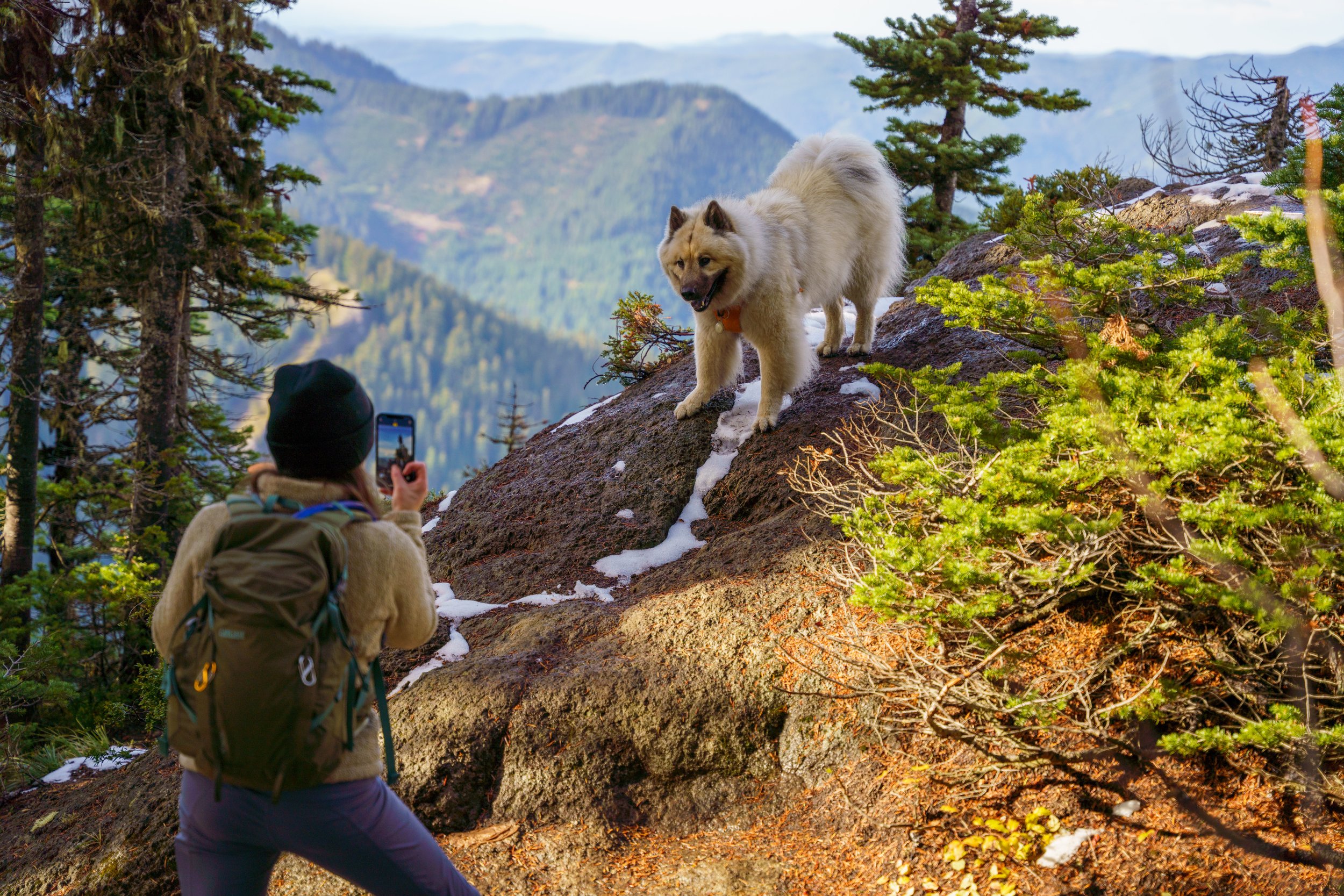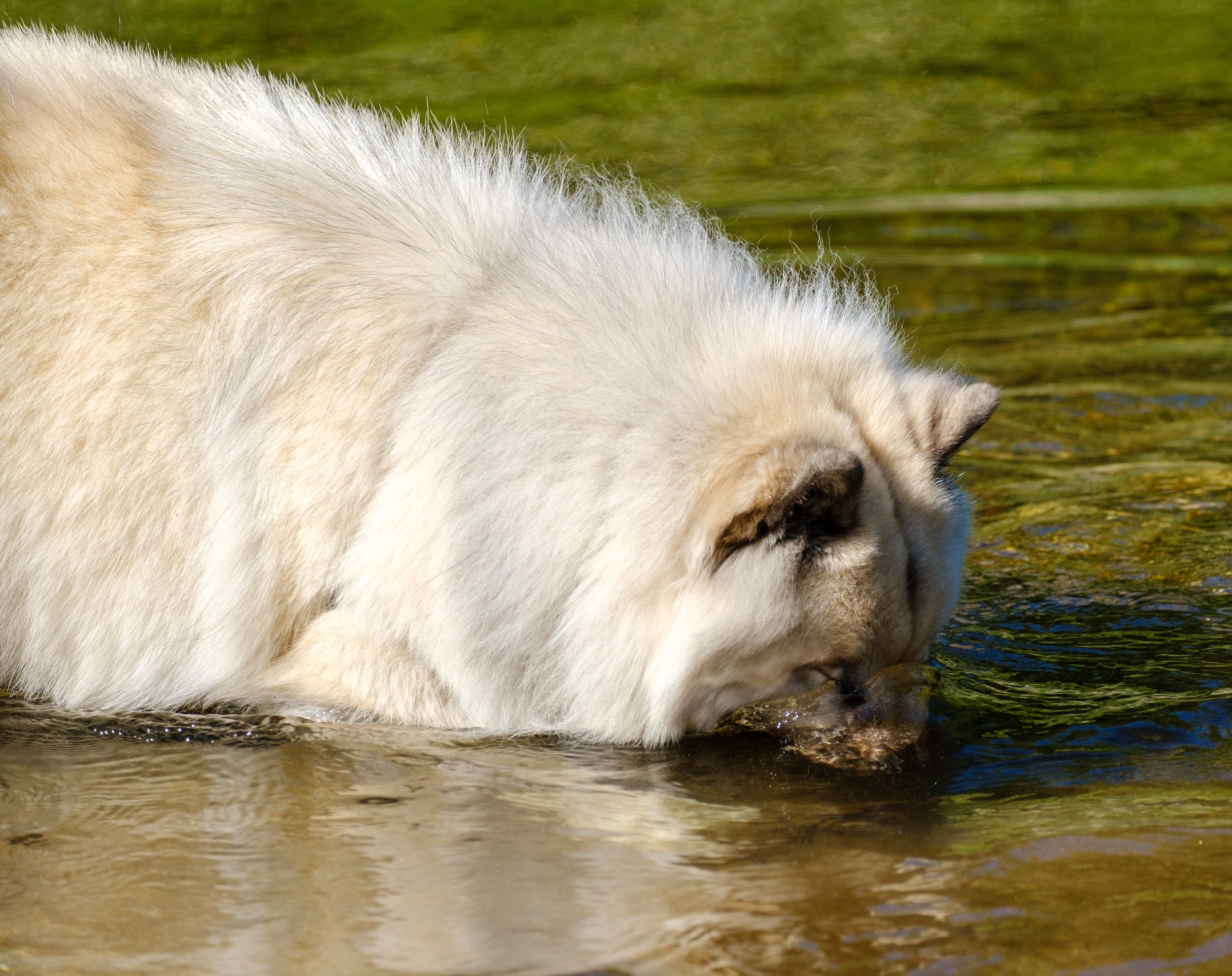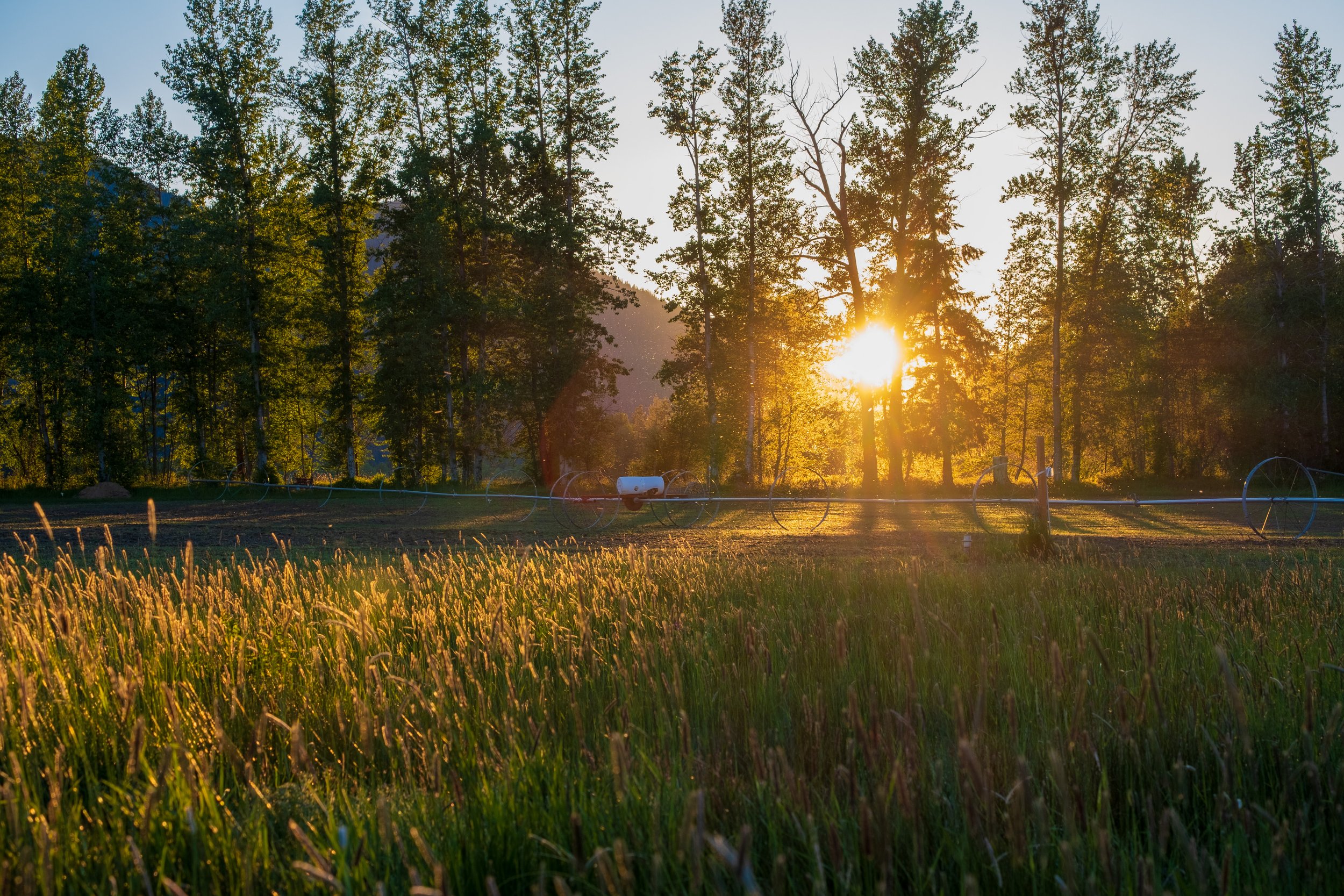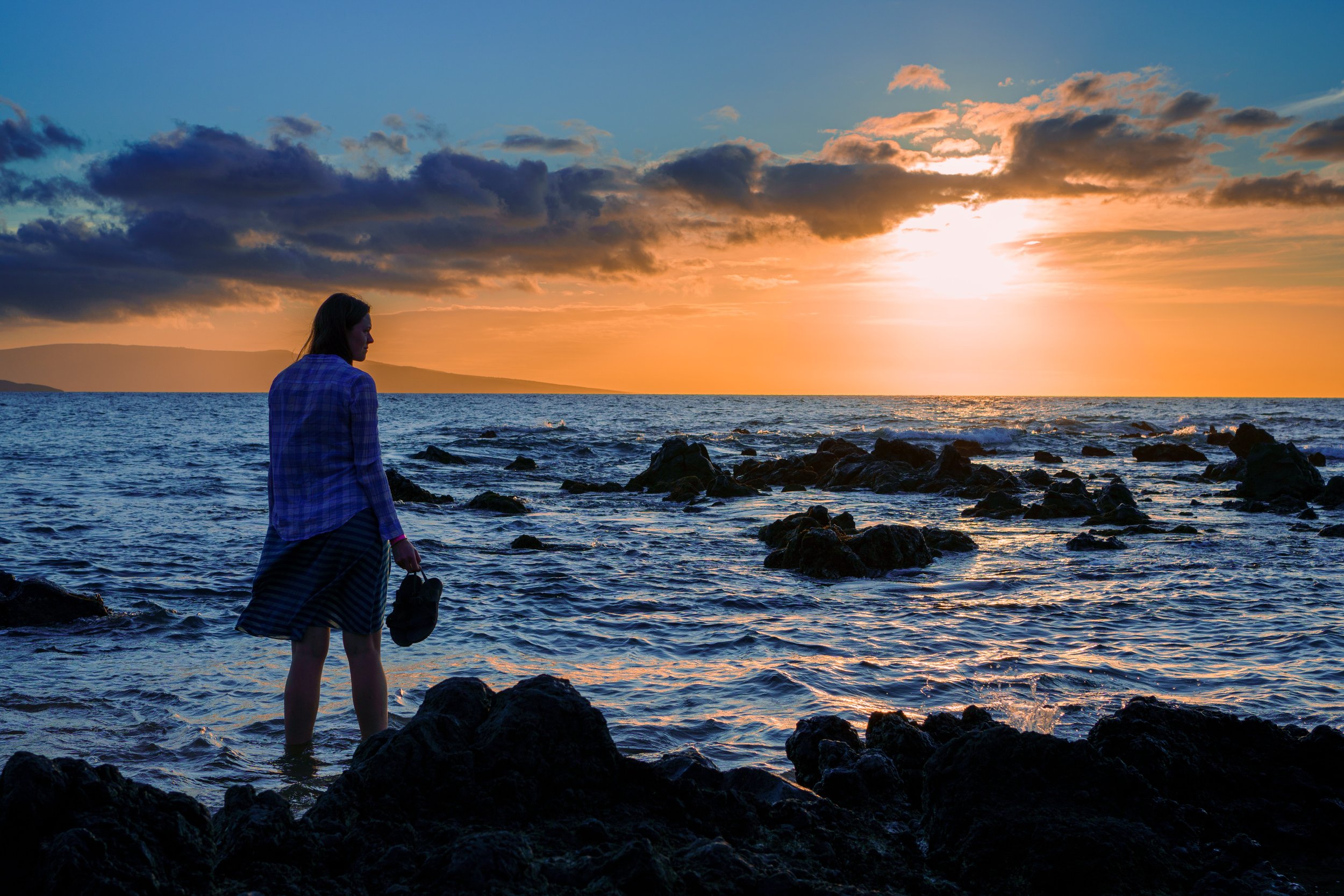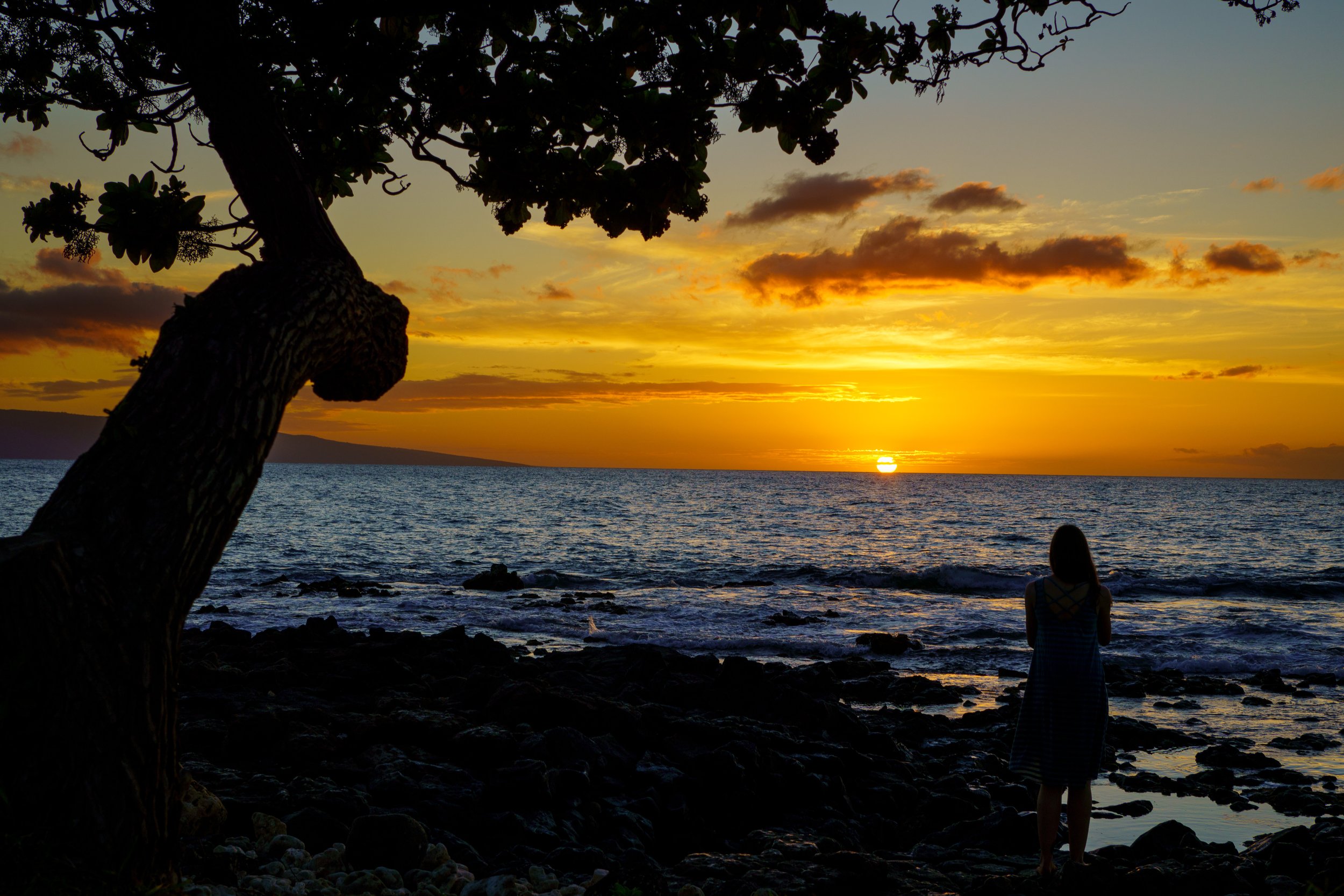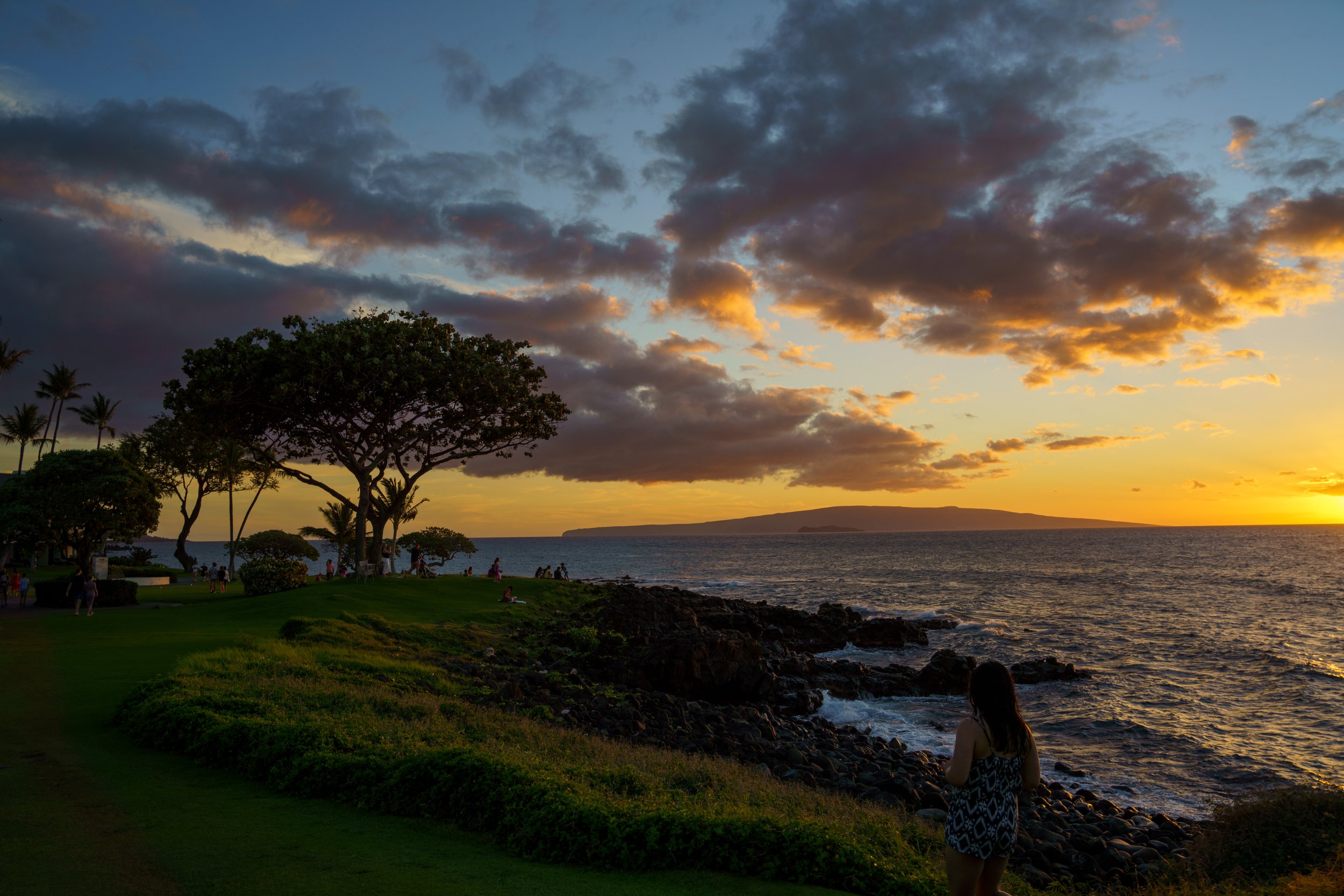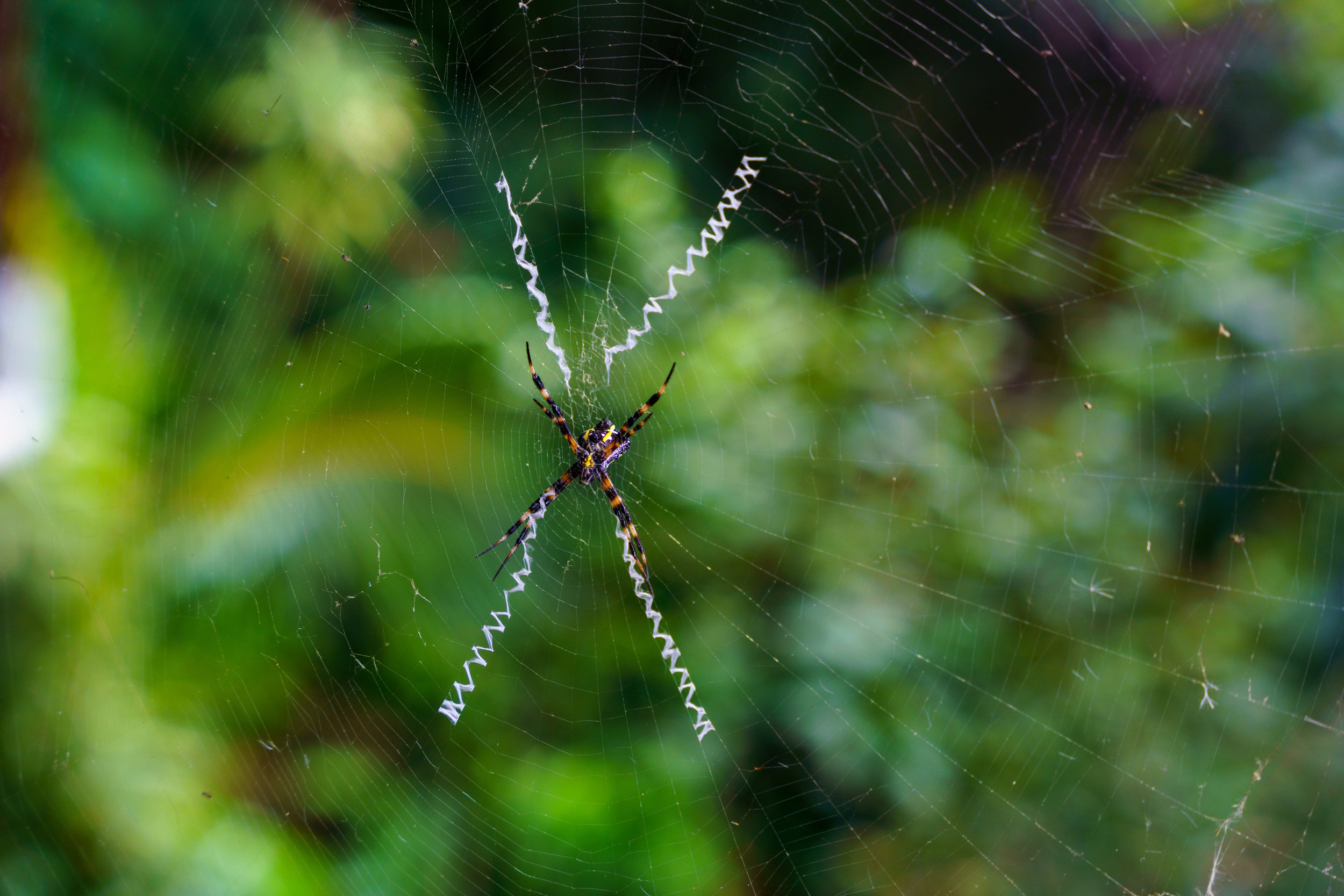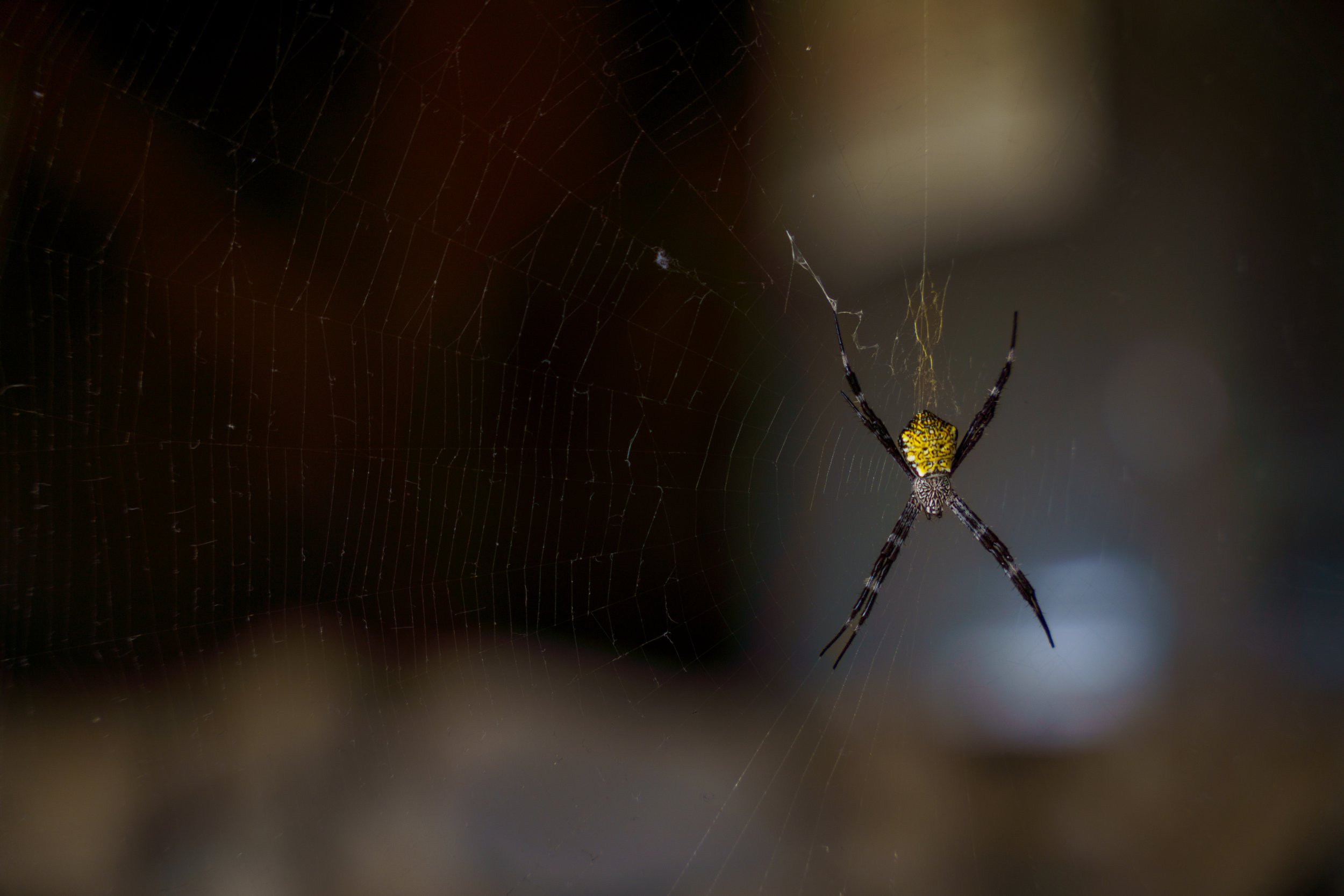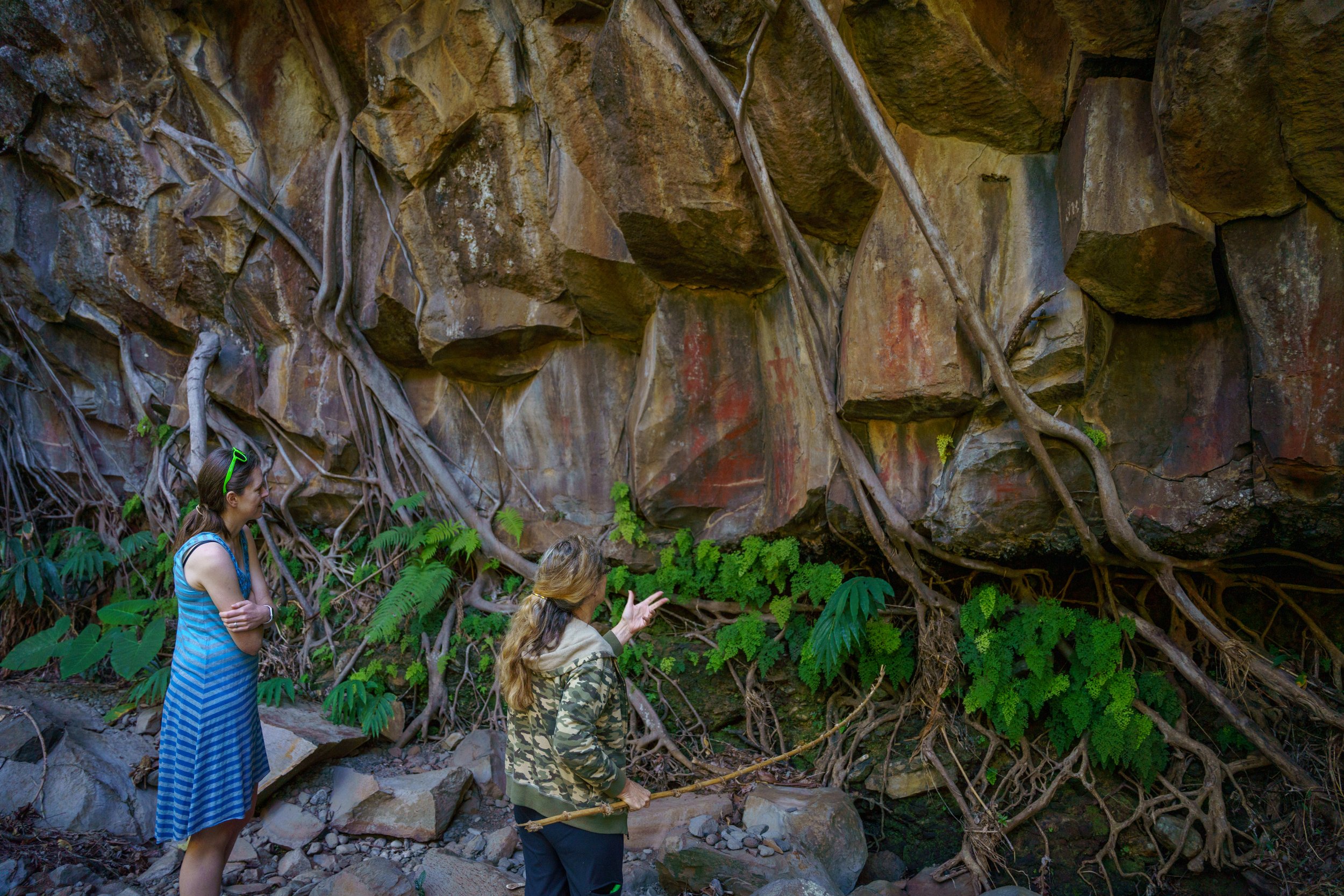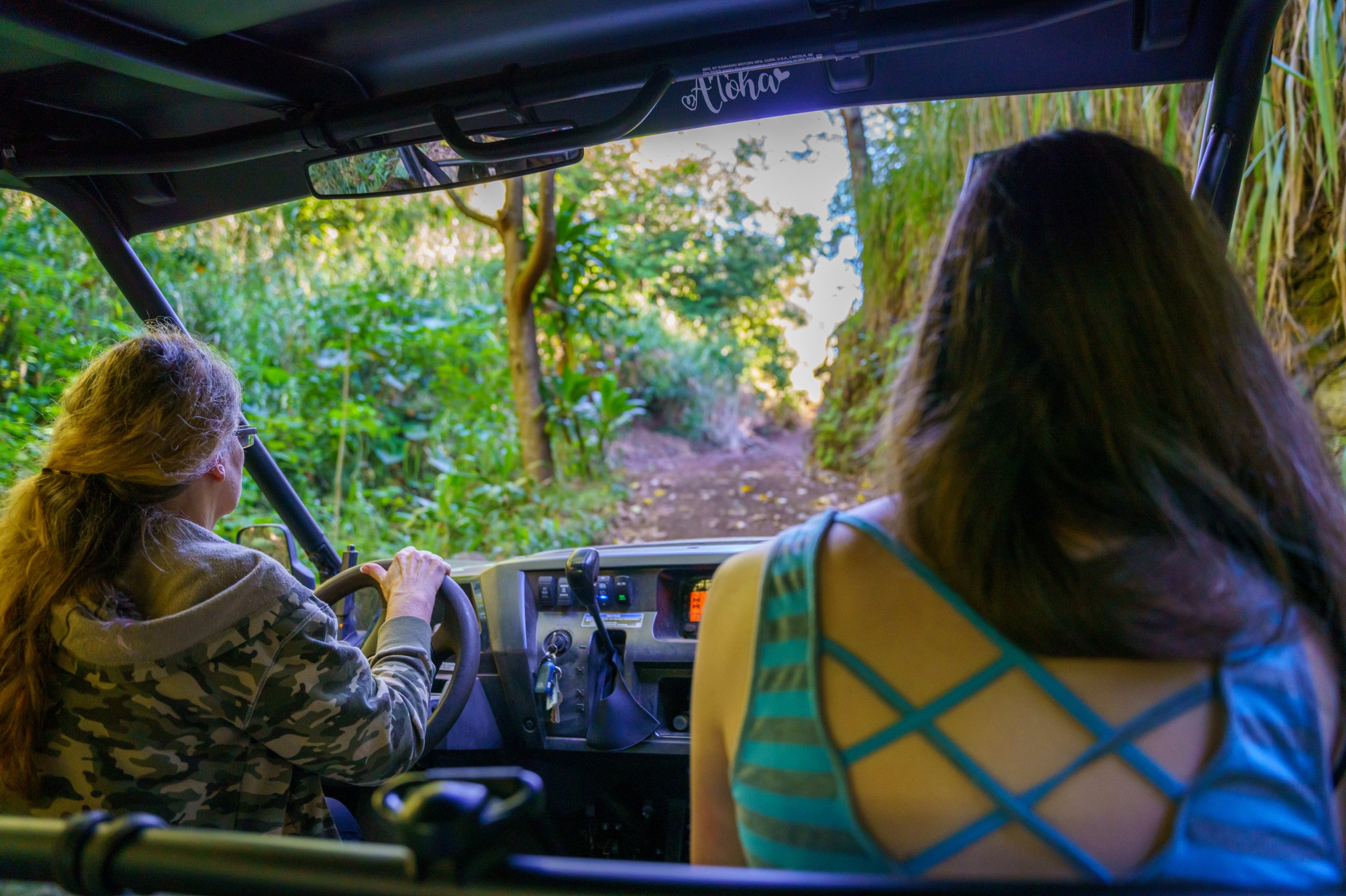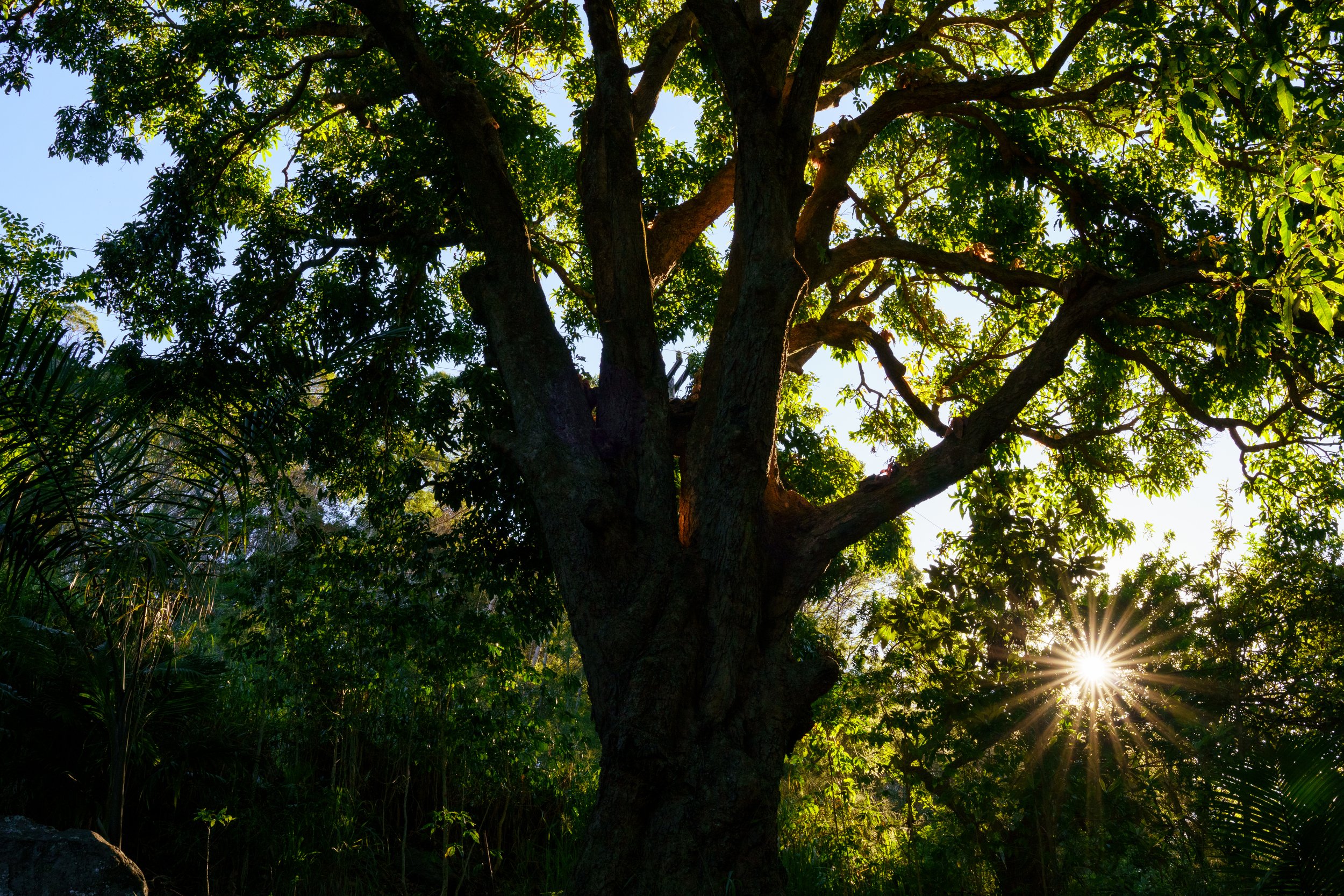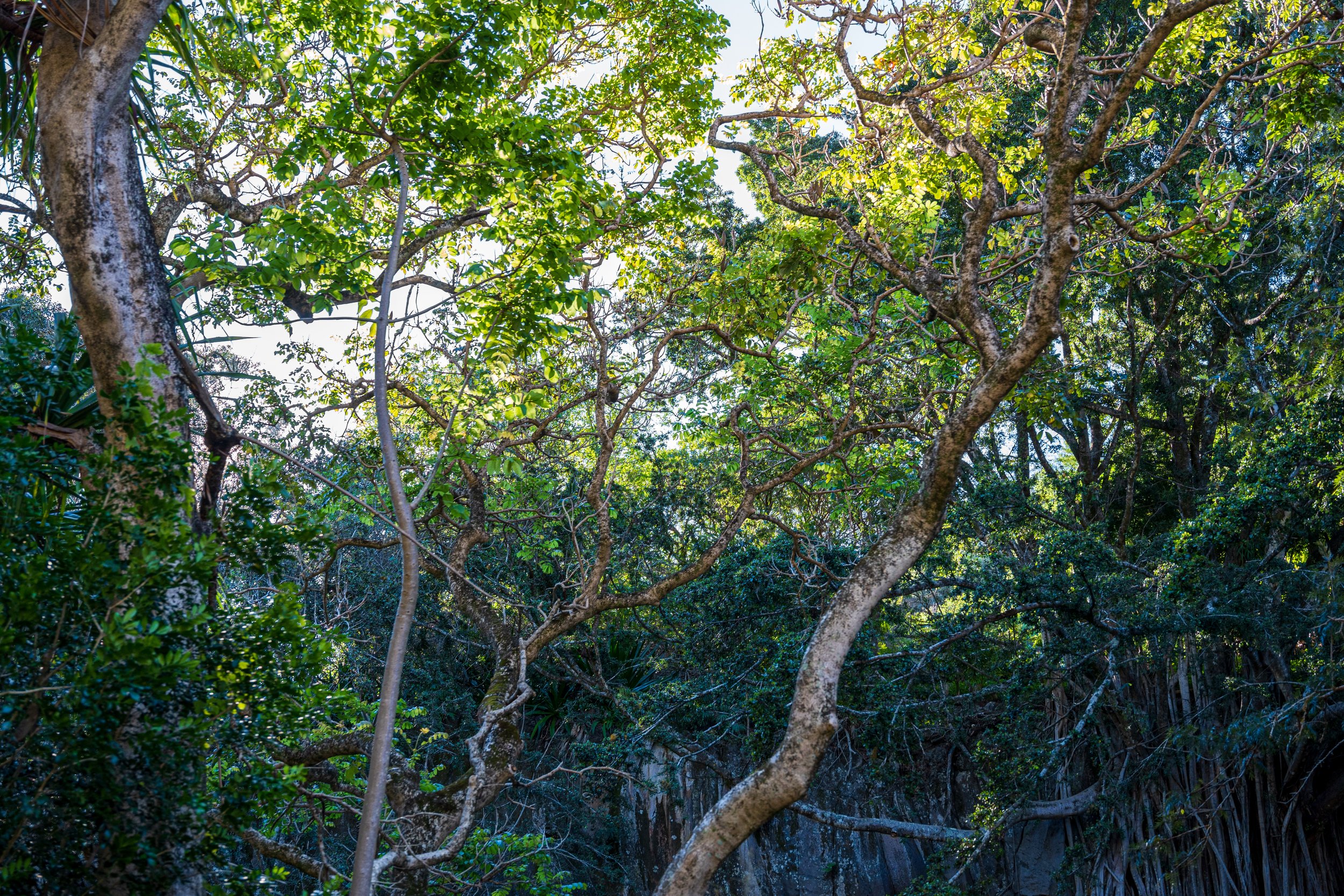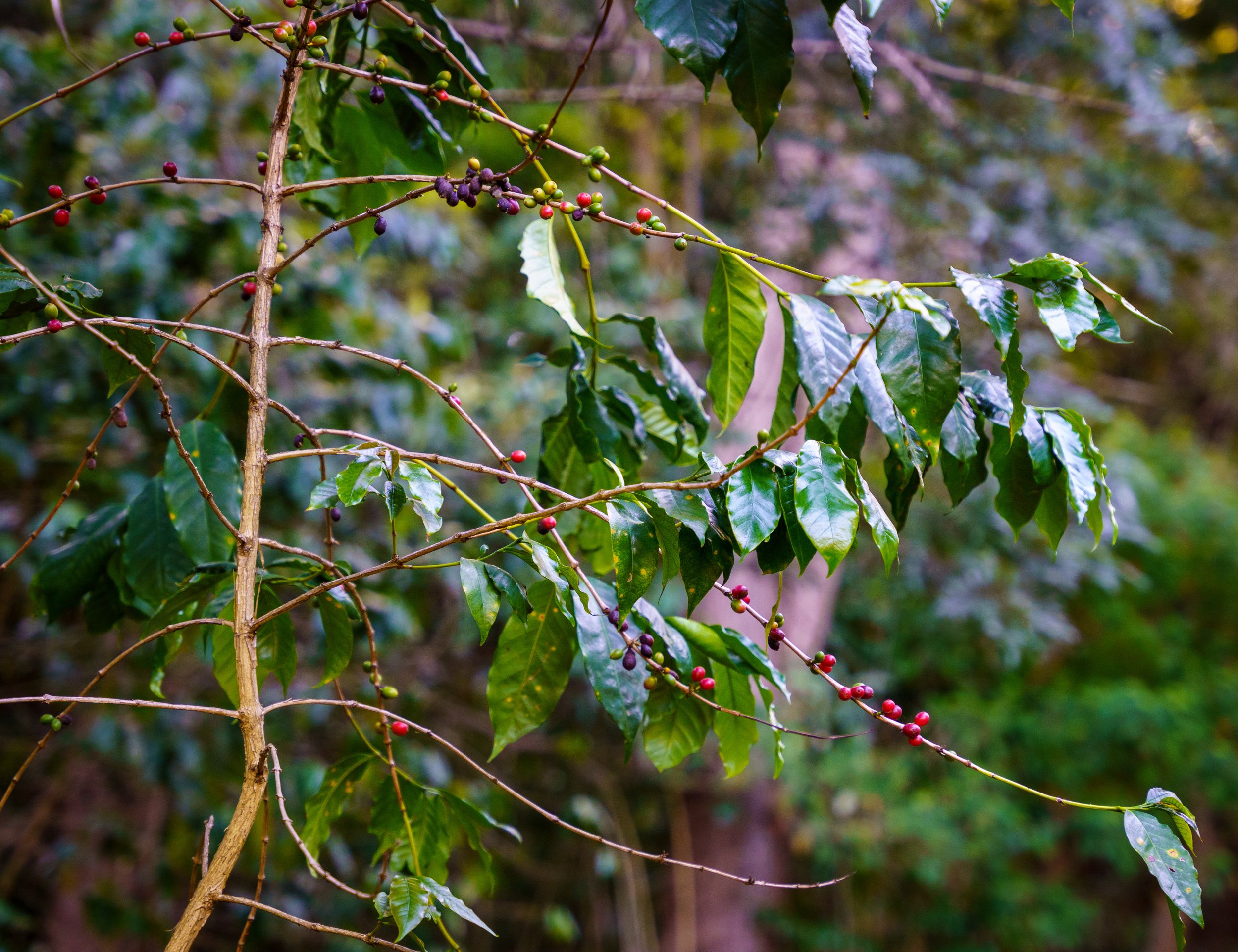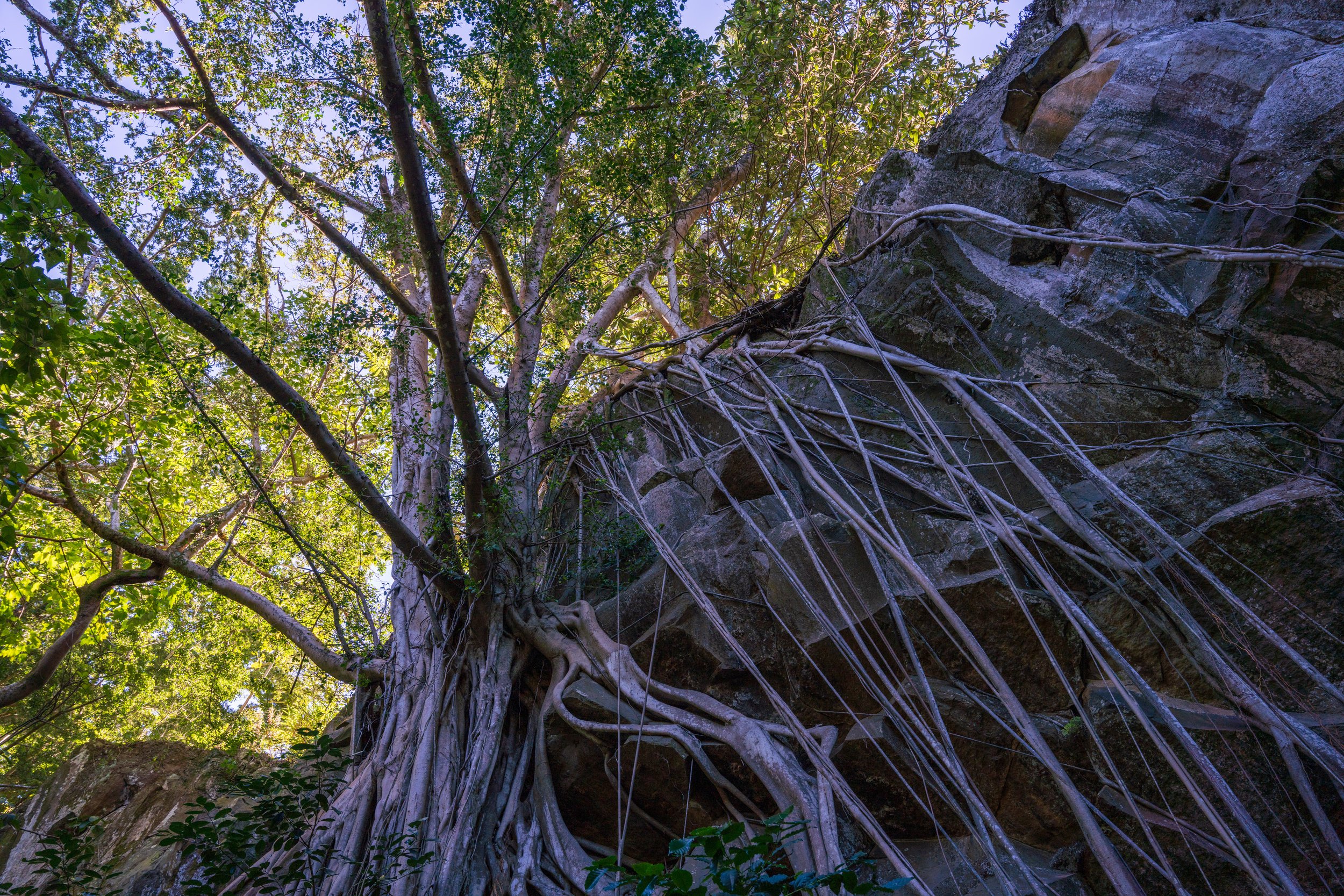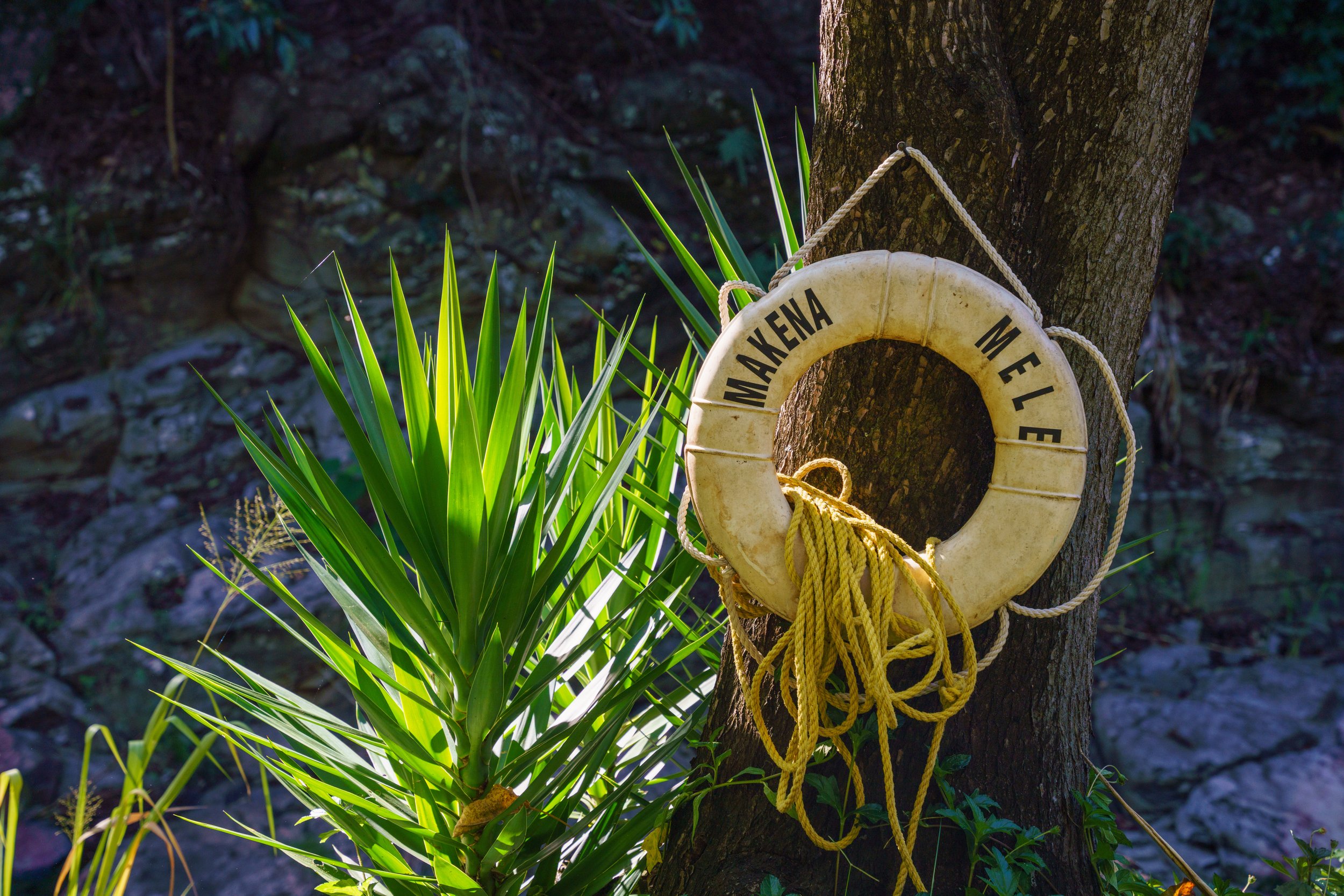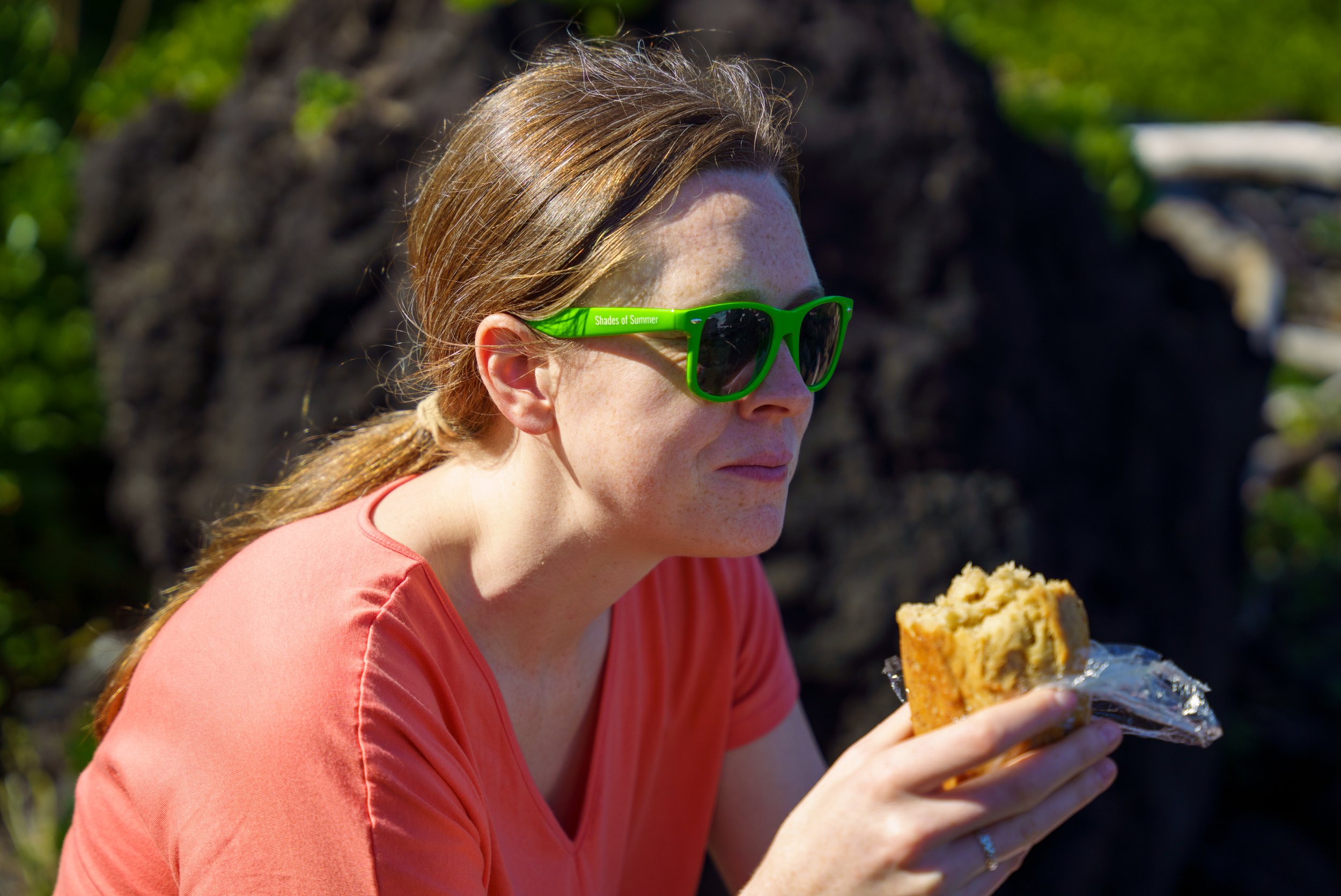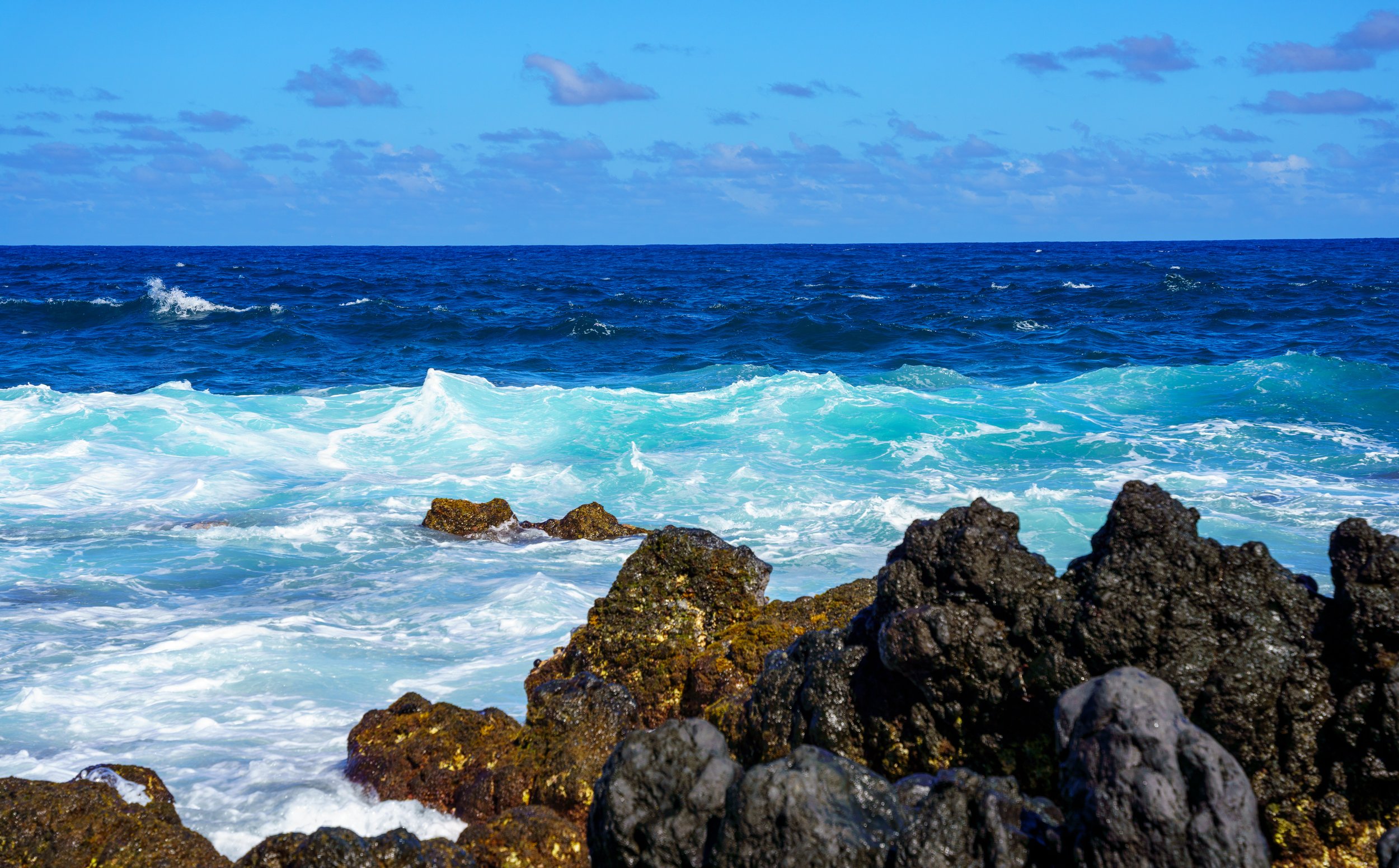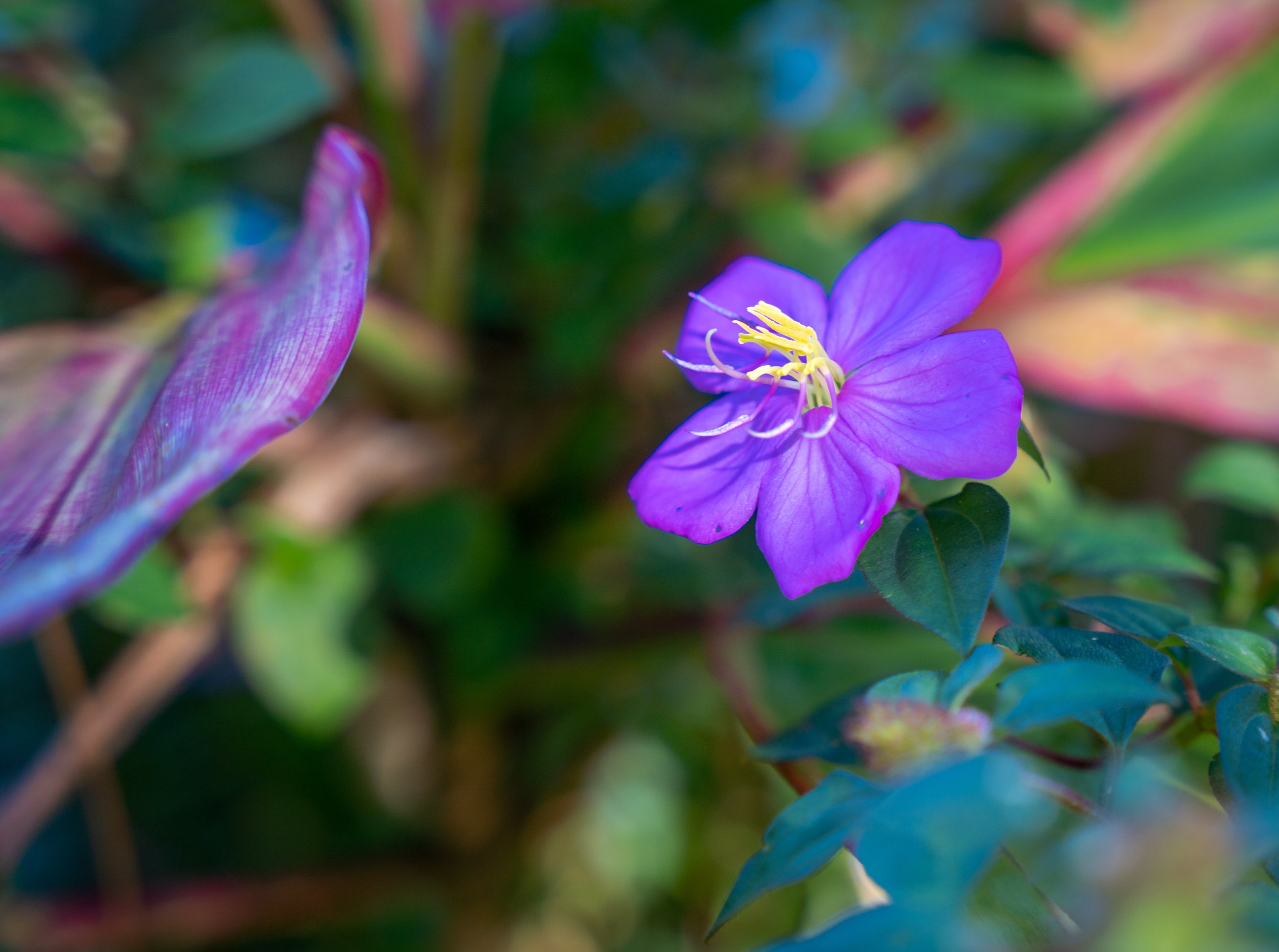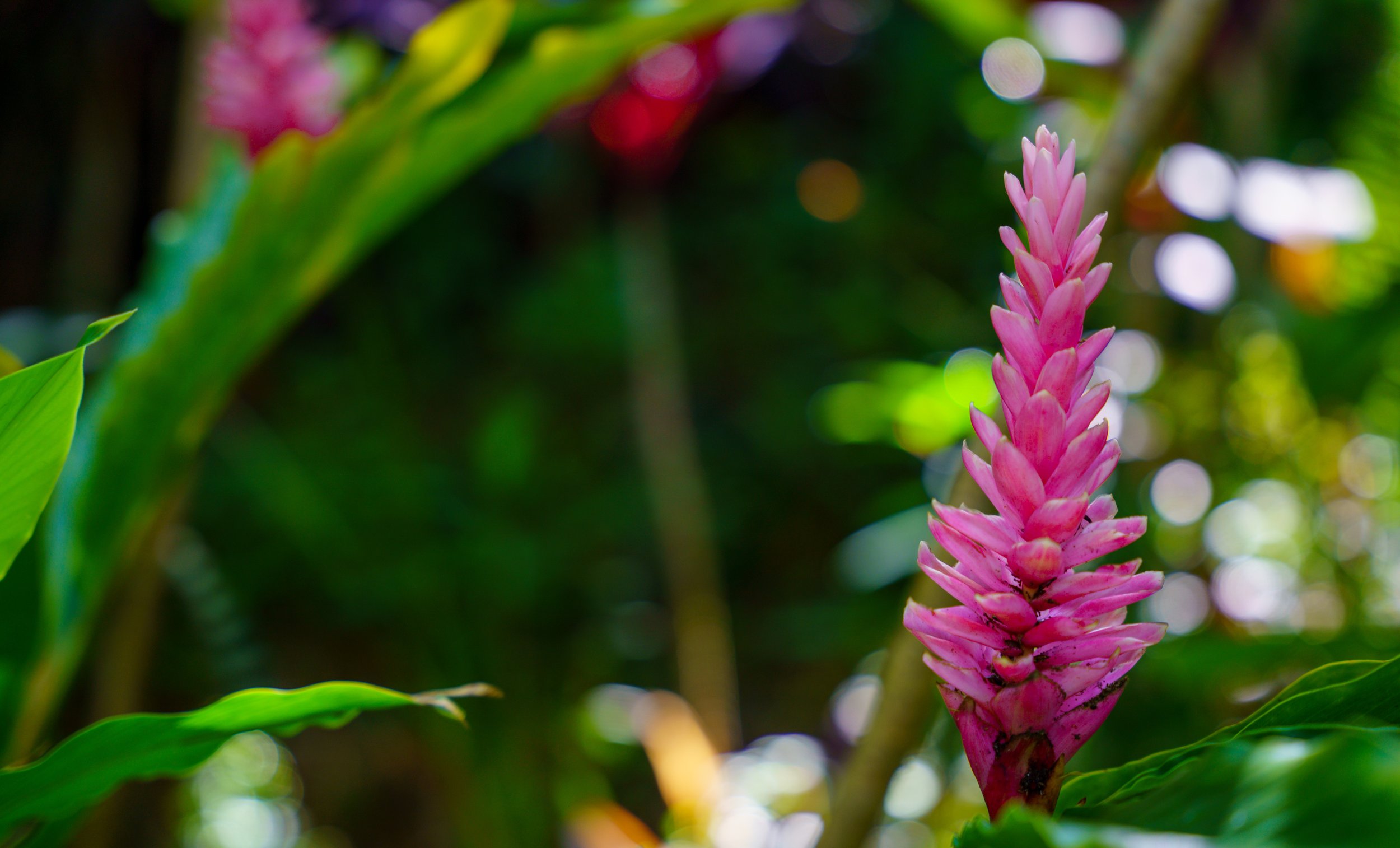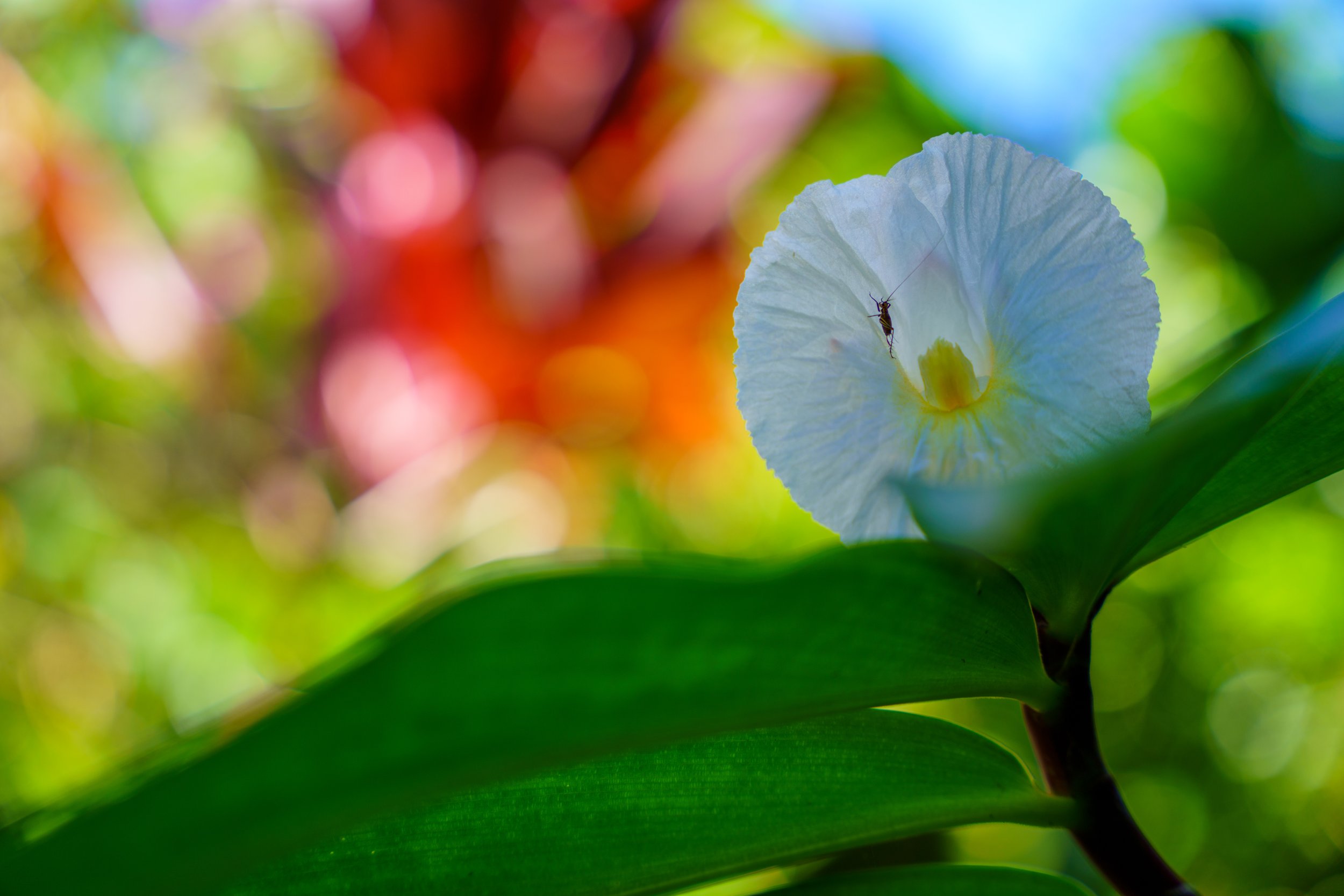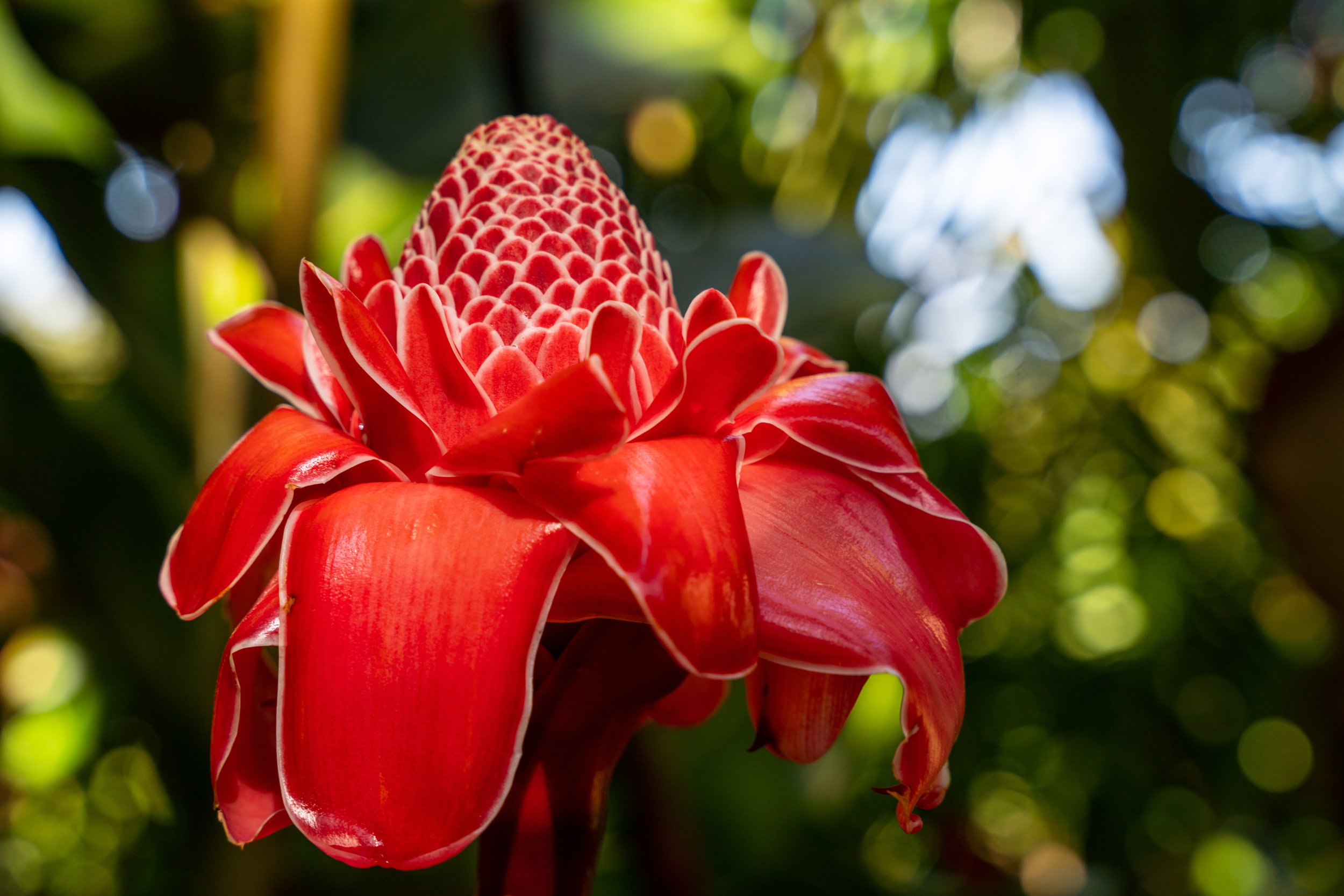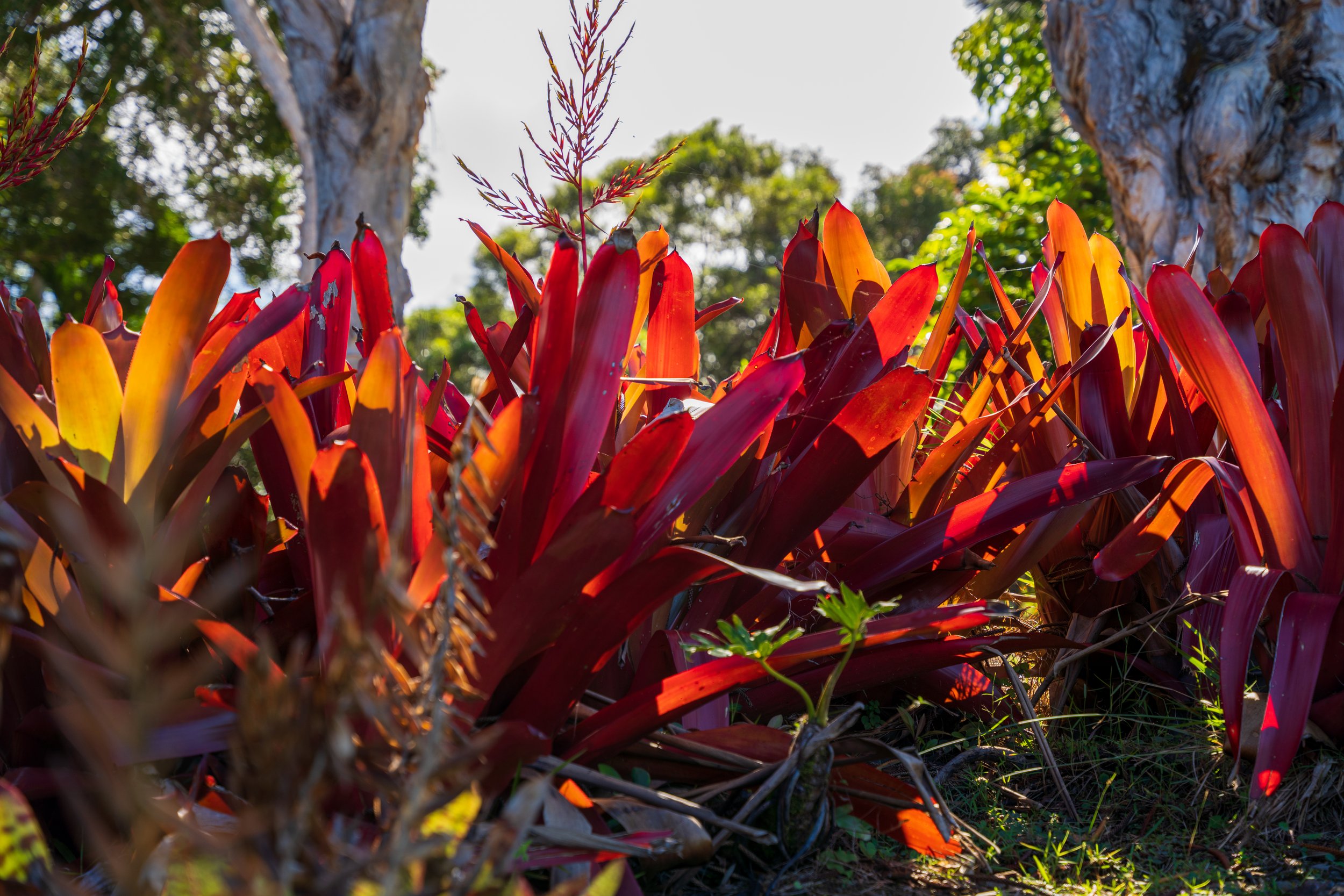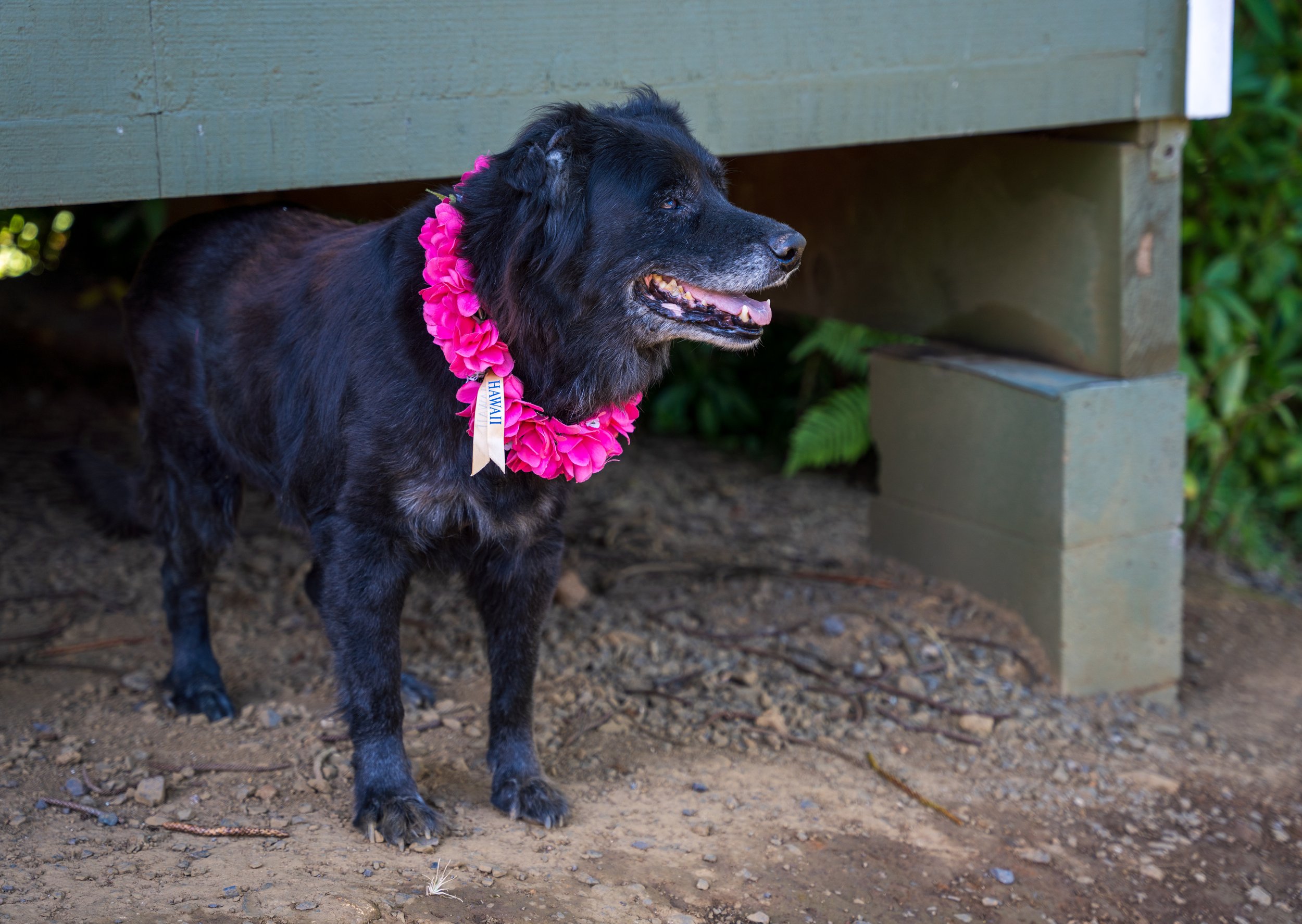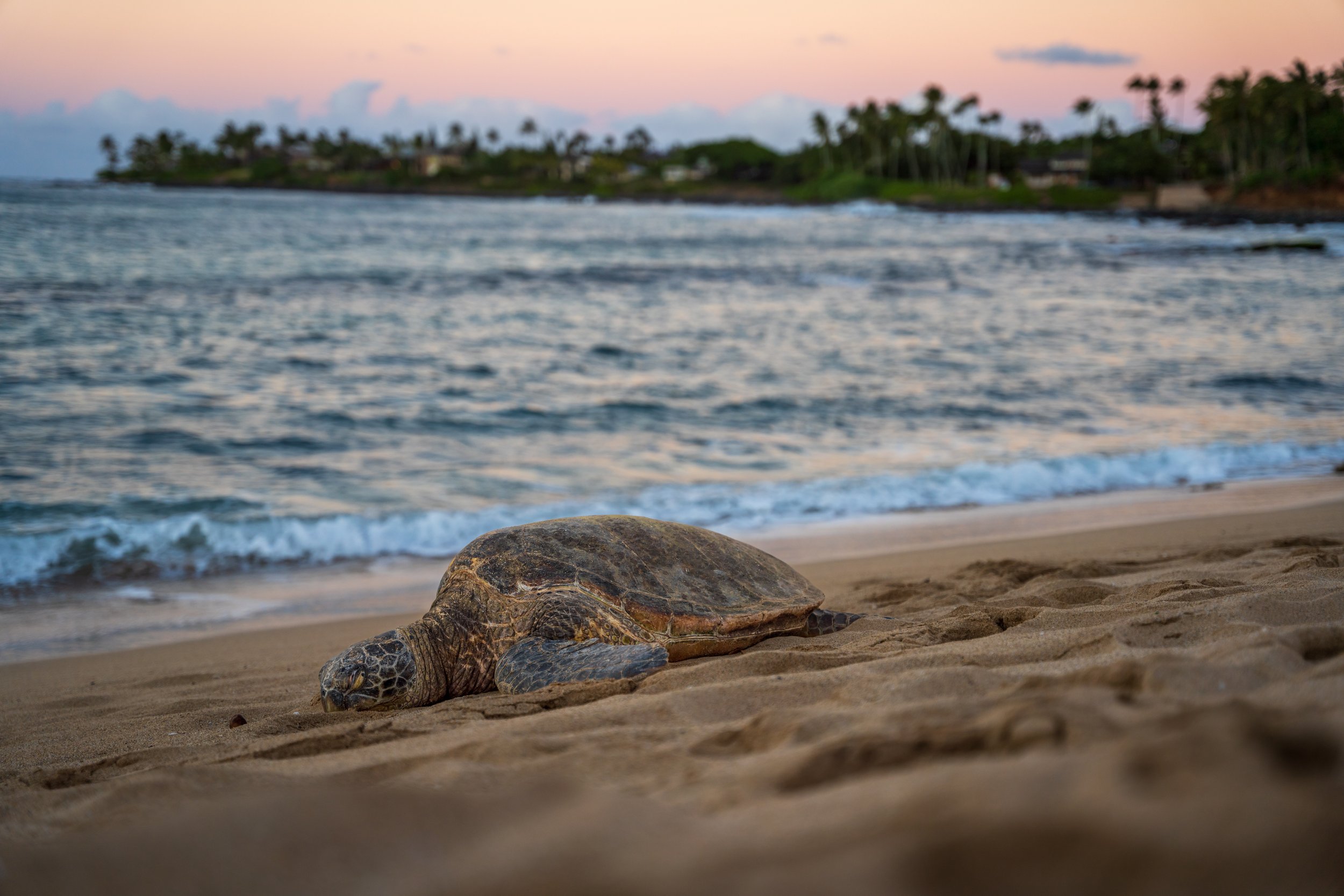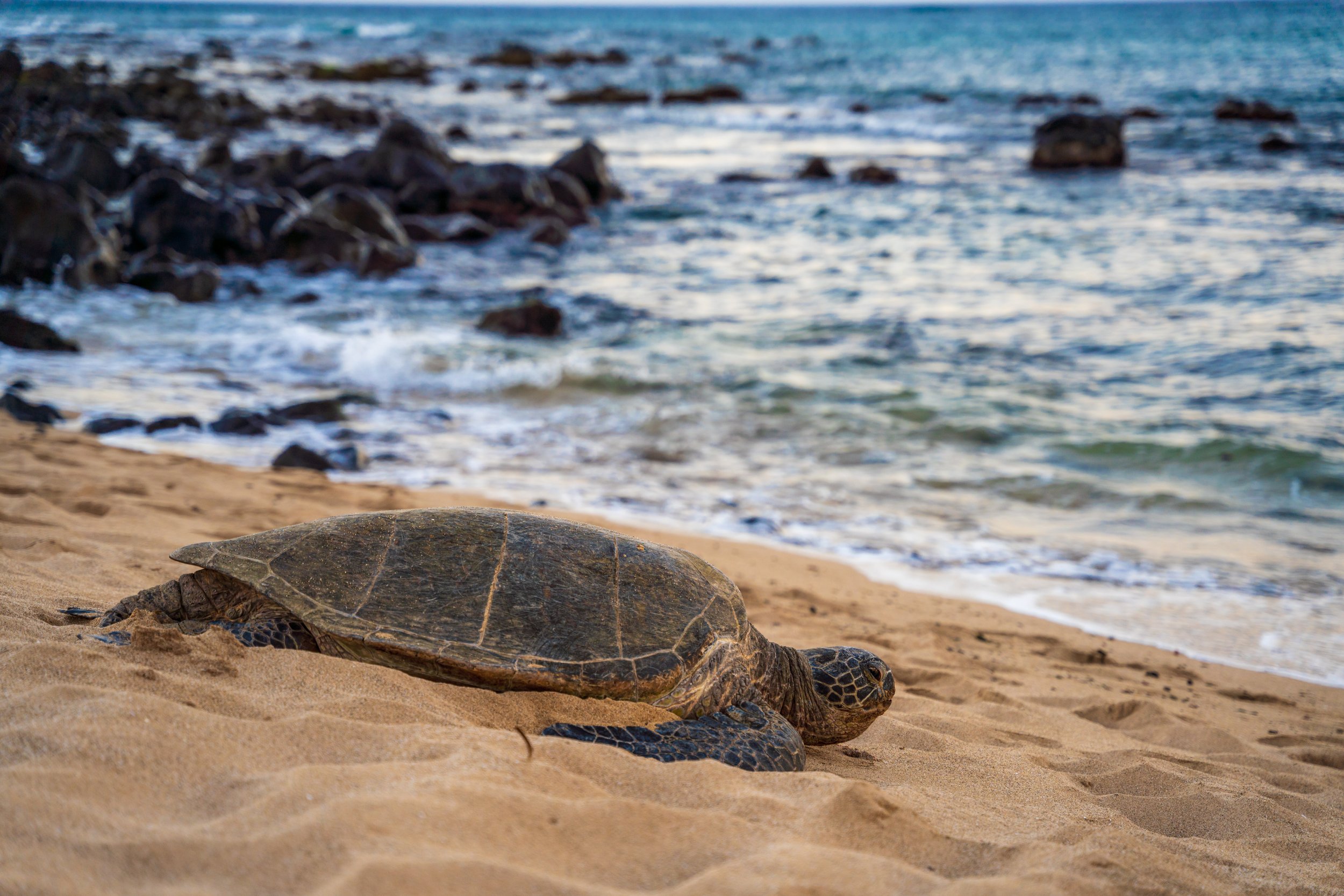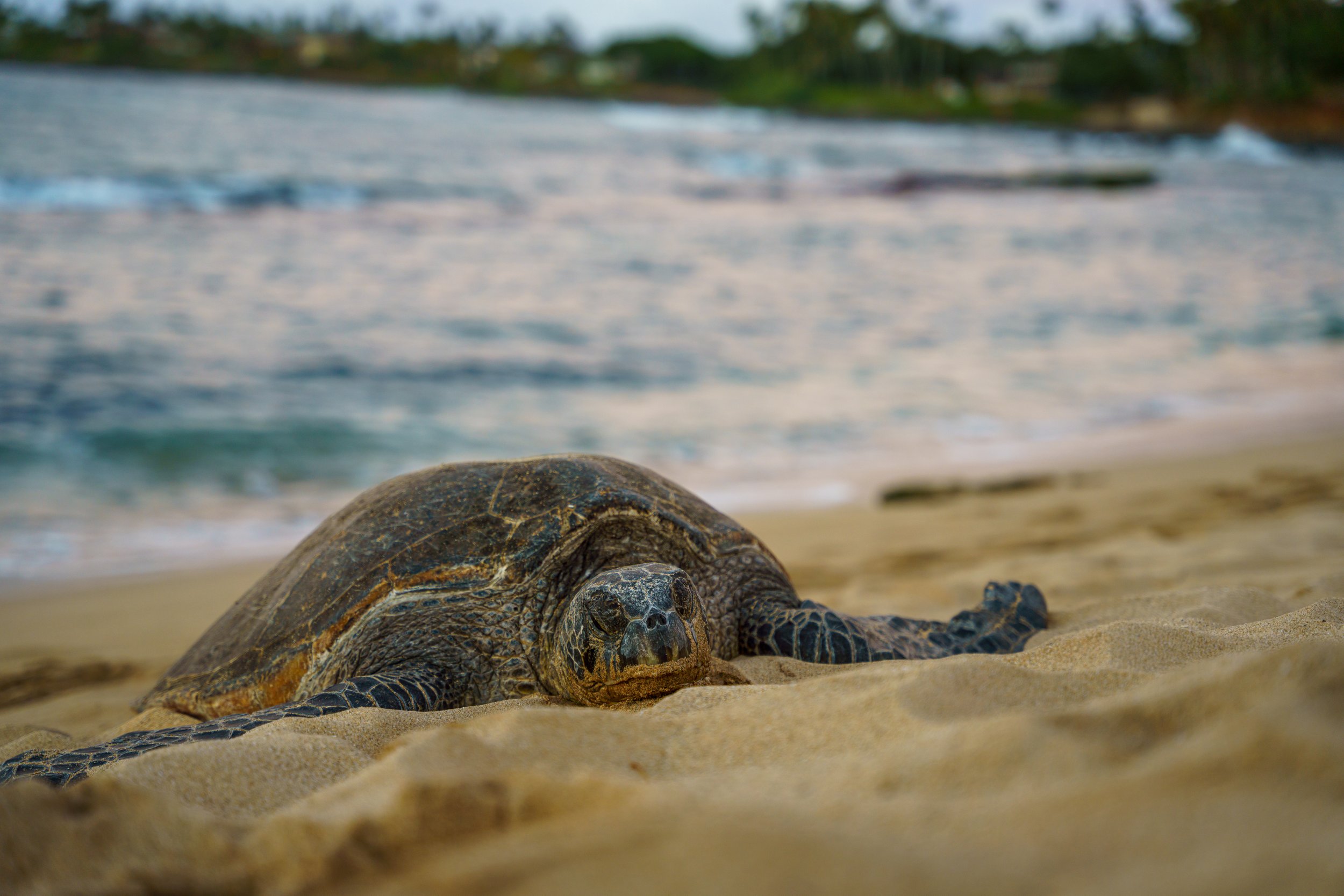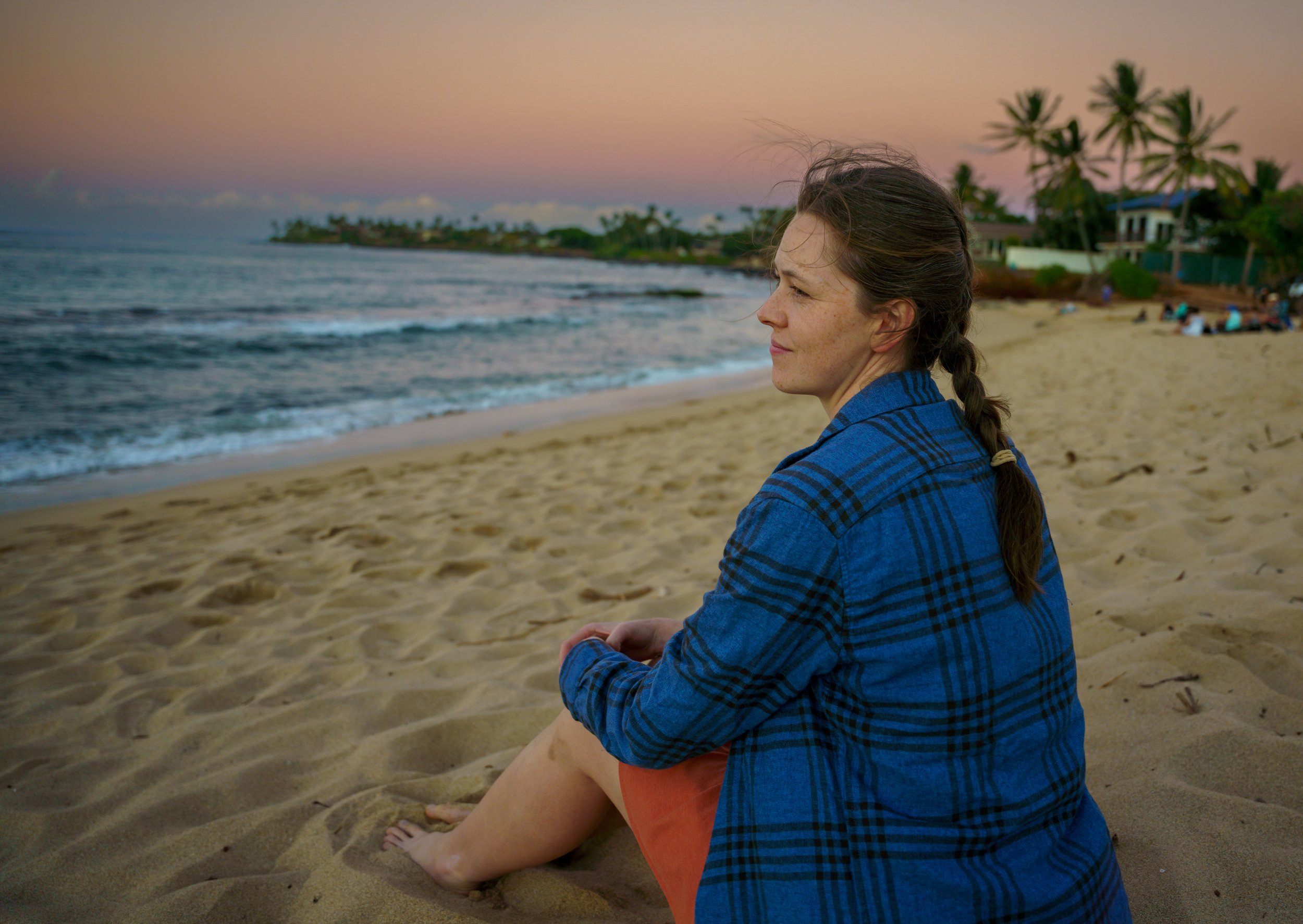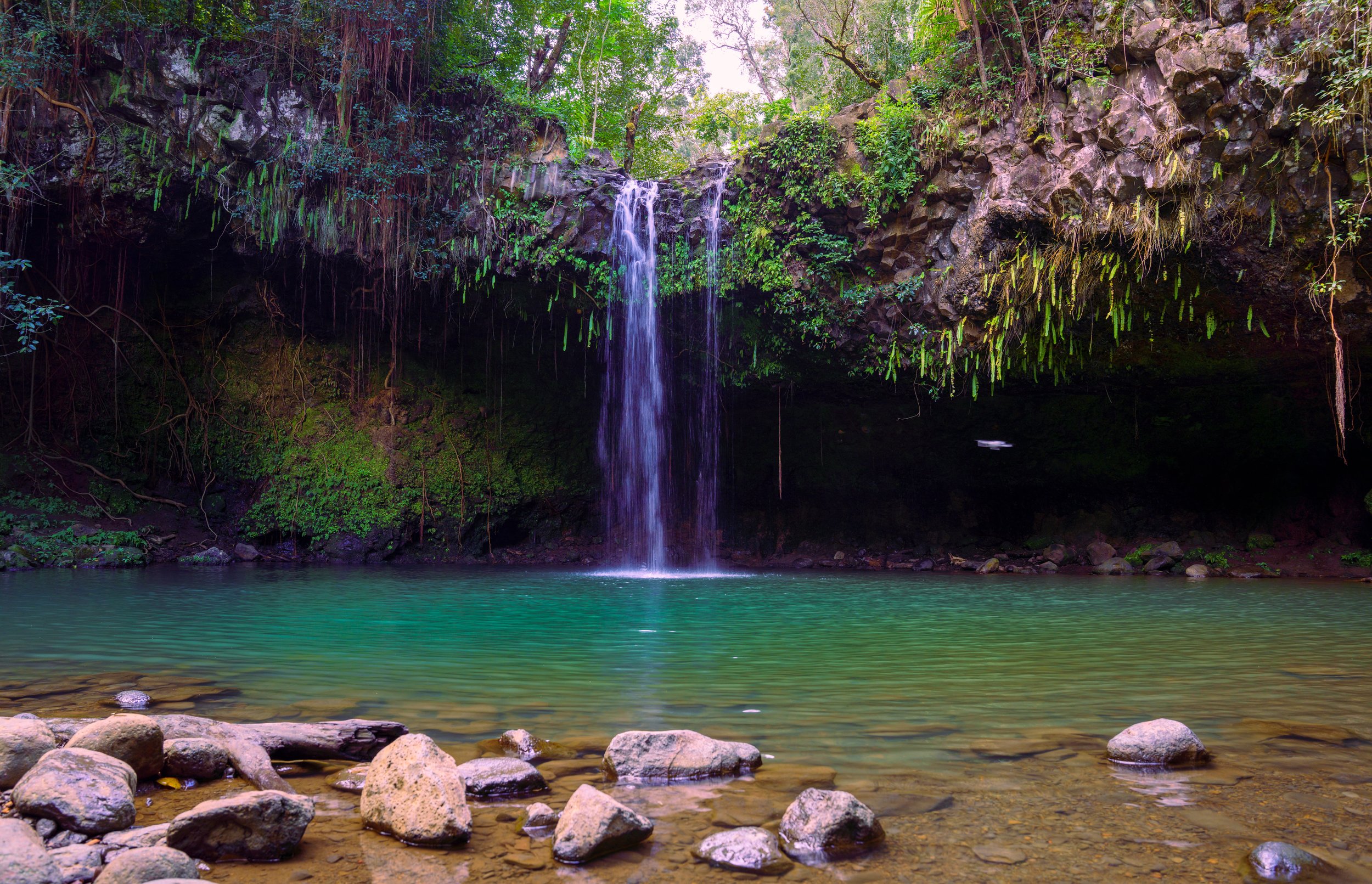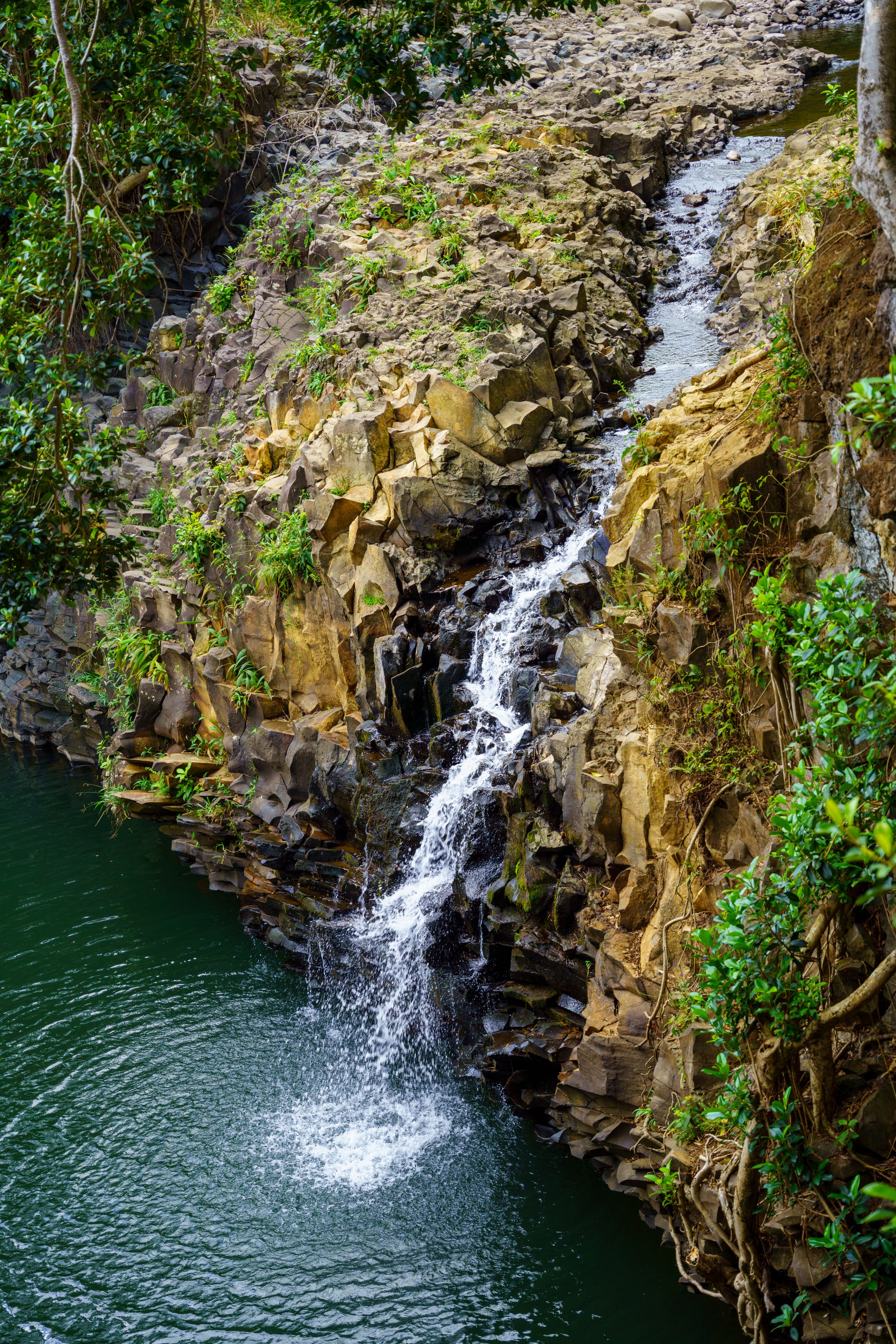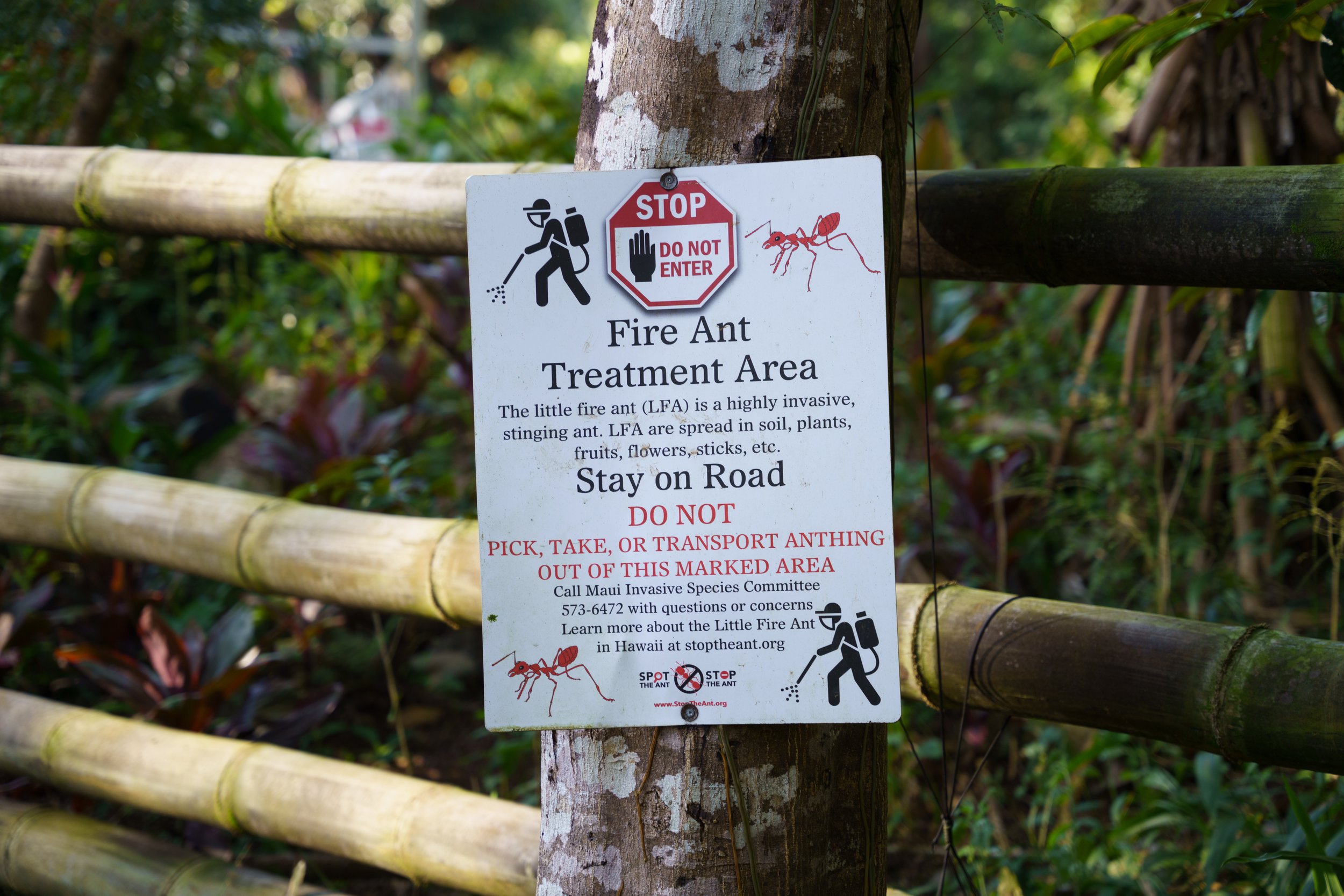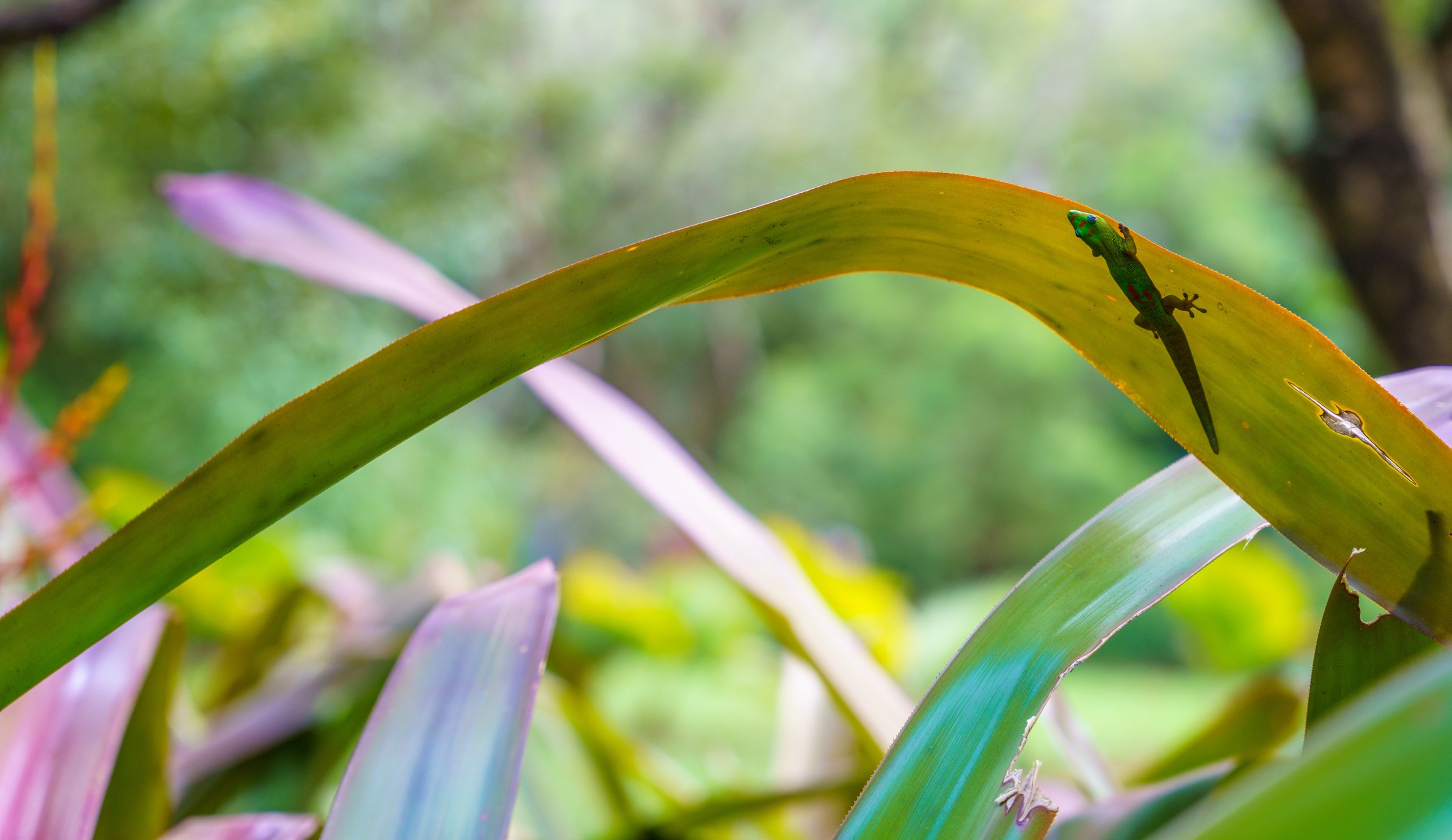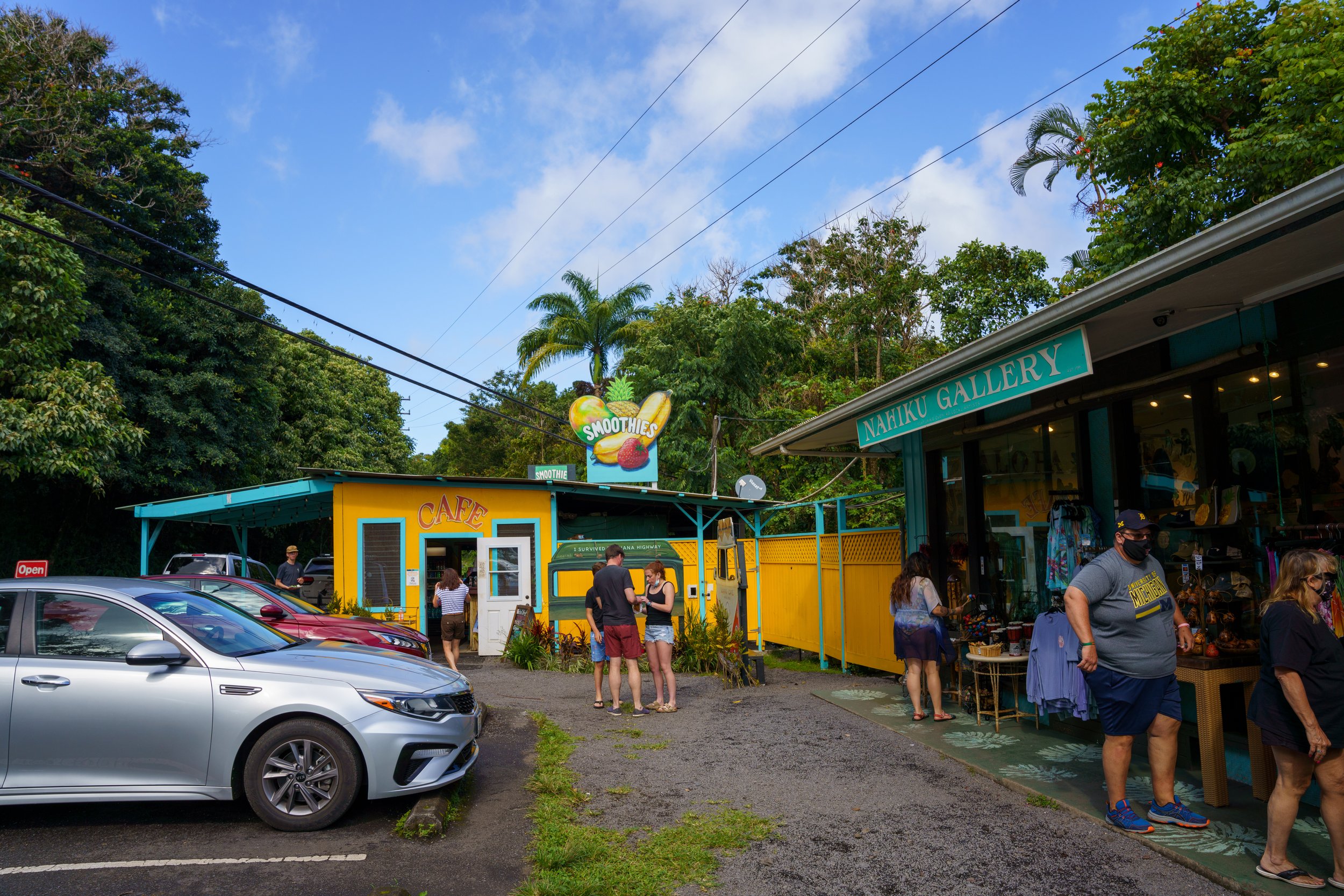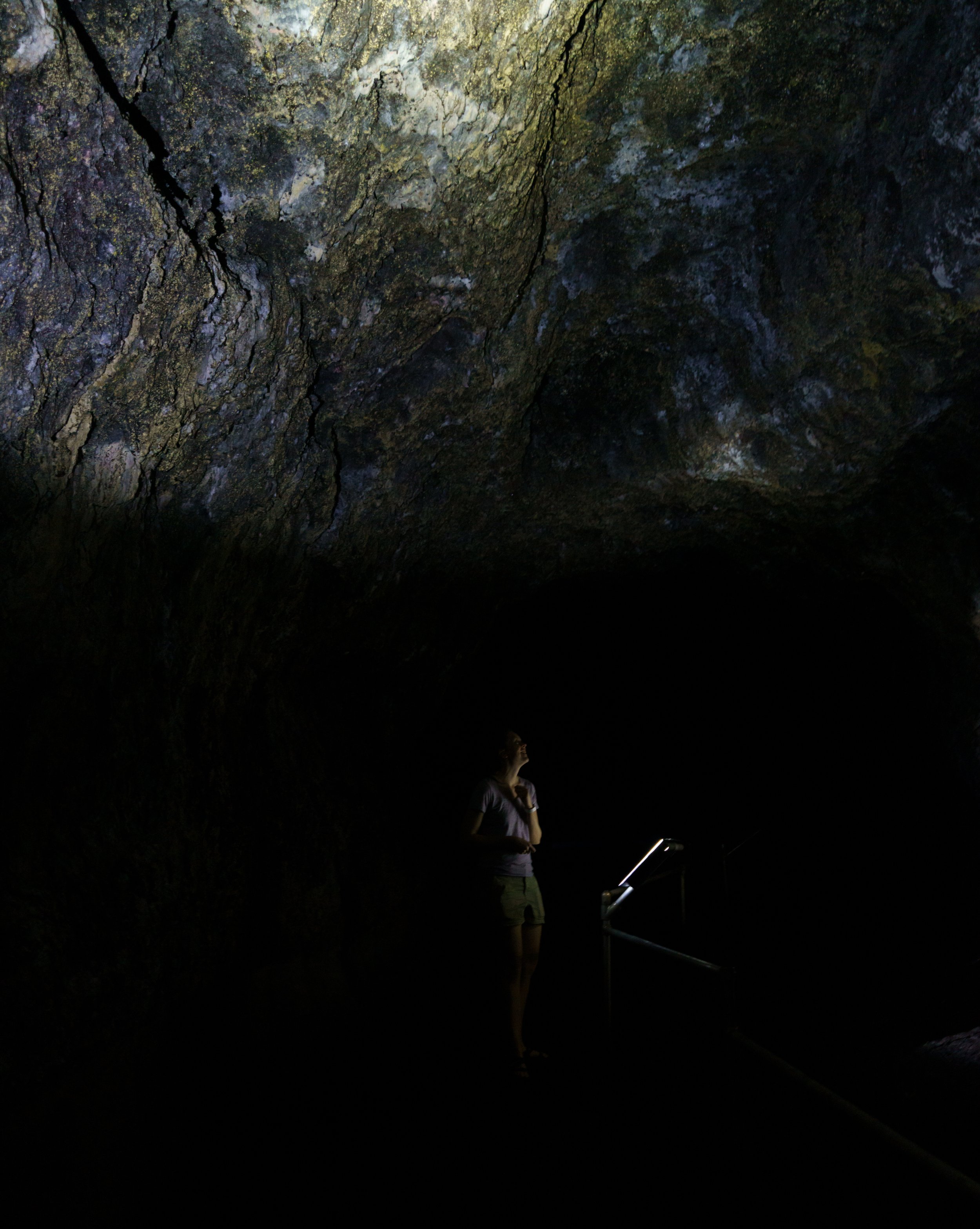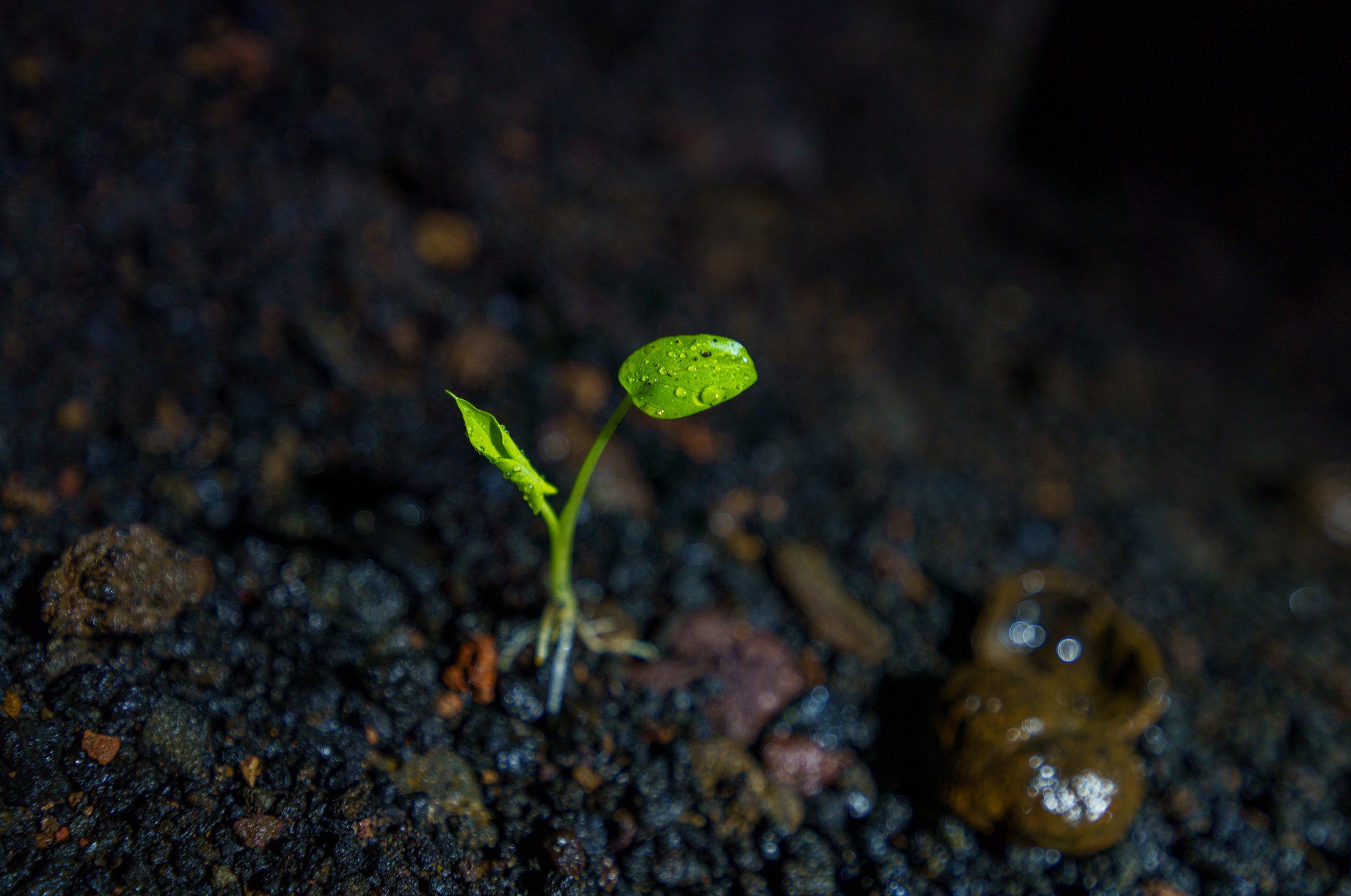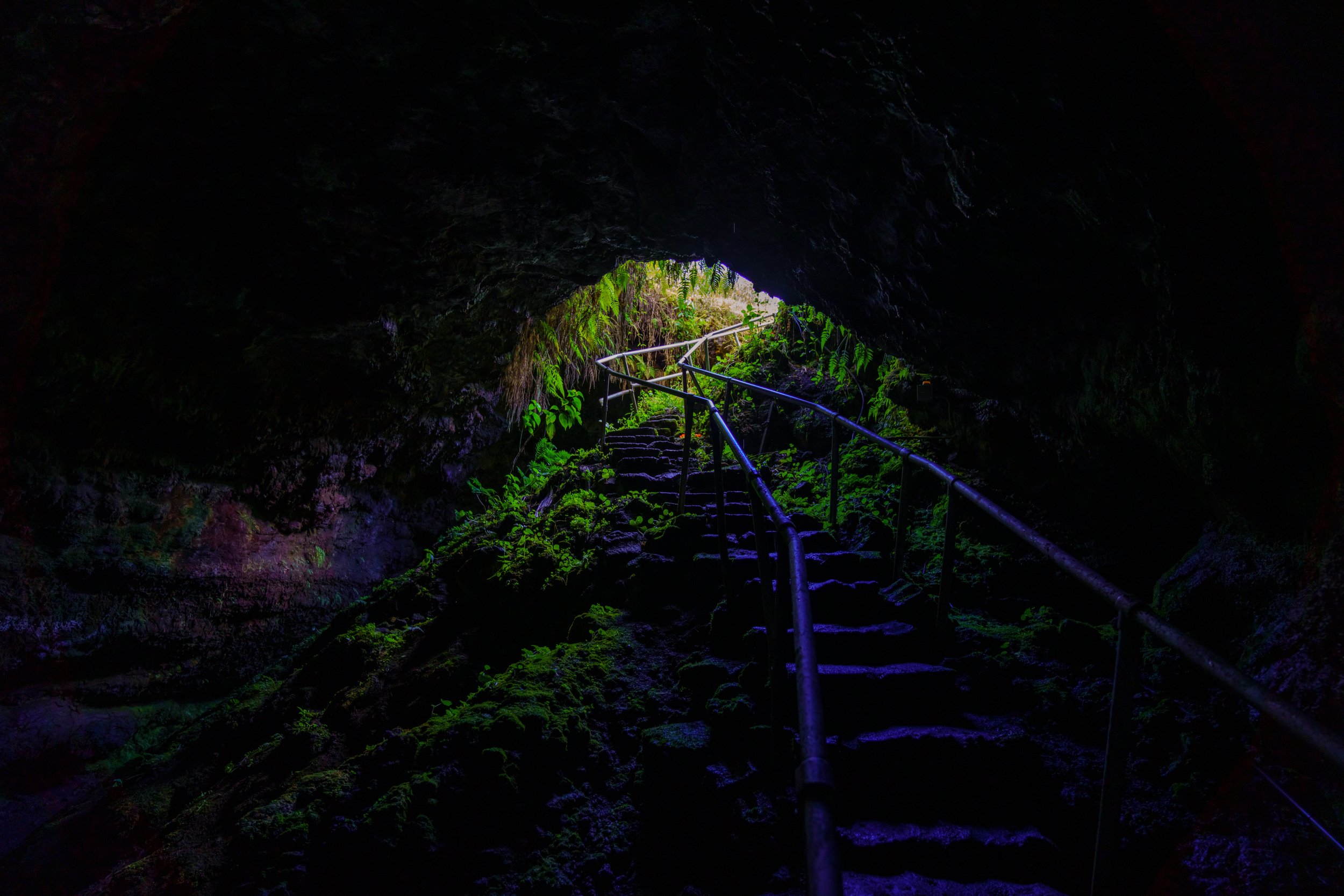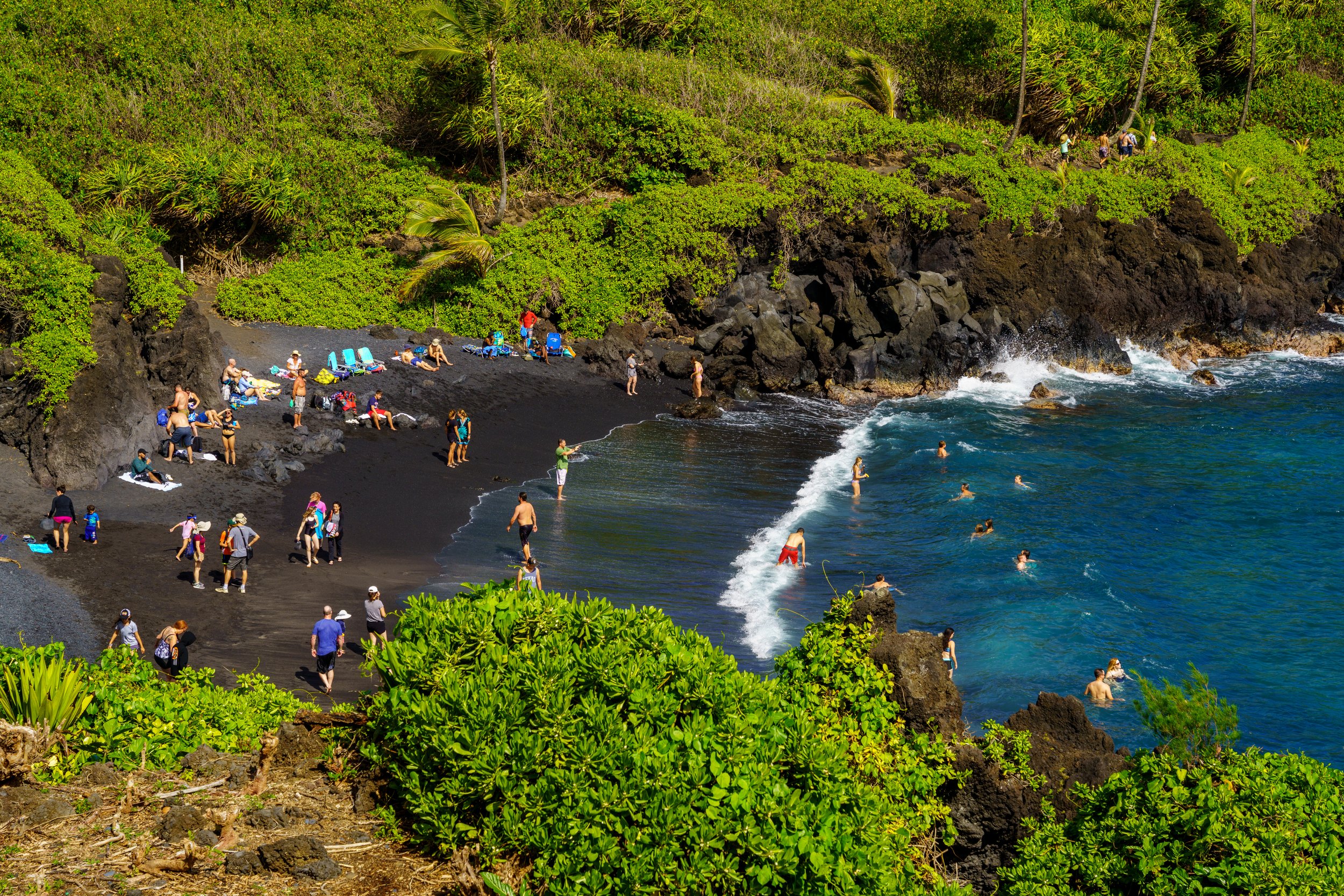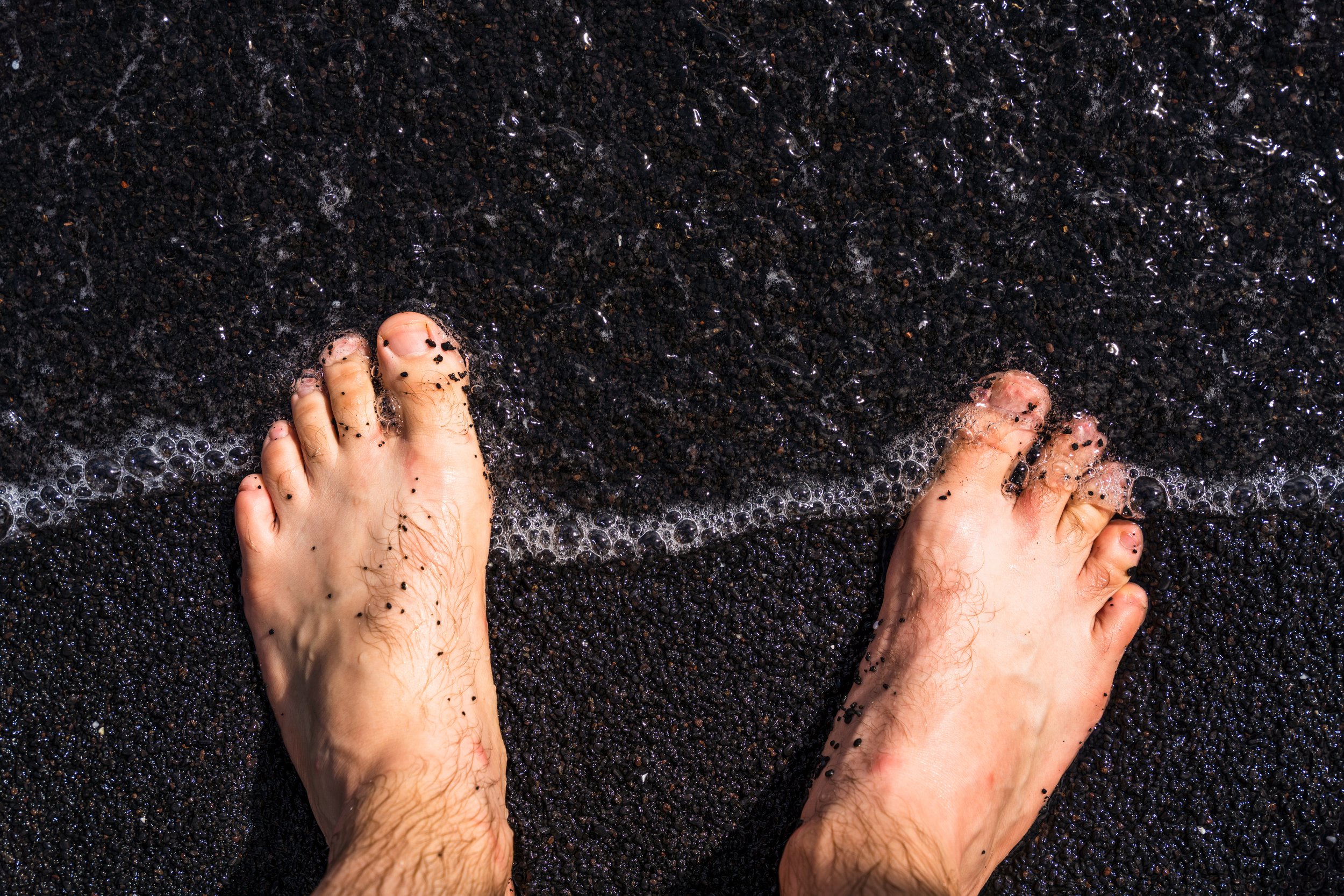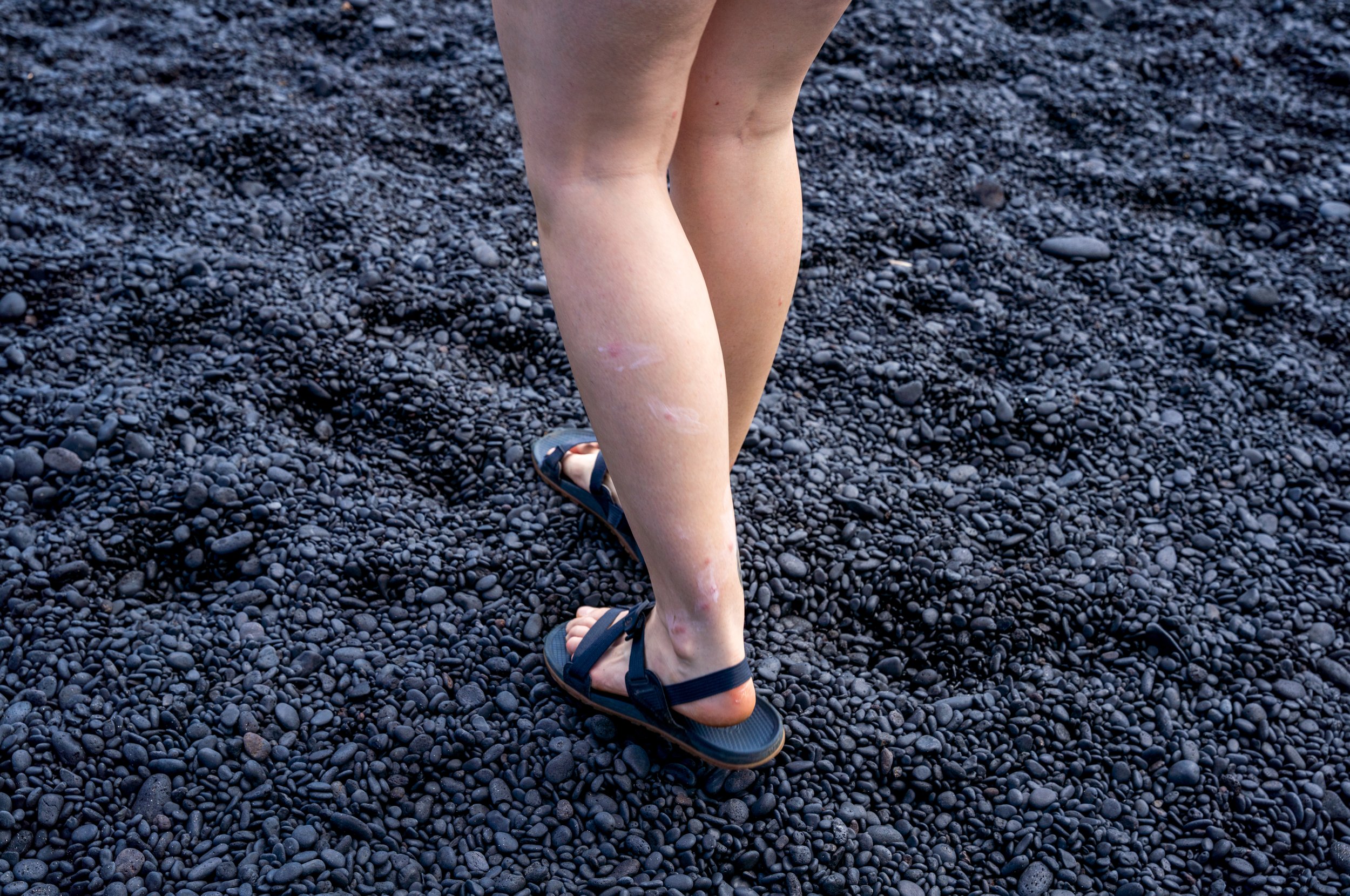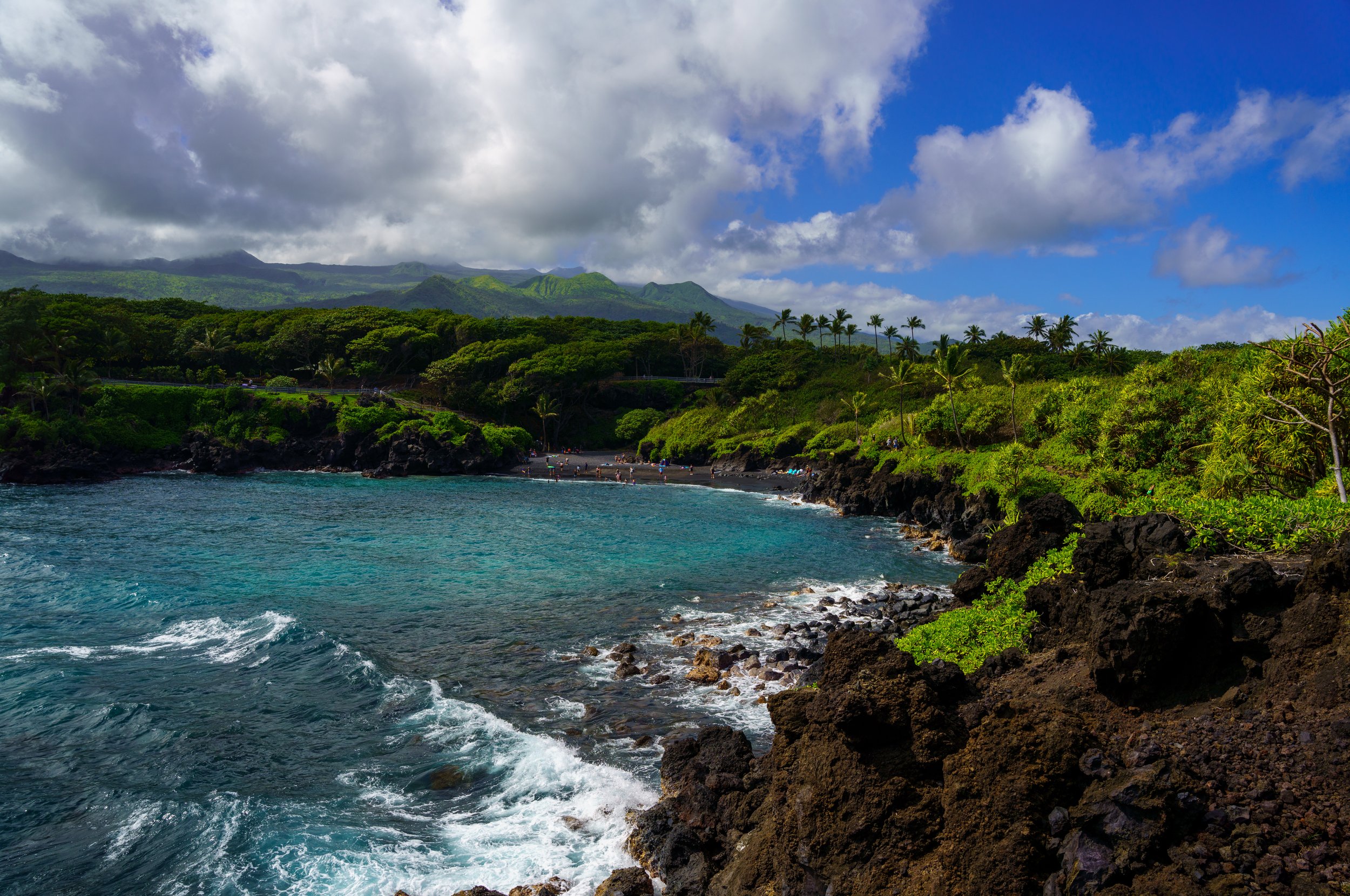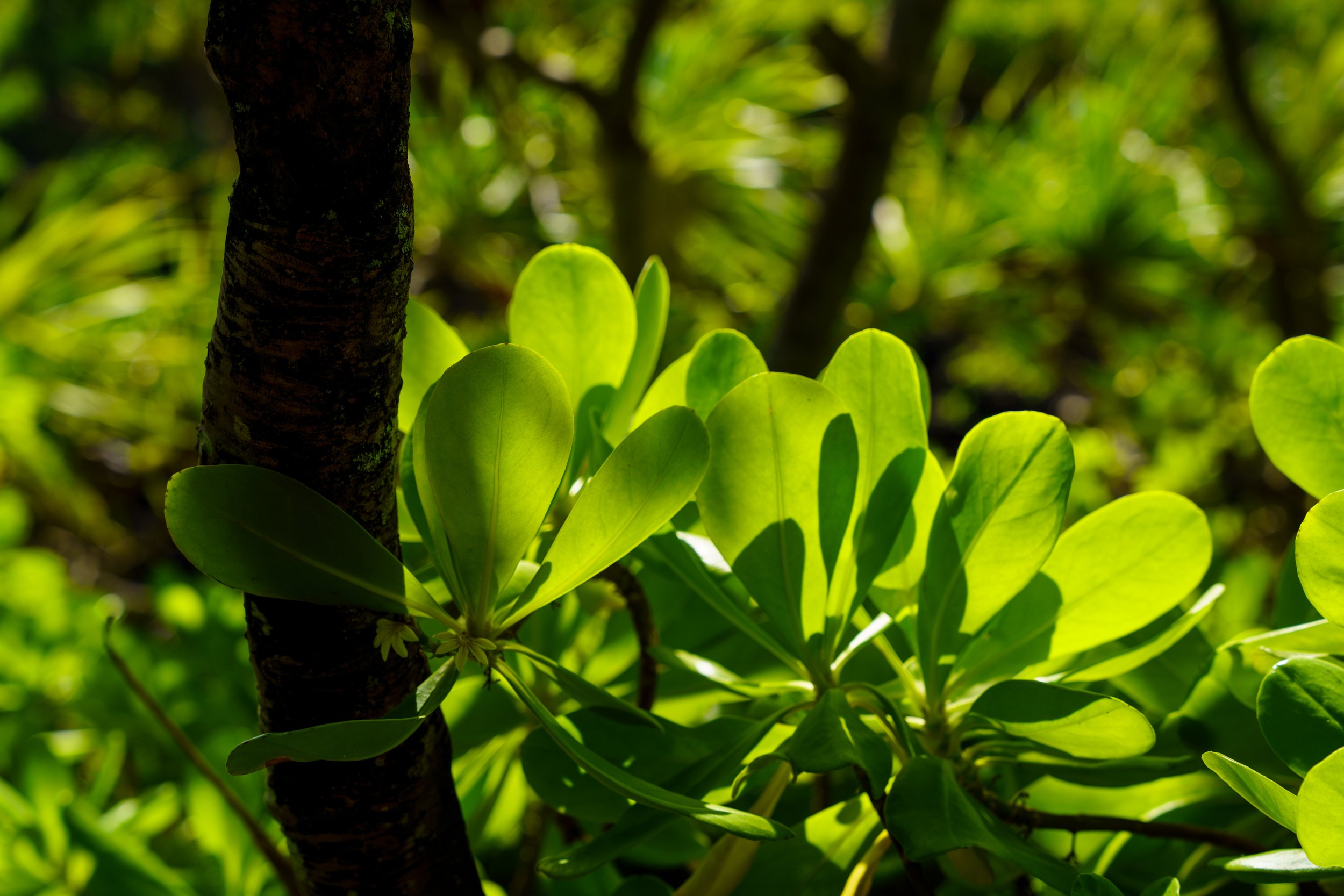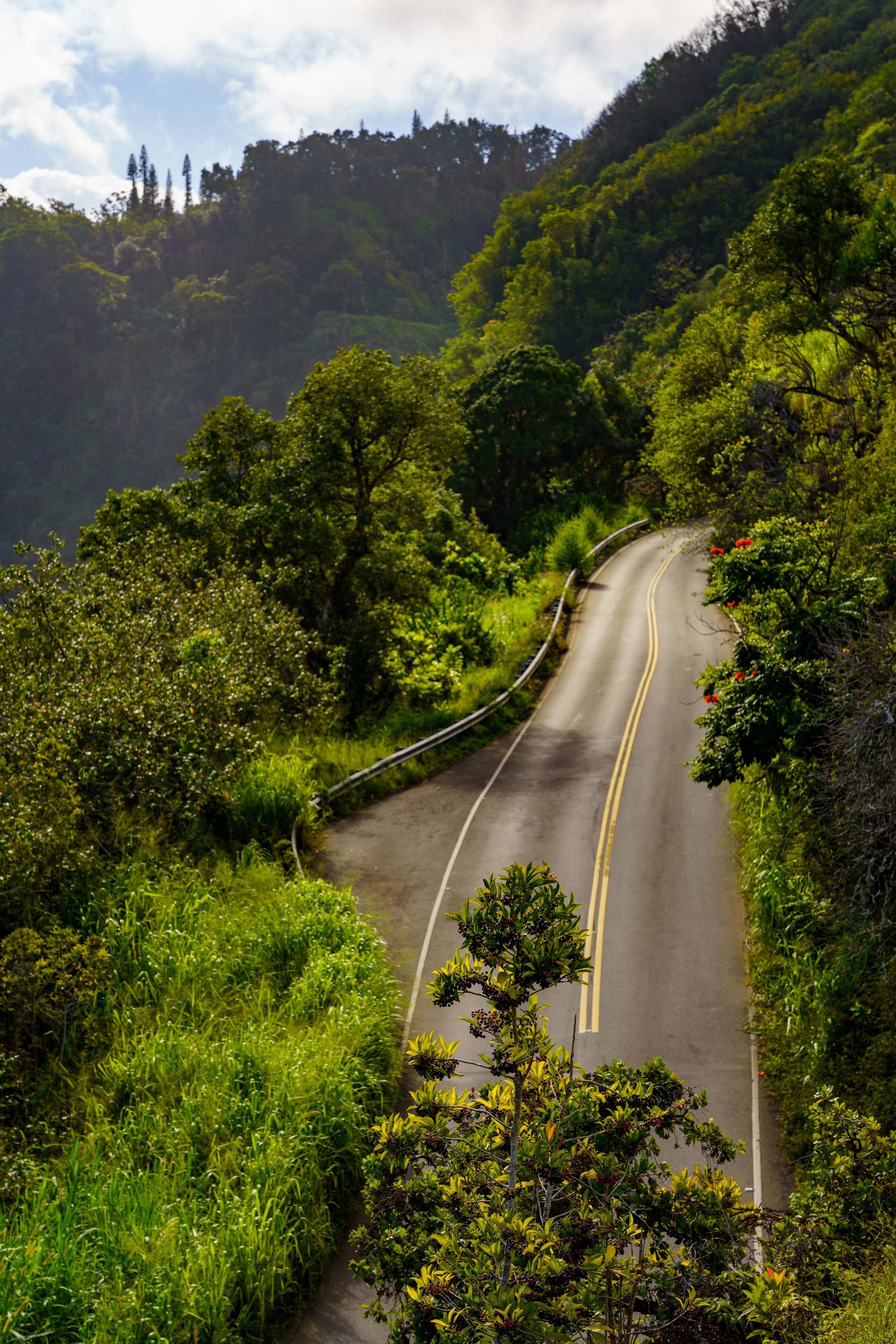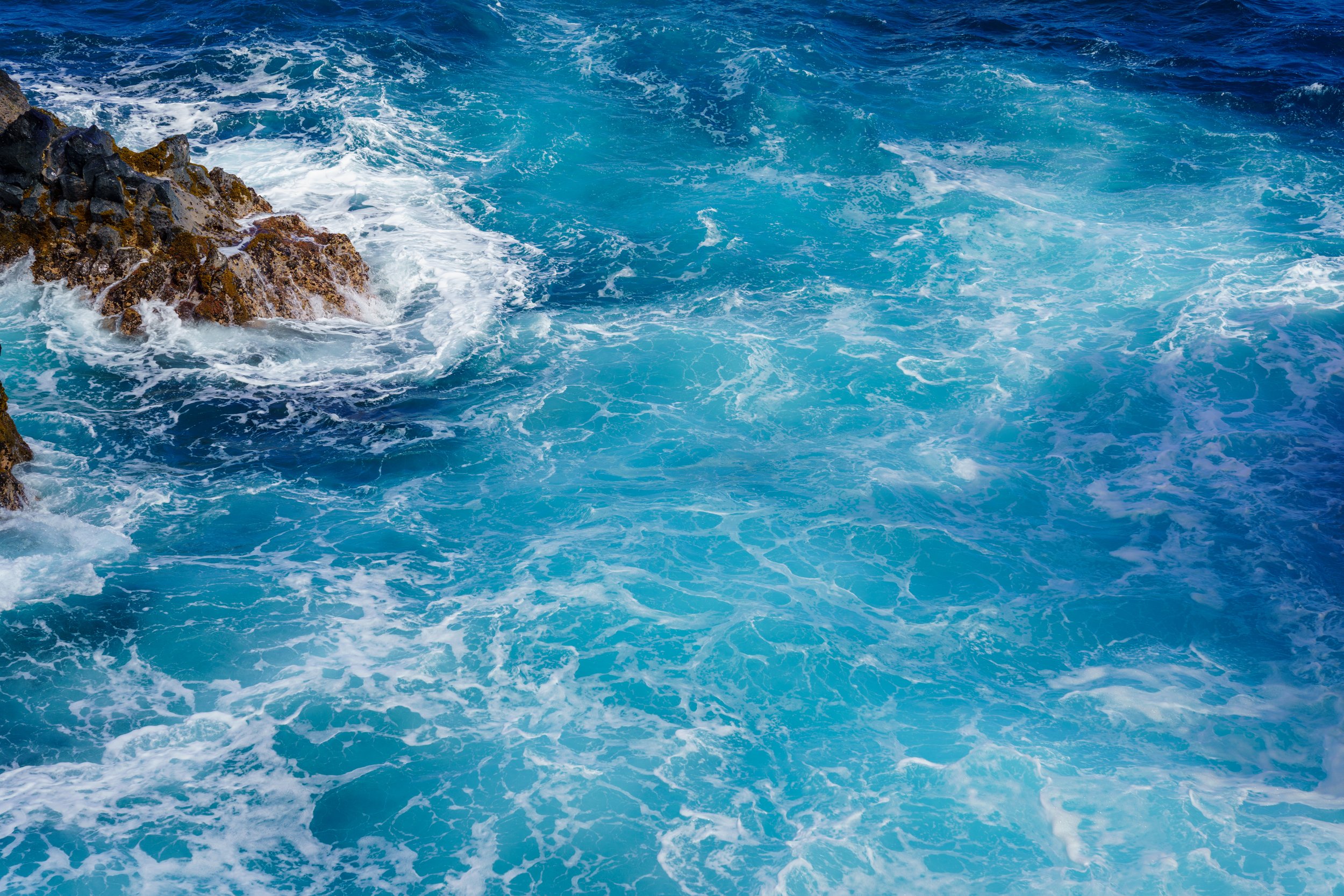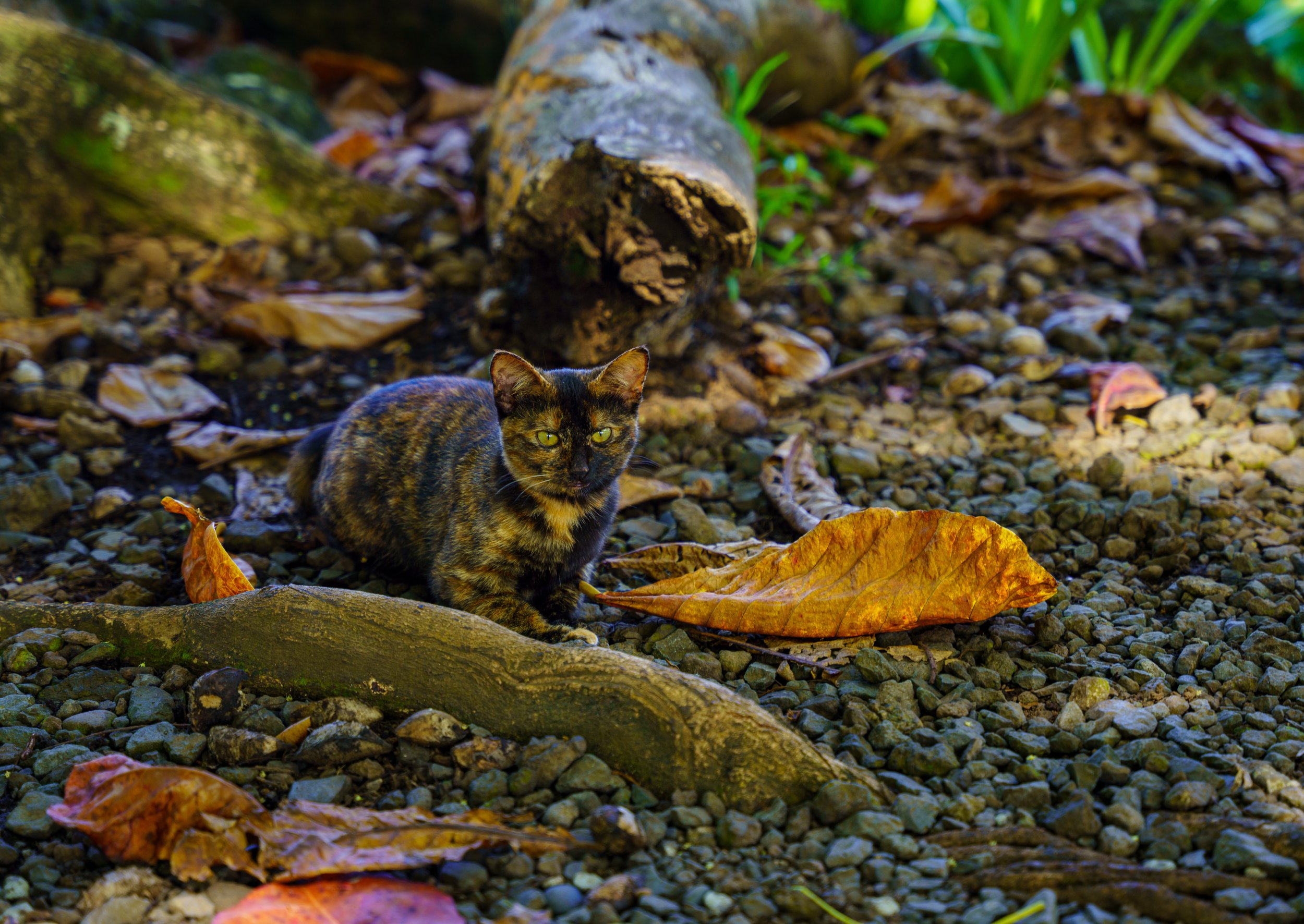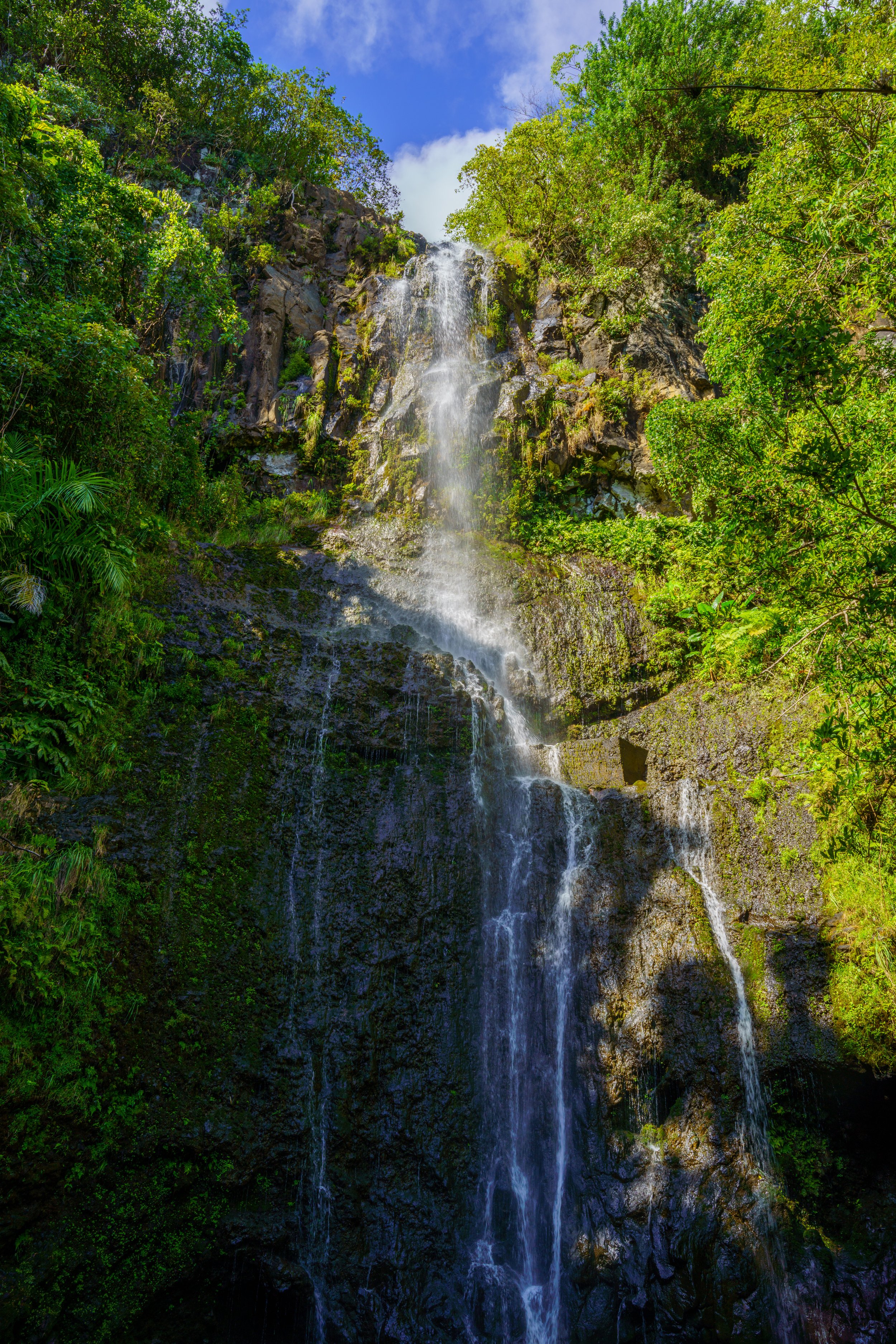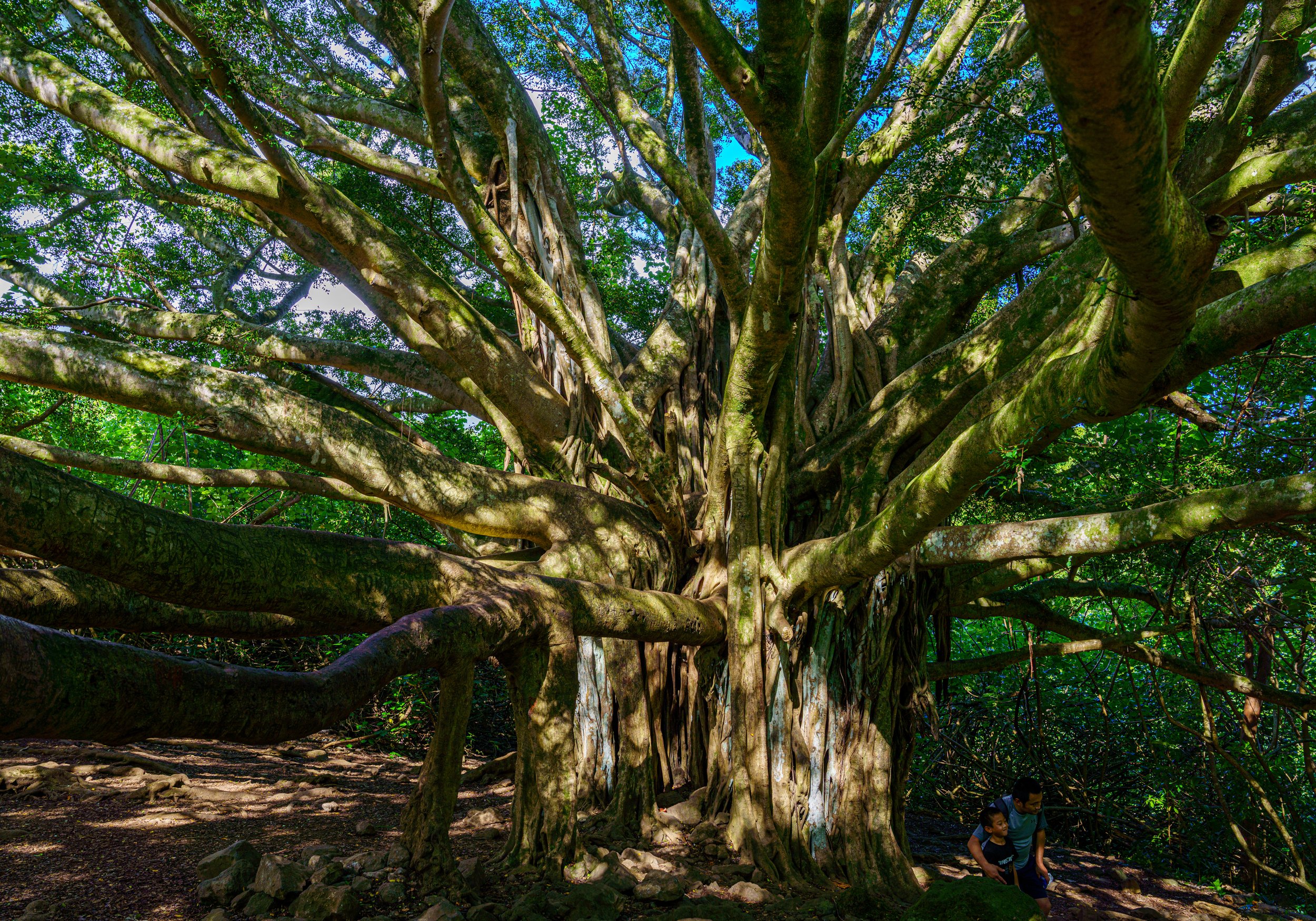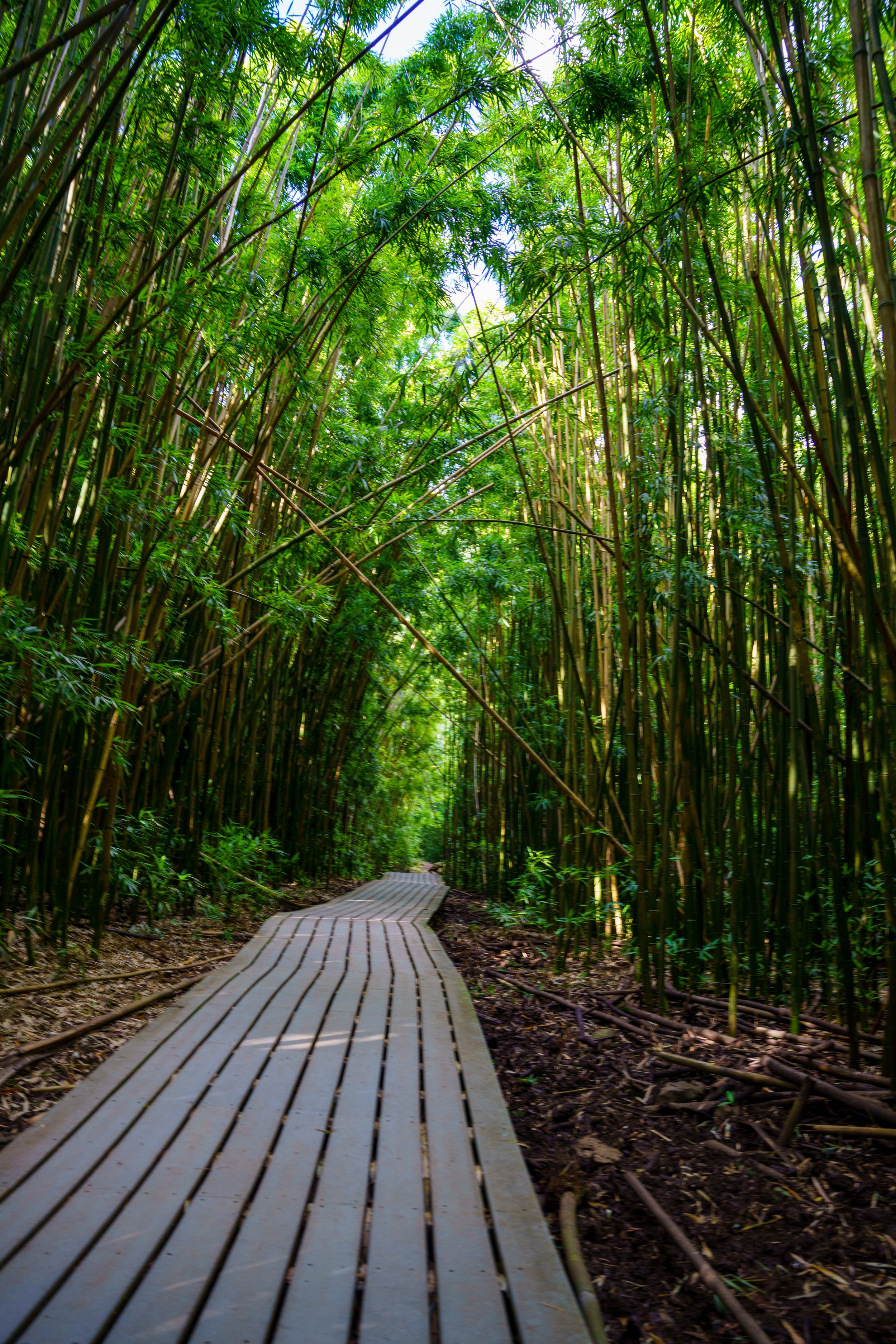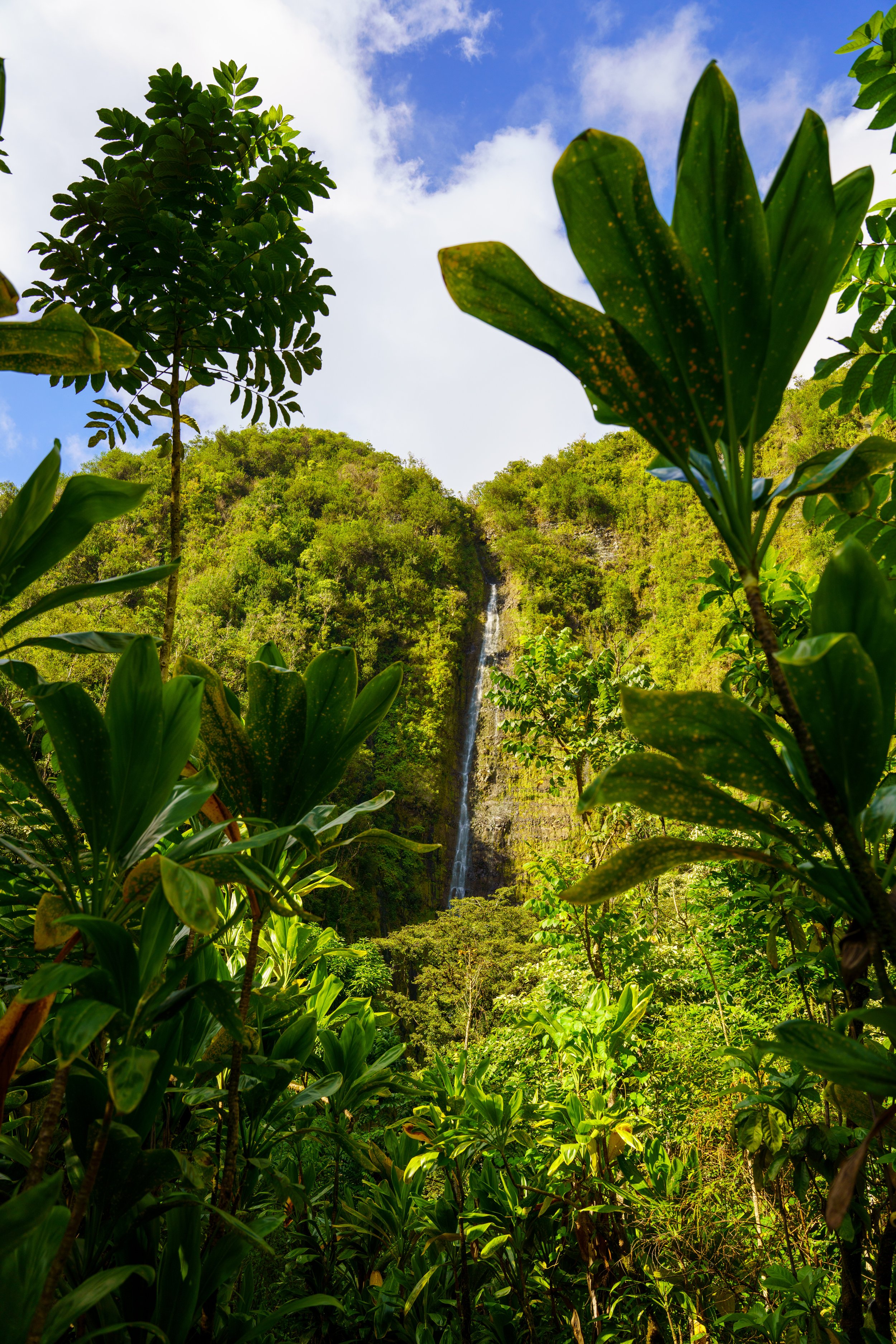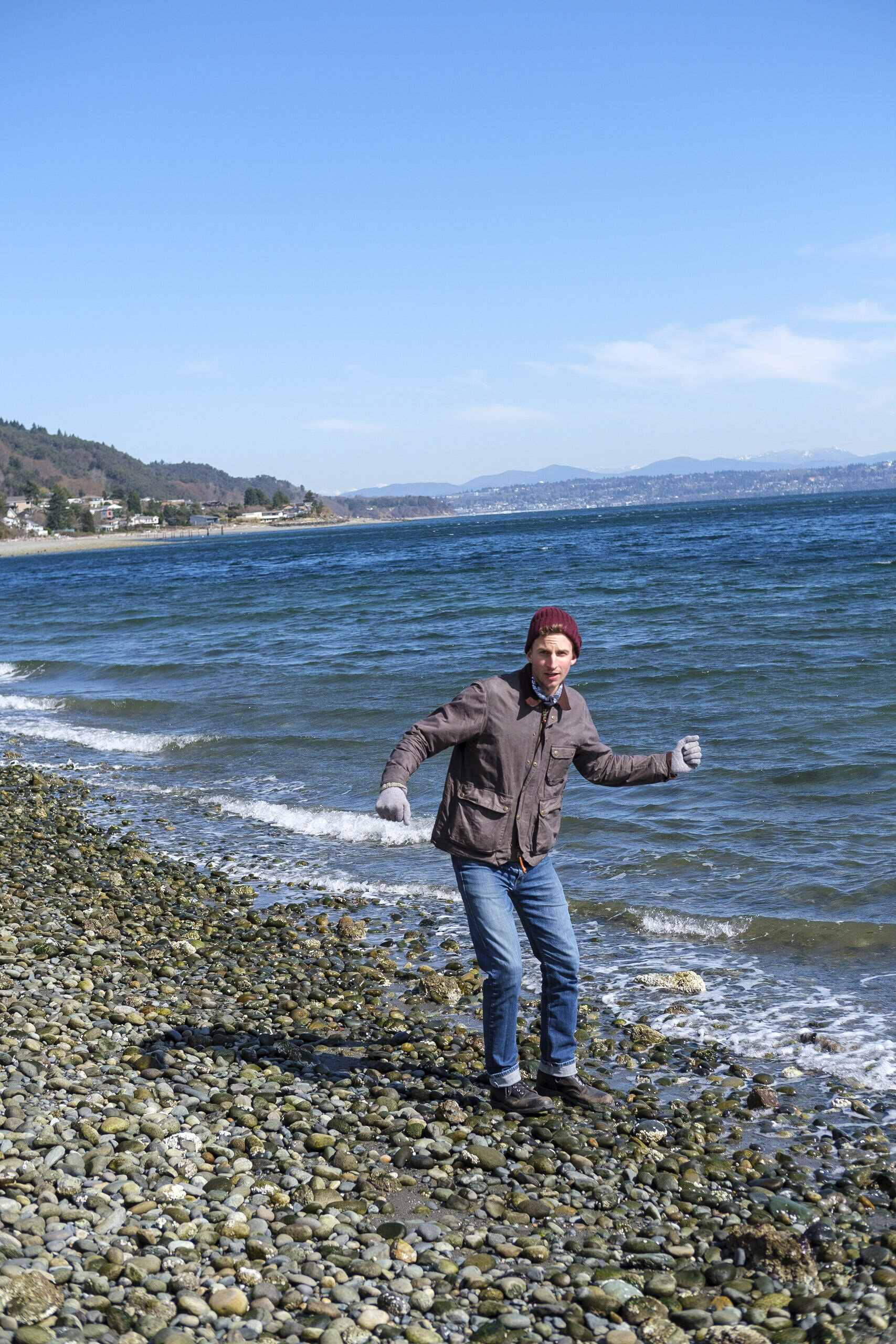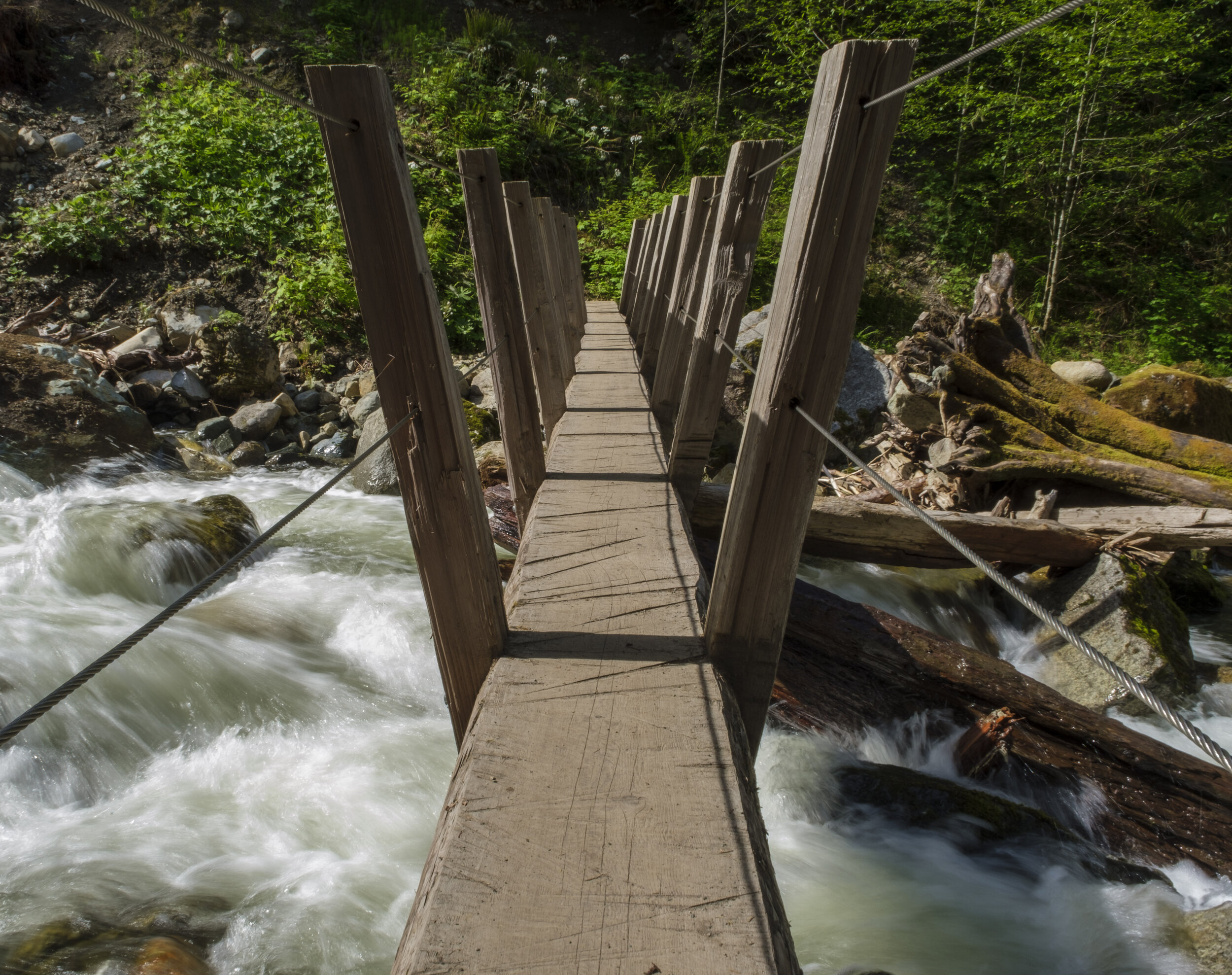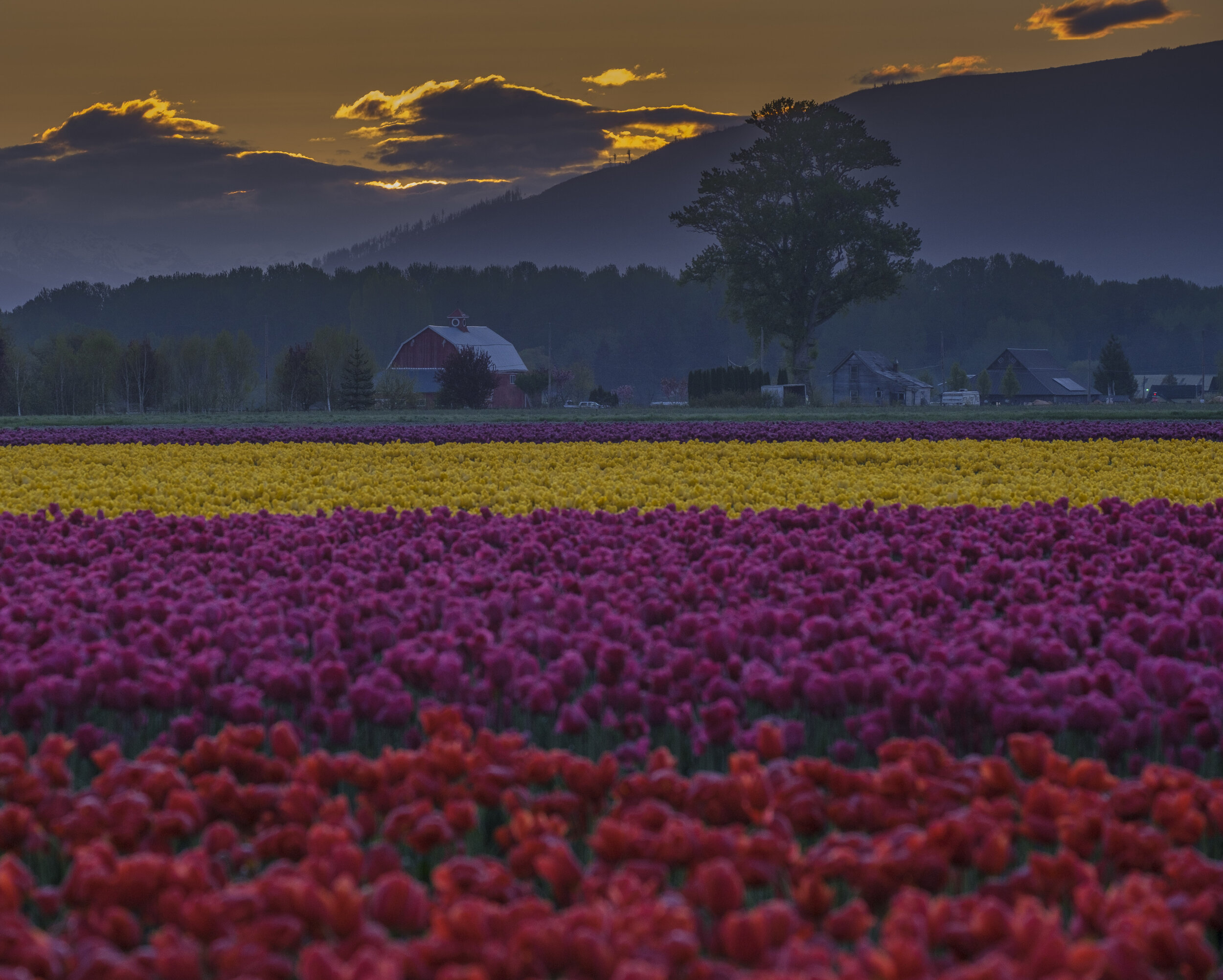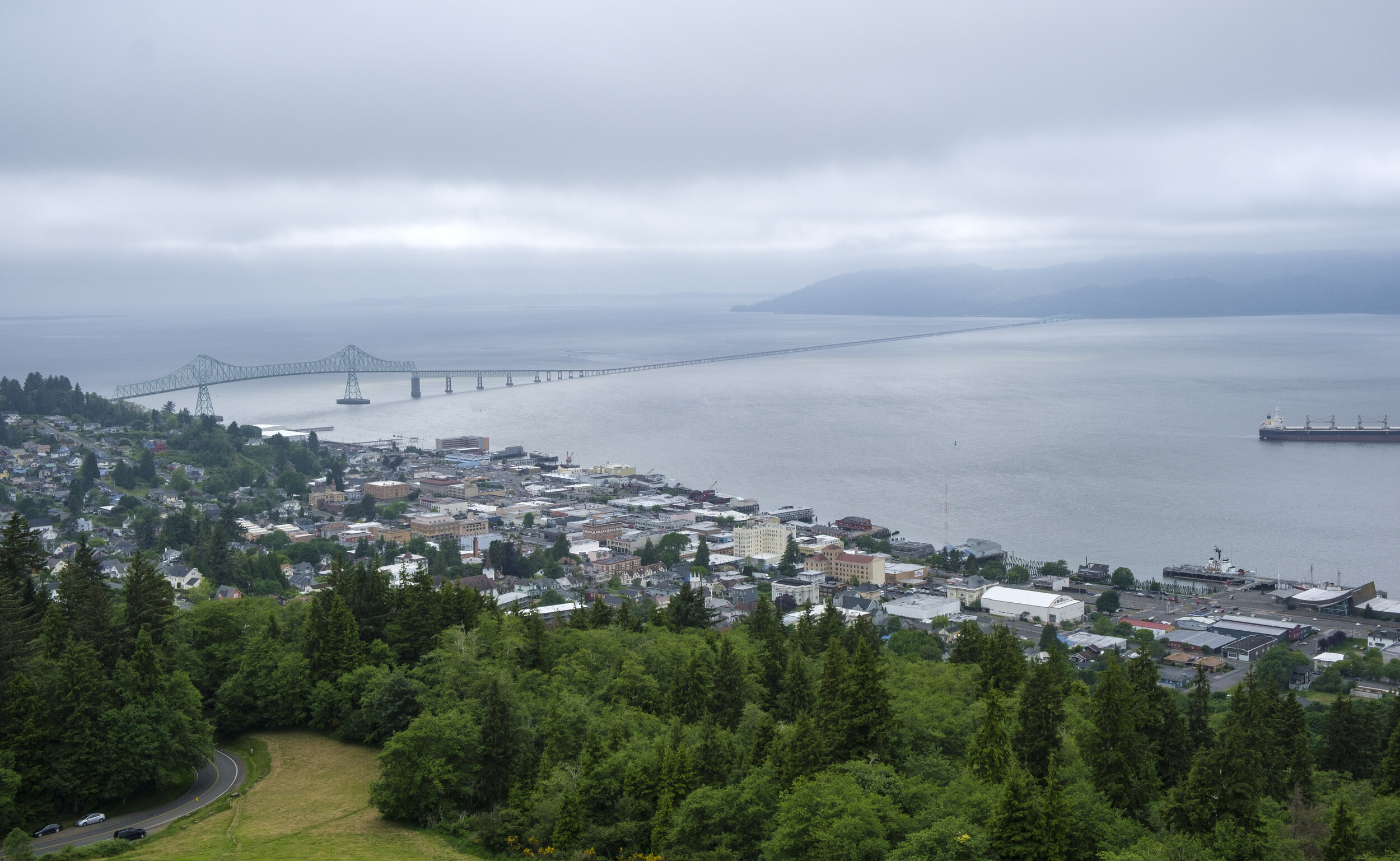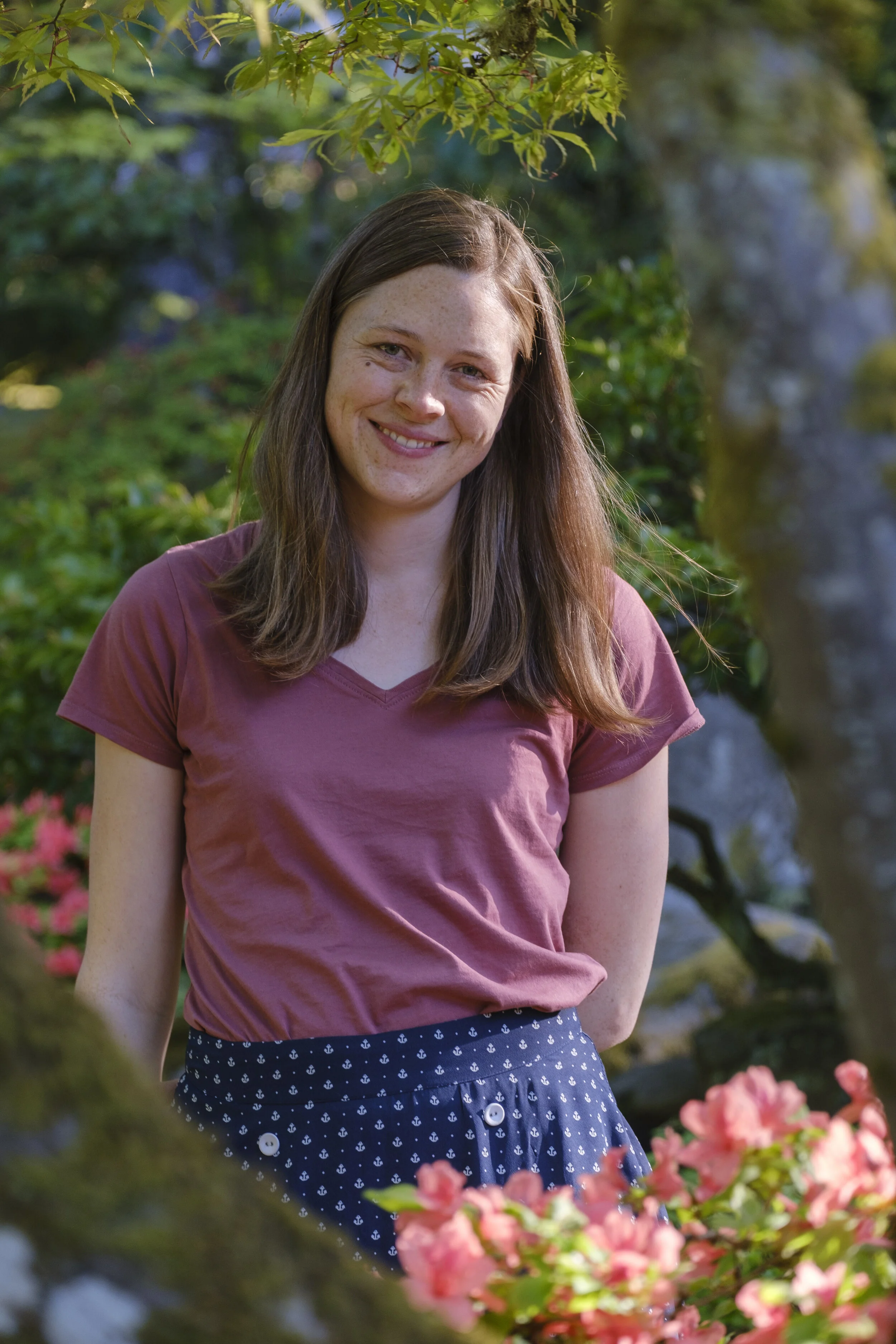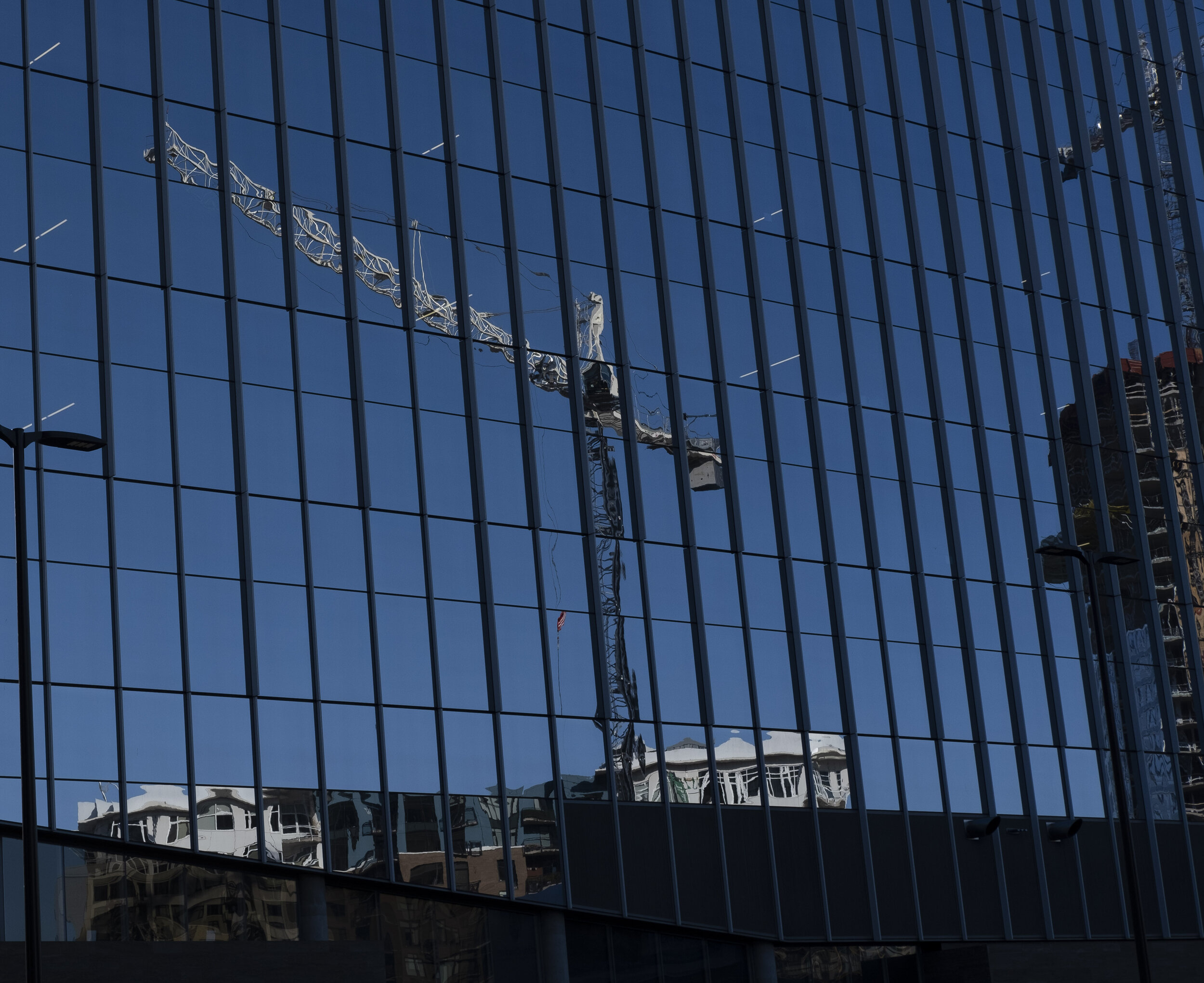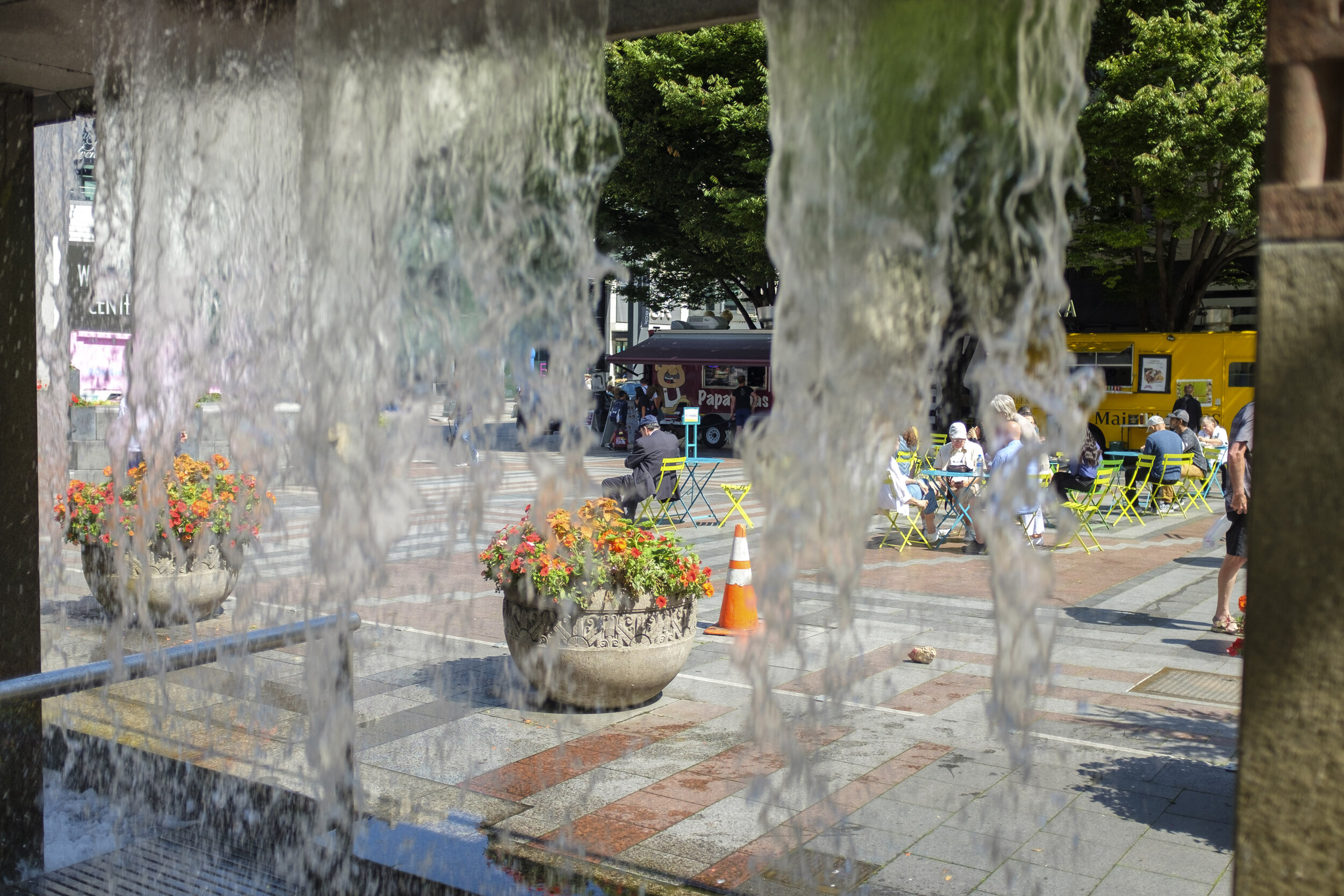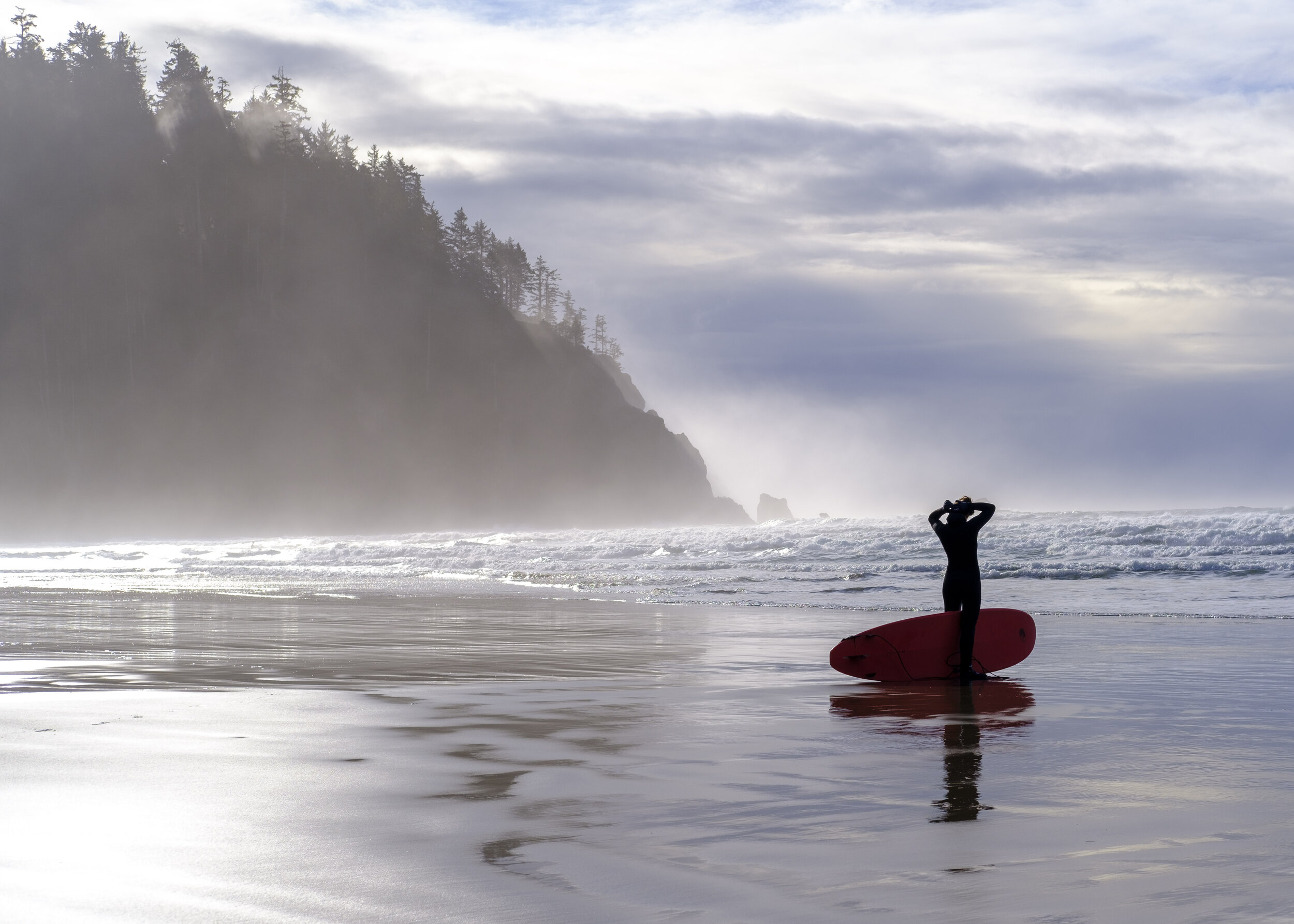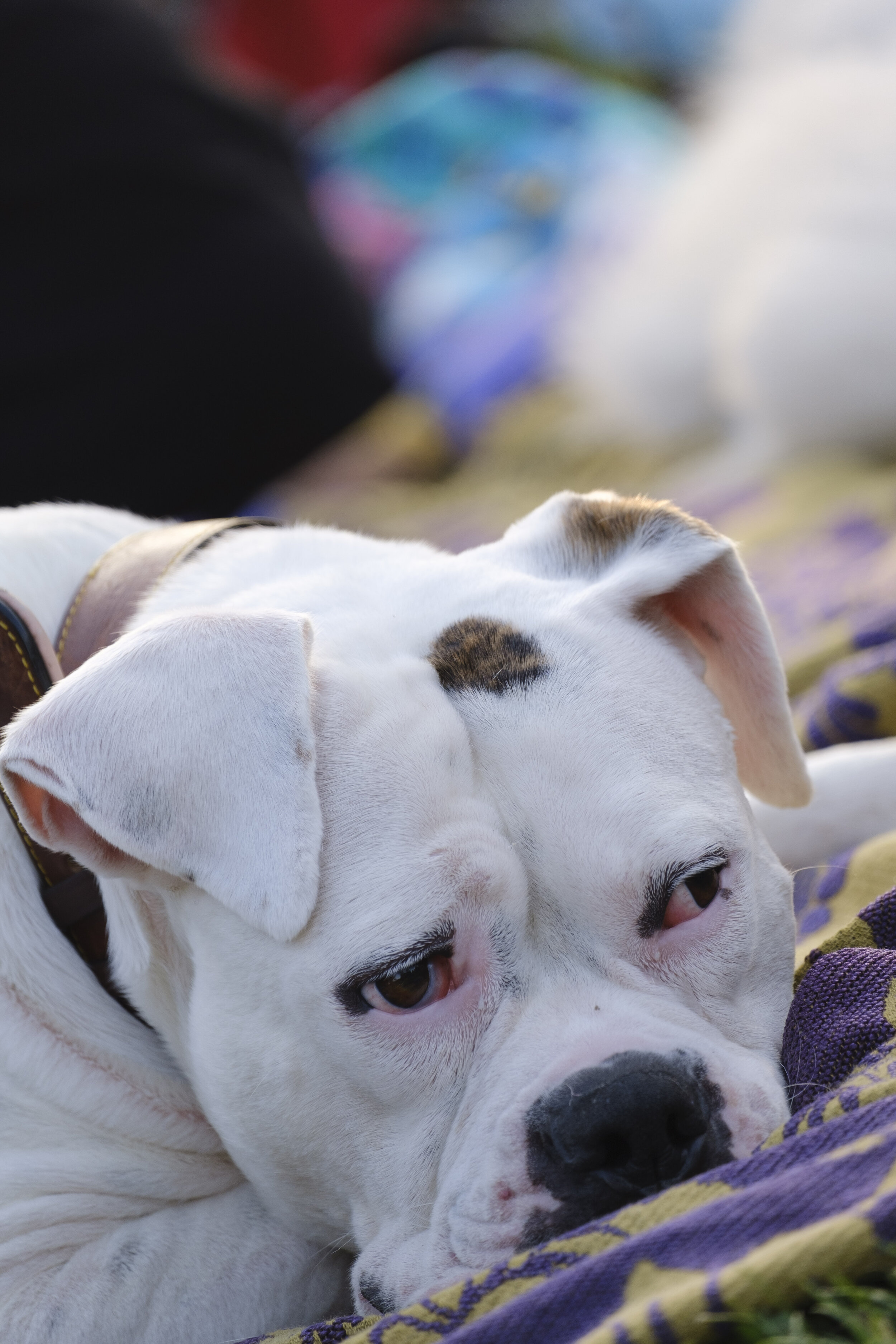2024 in Review
Welcome to our annual end-of-year post, in which we share photos from the year that weren’t already featured on the blog. These usually include photos from weekend trips, hikes, and general snapshots of life around Seattle.
We’ll start at the beginning of 2024. Winter in Washington is characterized by muted shades of white, gray, and green. The sun is usually obscured by clouds, but when it does come out, everything is bathed in a golden-hour glow from the low sun angle for quite a bit of the day. There’s an almost mandatory sense of relief and happiness when the winter sun is out in Seattle.
Winter river views (photo/Jason Rafal)
A winter forest reflected in a water droplet (photo/Jason Rafal)
We have so many interesting different types of algae and fungi (photo/Jason Rafal)
Winter hiking involves a lot of river walks (photo/Jason Rafal)
In March, we went with friends to eastern Washington for the Sandhill Crane Festival. Every spring, the sandhill cranes stop on their migration north and feed on the grain fields. The festival has lots of lectures about the birds, and also provides guided tours that are jointly hosted by someone involved with farming in the community and a biologist. On our tour, we rode a school bus to different farms to get a glimpse of the tall, awkward birds.
Synchronized landing on a farm field (photo/Jason Rafal)
Something about the sandhill cranes crossing the road (photo/Jason Rafal)
A photographer shooting out of the bus window (photo/Jason Rafal)
A huge flock of sandhill cranes flying overhead (photo/Jason Rafal)
Of course, Jason found lots of other birds to take pictures of throughout the year as well.
A belted kingfisher looking out over the water (photo/Jason Rafal)
Some Barrow’s Goldeneyes eating mussels (photo/Jason Rafal)
A Say’s phoebe perched on a chimney (photo/Jason Rafal)
A puffy song sparrow on a branch (Photo/Jason Rafal)
A tree swallow perched next to its nest (photo/Jason Rafal)
A very skeptical bushtit (photo/Jason Rafal)
A pileated woodpecker (photo/Jason Rafal)
Two great blue herons standing in a nest together (photo/Jason Rafal)
A majestic great blue heron (photo/Jason Rafal)
A singing savannah sparrow (photo/Jason Rafal)
A quieter savannah sparrow (photo/Jason Rafal)
Spring and summer in the Pacific Northwest are dramatically beautiful. The gray, rainy skies give way to sun, warmth, and brilliant colors.
The beautiful cherry blossoms at the University of Washington (photo/Jason Rafal)
A lovely Christmas rose (photo/Jason Rafal)
The snowy Olympic range makes a beautiful backdrop (photo/Jason Rafal)
A magnolia flower (photo/Jason Rafal)
Watching for seals (photo/Jason Rafal)
An incredible 9 pm June sunset from a ferry (photo/Jason Rafal)
A tranquil turtle at the Seattle Japanese Garden (photo/Jason Rafal)
Offerings in a stone lantern (photo/Jason Rafal)
Japanese gardens emphasize layers and textures (photo/Jason Rafal)
I have no idea what this very cool flower is (photo/Jason Rafal)
Every year, we try to go to the Fremont Solstice Parade, which anyone can enter as long as their float is hand-built and unmotorized (they must be pulled by foot, bike, or similar). There are also no corporate sponsorships allowed, and it’s just generally a great time.
An amazing dragon float (photo/Jason Rafal)
The ever-present Flying Spaghetti Monster float (photo/Jason Rafal)
Incredibly, there were multiple axolotl floats and costumes, but this was my favorite one (photo/Jason Rafal)
For Labor Day weekend, our friends Ross and Shannon came to visit and we drove up to Vancouver and spent some time on the mainland as well as Vancouver Island.
Shannon Falls (photo/Jason Rafal)
Sunlight on mushrooms (photo/Jason Rafal)
A scary but beautiful wasp nest (photo/Jason Rafal)
A beautiful Western Toad at Alice Lake Provincial Park (photo/Jason Rafal)
Sunset at Lonsdale Quay (photo/Jason Rafal)
Crowds at the Richmond Night Market (photo/Jason Rafal)
We tried a lot of fun street food (photo/Jason Rafal)
Carriage horses in Stanley Park (photo/Jason Rafal)
A nursing seal near the Vancouver Seawall (photo/Jason Rafal)
The market at Granville Island (photo/Jason Rafal)
I think this is a Fuchsia? (photo/Jason Rafal)
A very small lizard (photo/Jason Rafal)
Jason’s continued experimentations in macro photography (photo/Jason Rafal)
A stone lantern in the Japanese garden at Butchart Gardens (photo/Jason Rafal)
A bee enjoying Butchart Gardens (photo/Jason Rafal)
Sunlight filtering through beautiful leaves (photo/Jason Rafal)
A tiny lighthouse from the ferry to Vancouver Island (photo/Jason Rafal)
Boats sharing the Strait of Georgia (photo/Jason Rafal)
Tiny tiny trees growing from a log (photo/Jason Rafal)
A tree with curious circular bark chunks (photo/Jason Rafal)
Massive driftwood against the Strait of Juan de Fuca (photo/Jason Rafal)
A typical summer beach day on Vancouver Island (photo/Jason Rafal)
The amazing water features at Sandcut Beach (photo/Nicole Harrrison)
Absurdly smooth water on our ferry ride back (photo/Jason Rafal)
Ferry views (photo/Jason Rafal)
A life boat that I hope we won’t have to use (photo/Jason Rafal)
A seal looking for lunch at the Ballad Locks (photo/Jason Rafal)
A salmon swimming through the locks (photo/Jason Rafal)
A sea lion pulverizing and eating a salmon while seagulls look for an opportunity to grab some (photo/Jason Rafal)
Evening volleyball at Golden Gardens (photo/Jason Rafal)
This is kind of a miscellaneous animals category from our visits to parks, the zoo, the Washington State Fair. and a friend’s animal rescue.
This coyote was just sitting under some bushes at the arboretum, watching us (photo/Jason Rafal)
A friendly neighborhood winery dog in Charlottesville, VA (photo/Jason Rafal)
A nest of baby birds at the above winery (photo/Jason Rafal)
One of the resident bears at our local zoo (photo/Jason Rafal)
The zoo also had snow leopard kittens this year, which were absurdly cute (photo/Jason Rafal)
Look at the size of the paws! (photo/Jason Rafal)
The elusive red panda, a personal favorite (photo/Jason Rafal)
A Clydesdale being vacuumed at the Washington State Fair (photo/Jason Rafal)
Very young chicks enjoying food and heat lamps (photo/Jason Rafal)
Adorable piglets at the state fair (photo/Jason Rafal)
Nicole bonding with one of the goats at Ballydídean Farm Sanctuary (photo/Jason Rafal)
A majestic cow (photo/Jason Rafal)
Pigs and chickens living happily together (photo/Jason Rafal)
In October, we took a trip to Chicago with Jason’s family, where we had weirdly beautiful weather and had a great time walking, eating, taking the architecture tour, and hanging out.
Fall colors in the Bean (photo/Jason Rafal)
The inside of the sculpture is a fun mind bender (photo/Jason Rafal)
Enjoying the architecture tour (photo/Jason Rafal)
I’ll close with a northern lights picture taken from our neighborhood - we missed the first big showing in 2024, but we were able to see some of the lights later in the year.
Faint dancing lights (photo/Jason Rafal)
2024 had a mix of both local road trips and international excursions, but we’re always grateful to live in such a beautiful place where we can find peaceful, green nature within a few minutes of our house. 2025 isn’t fully planned yet, but we’re looking forward to seeing where it takes us.








